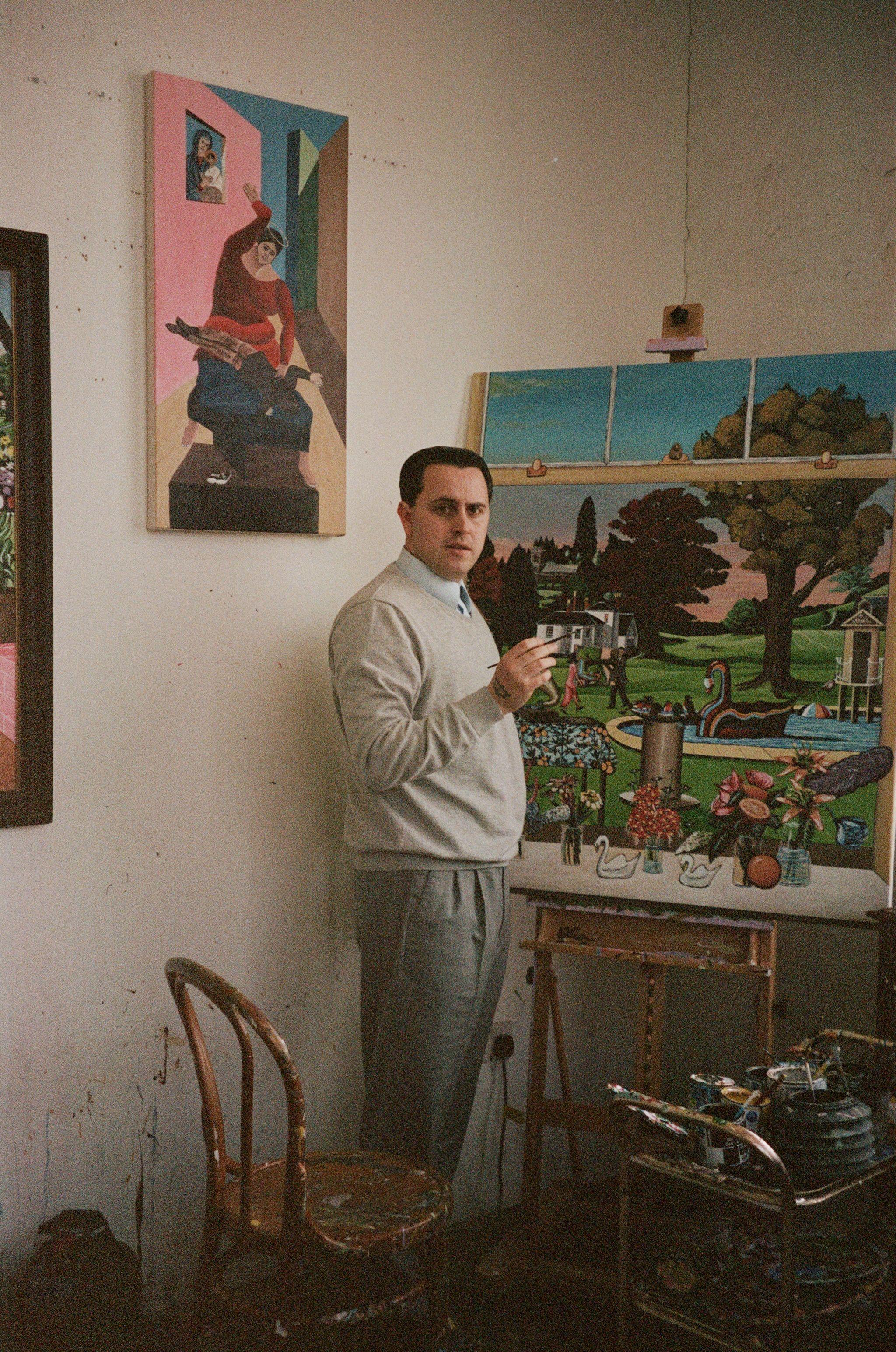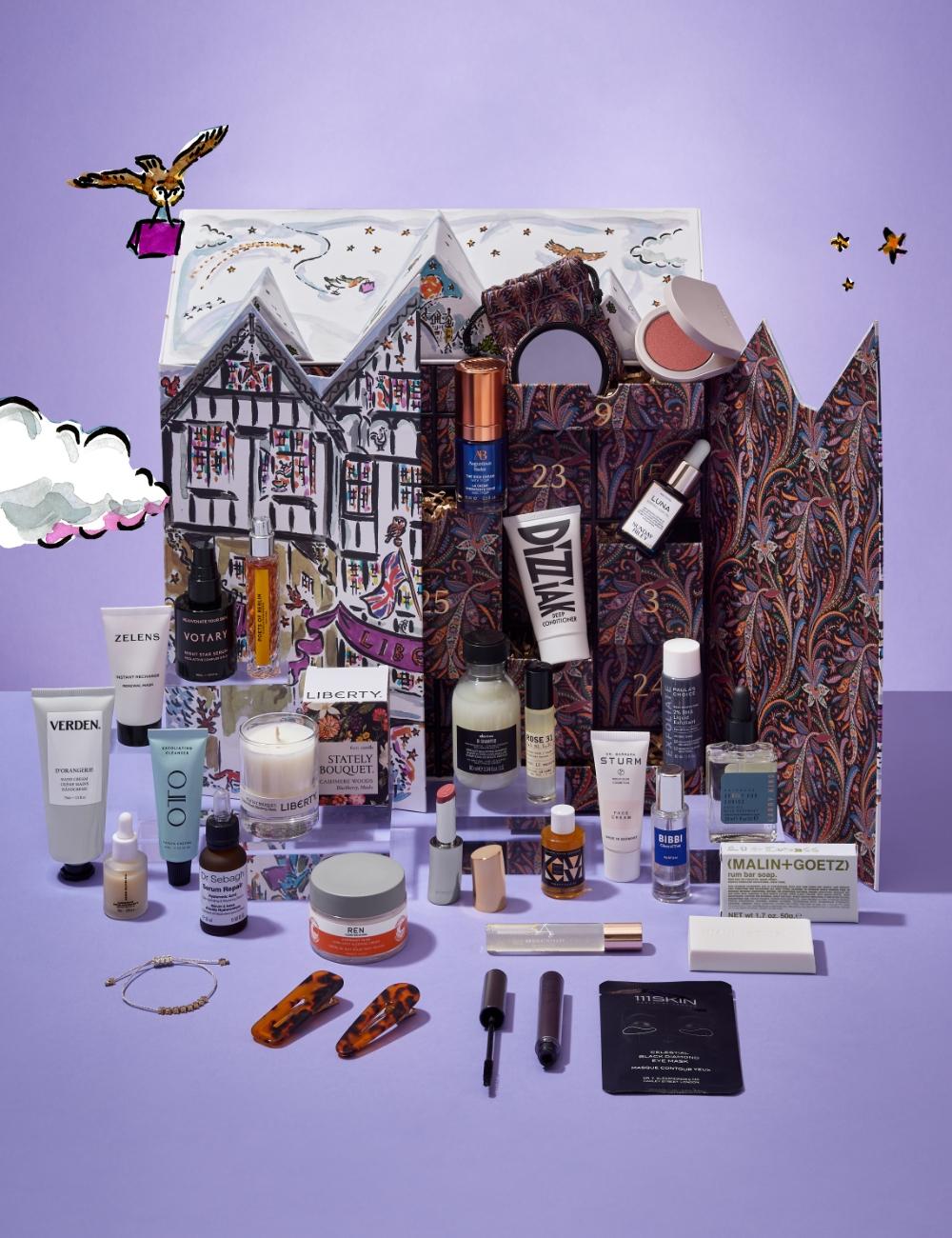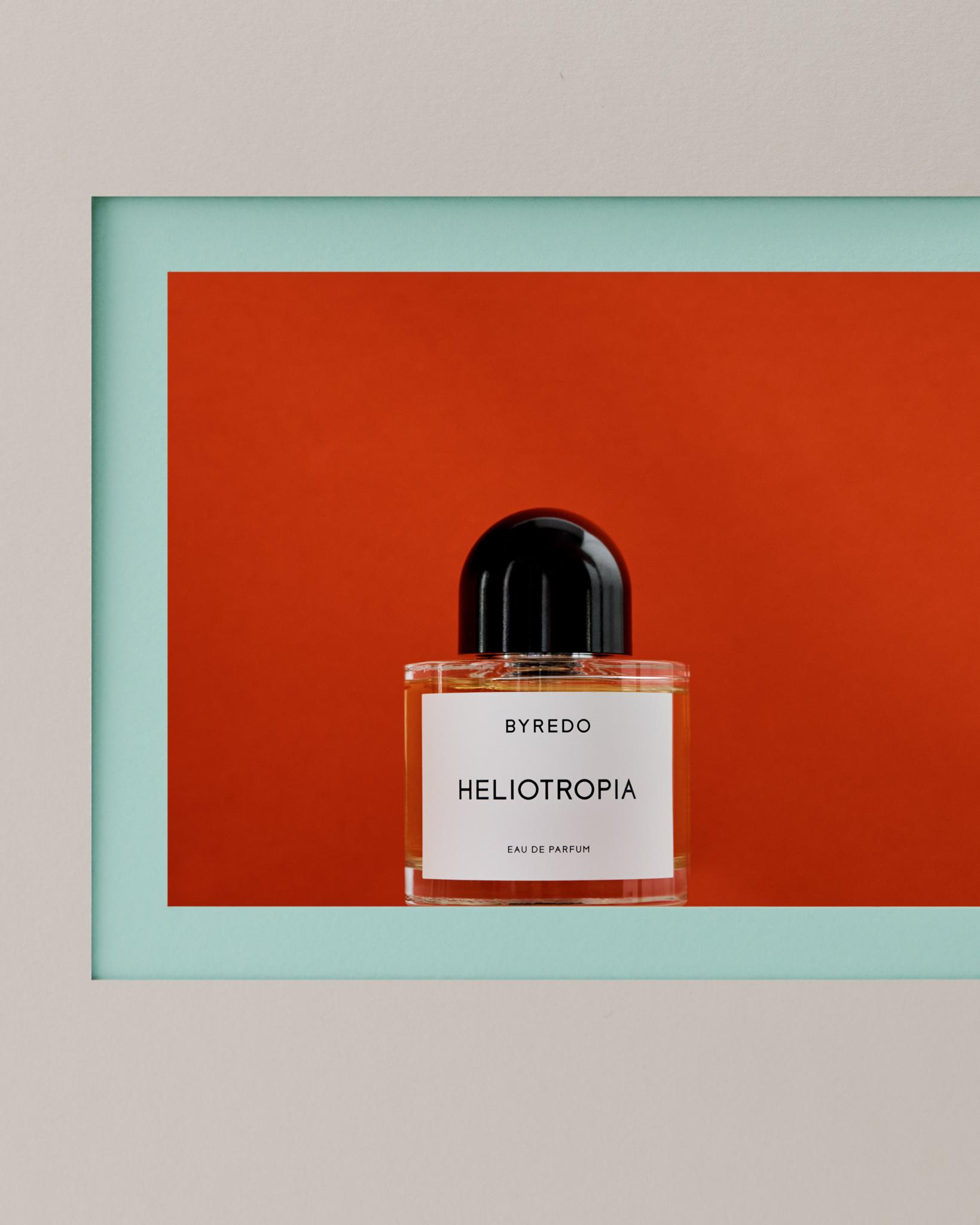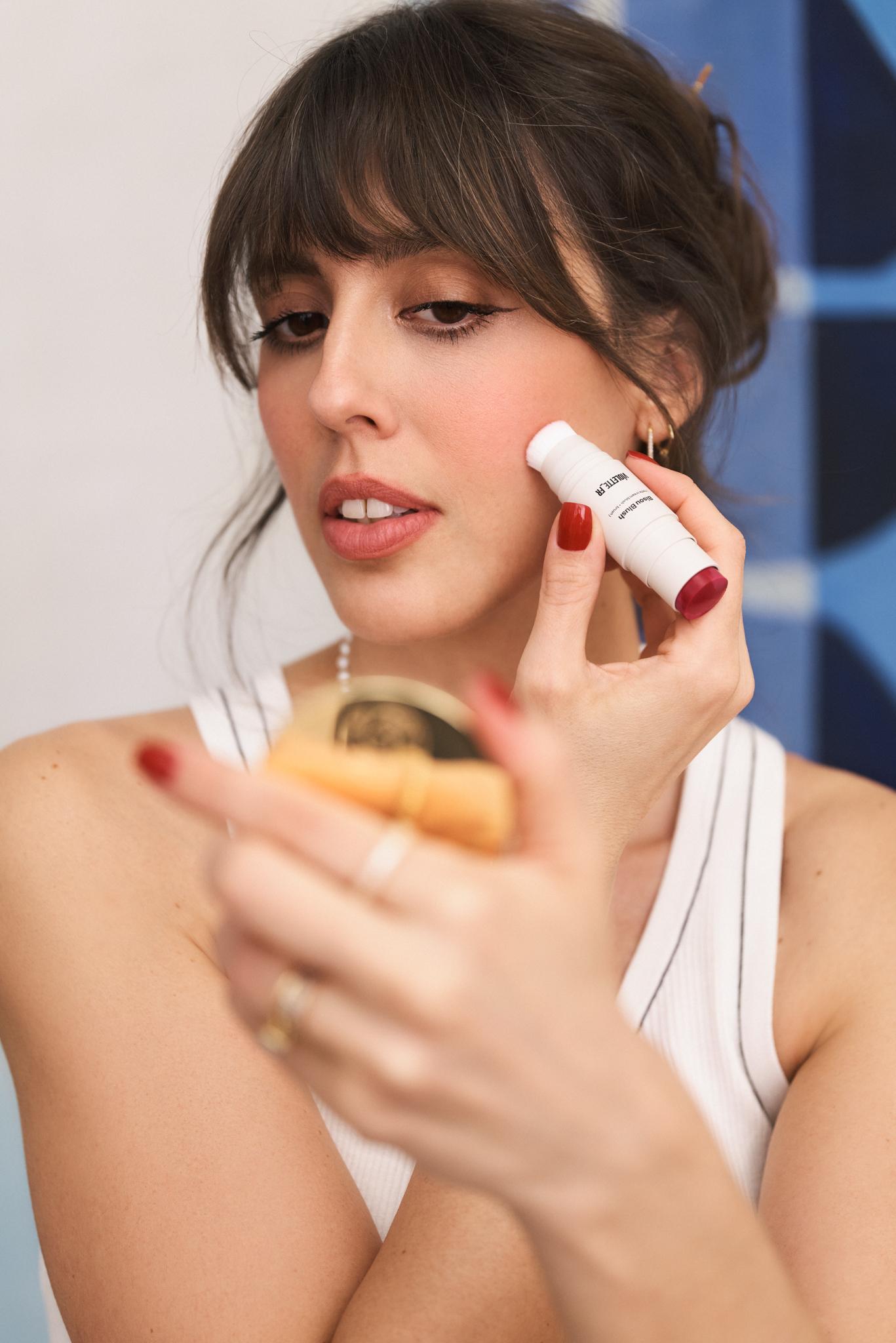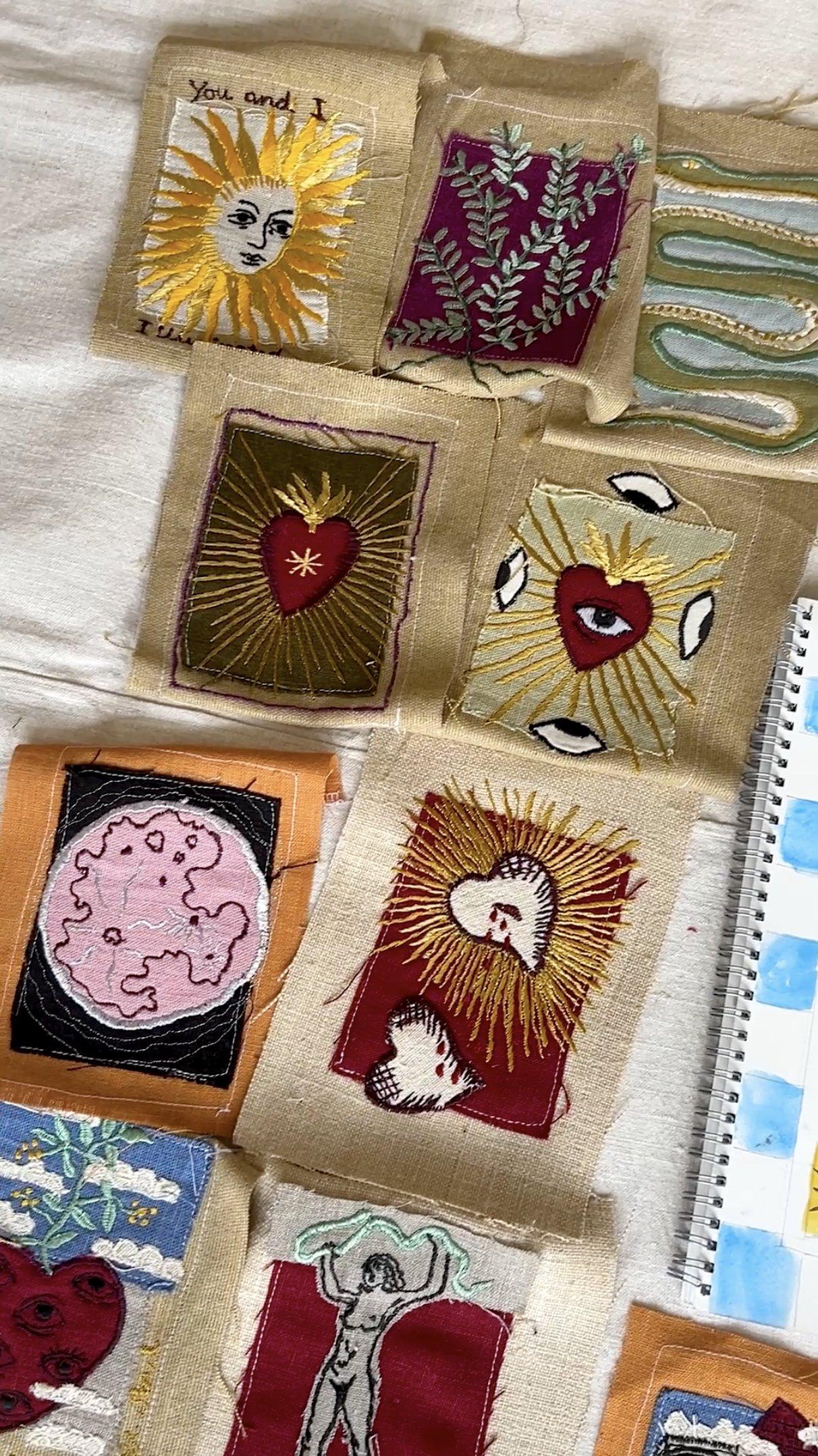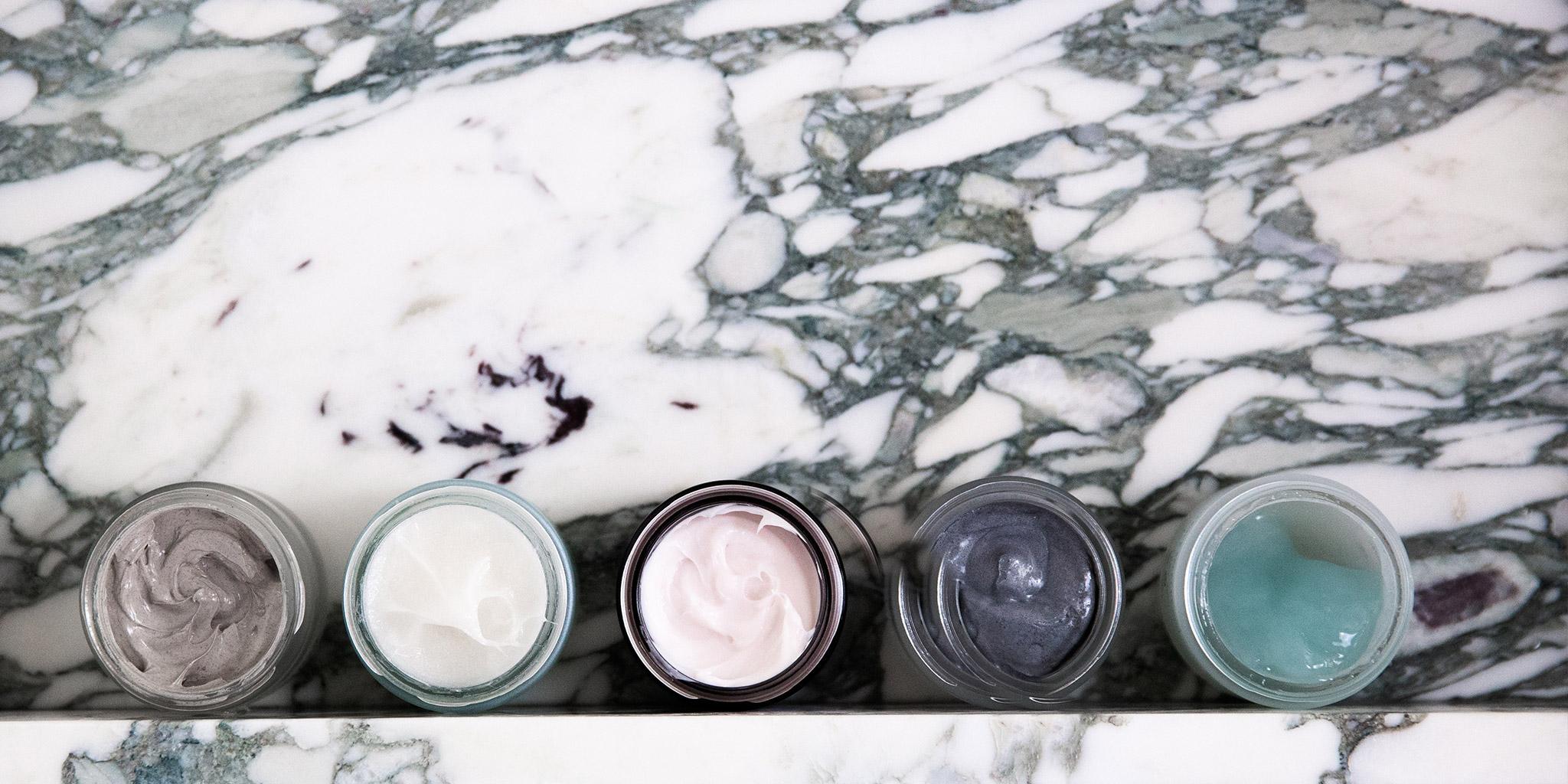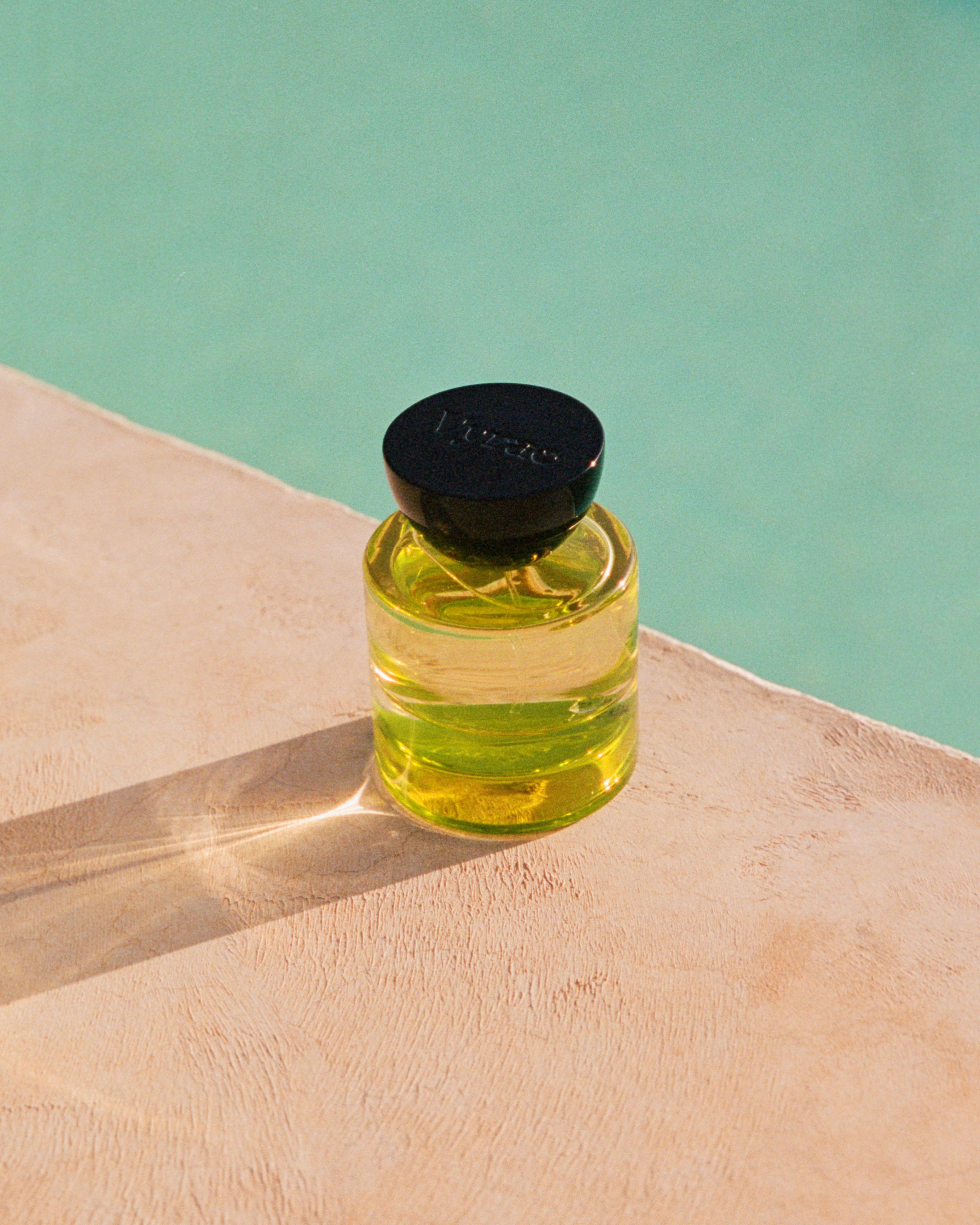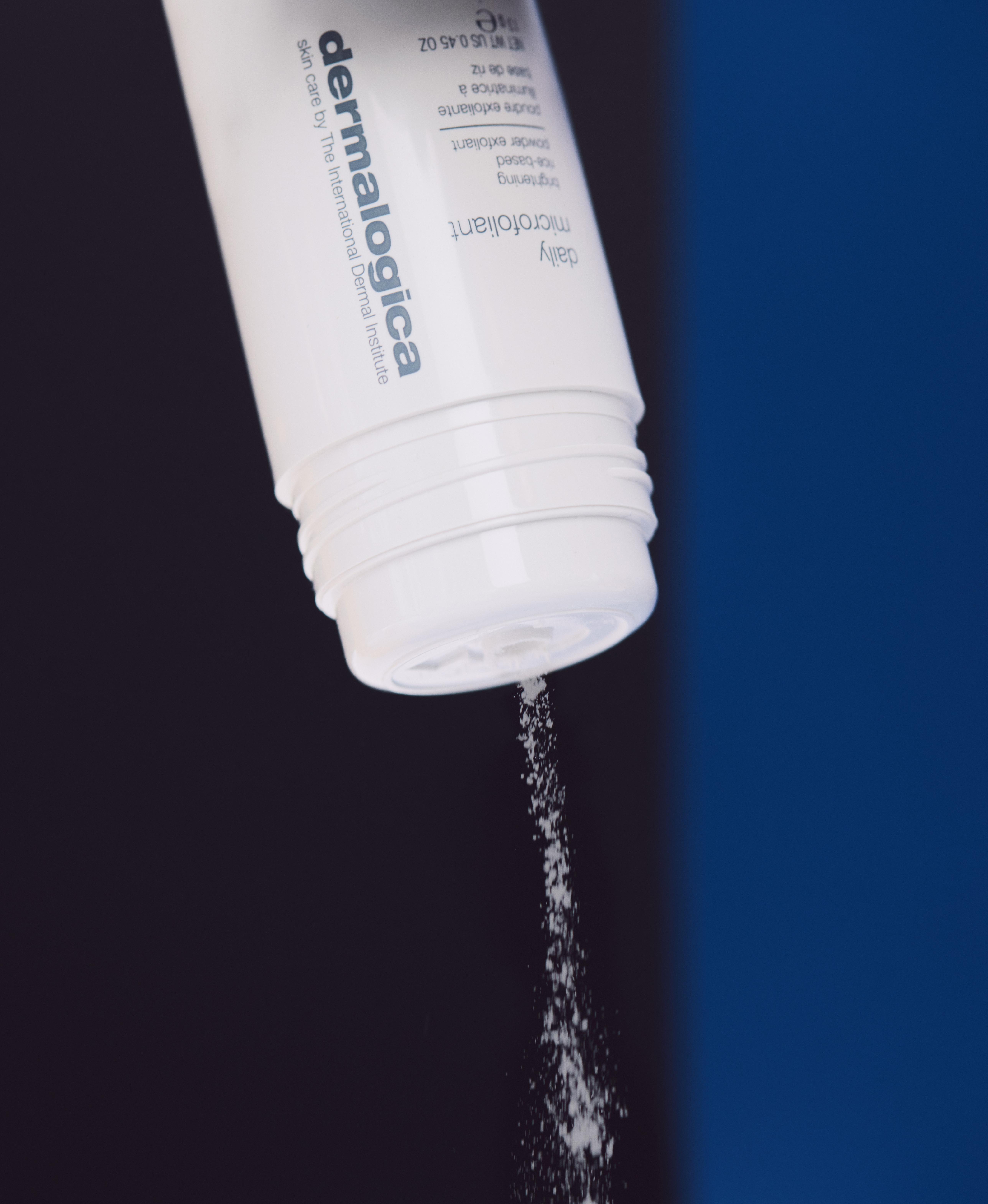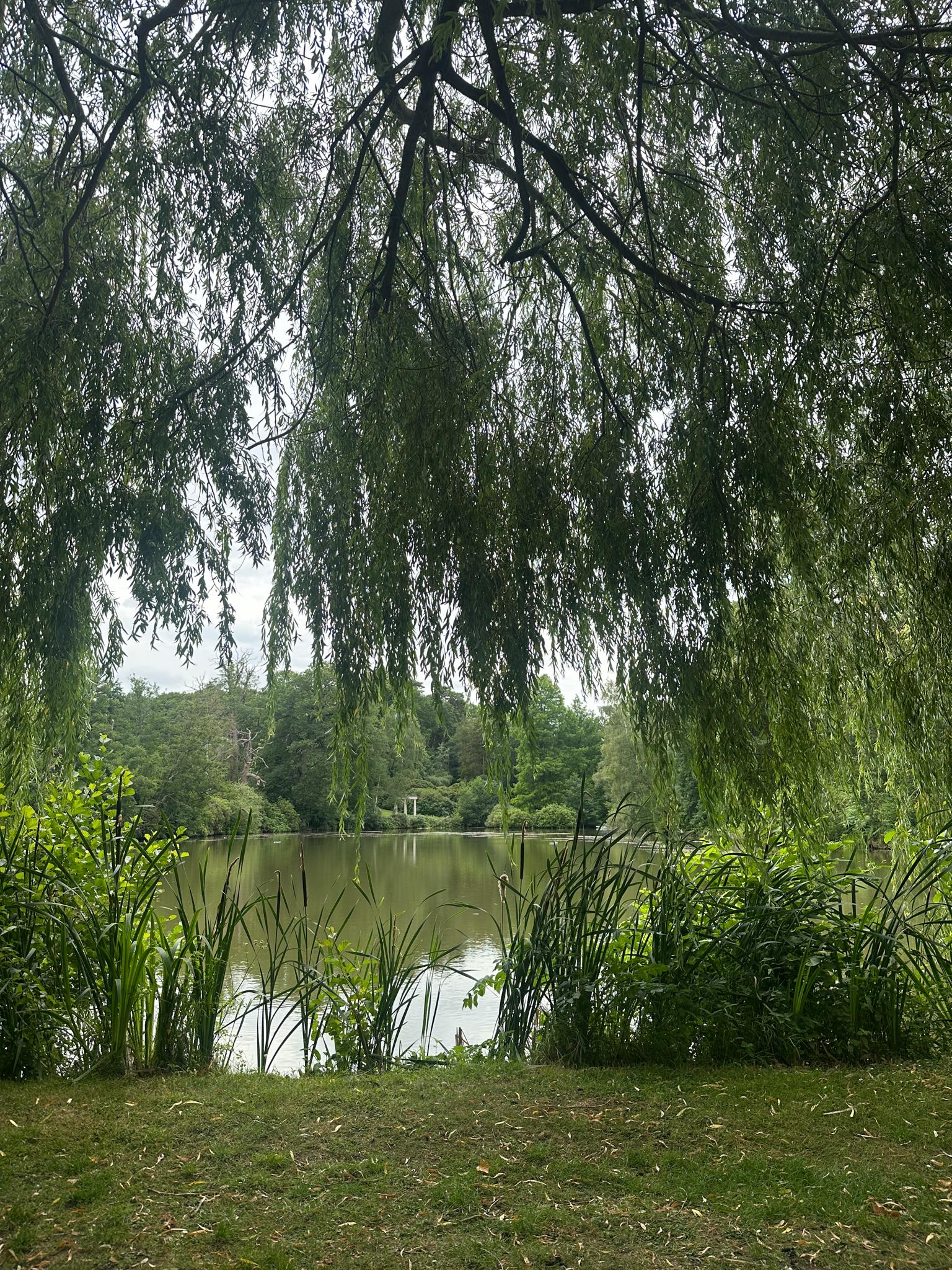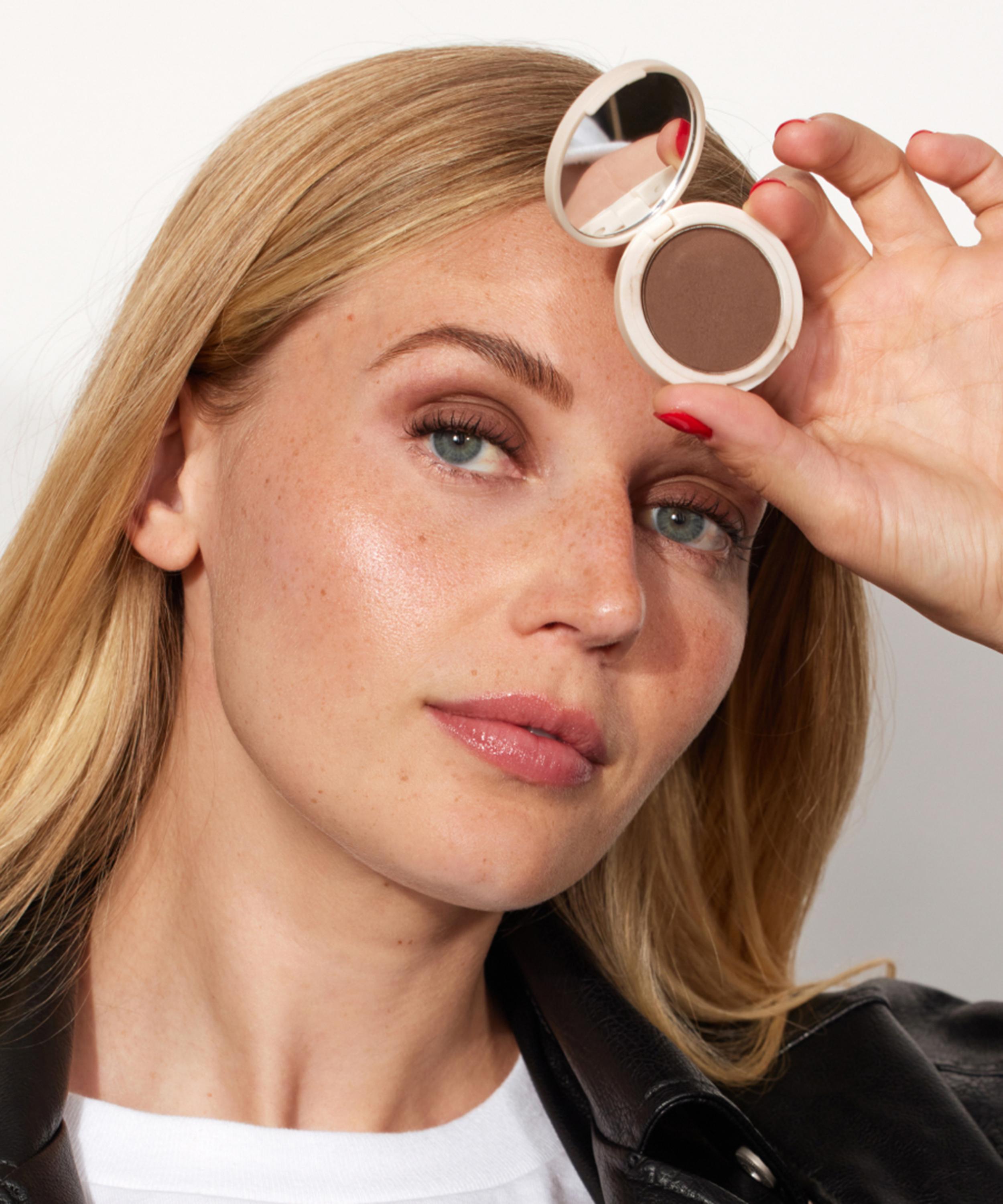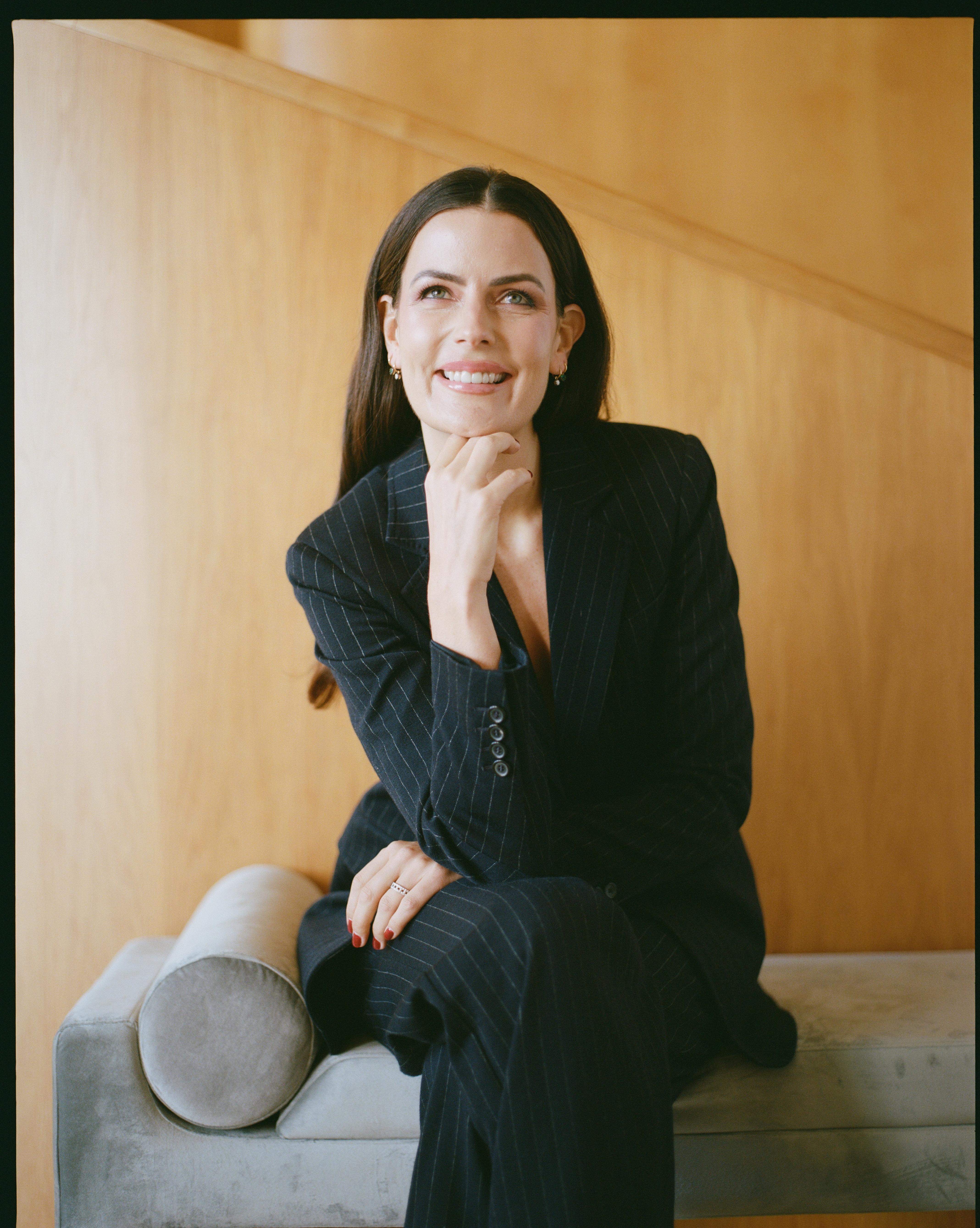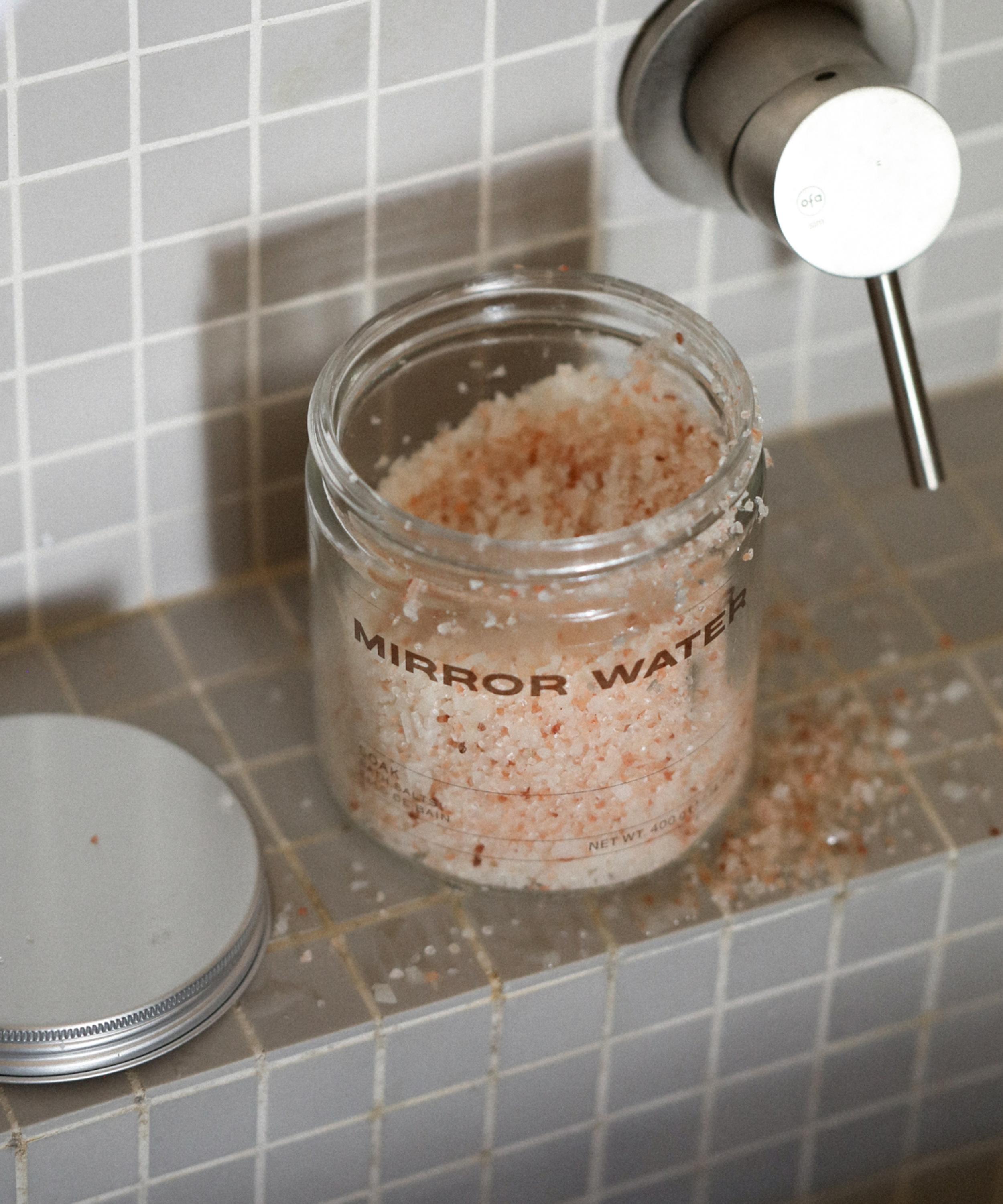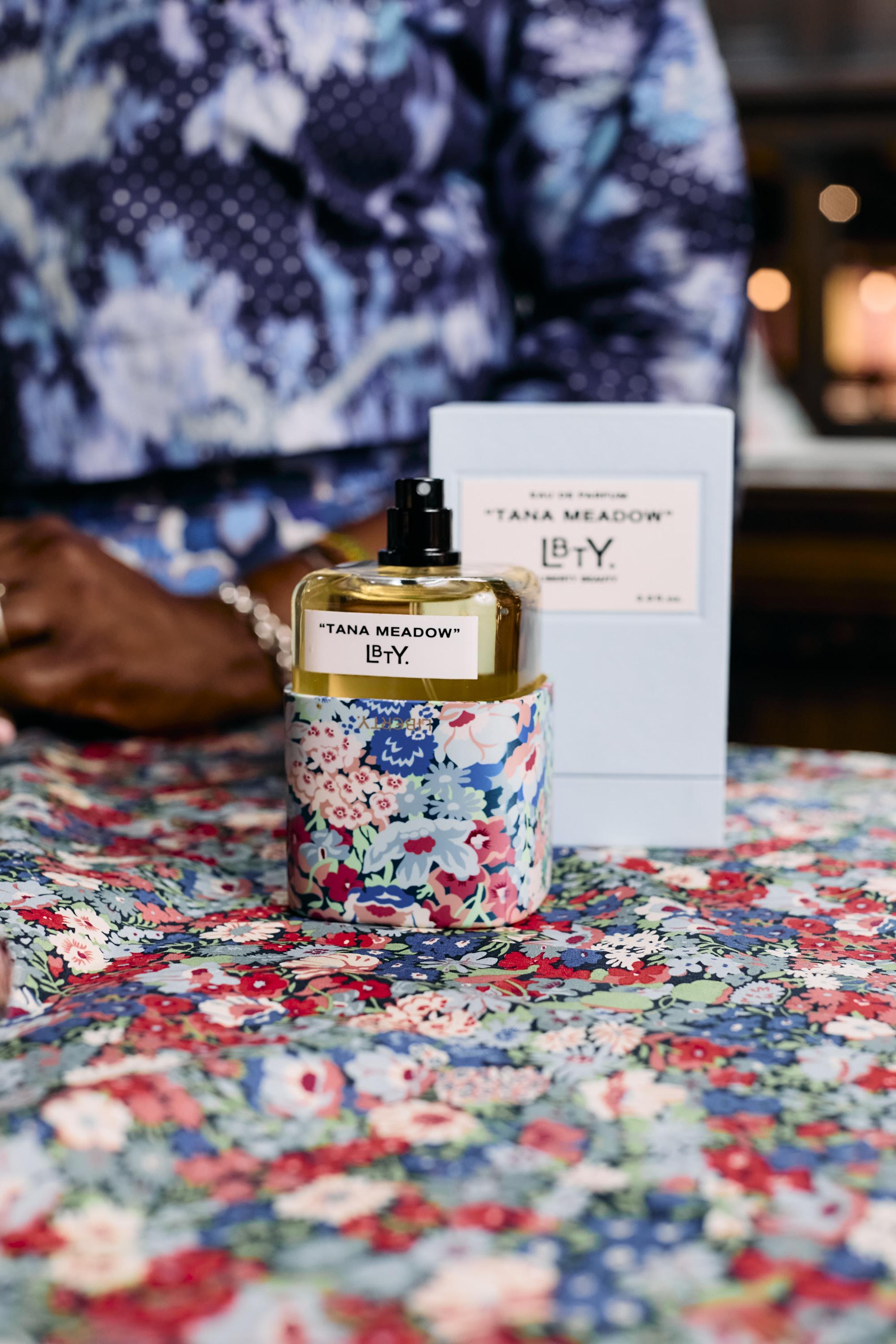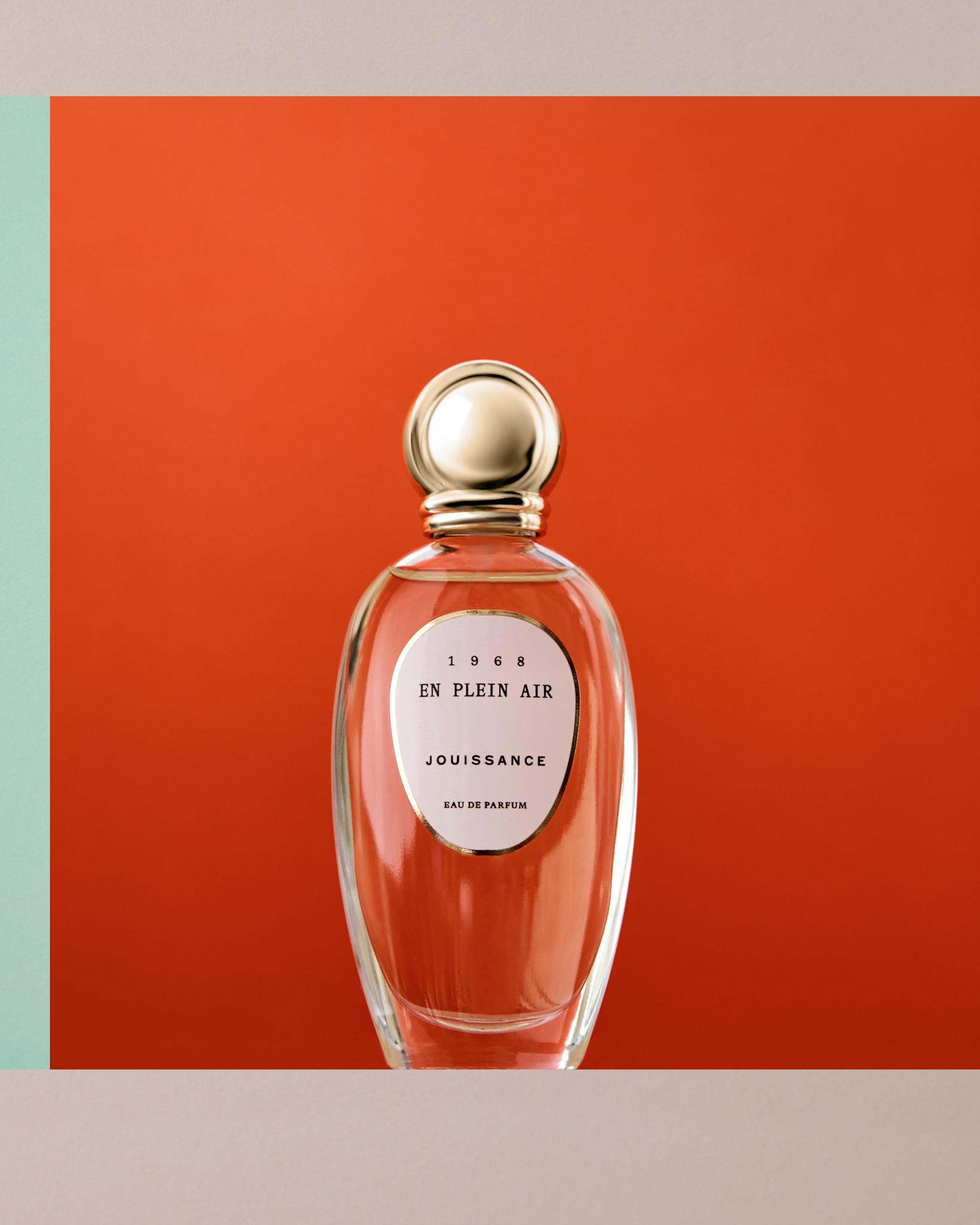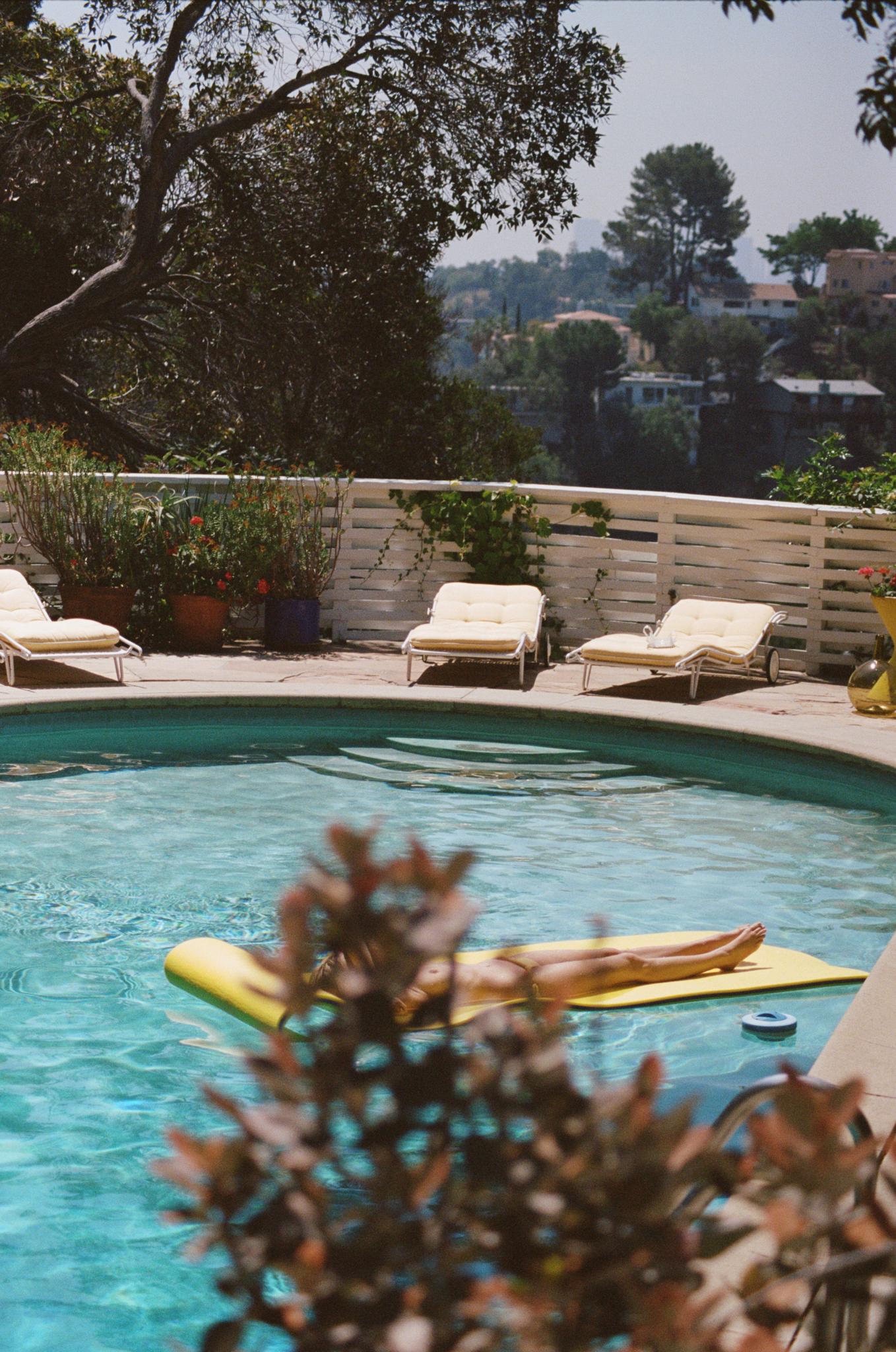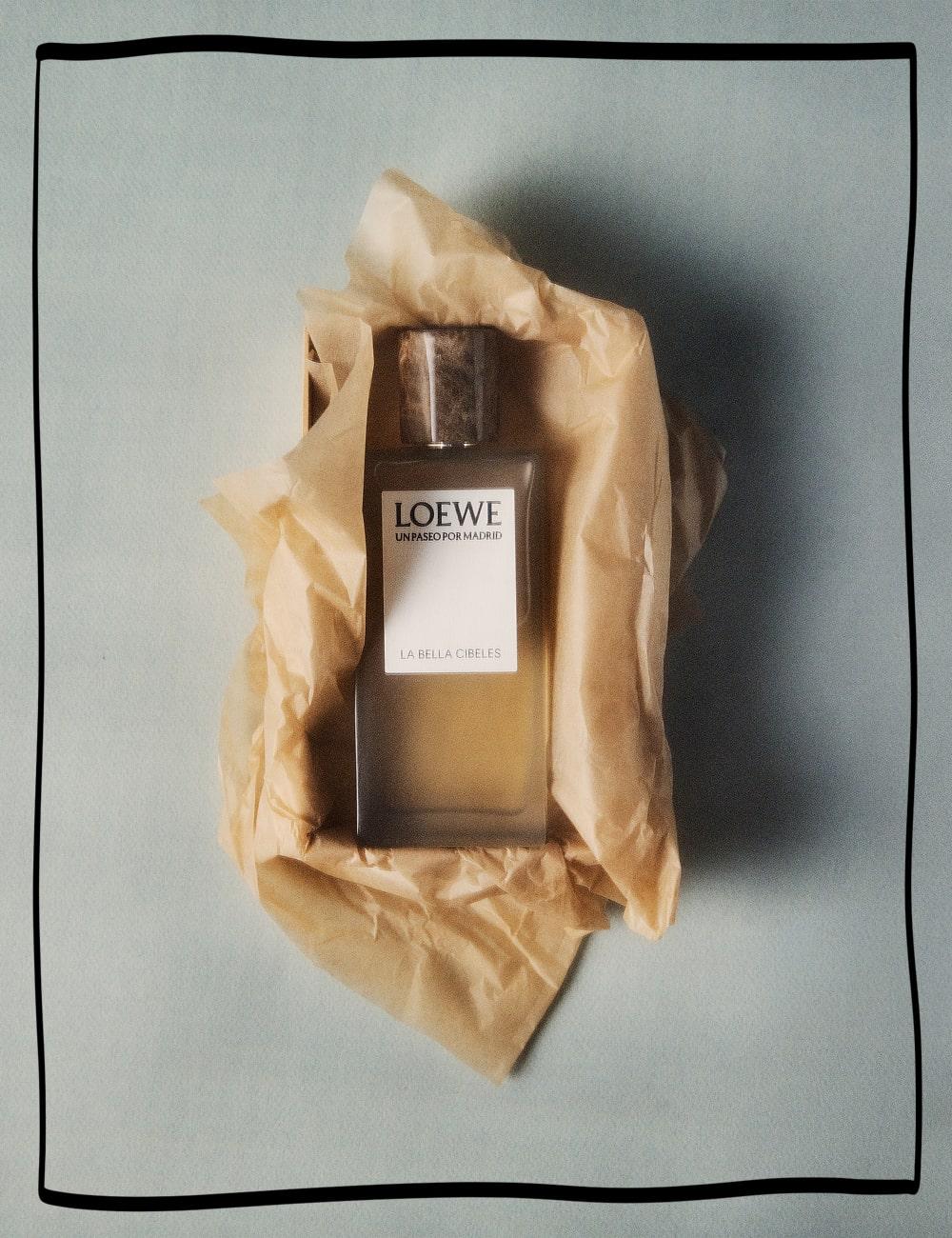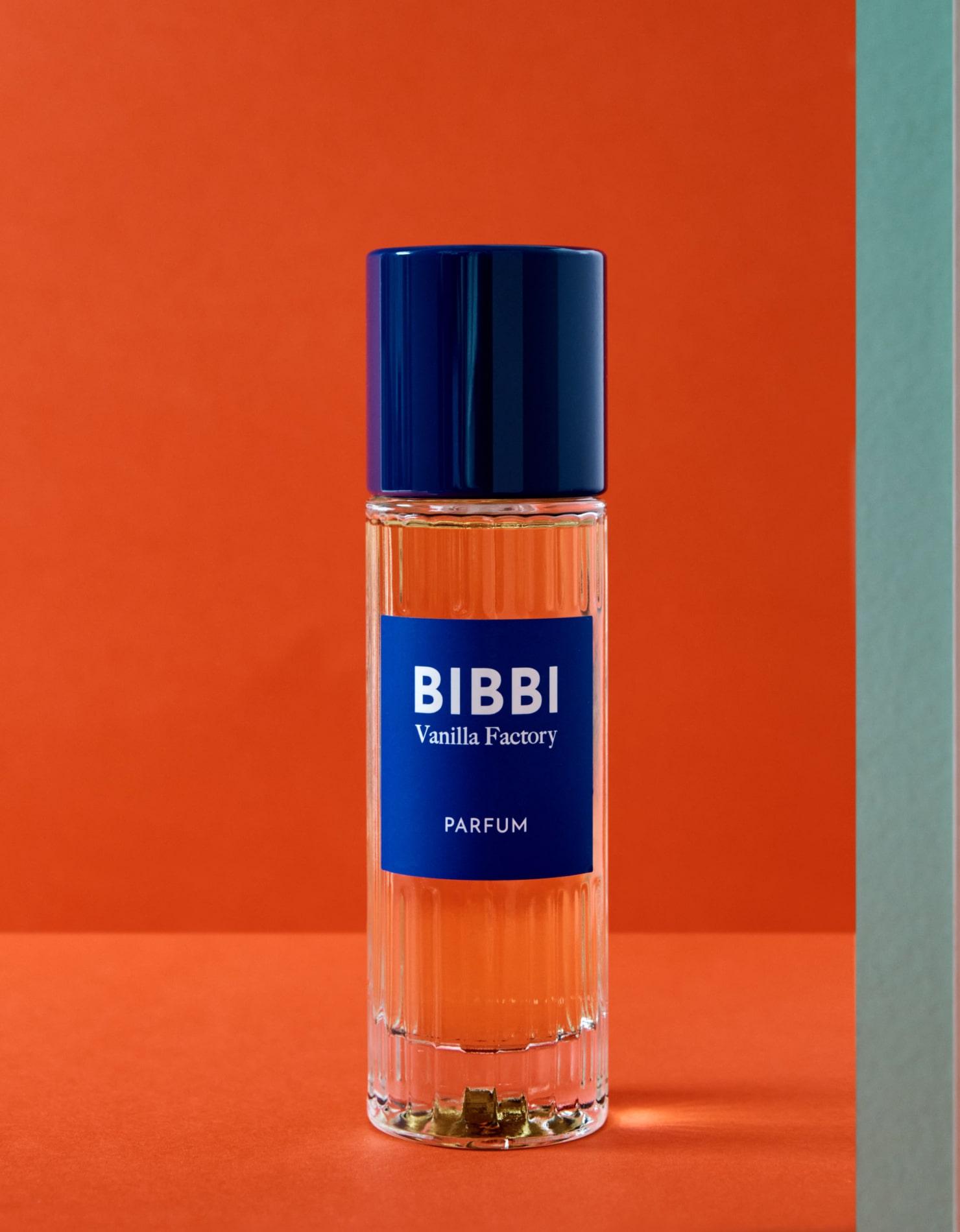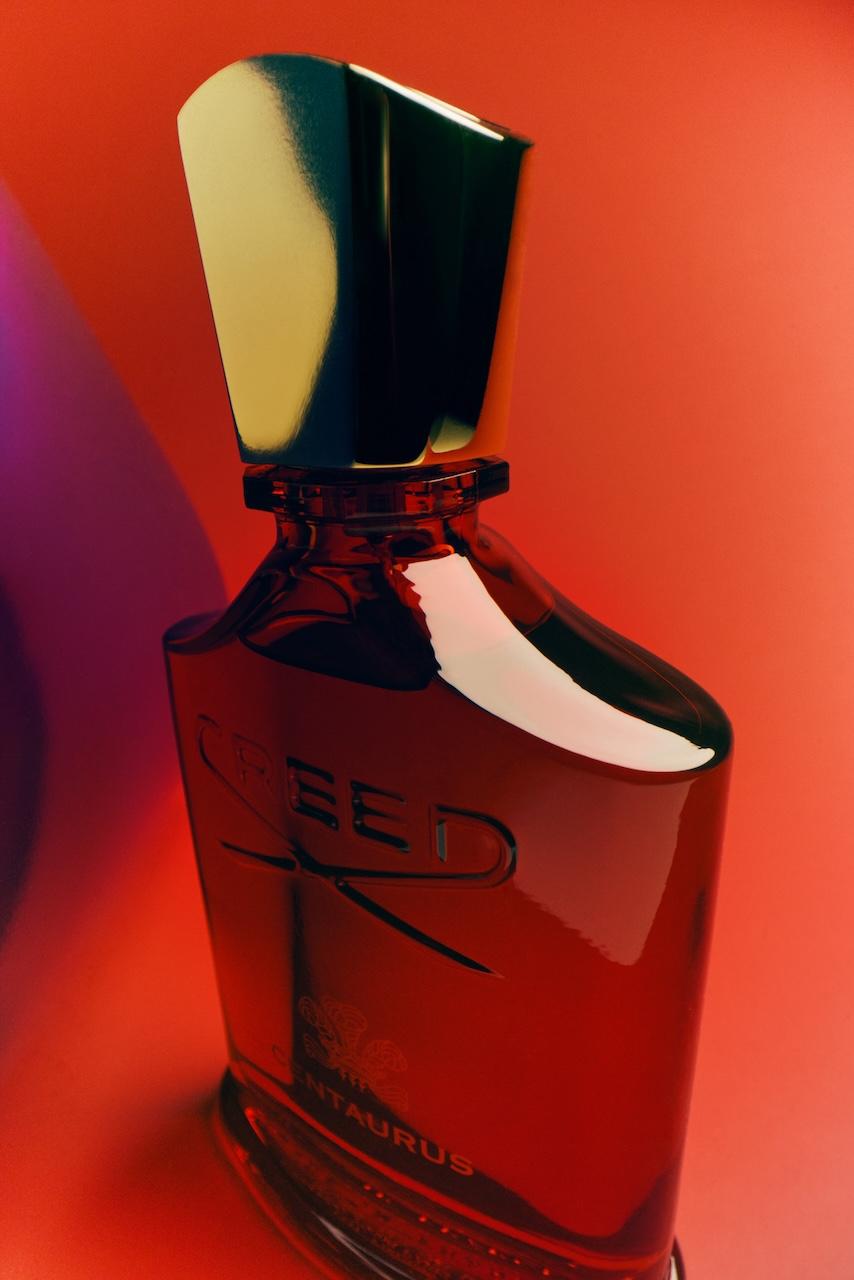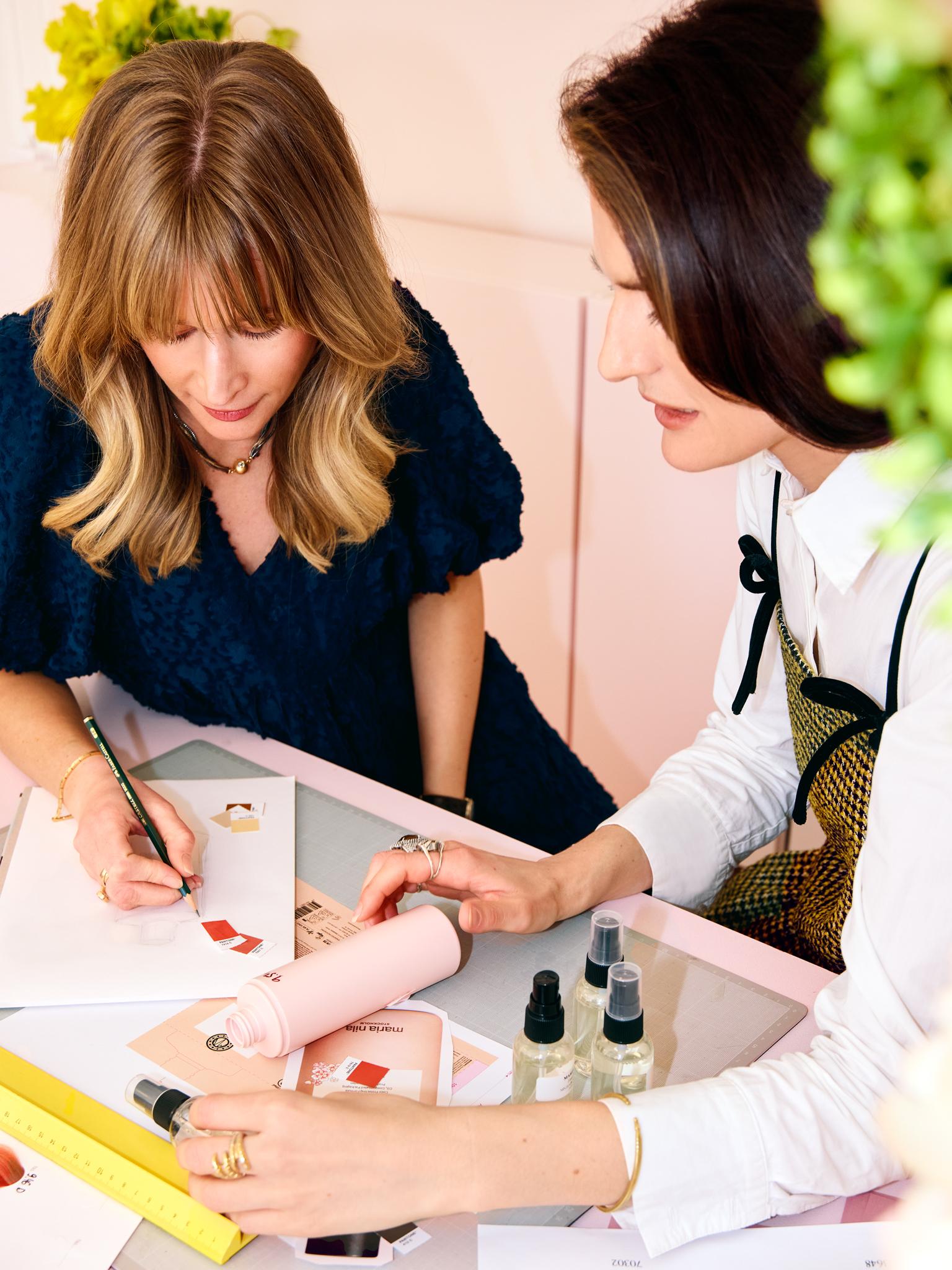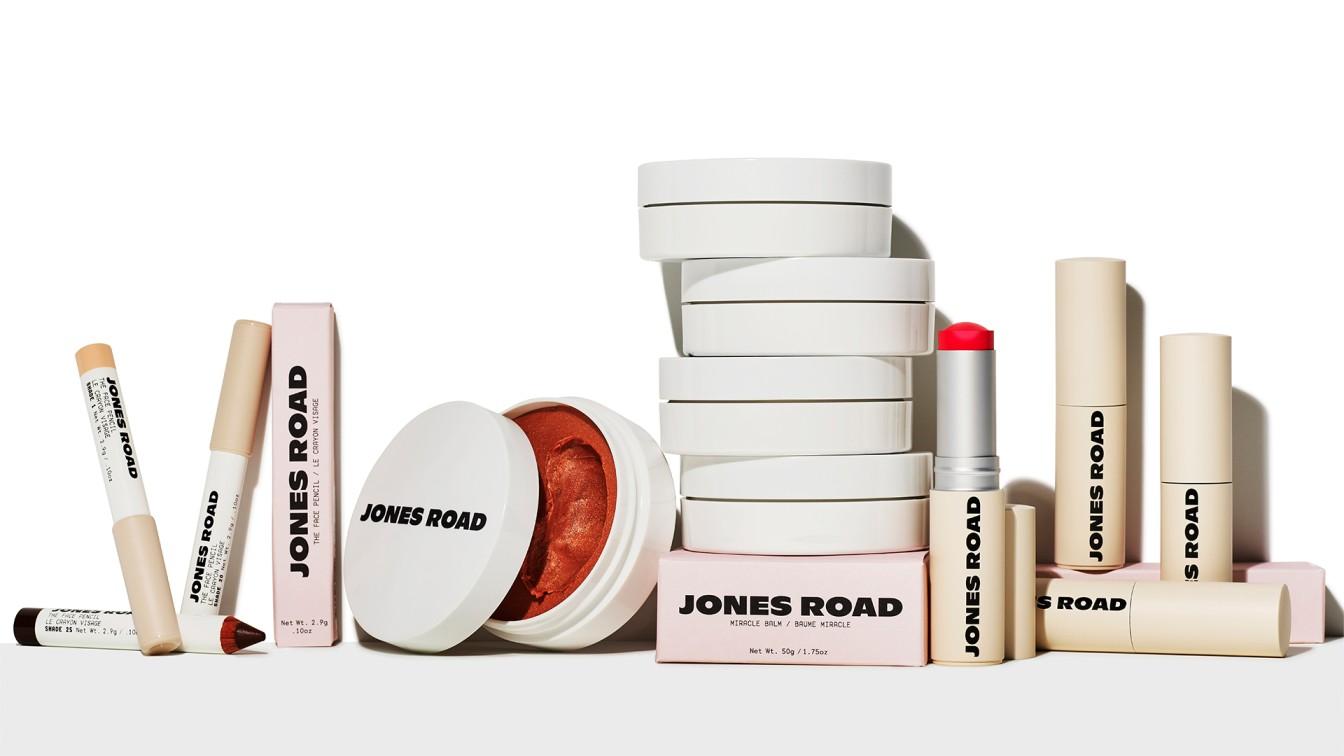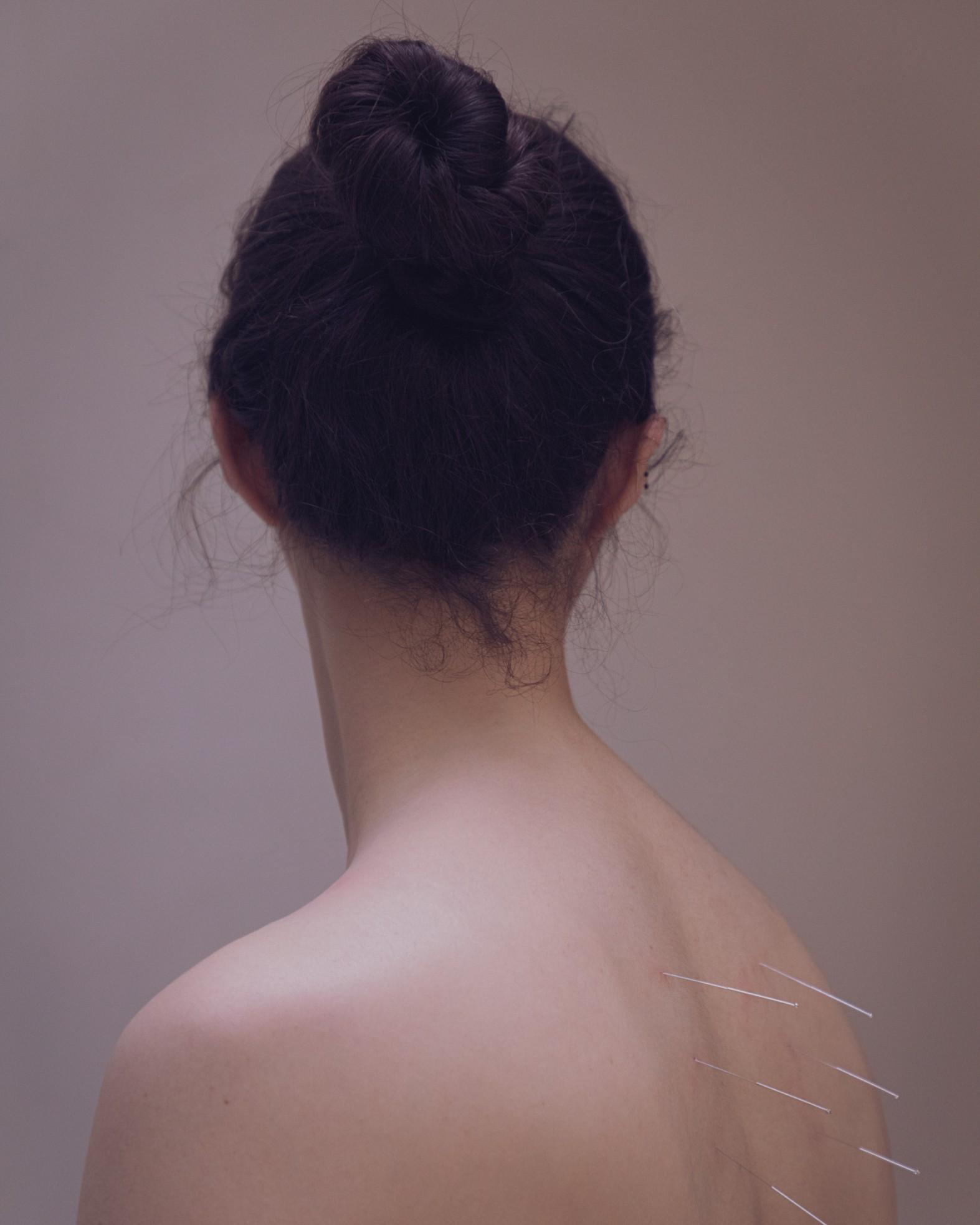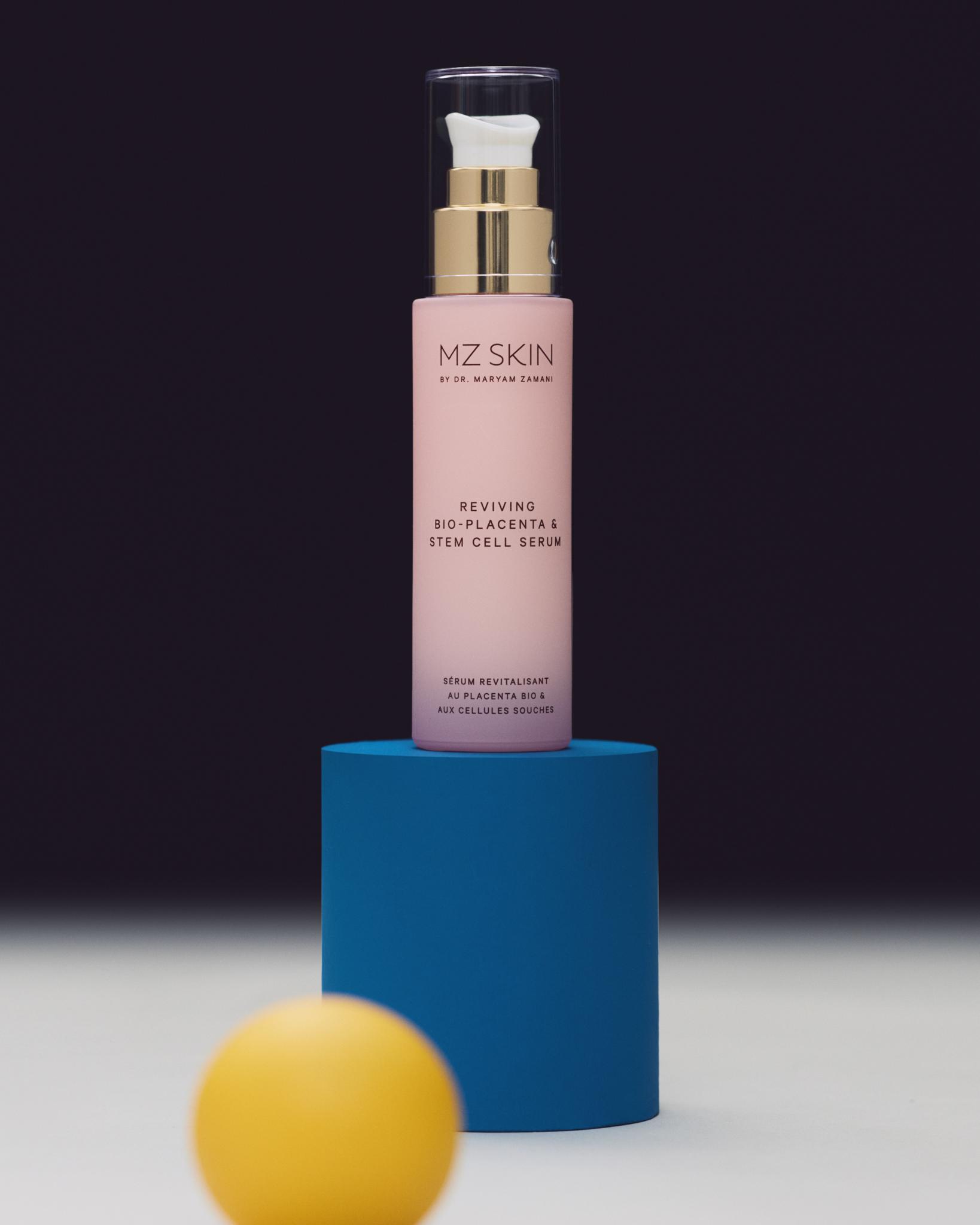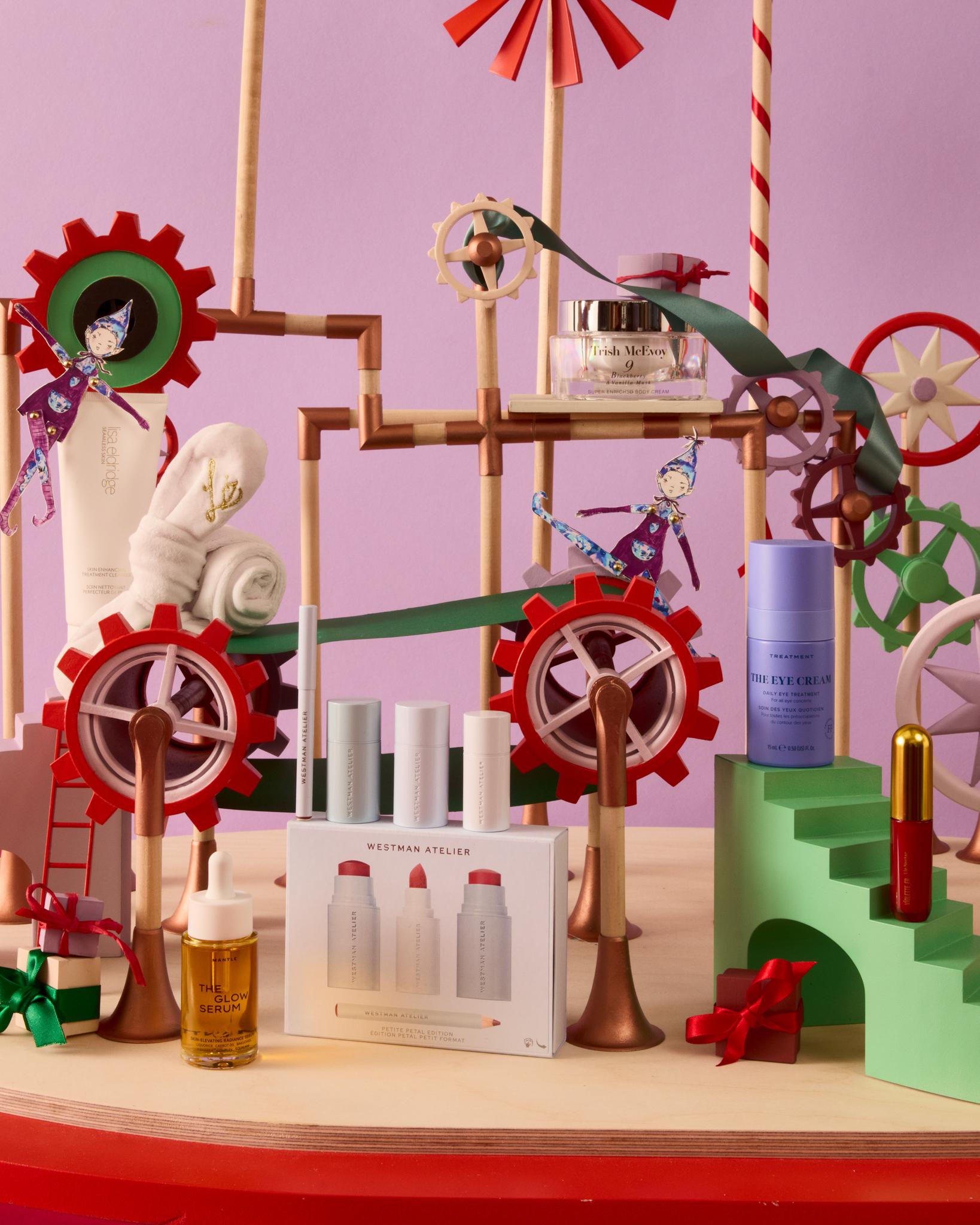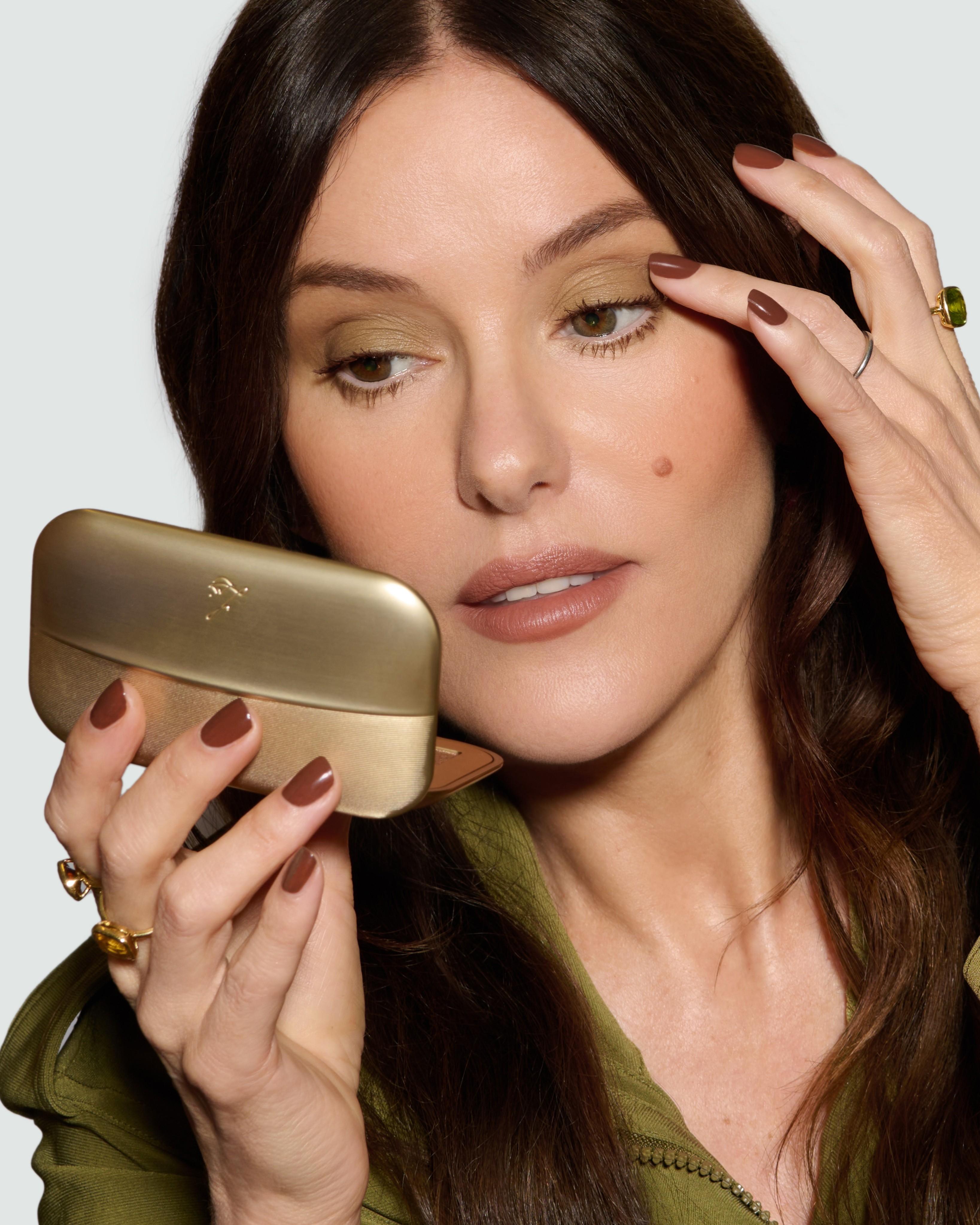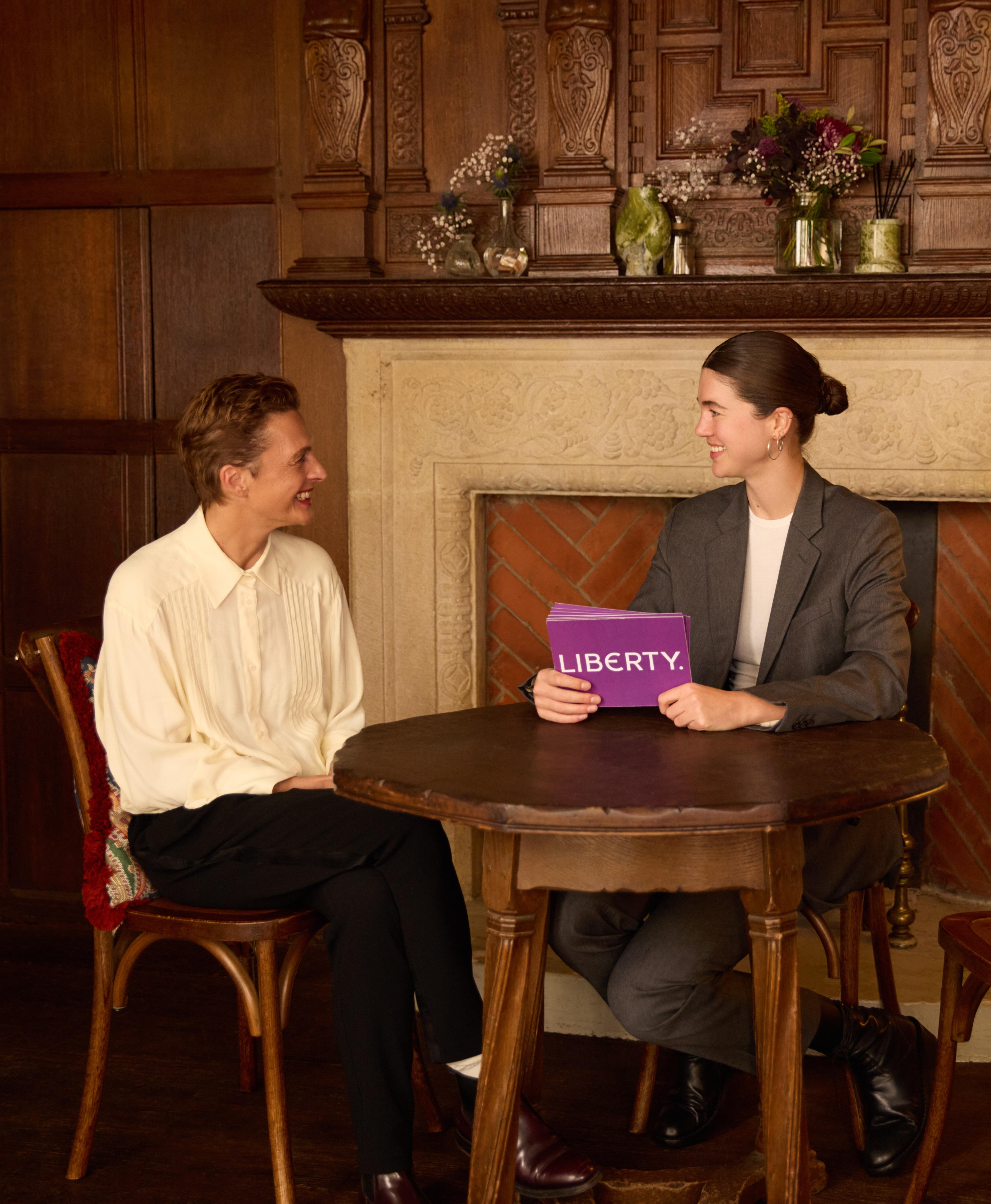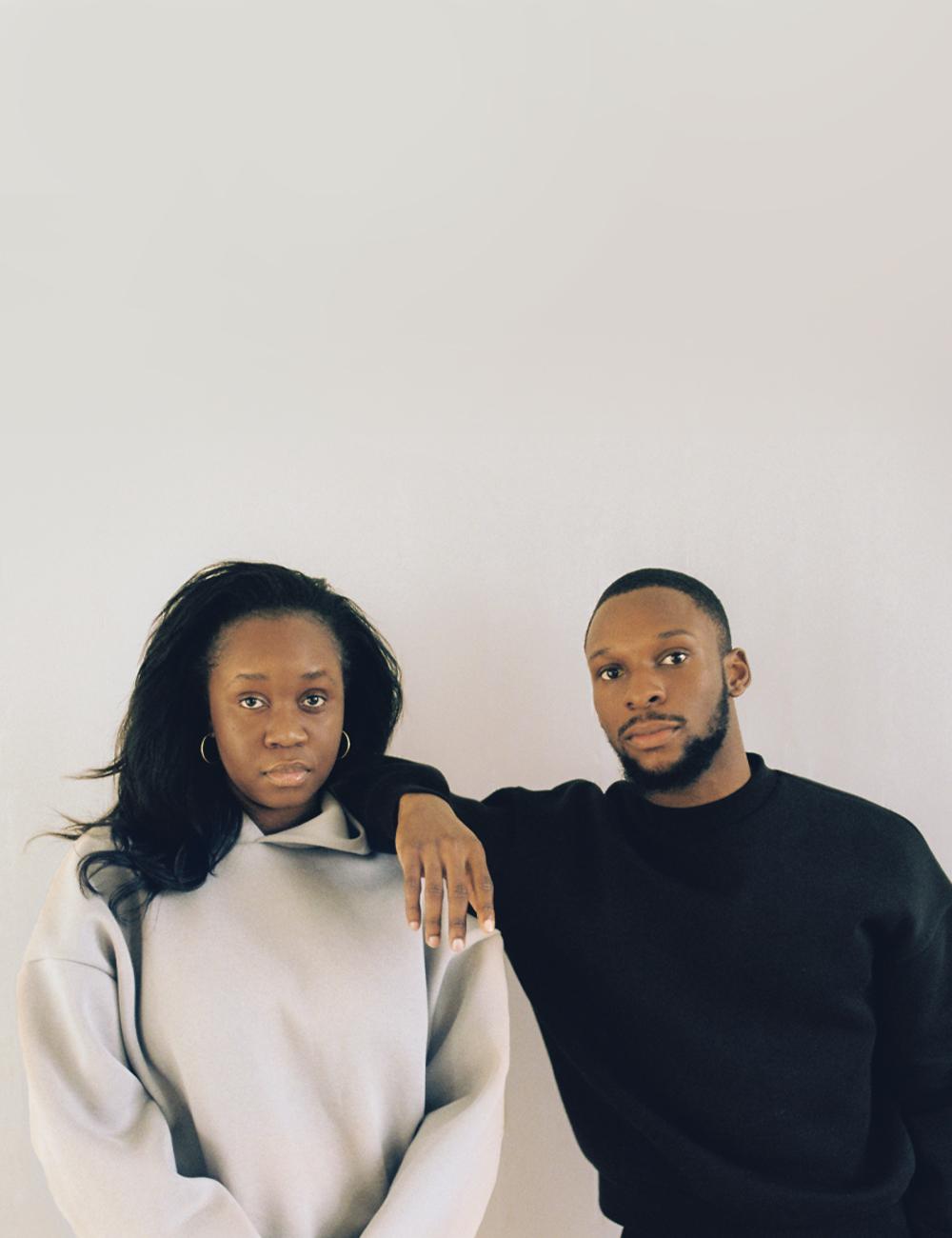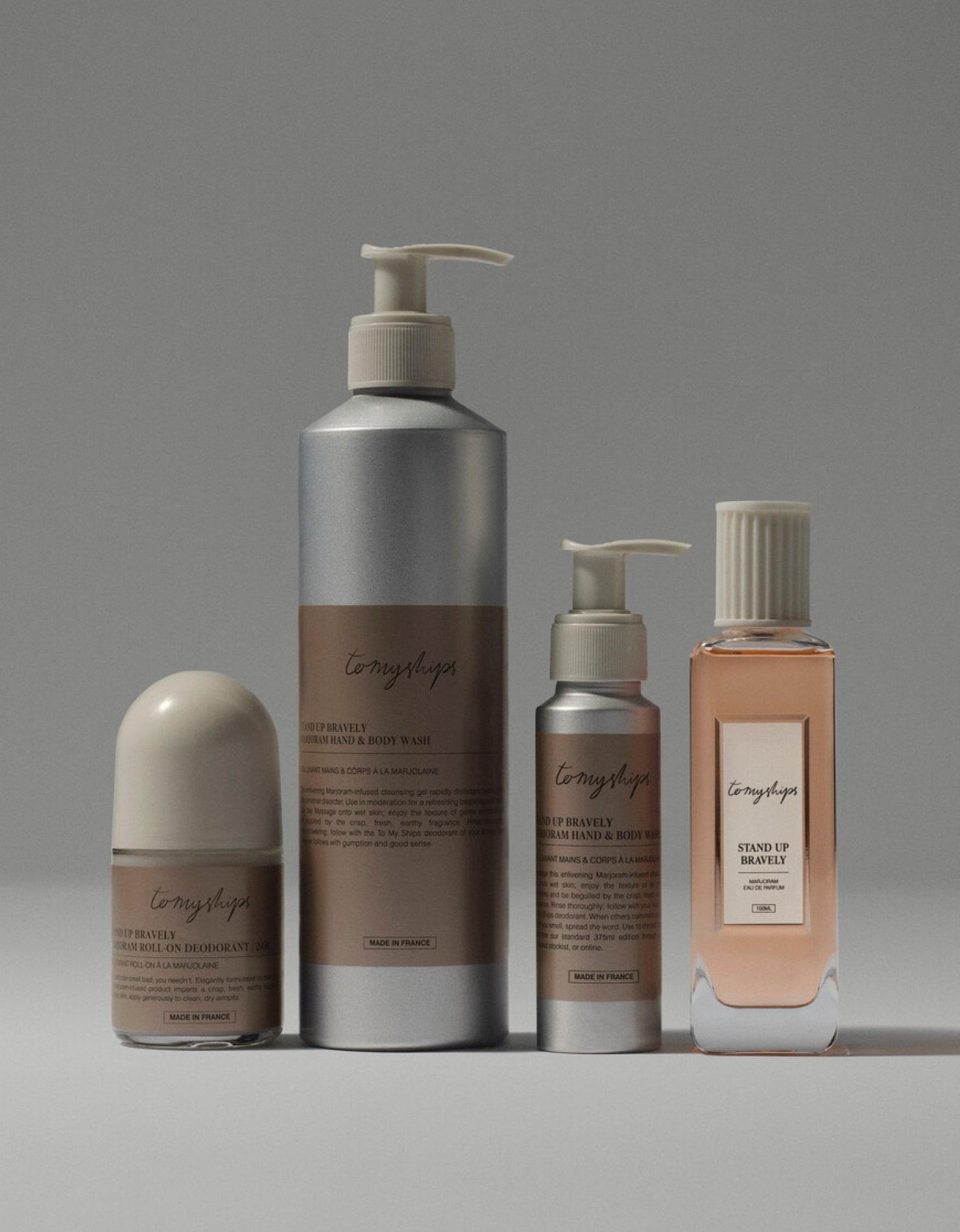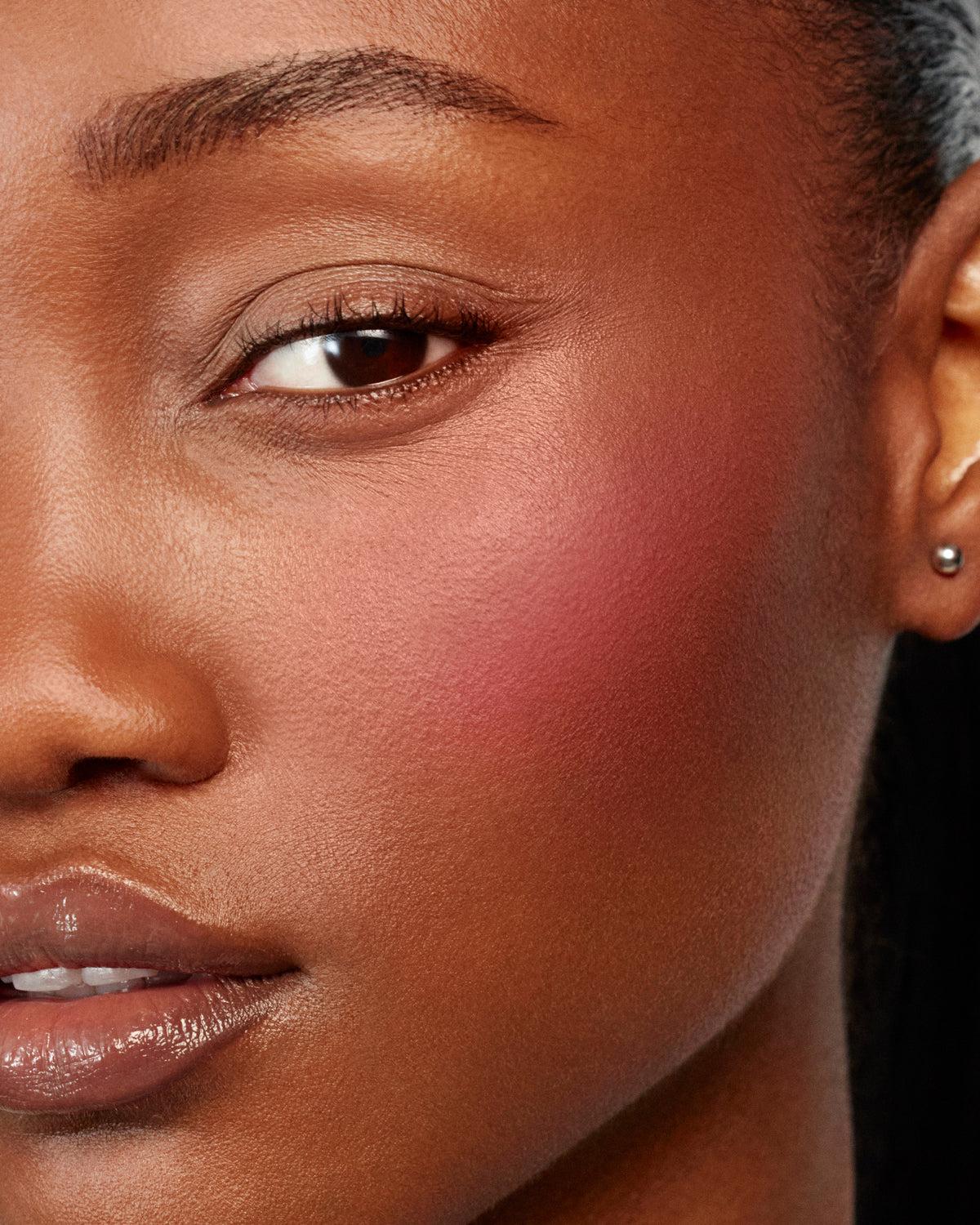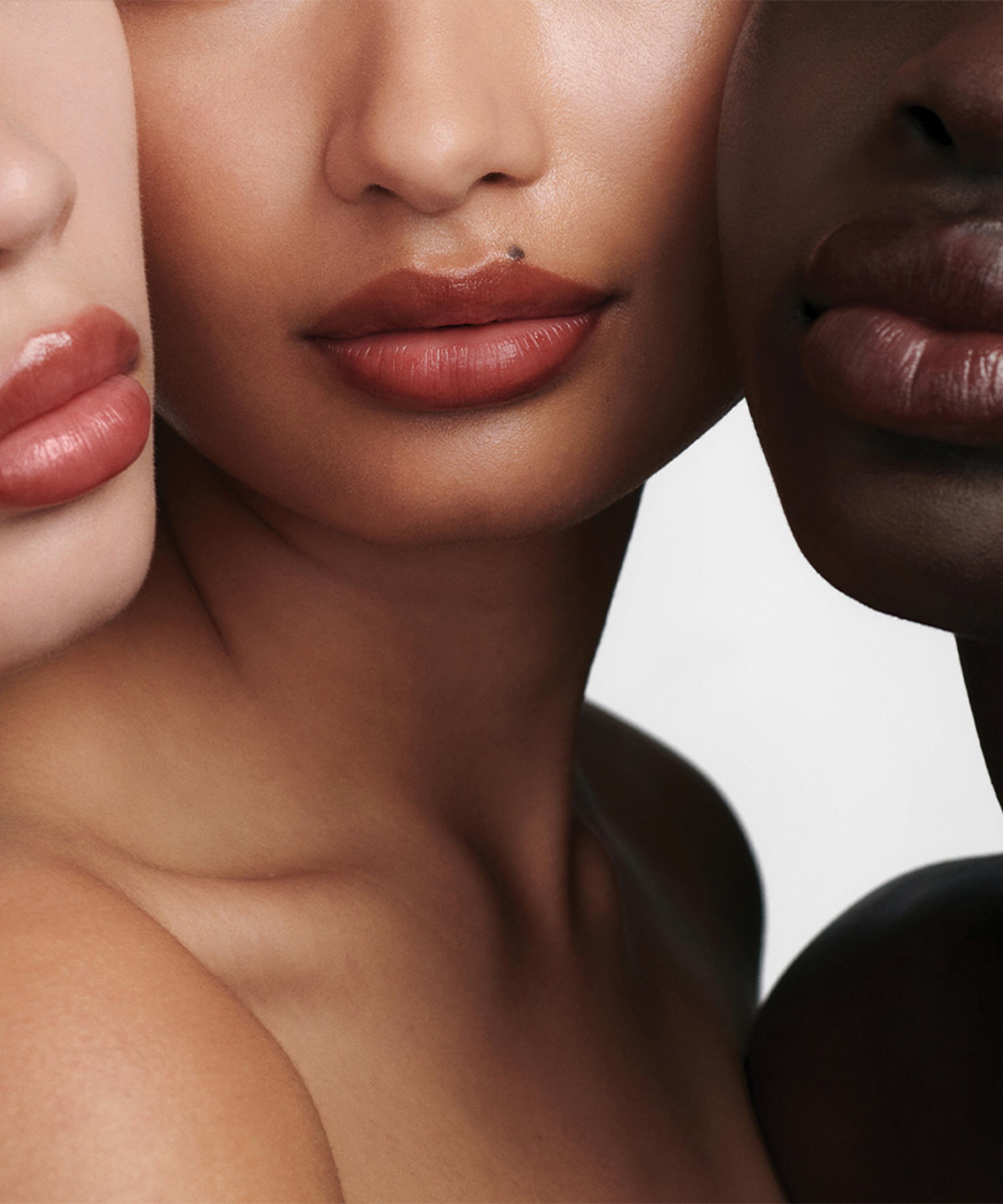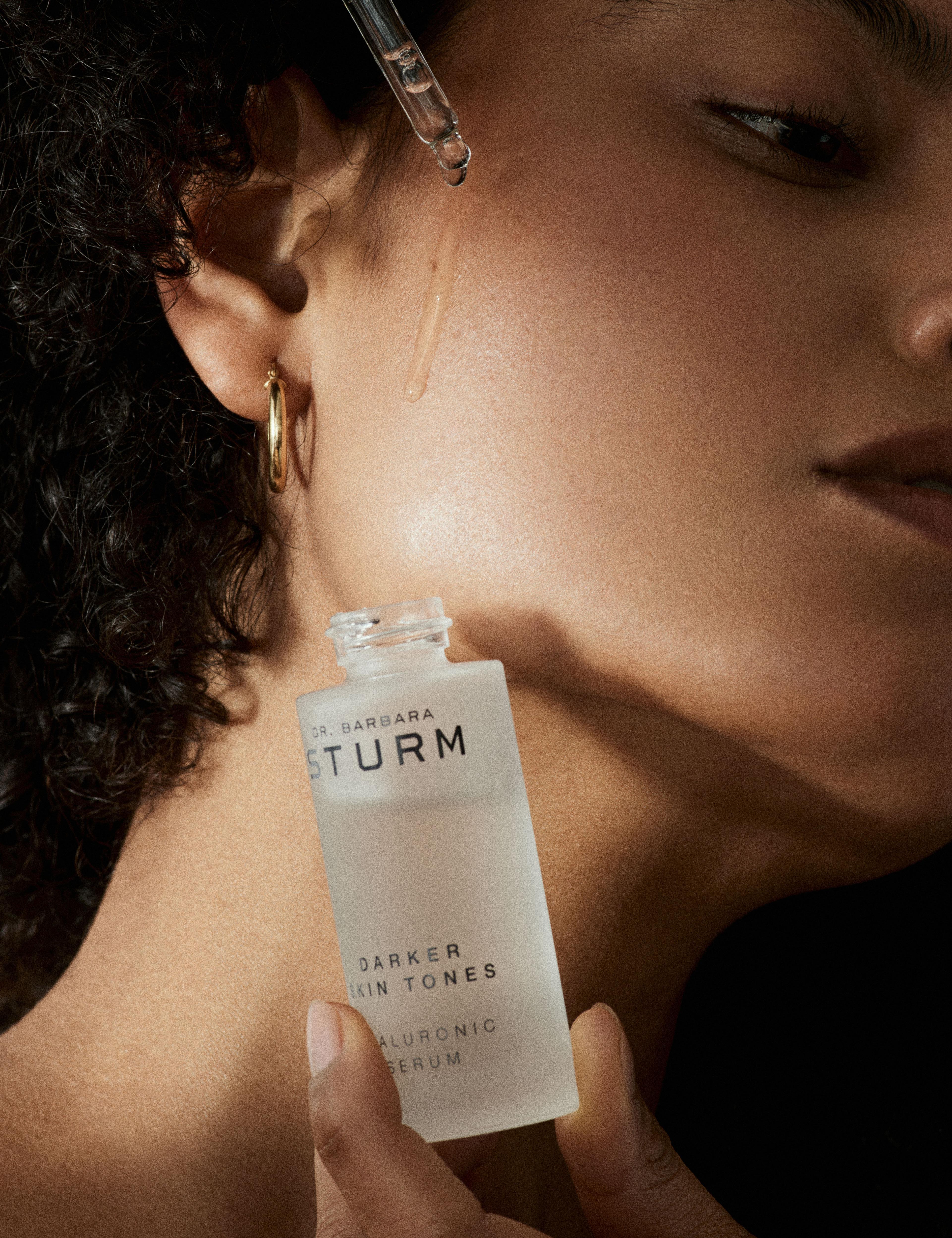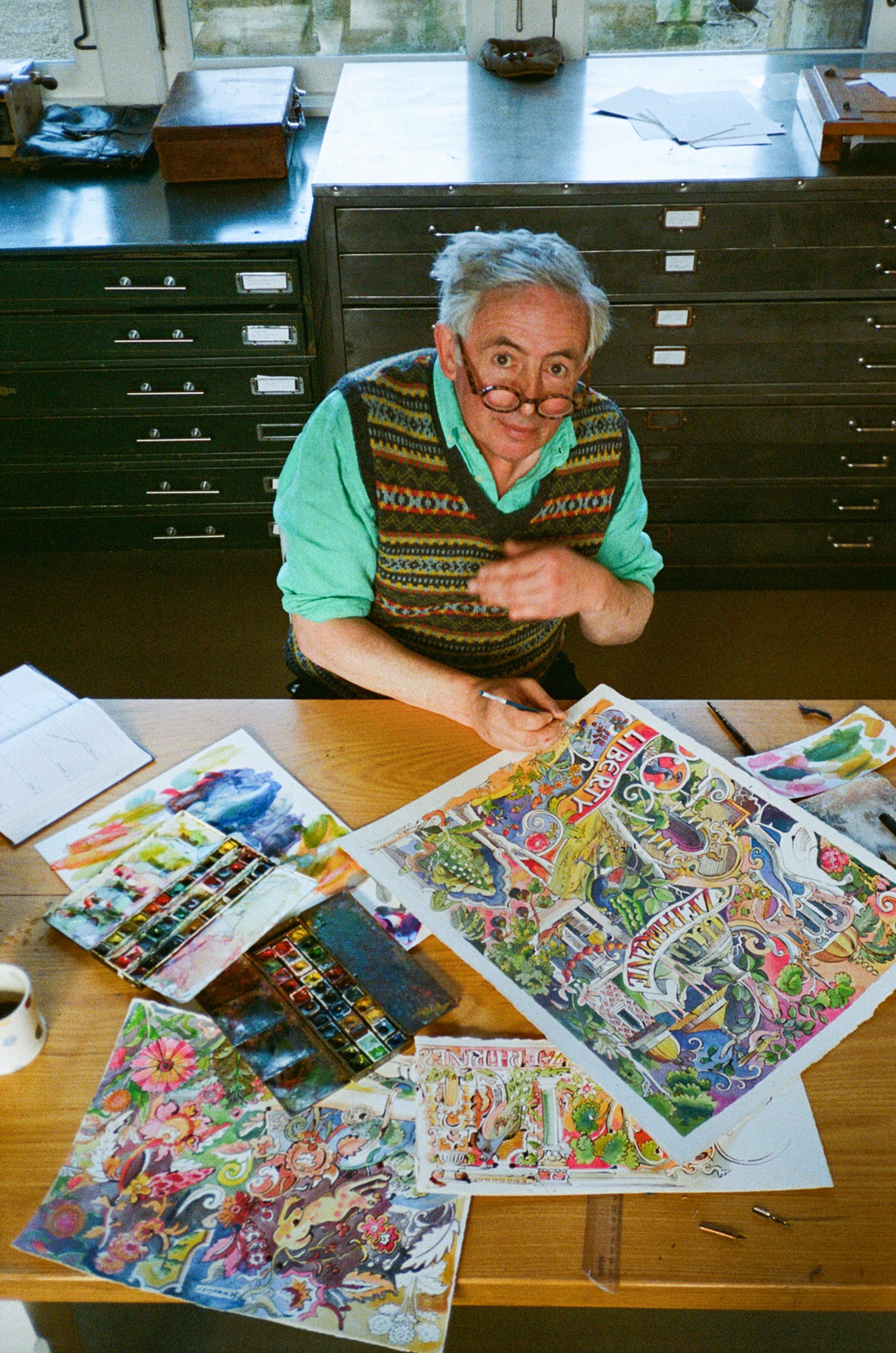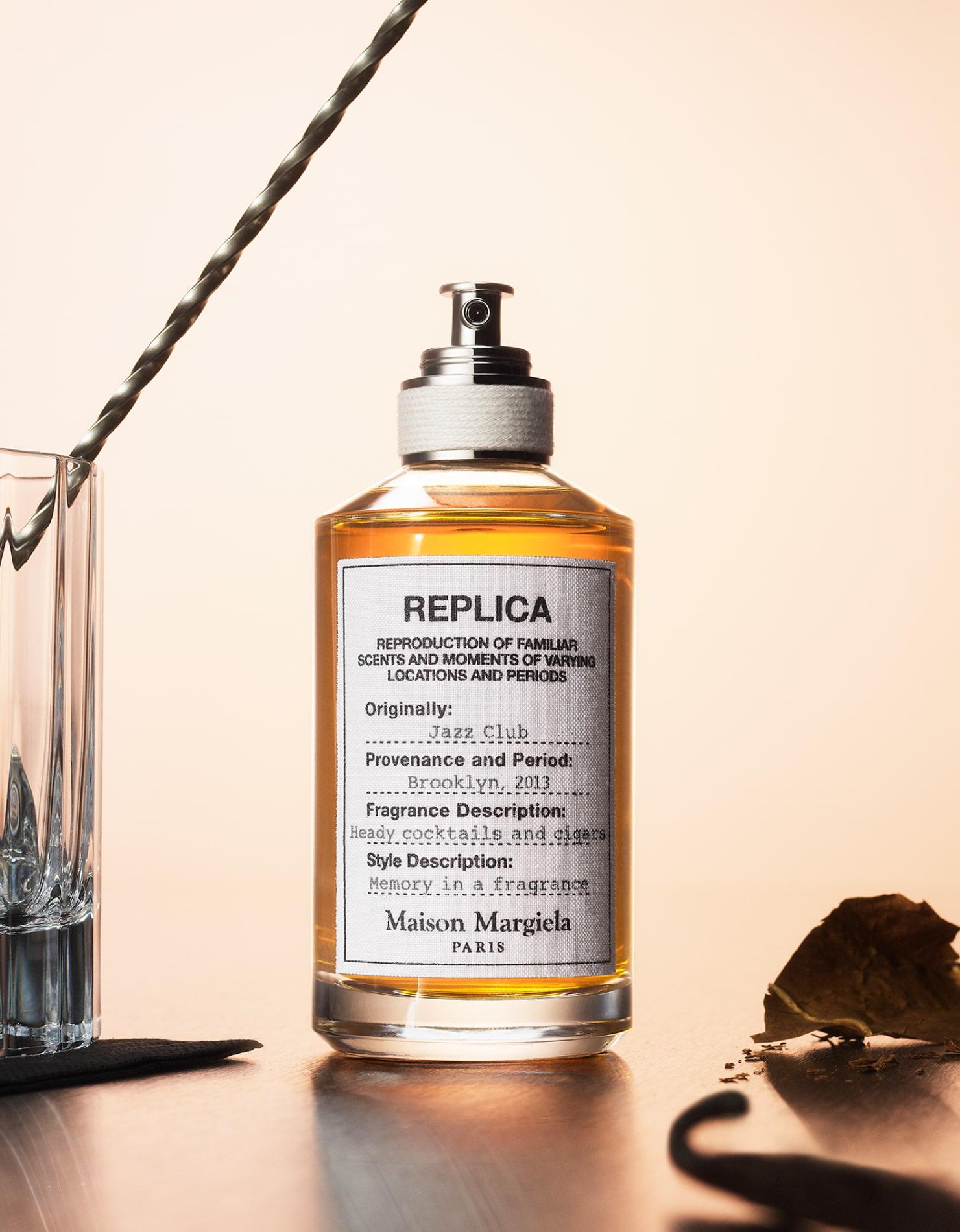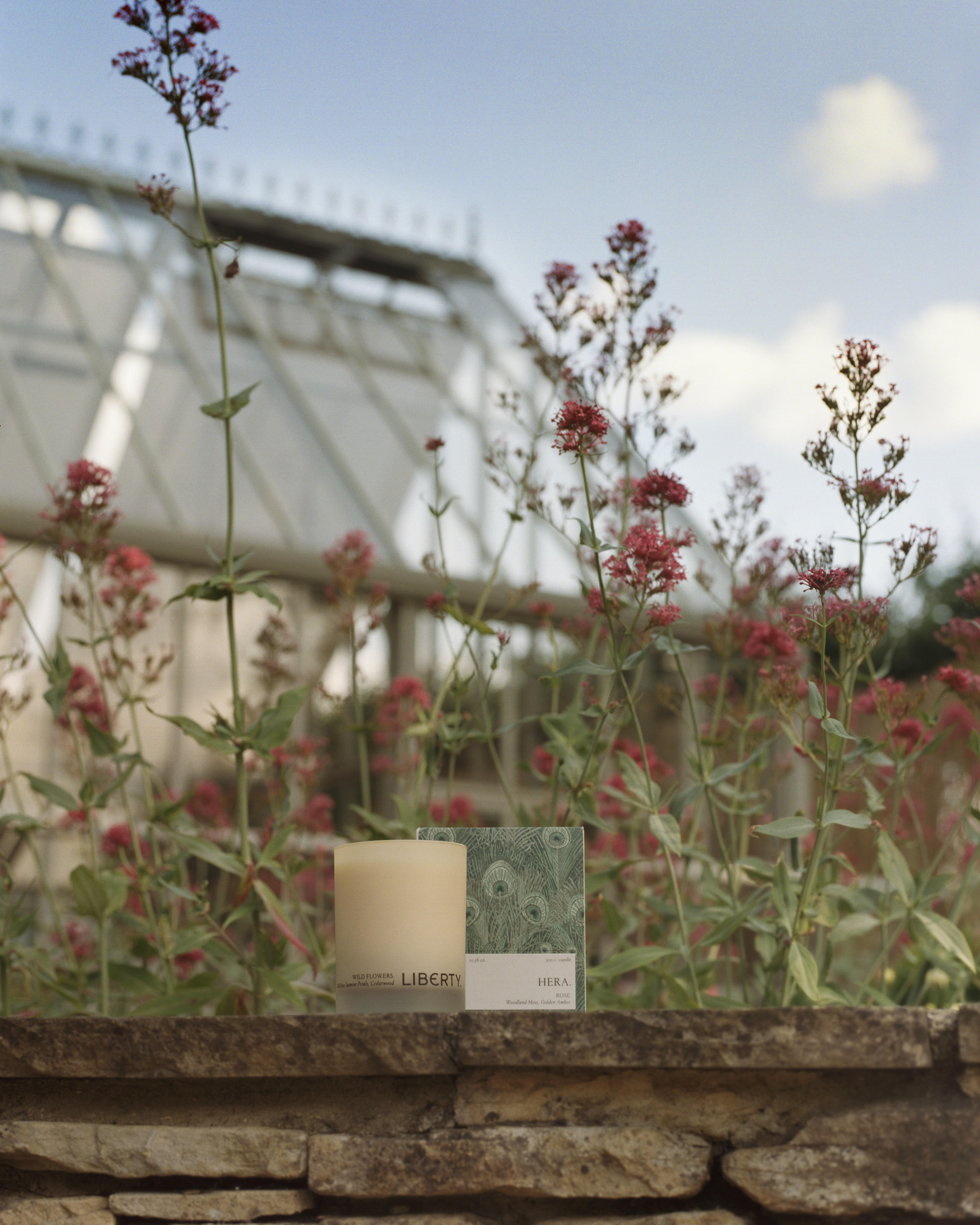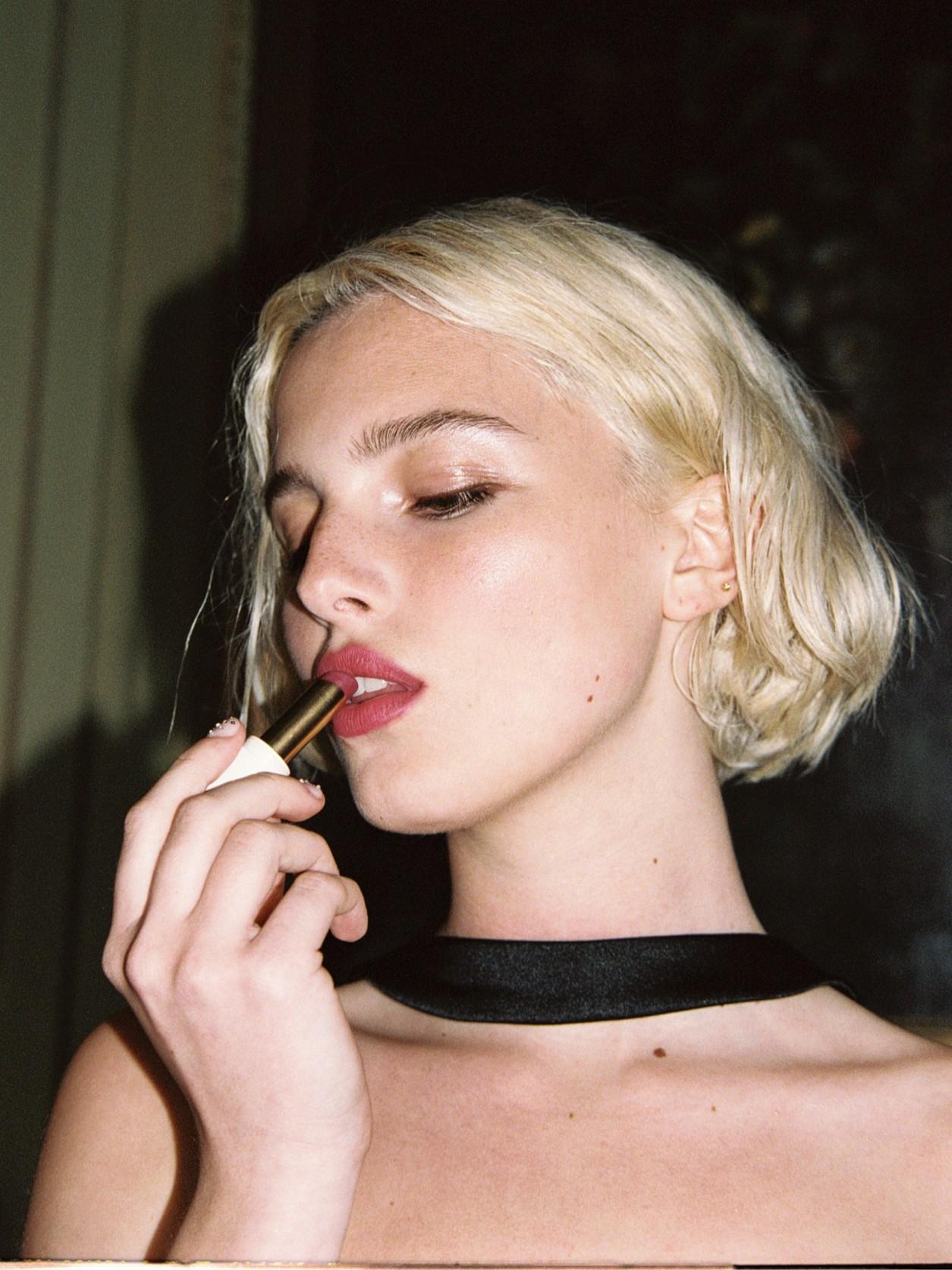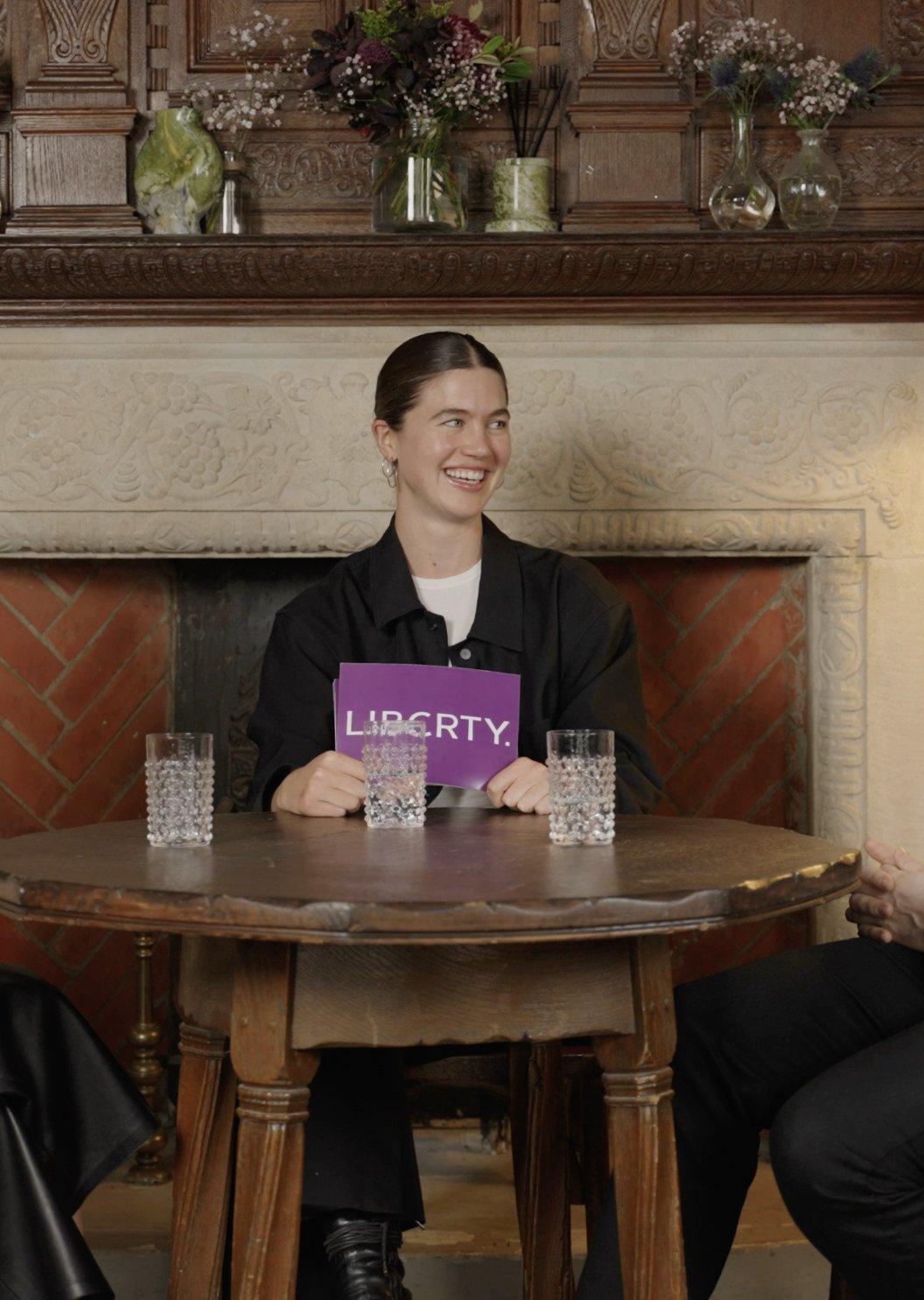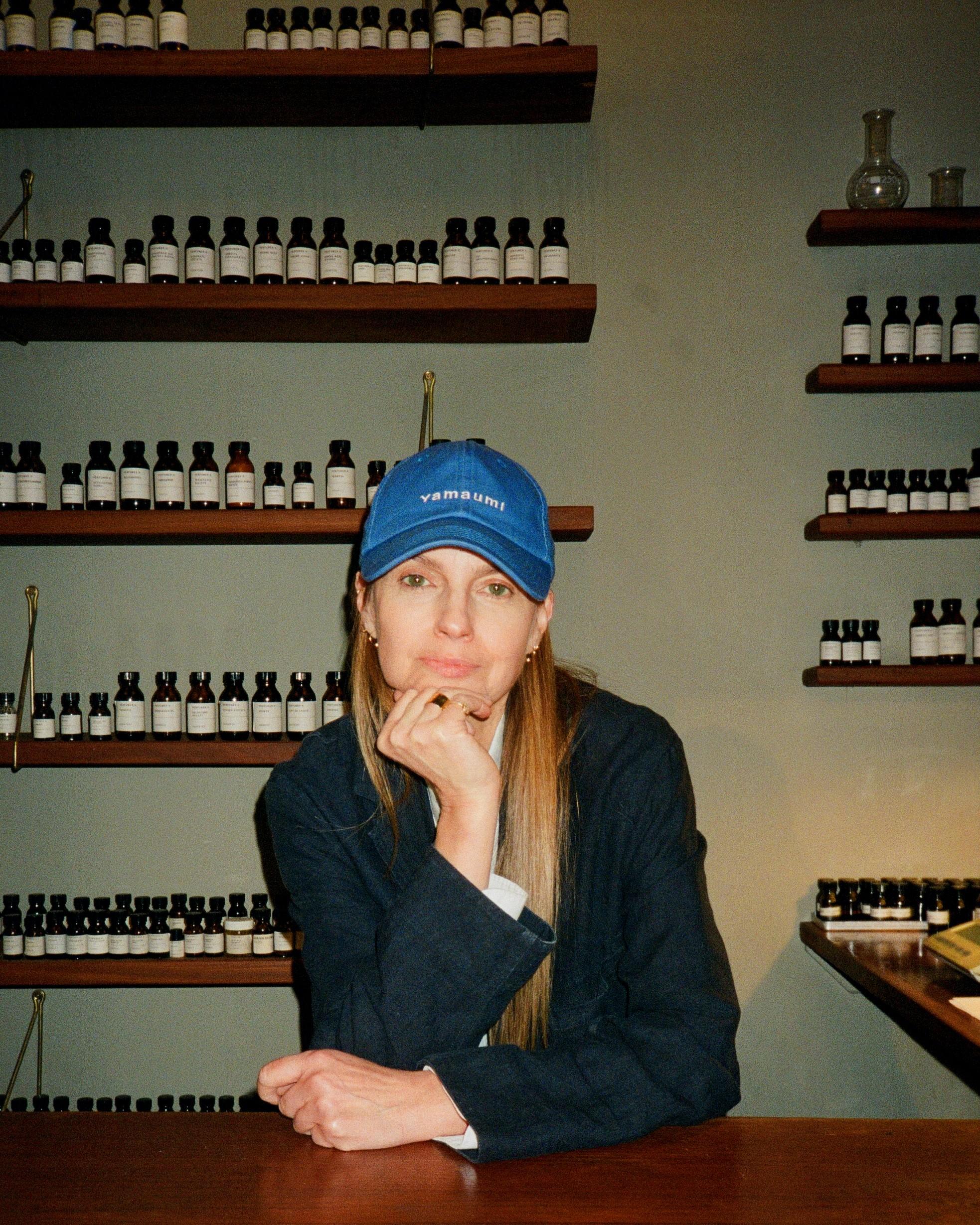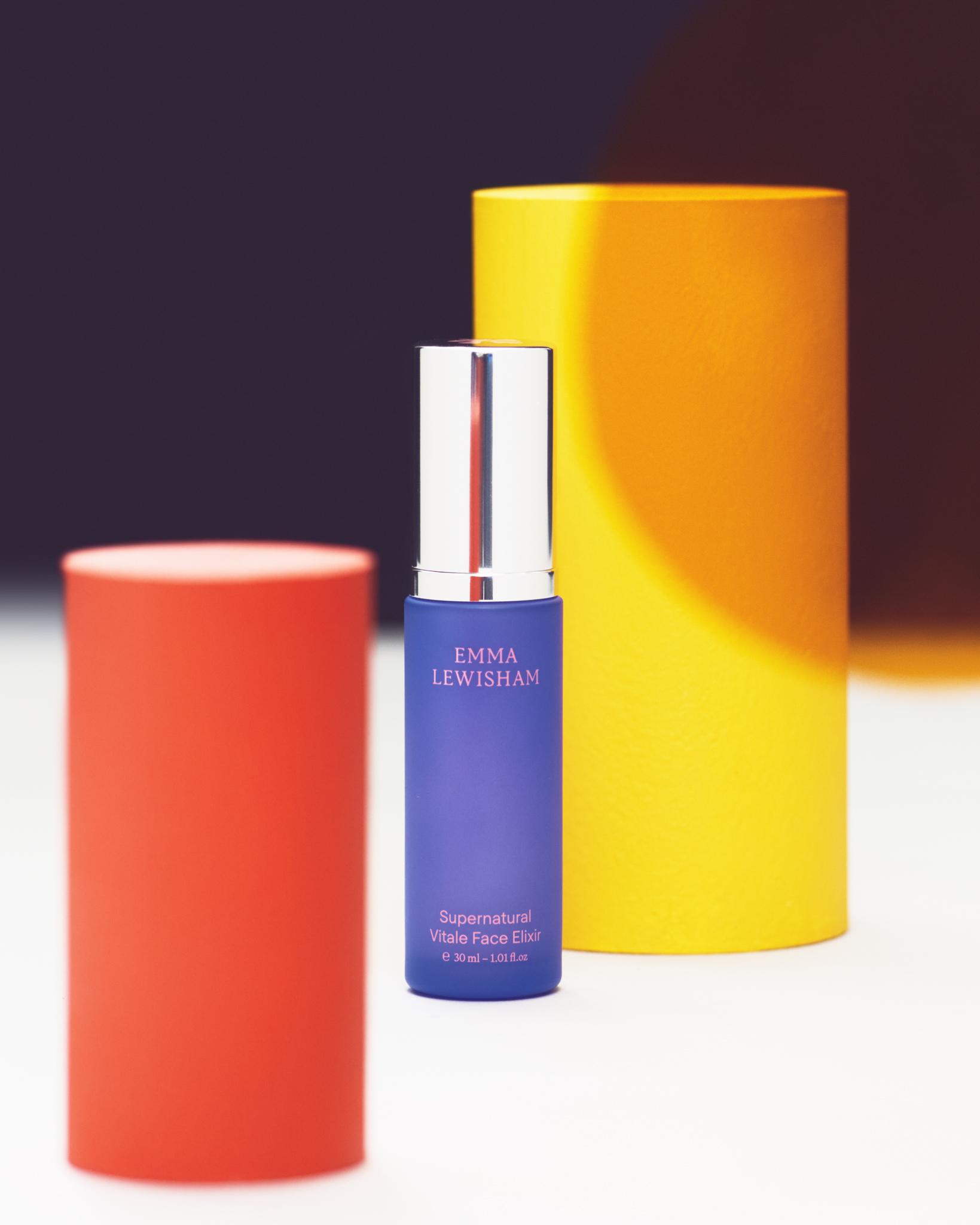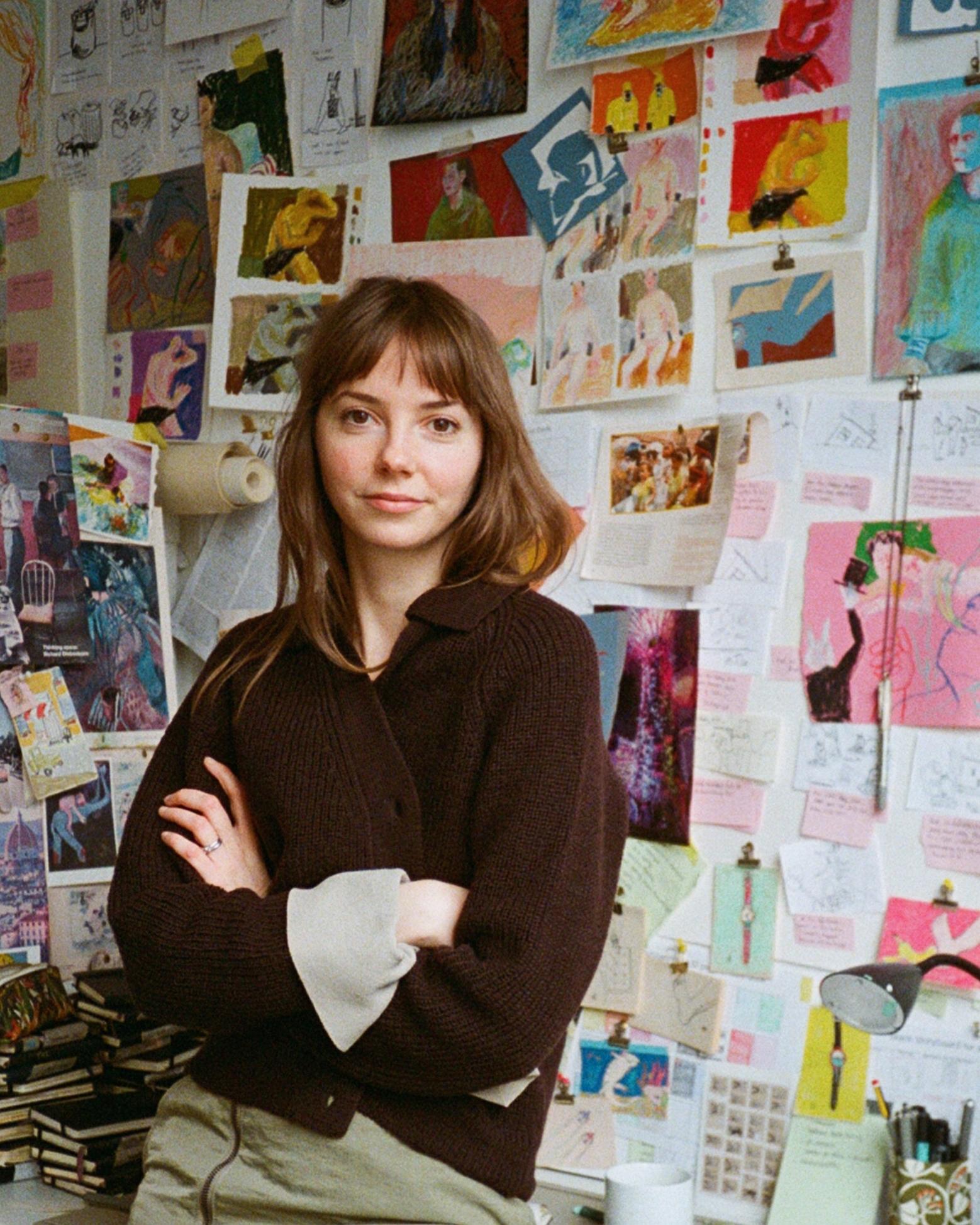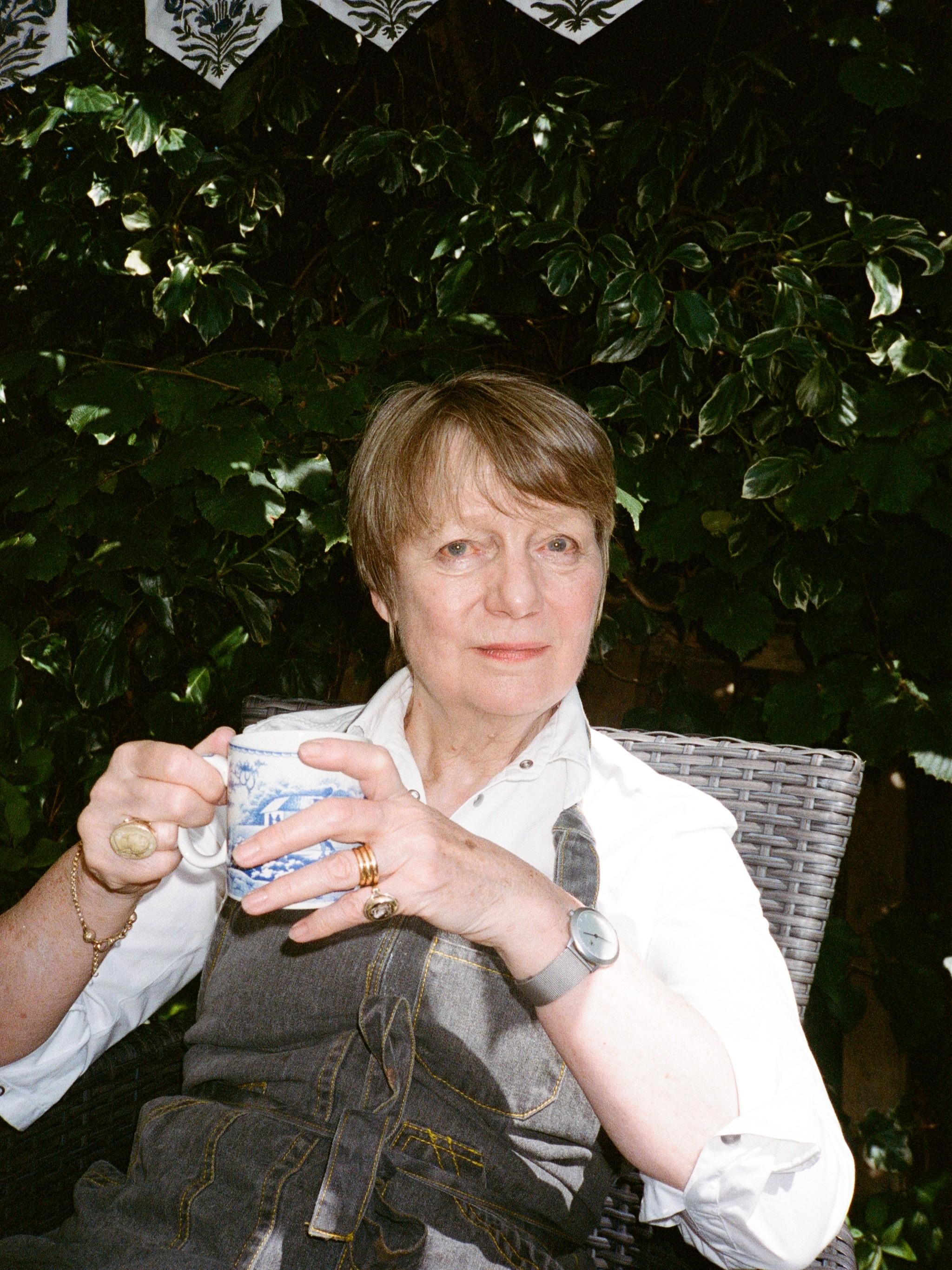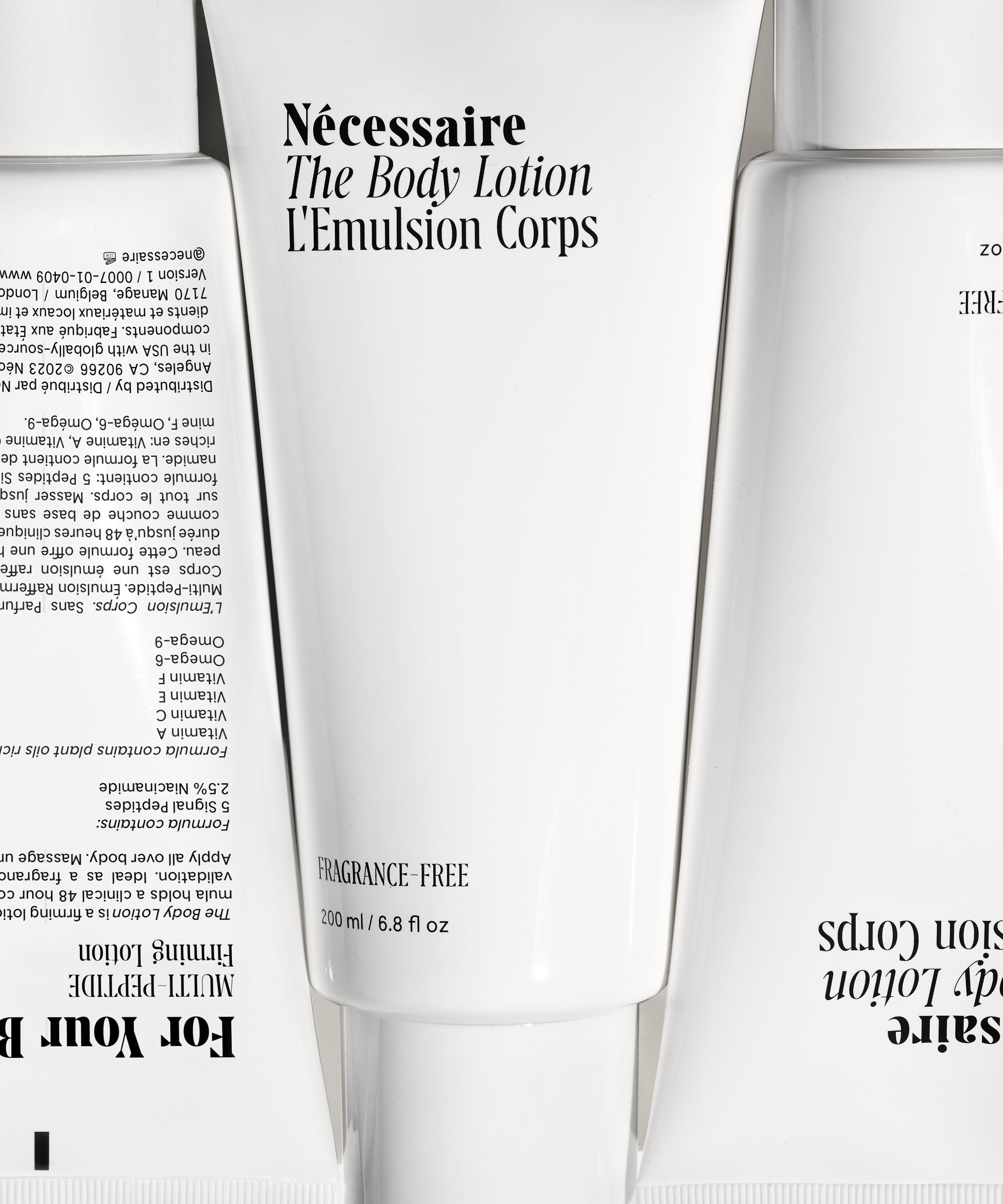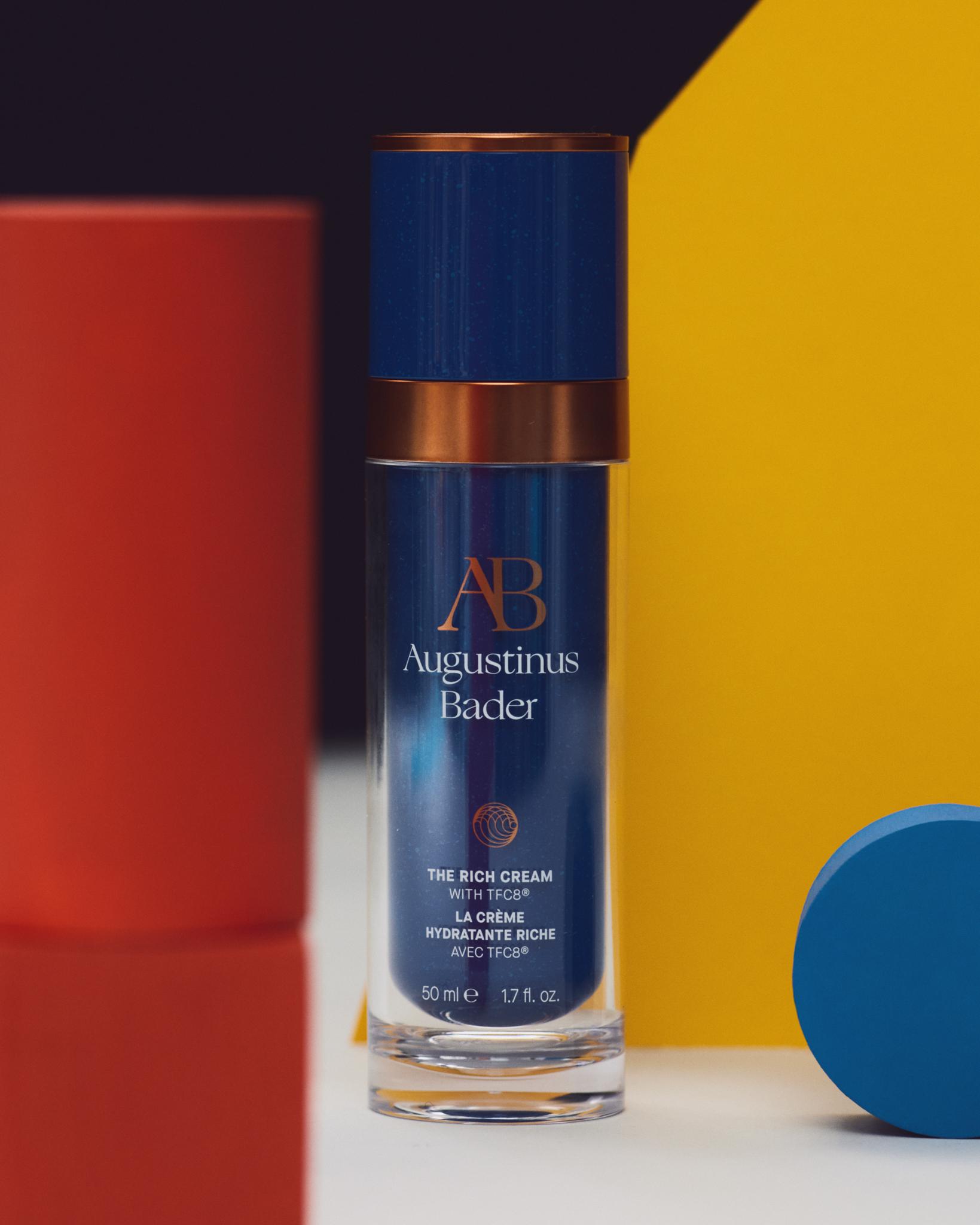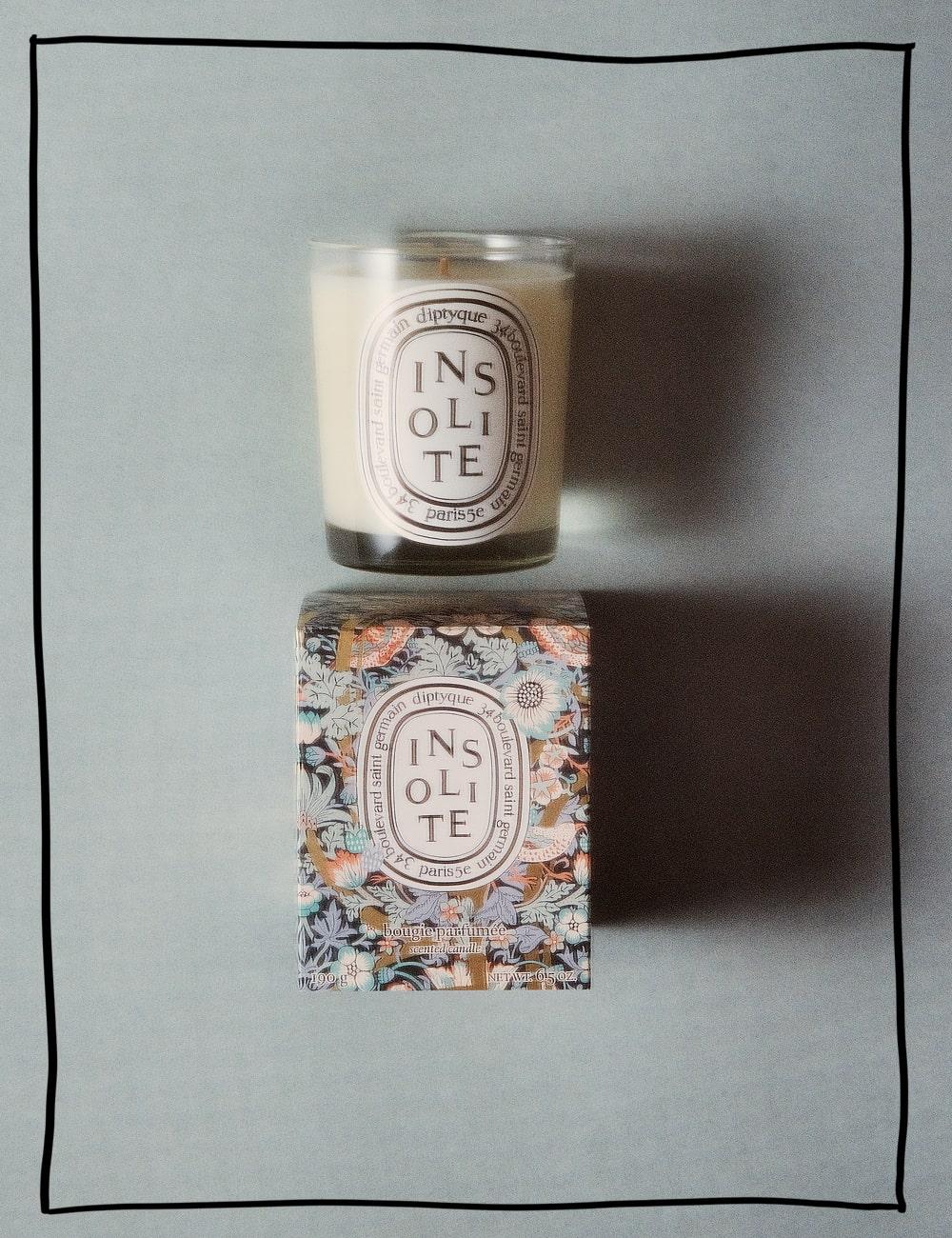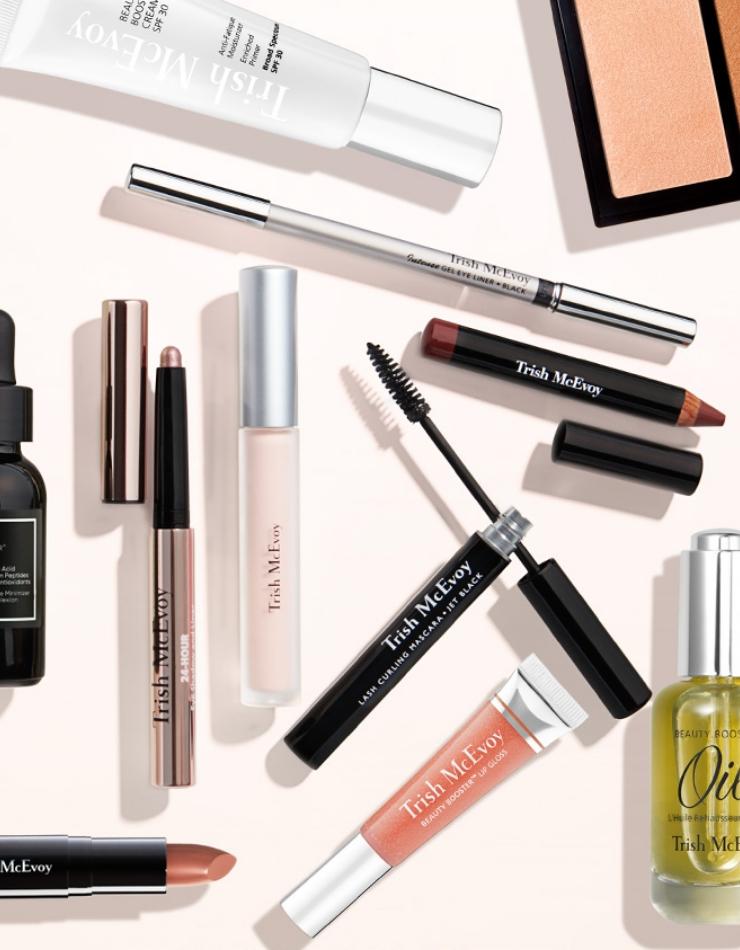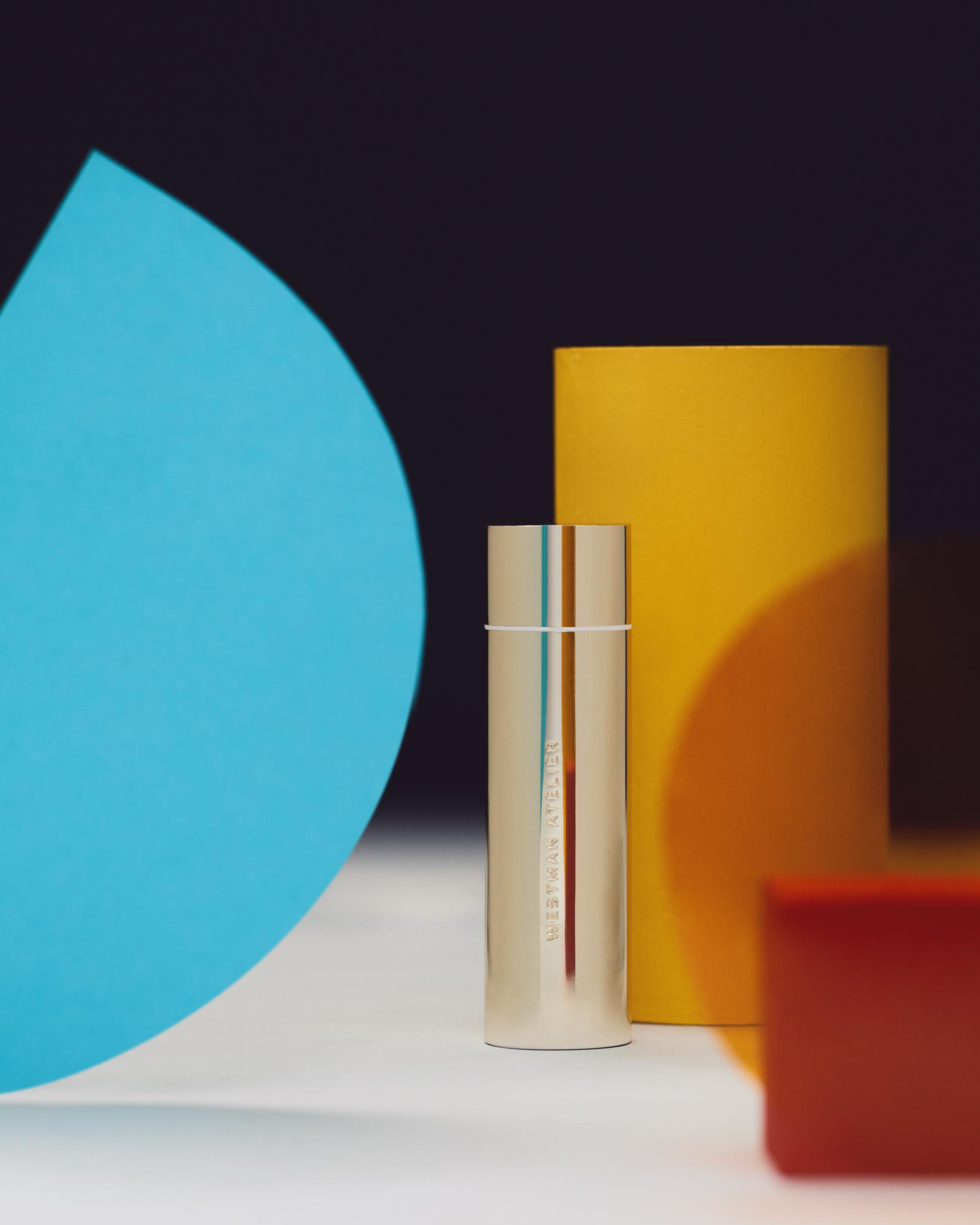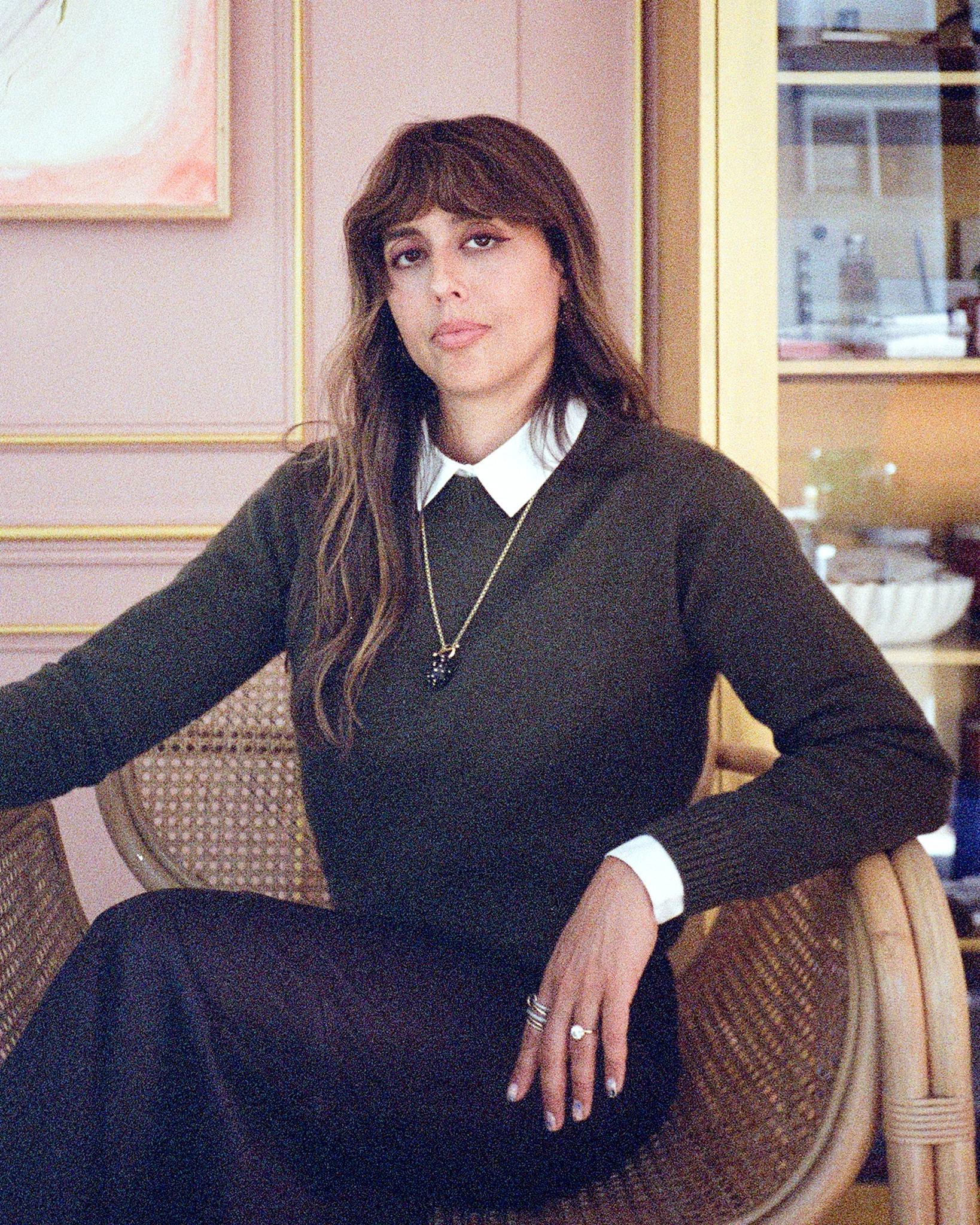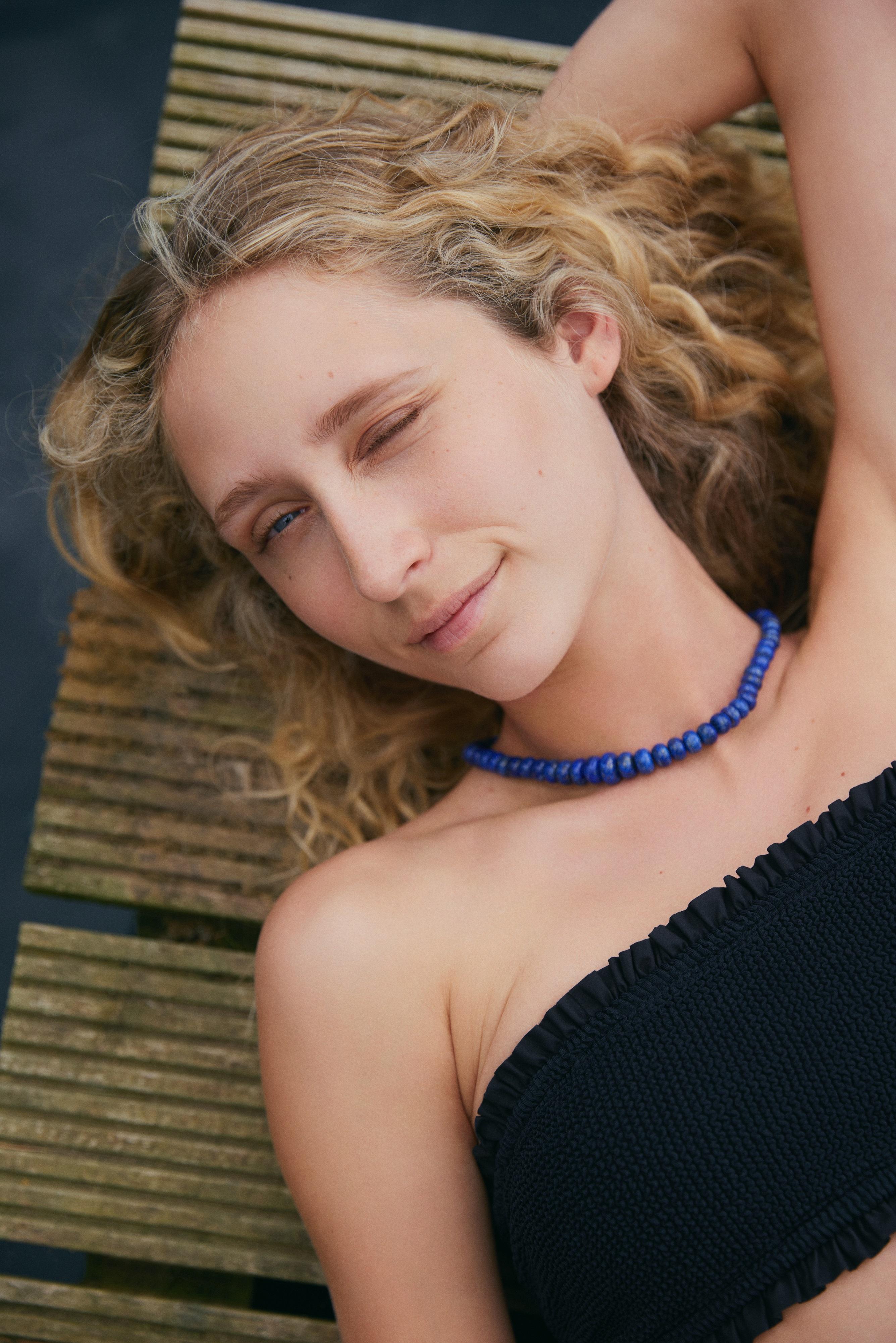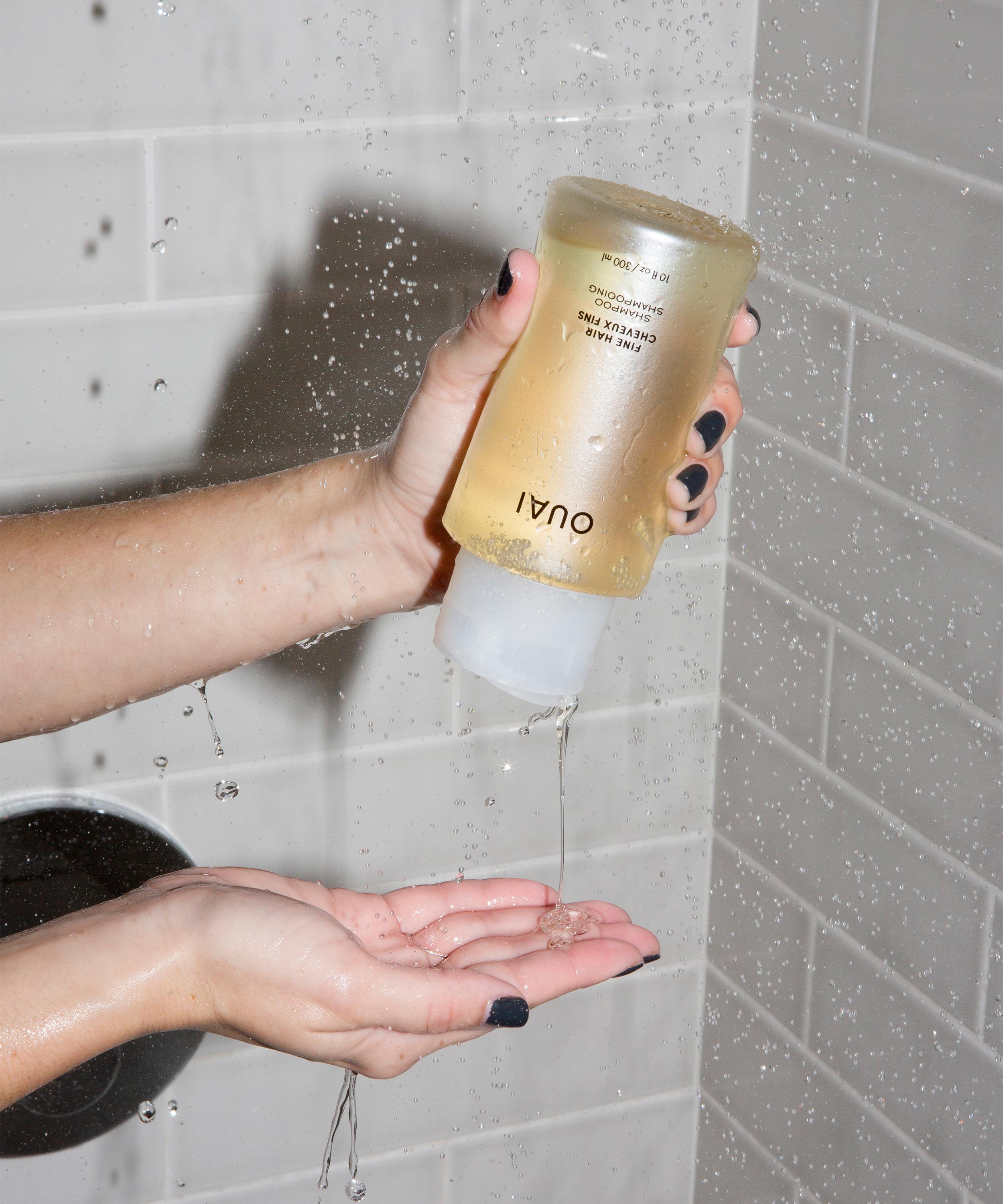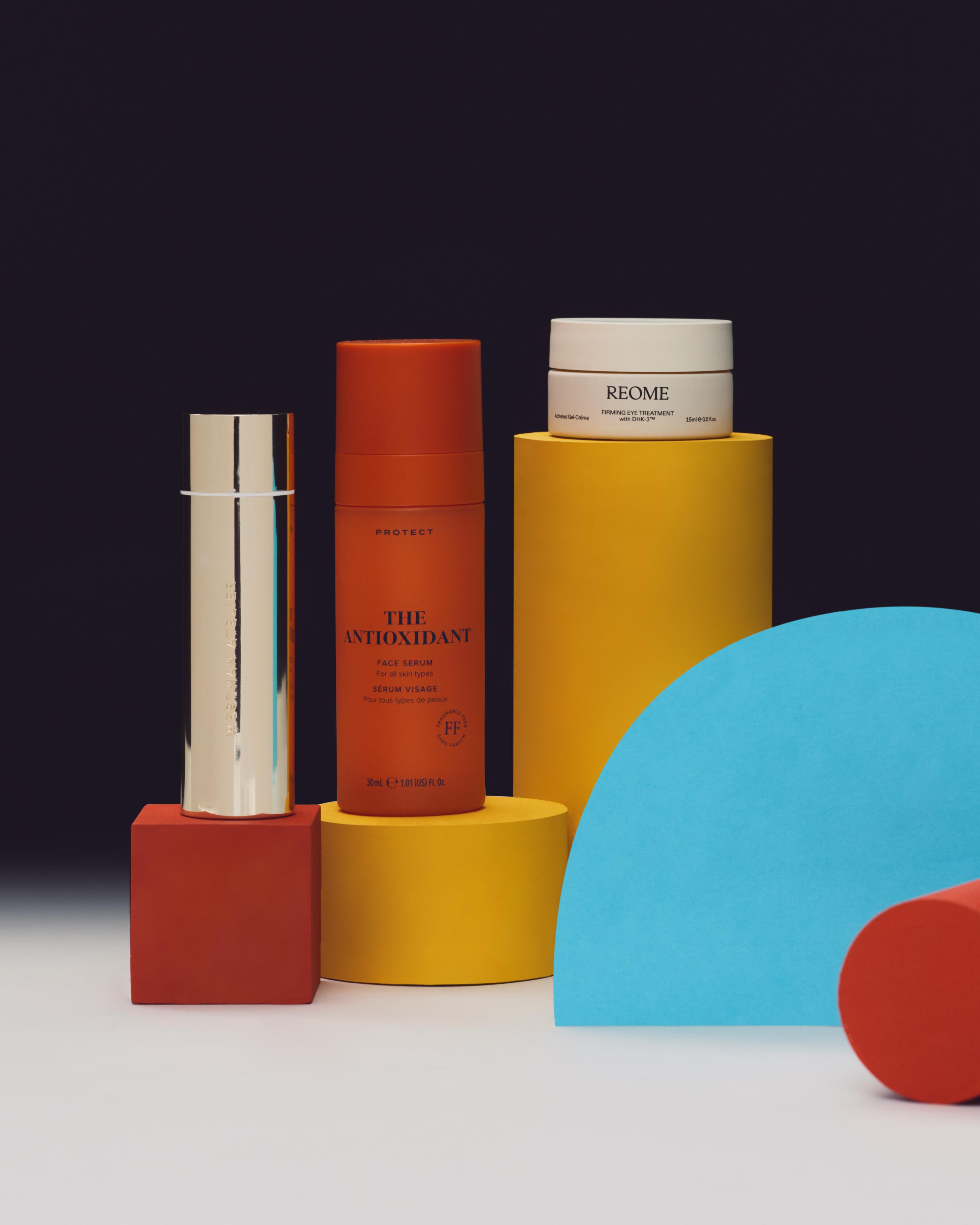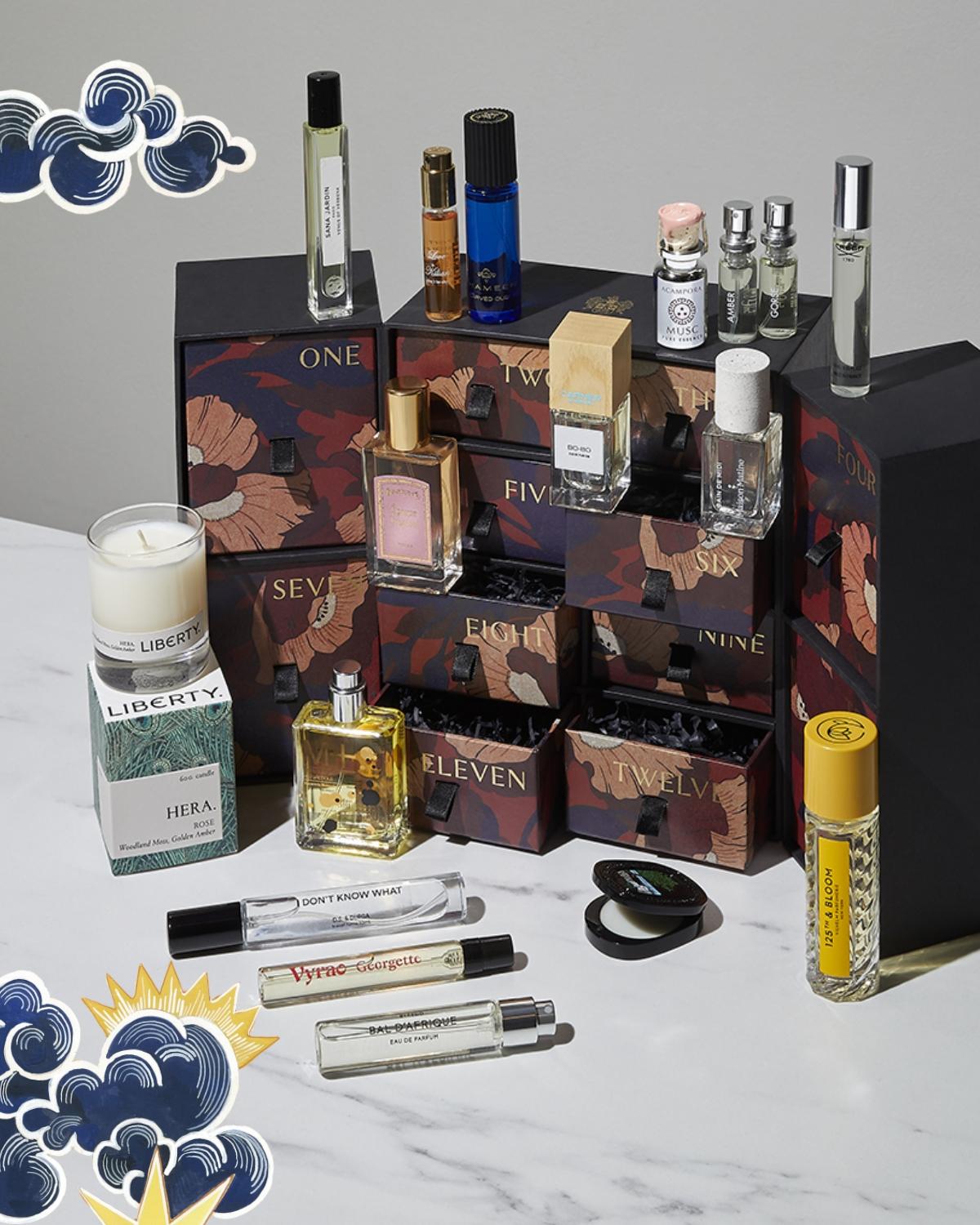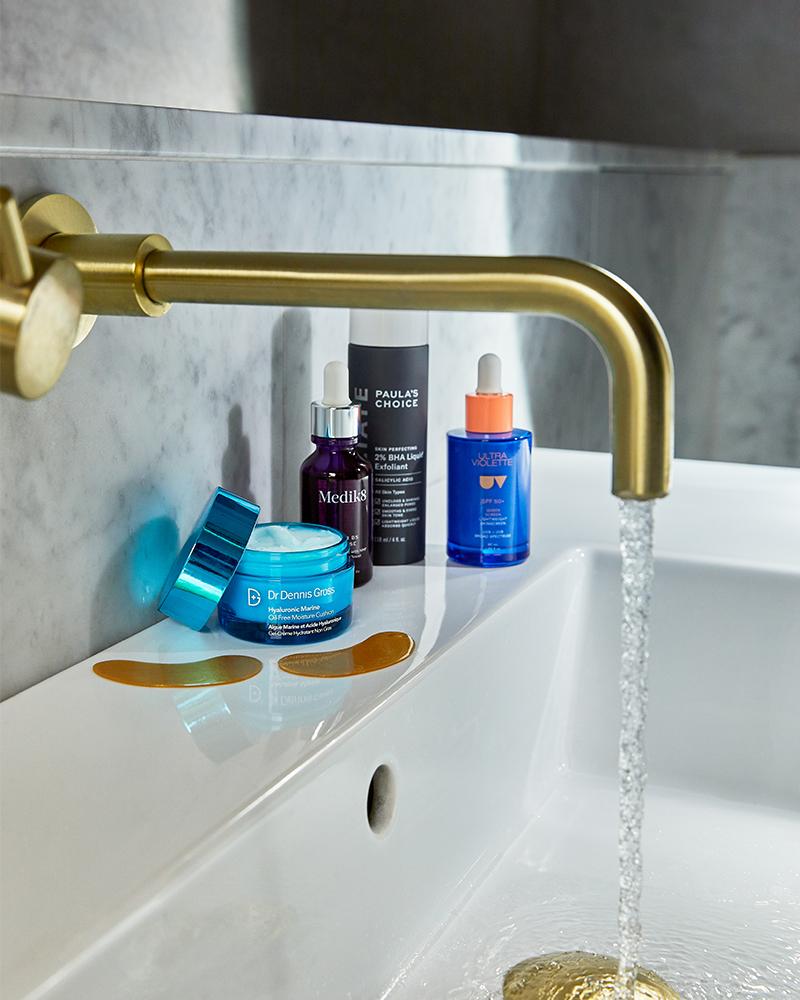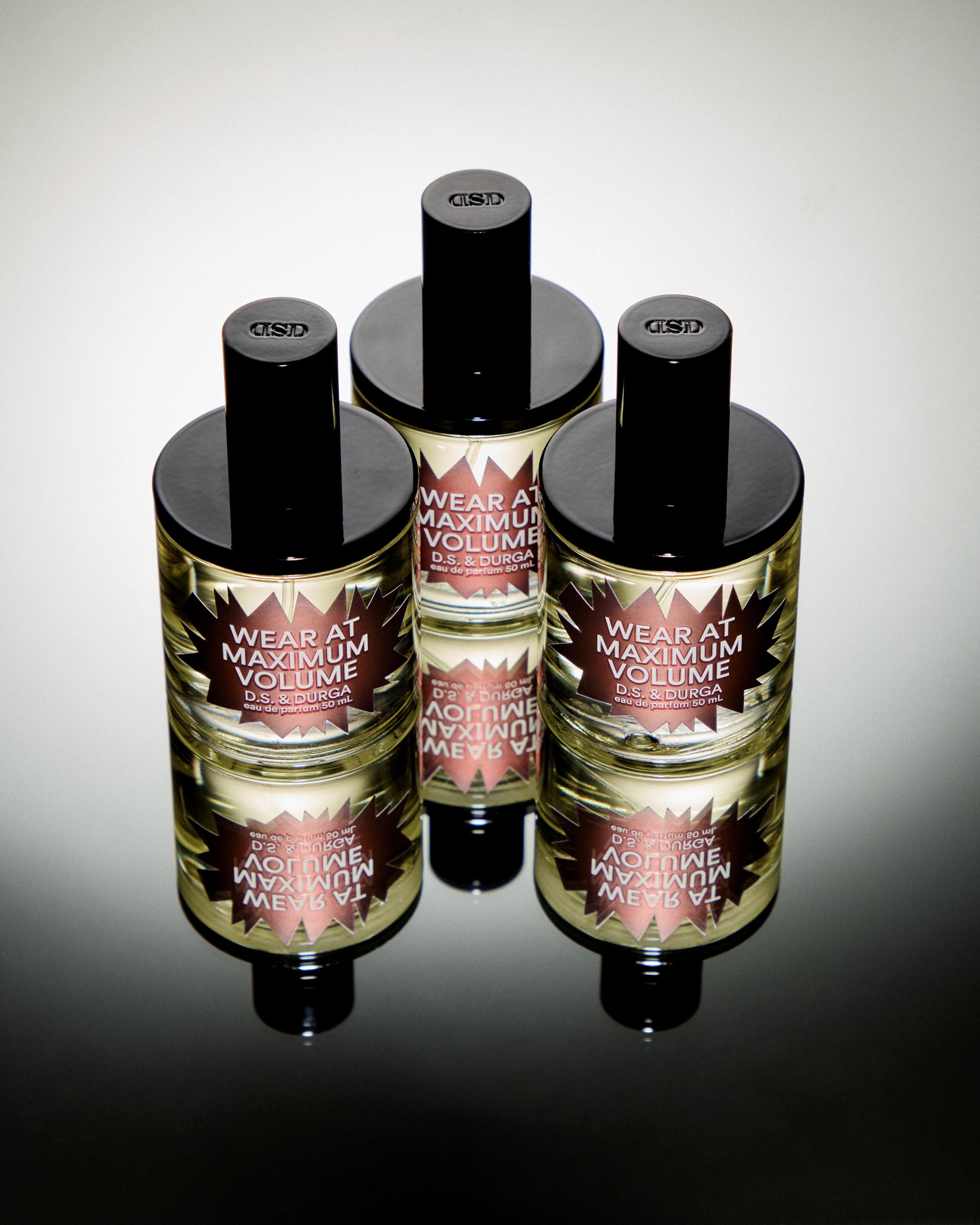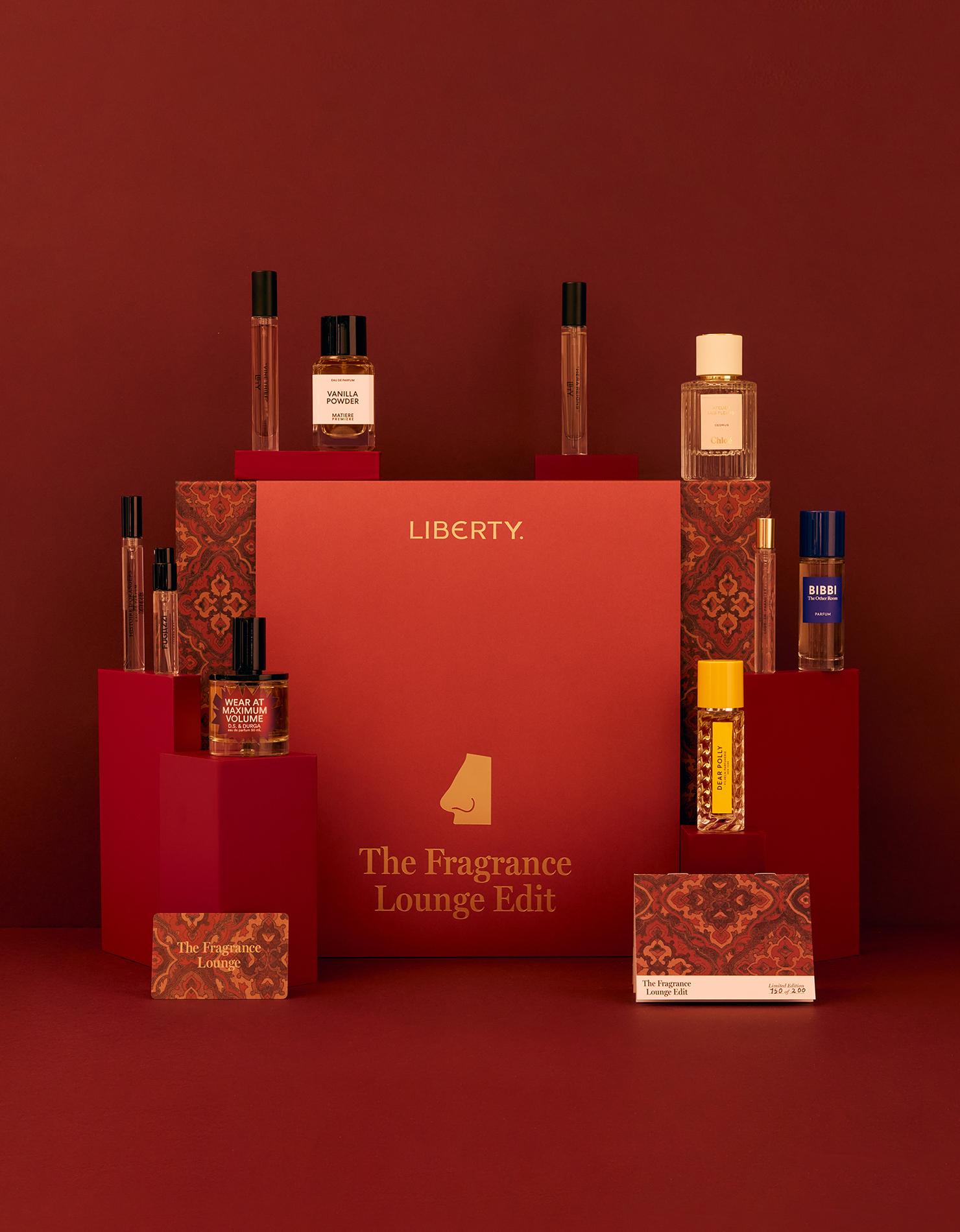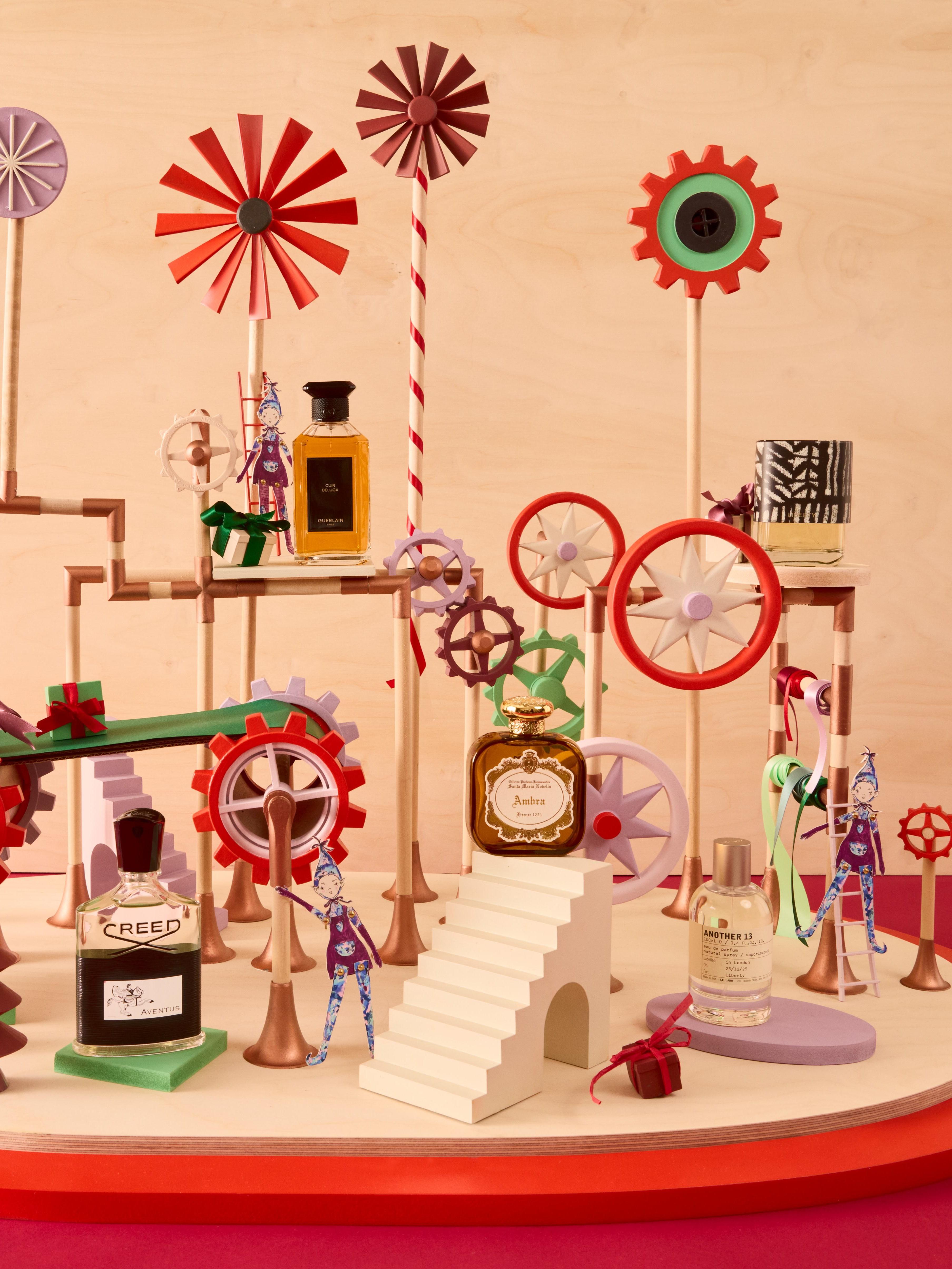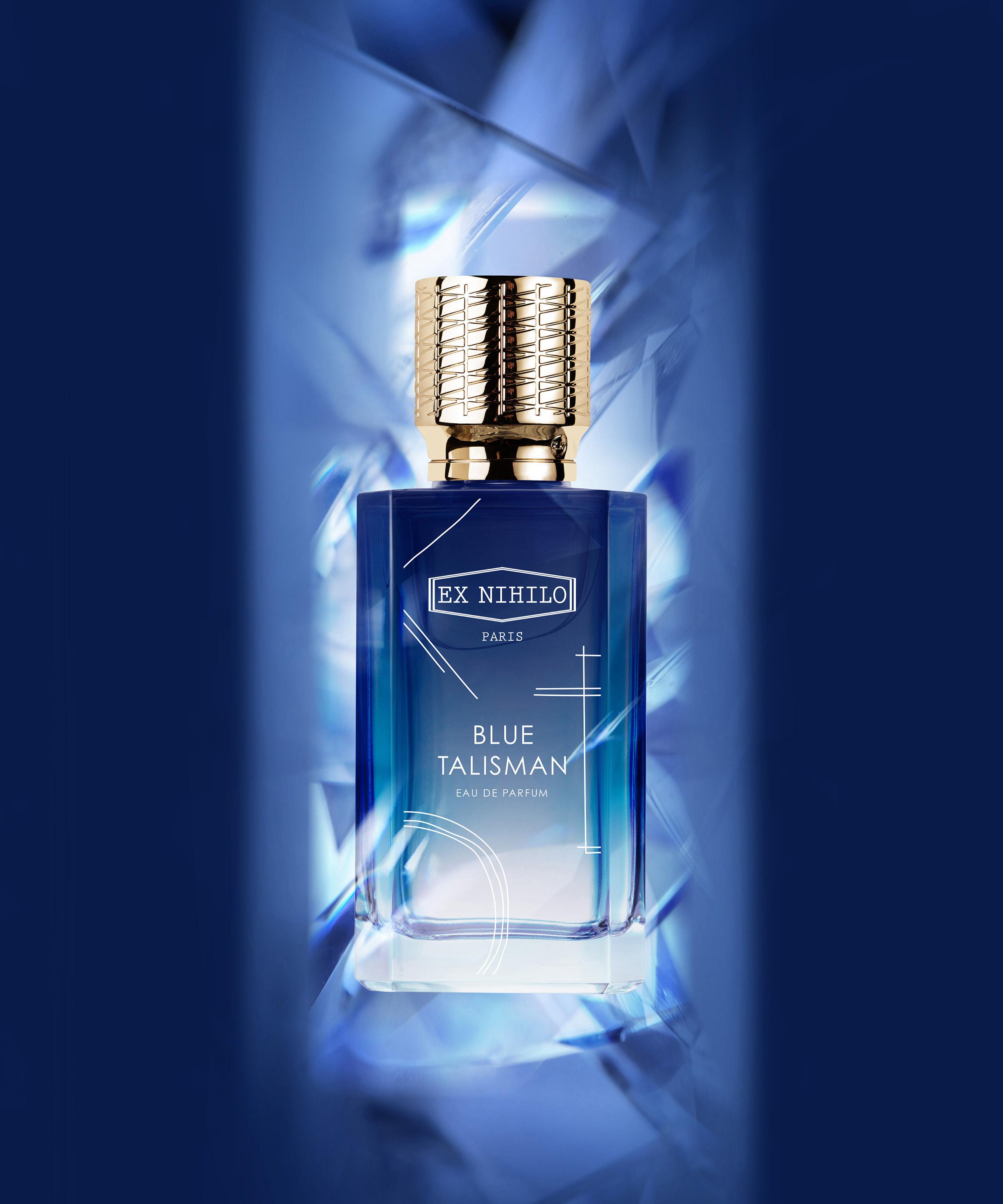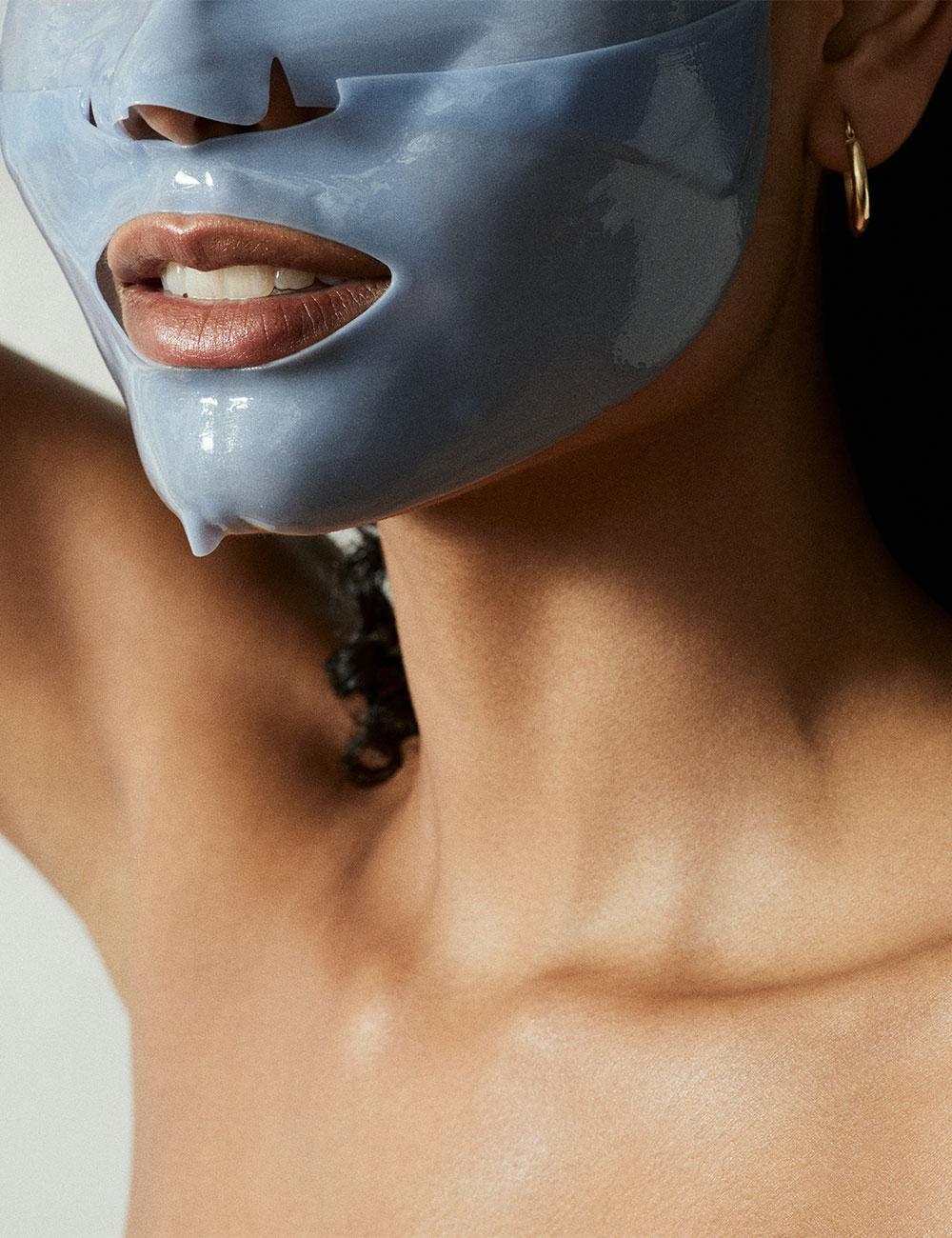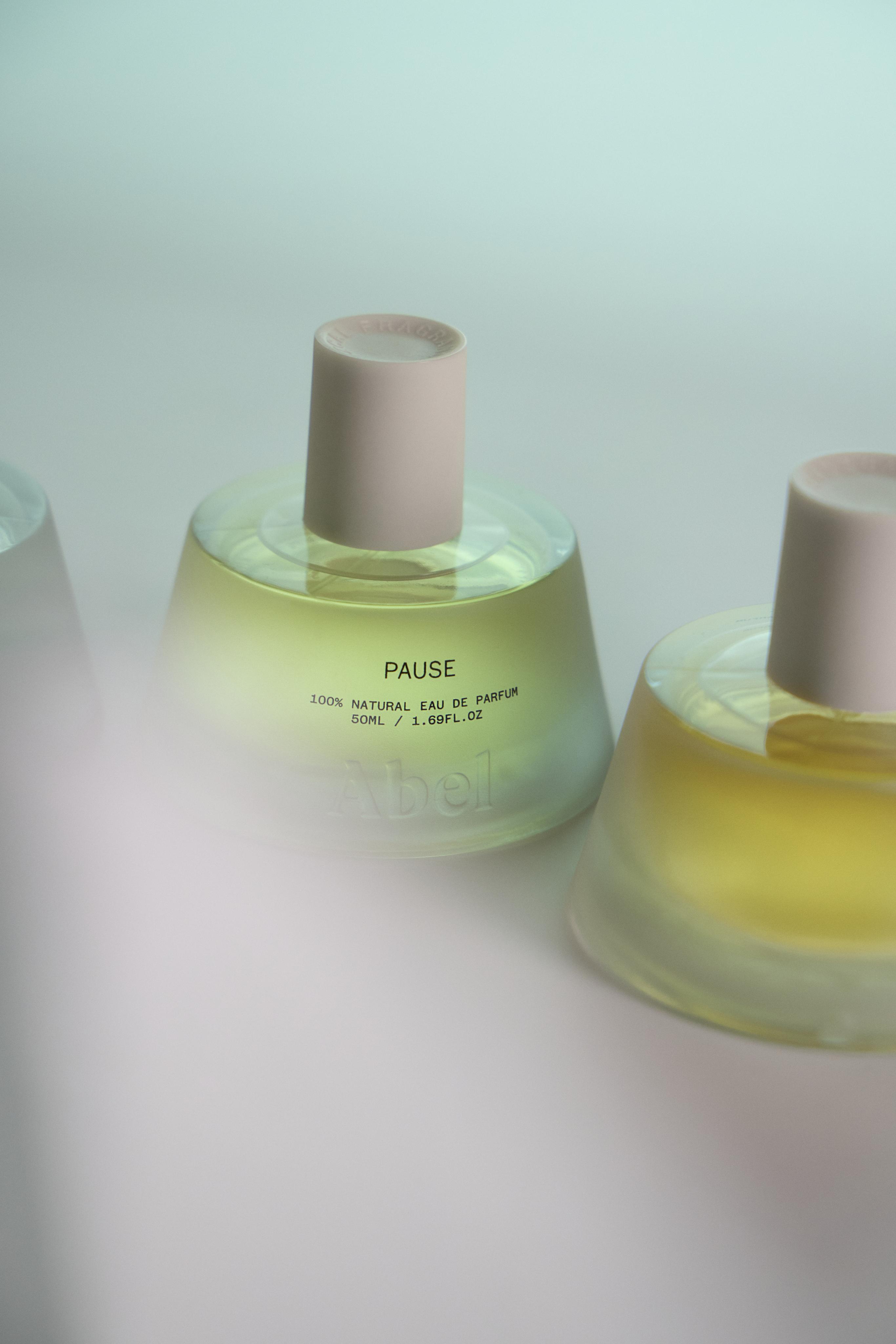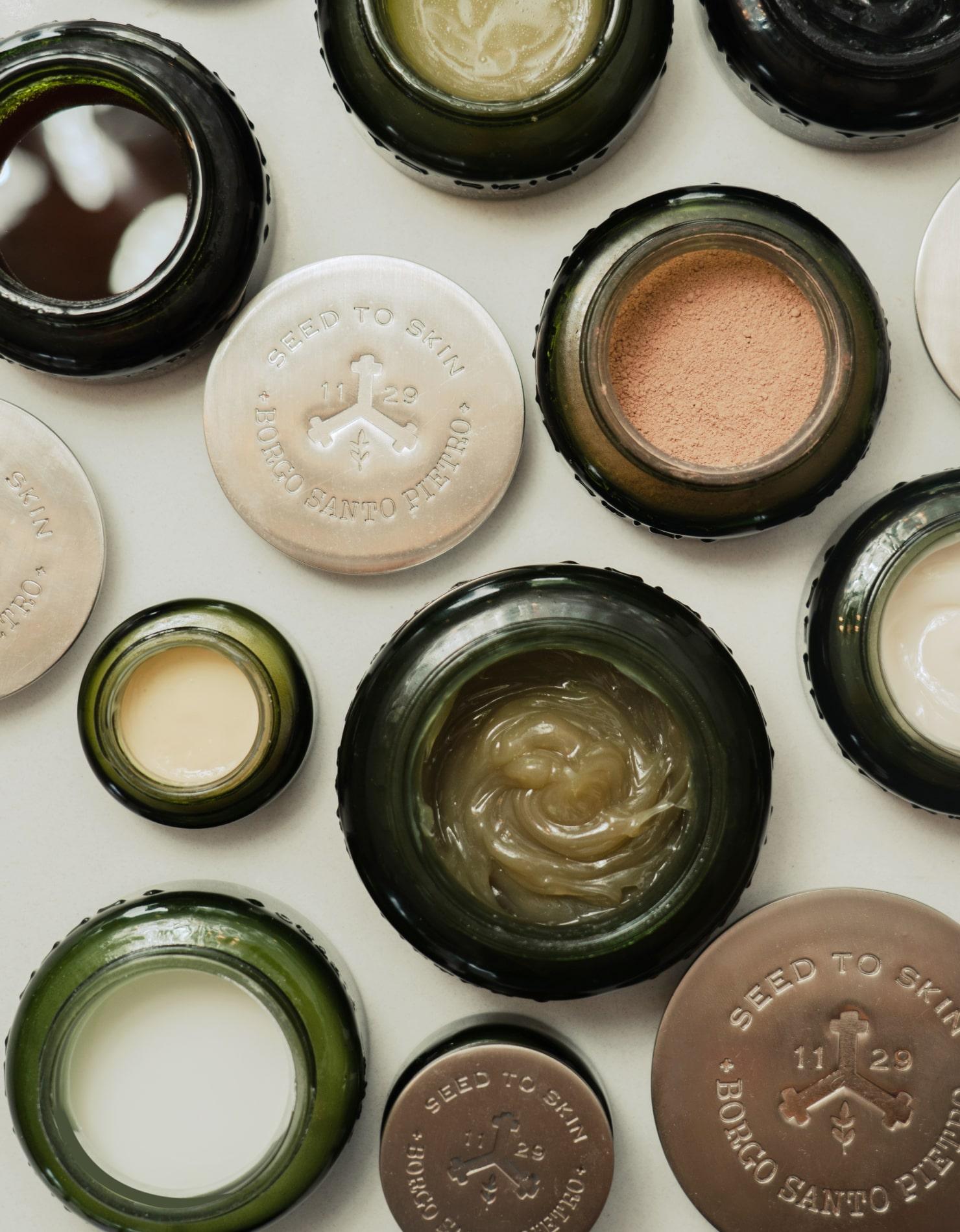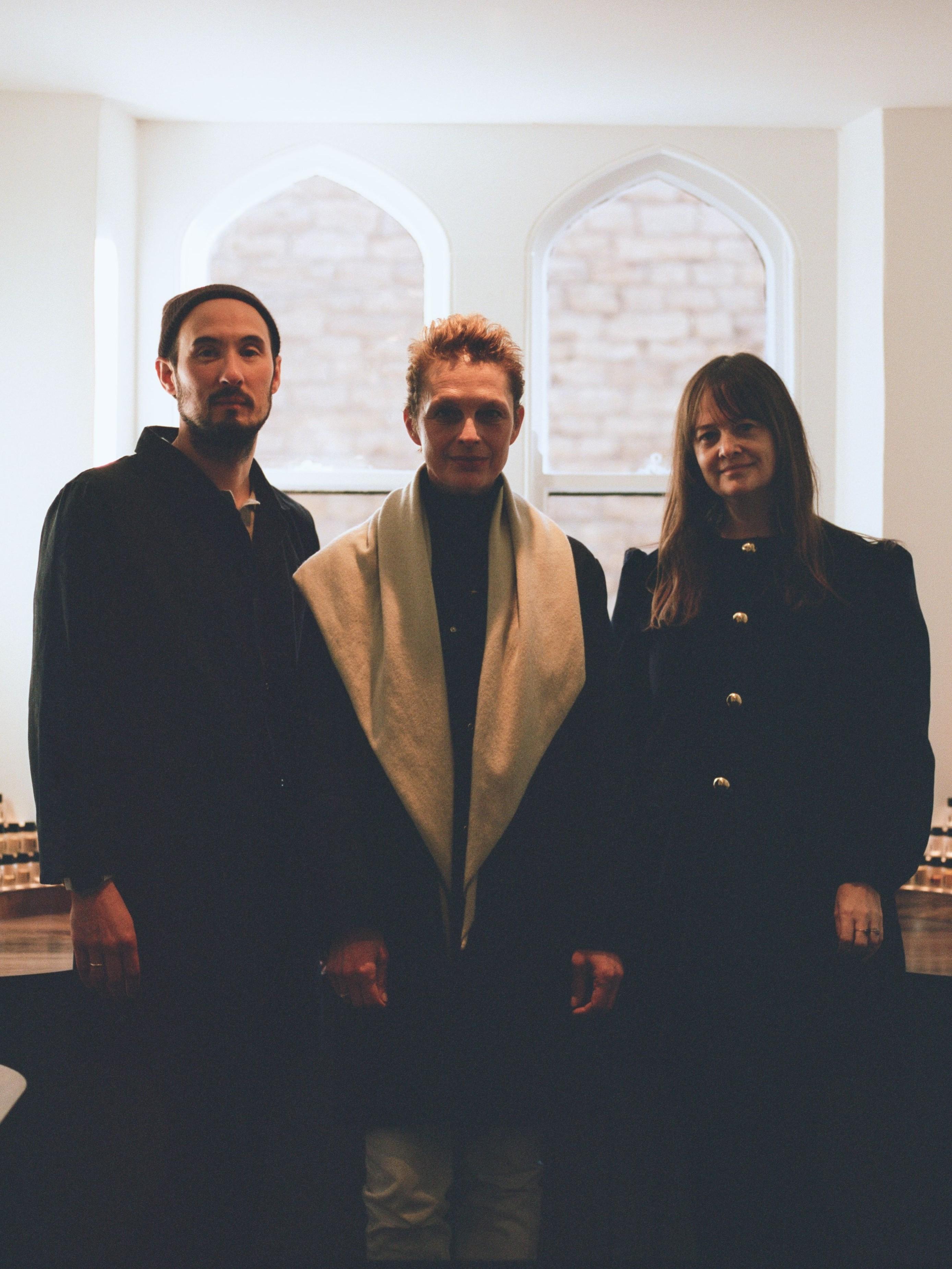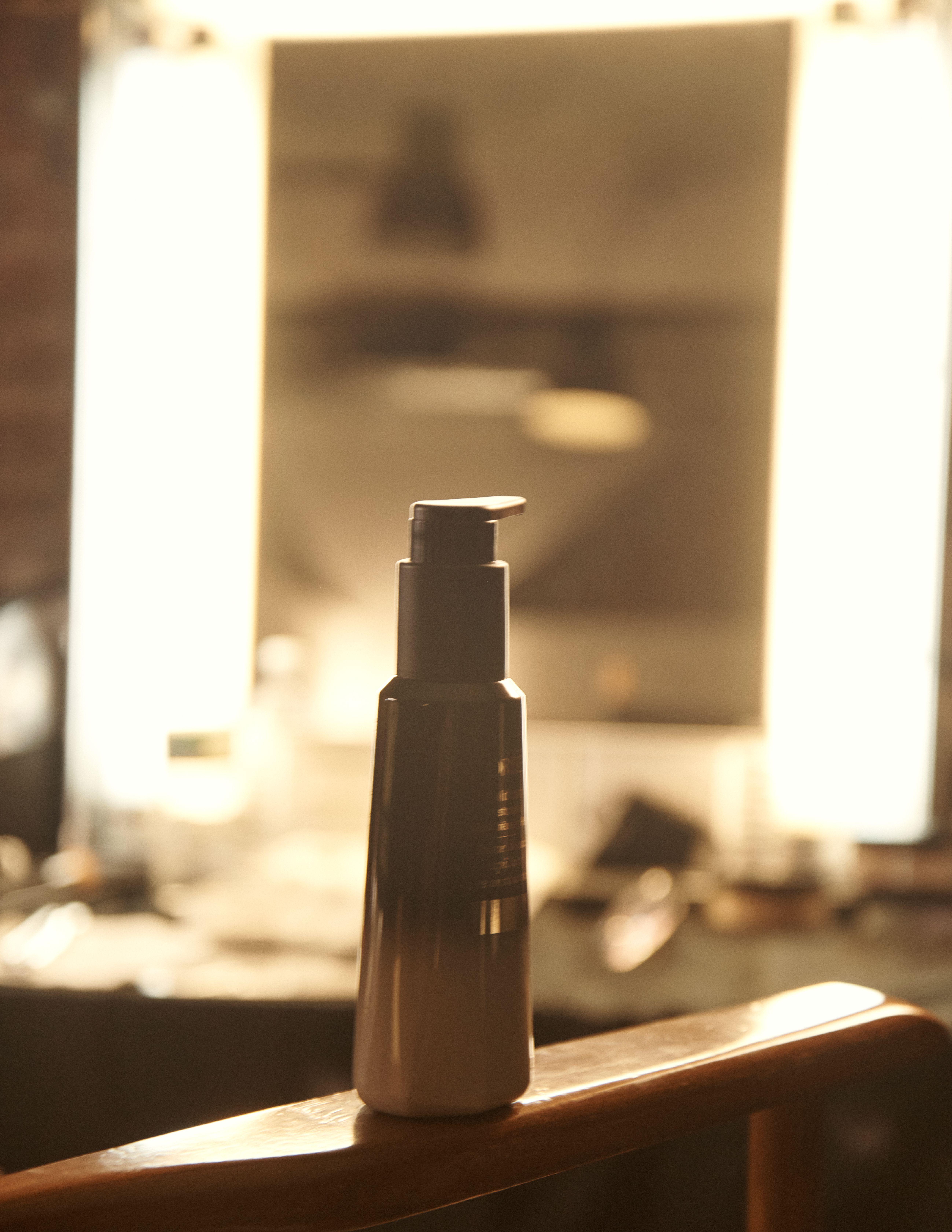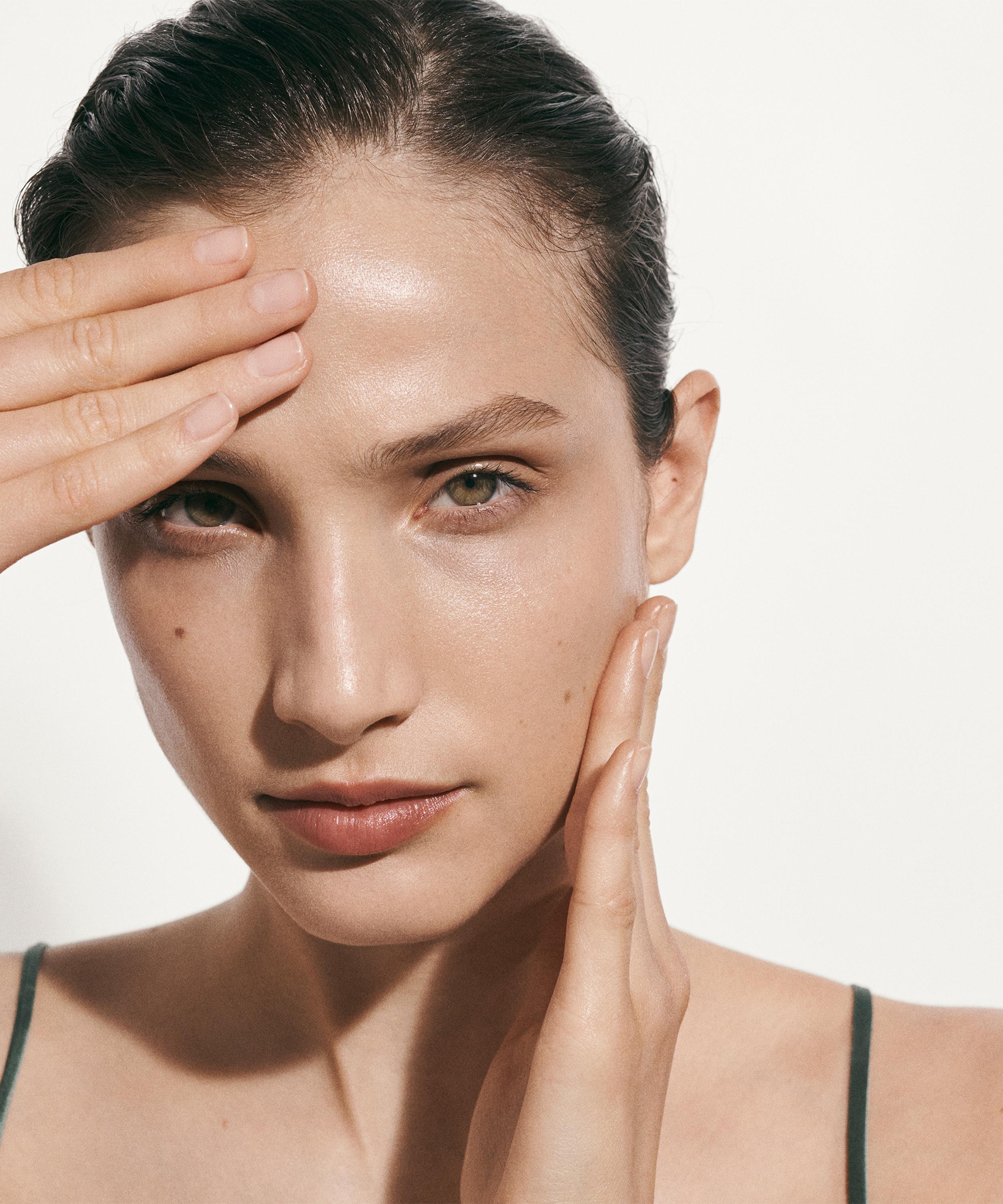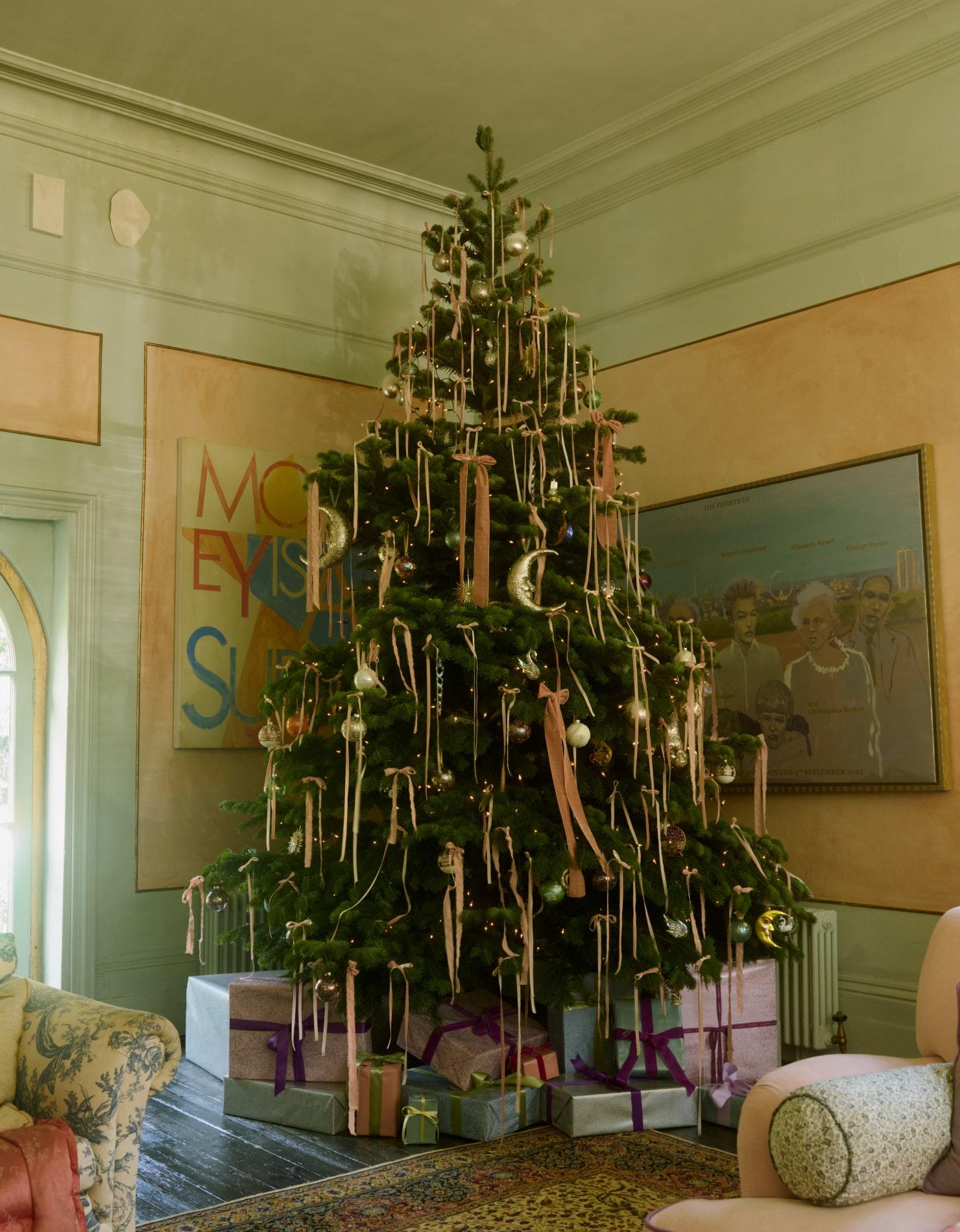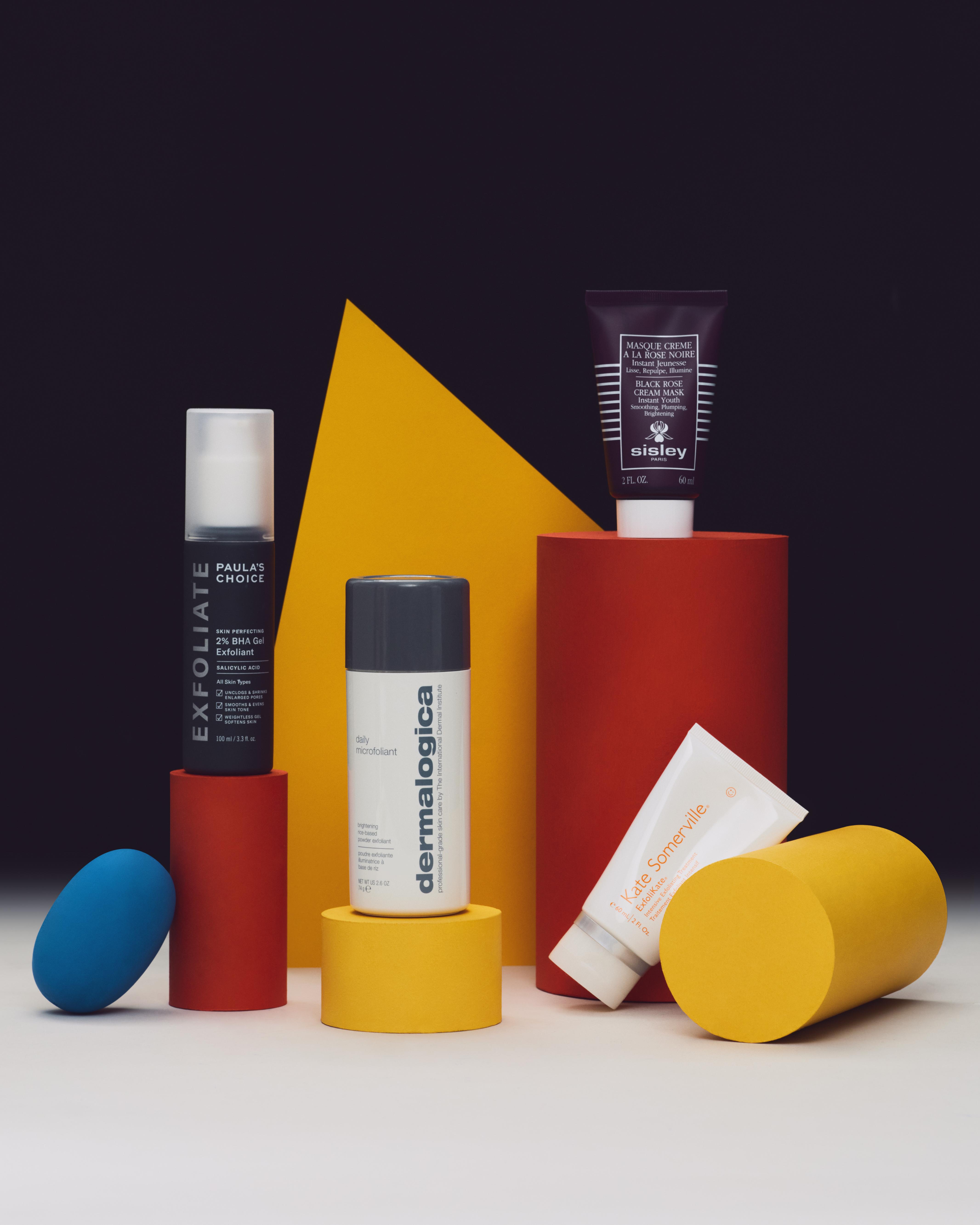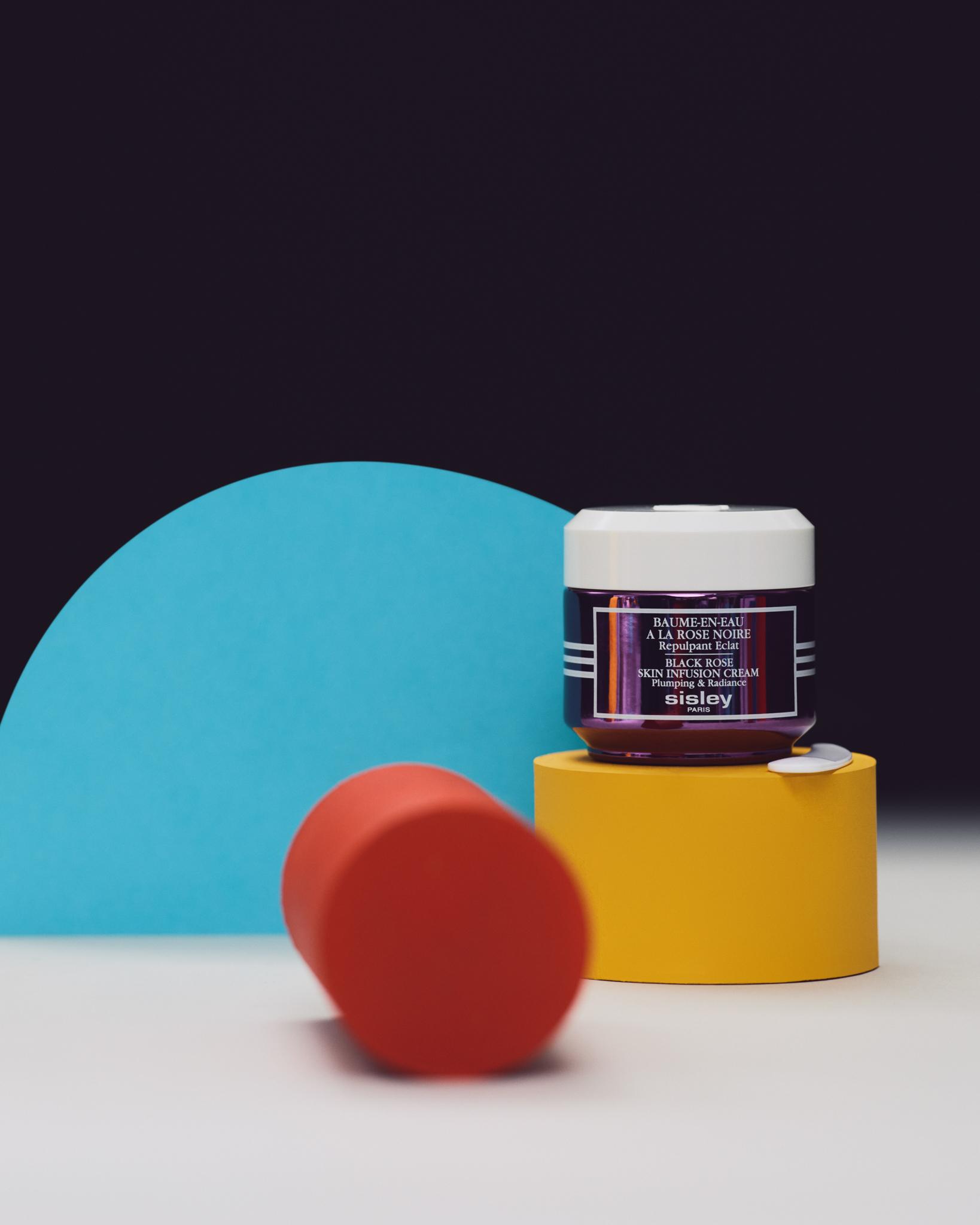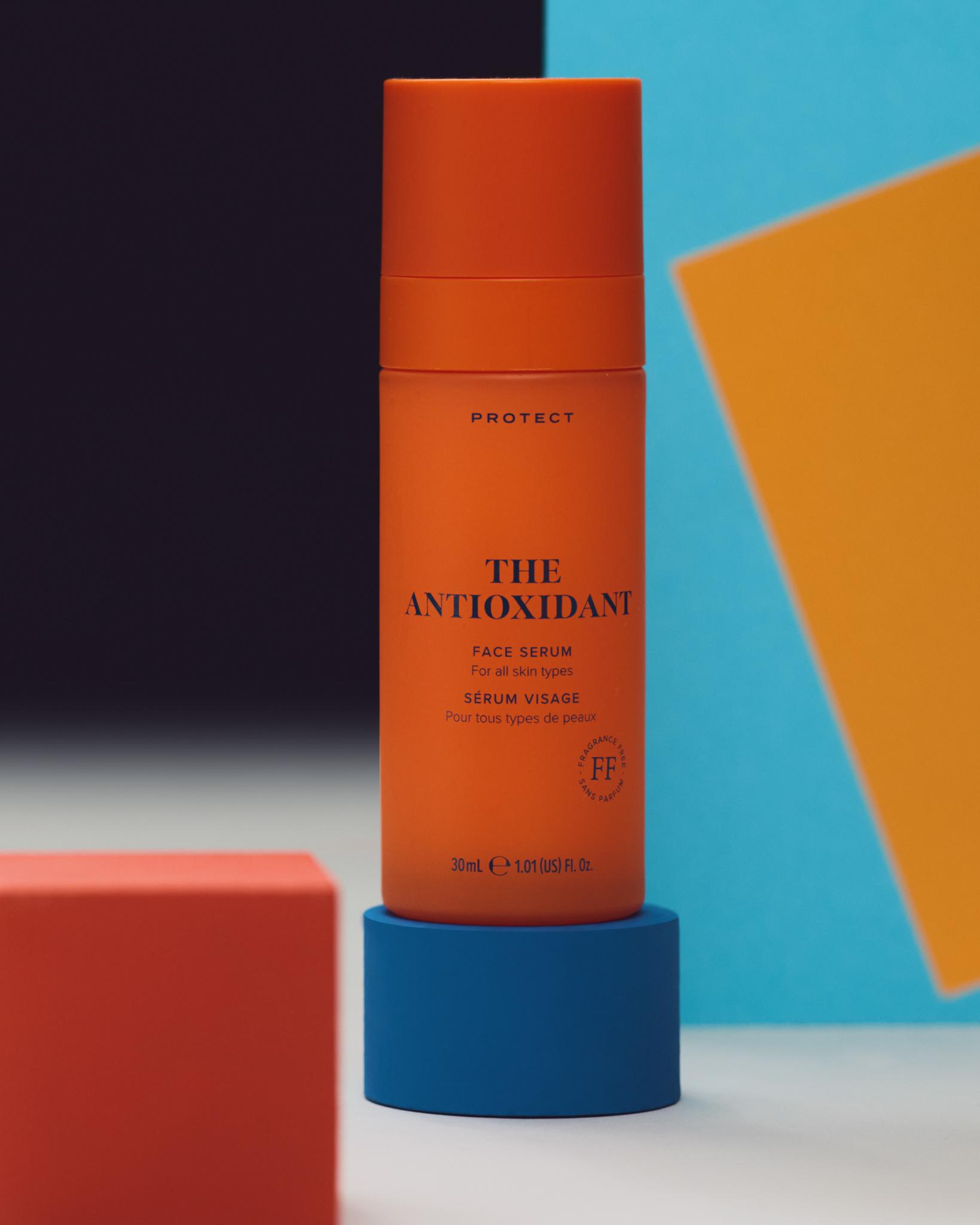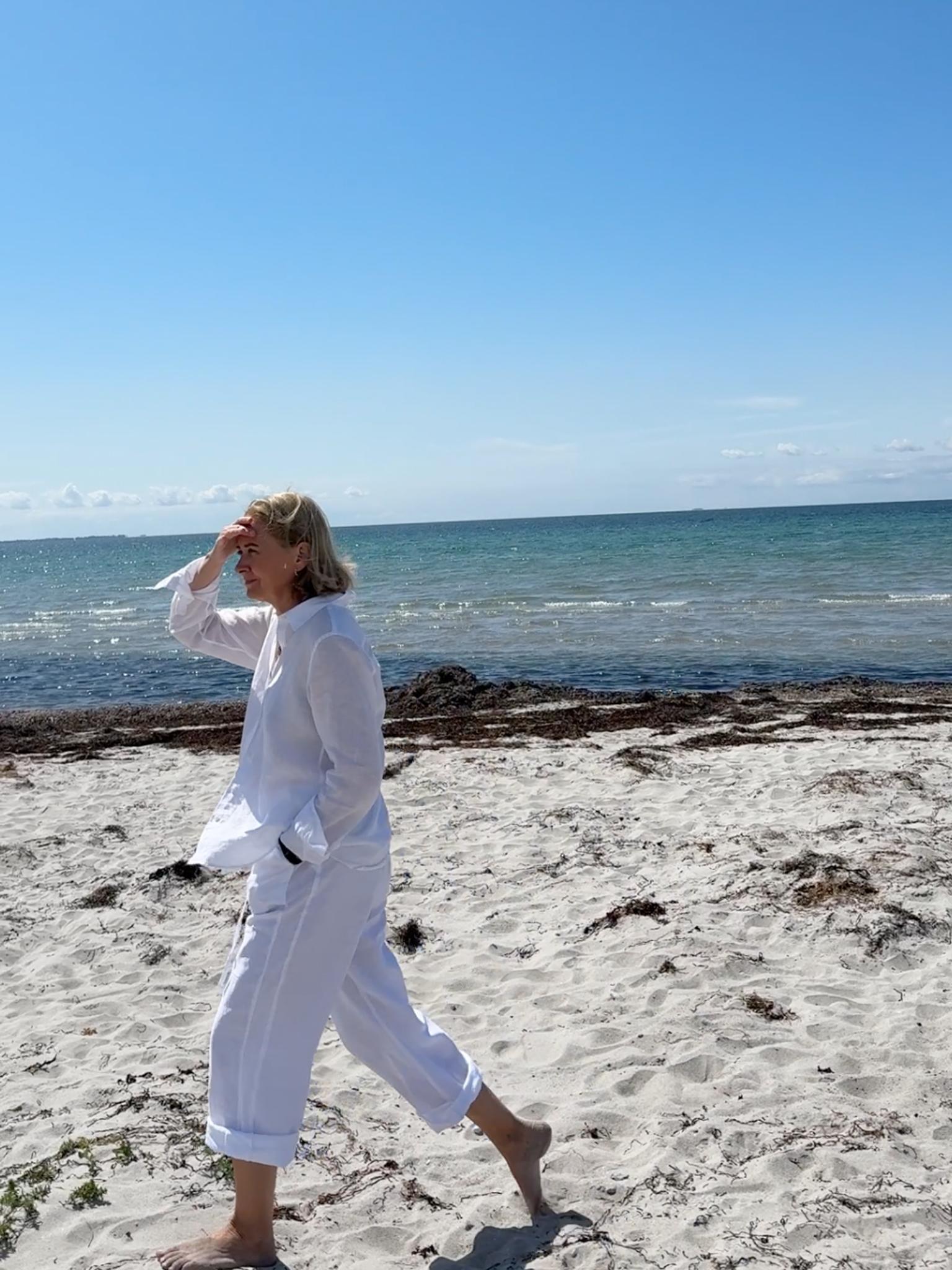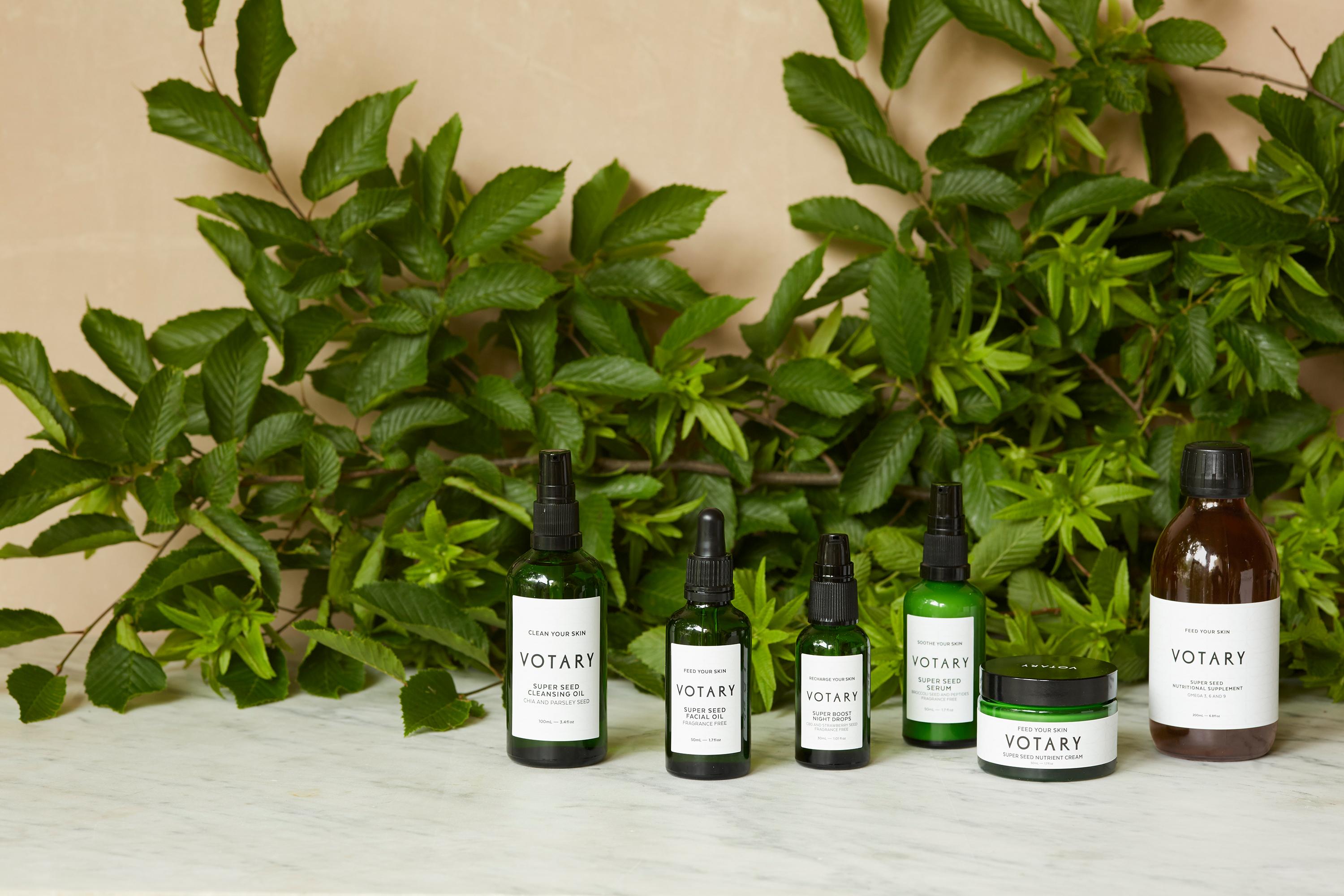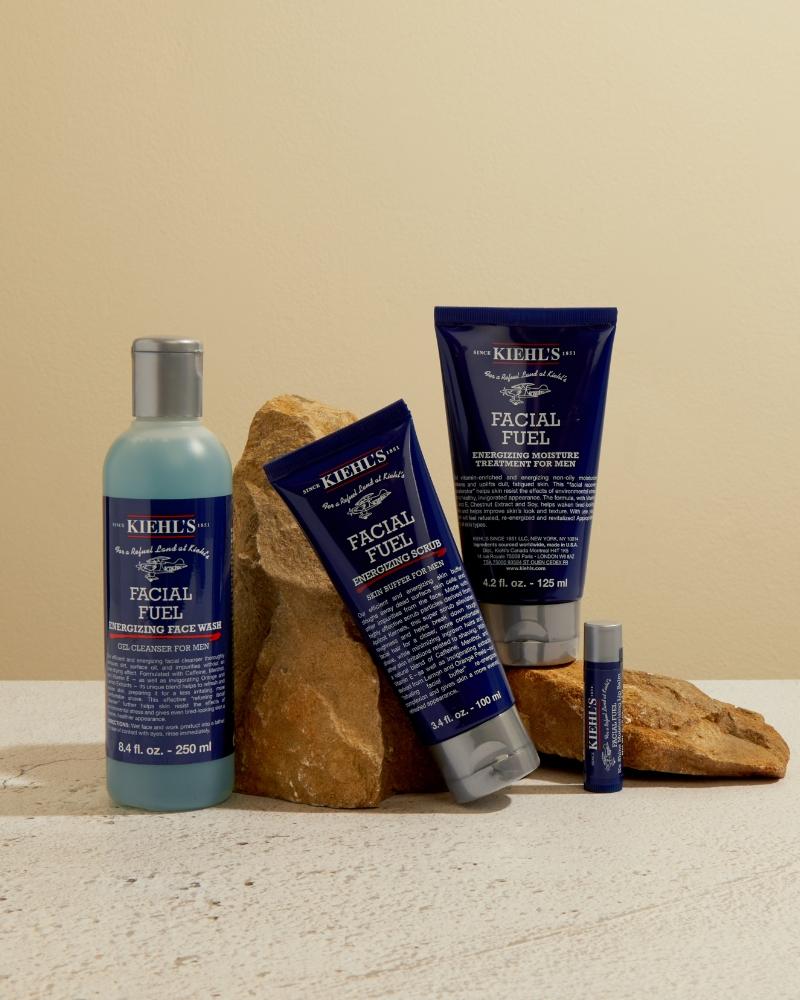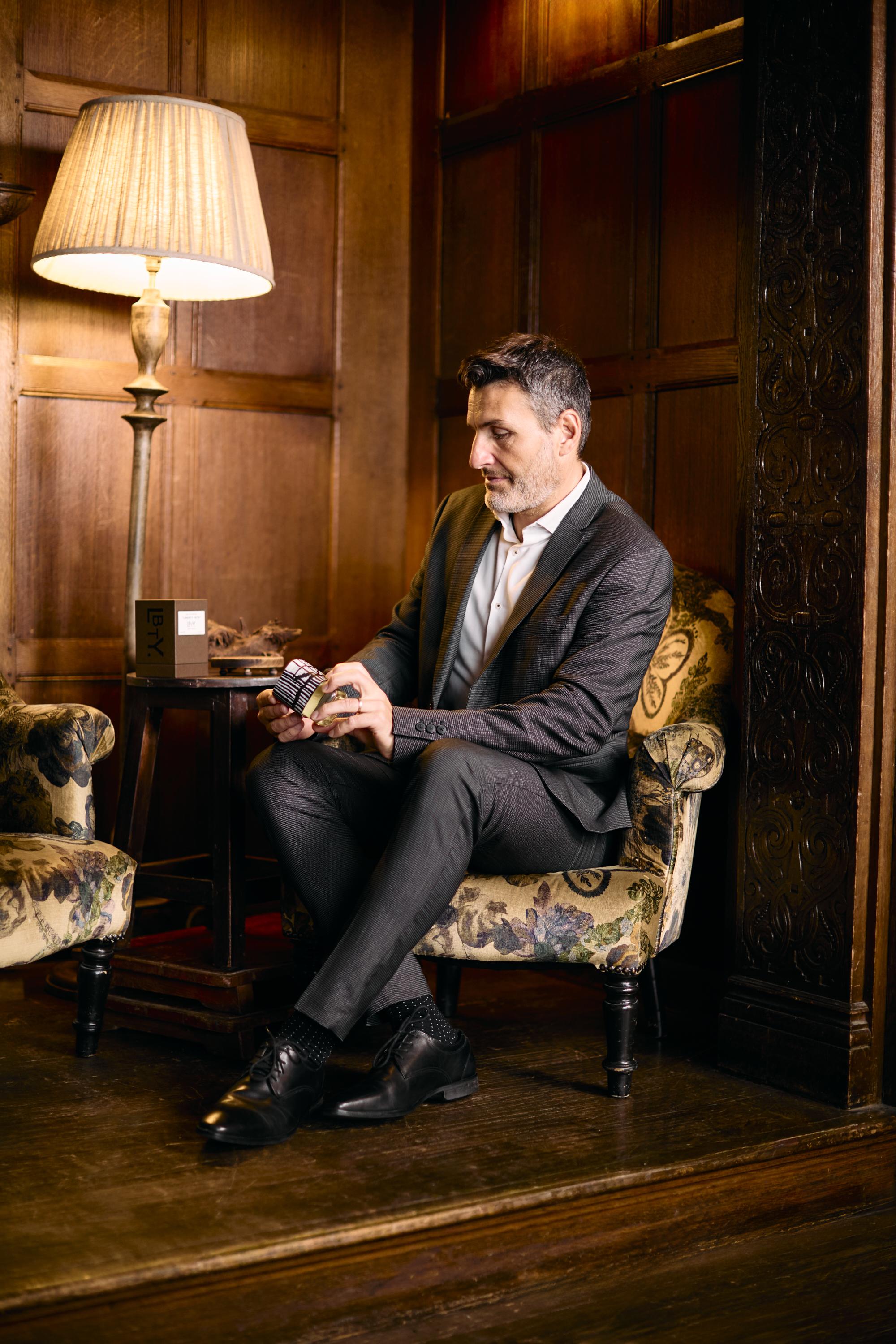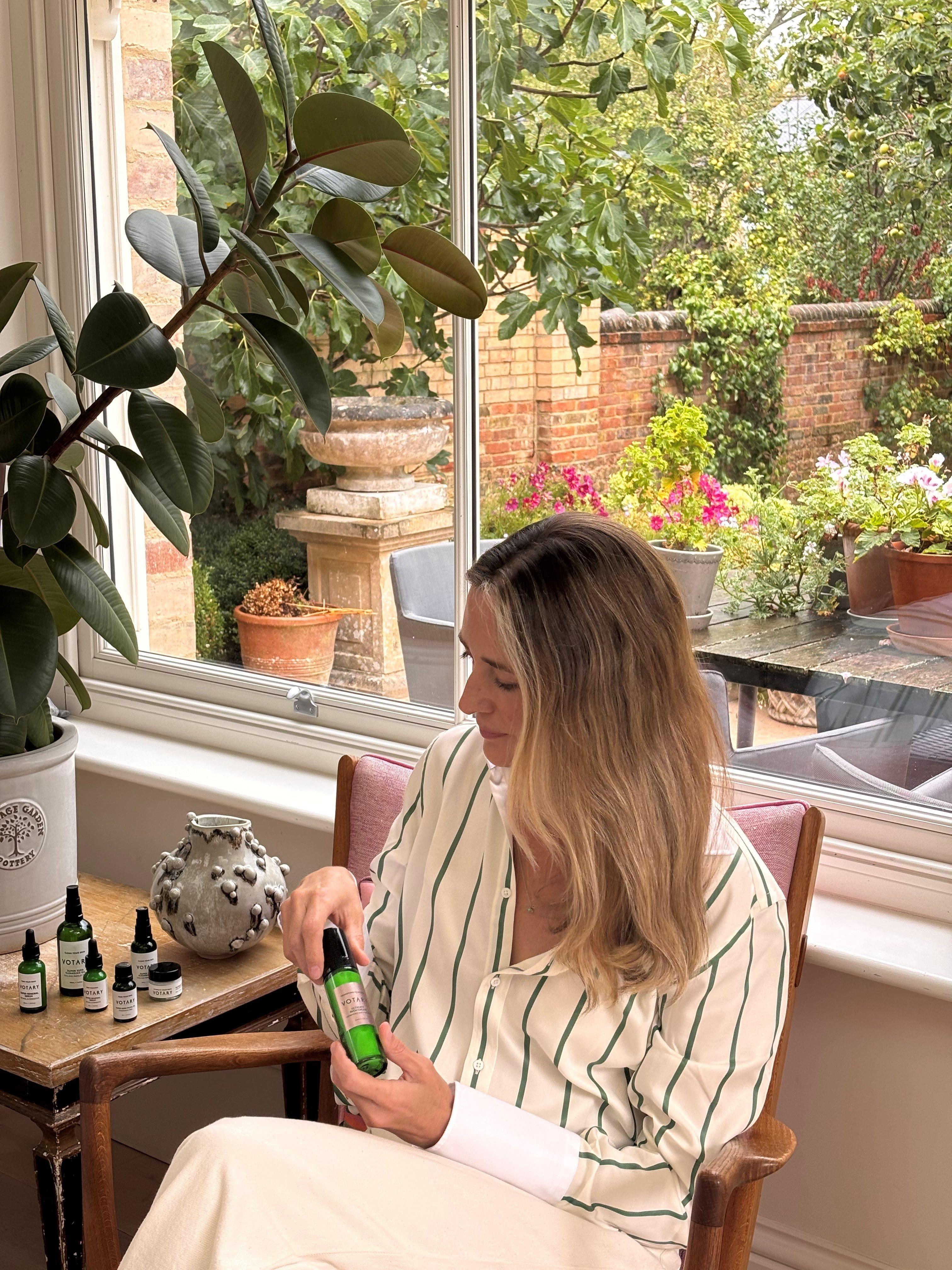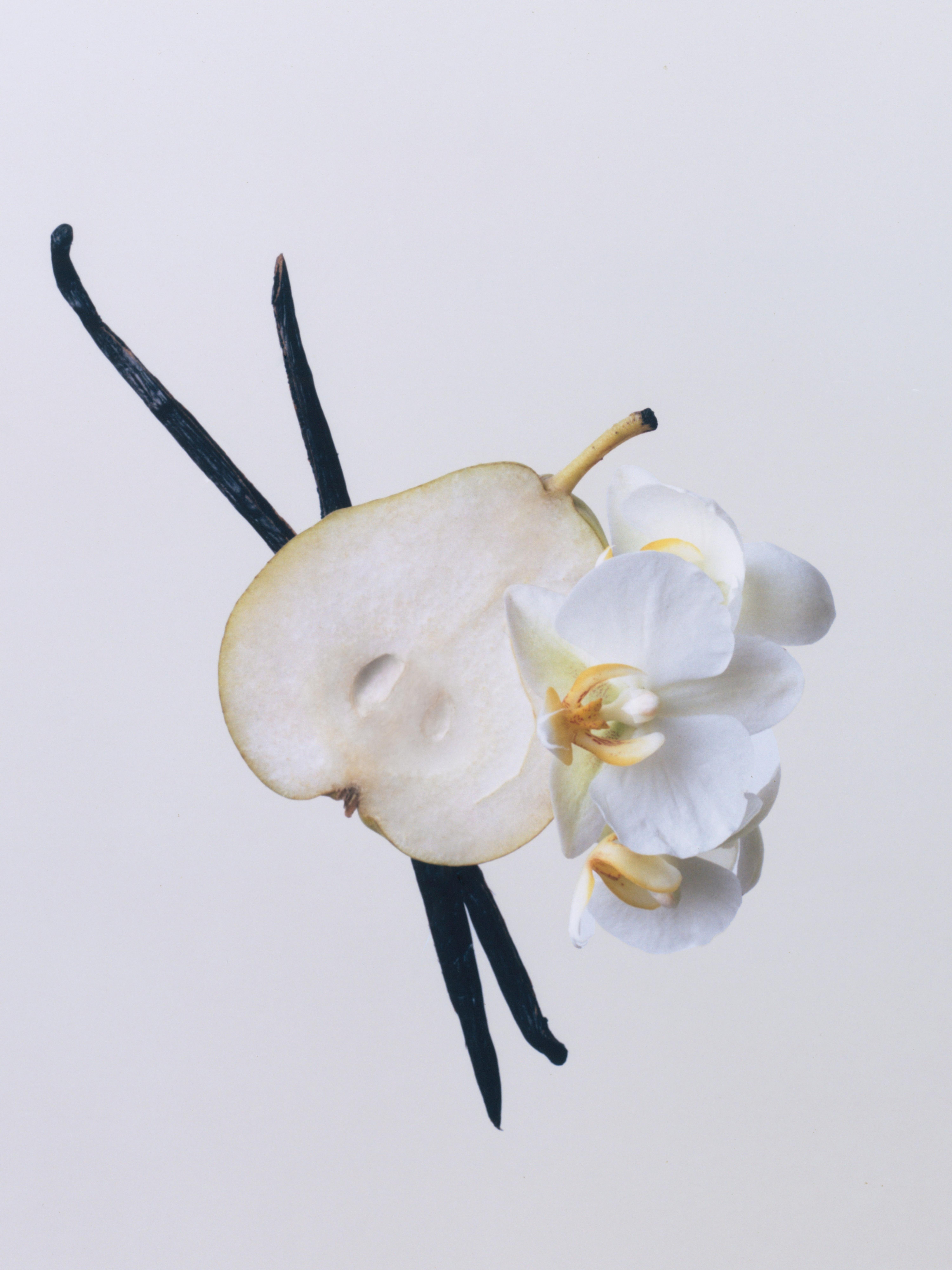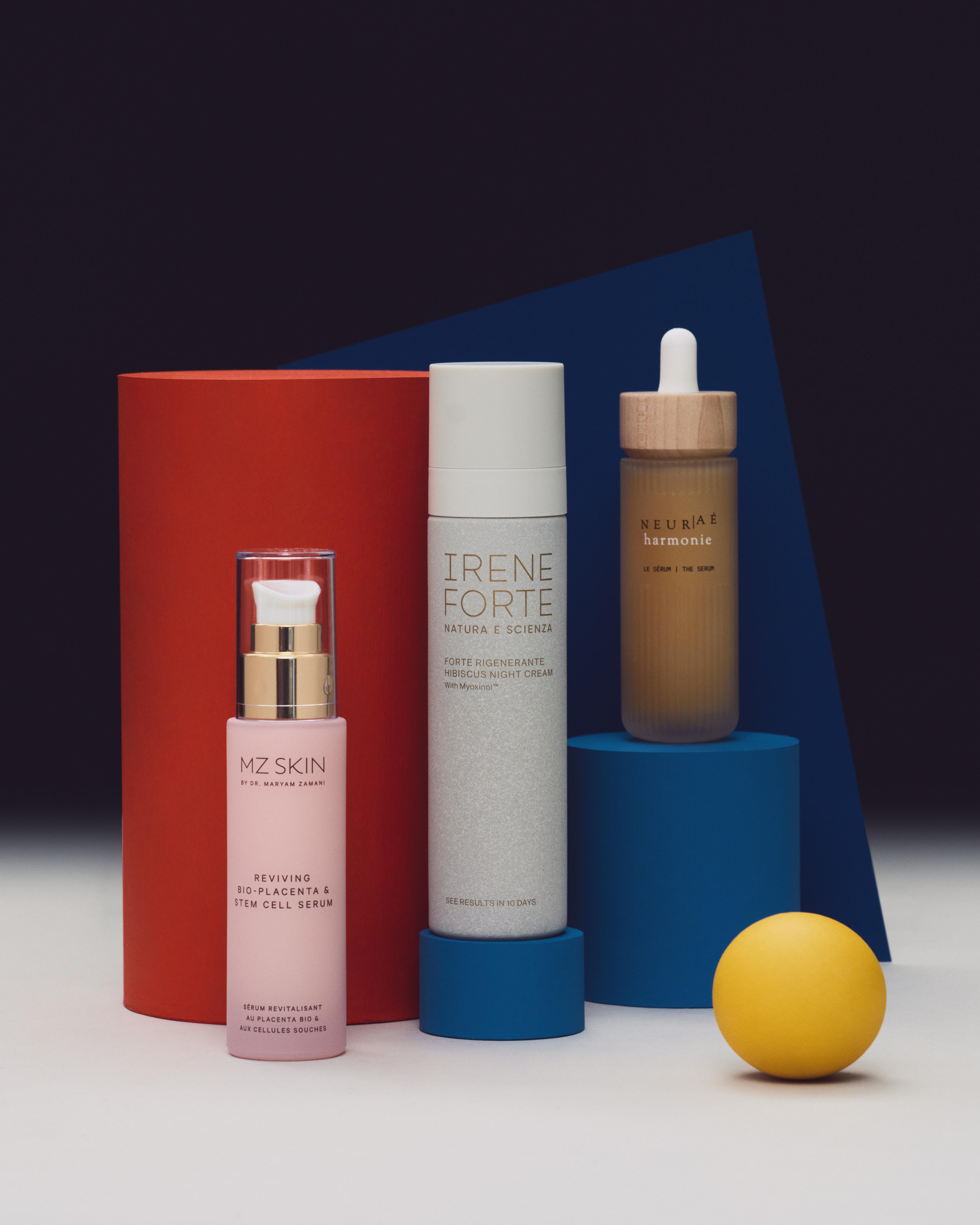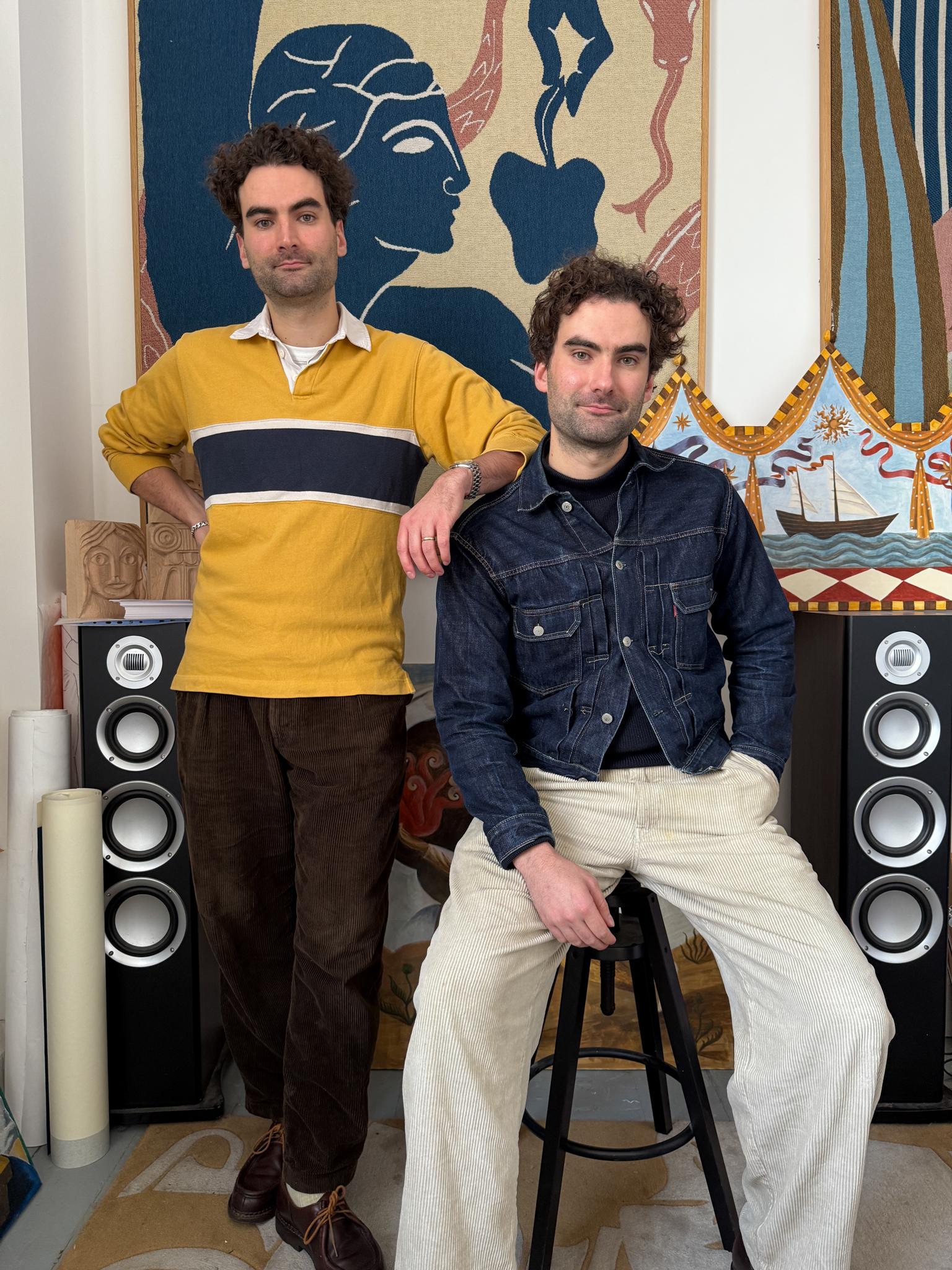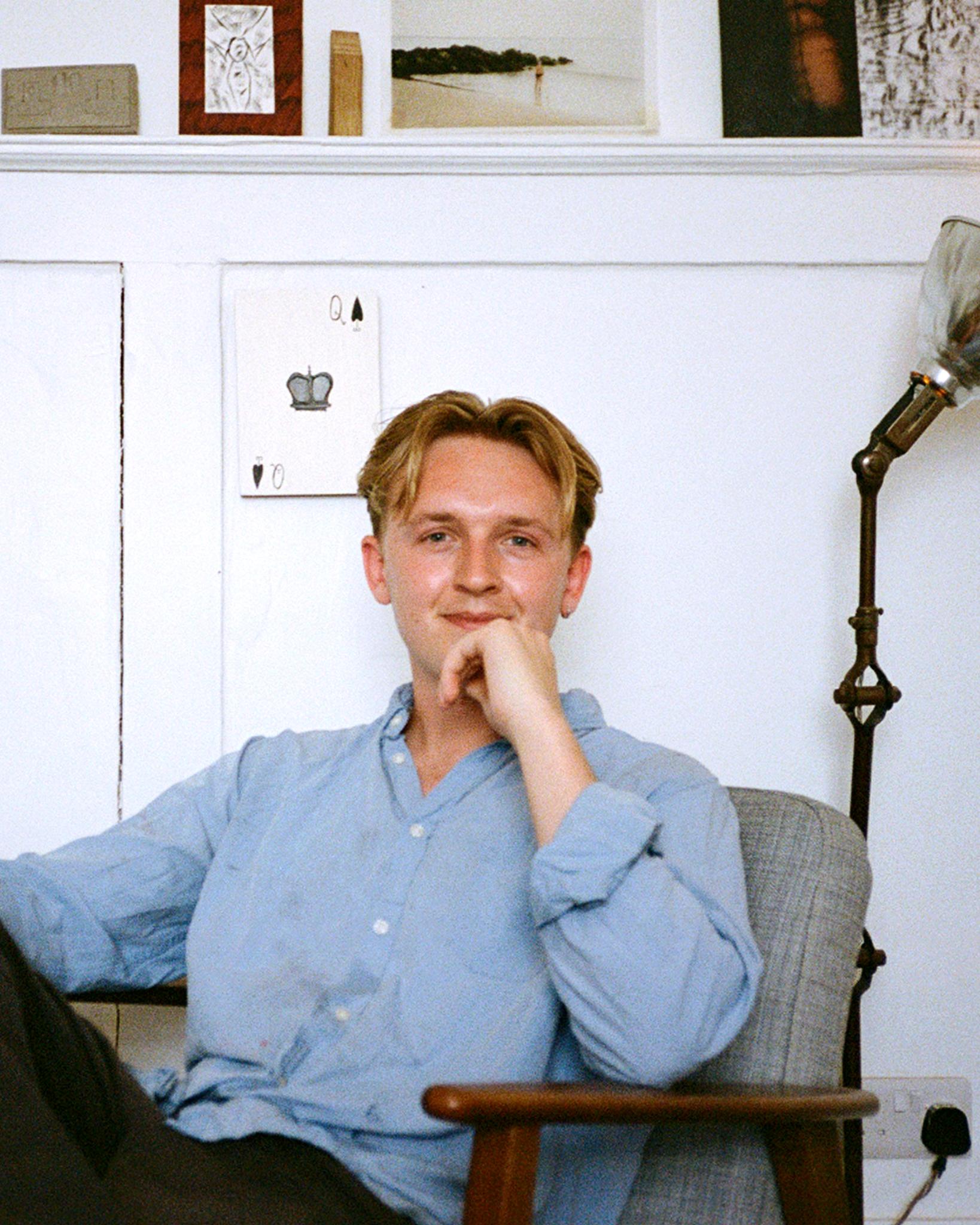
Inspired by LBTY: Tudor by George Richardson
A story of scent, memory and material meaning for Liberty LBTY. Fragrance's woody, bohemian scent
Read more

Inspired by LBTY: Tudor by George Richardson
A story of scent, memory and material meaning for Liberty LBTY. Fragrance's woody, bohemian scent
By: Team LibertyInterview by George Serventi
A deep-rooted passion for artistic expression lies at the heart of Liberty, from the Tudor foundations of our store upwards and outwards. The exquisite world of Liberty’s LBTY. Fragrance is no exception, guided by a passion for creativity and collaboration, celebrating history and heritage with an eye to the future.
And what better way to explore the intricacies of the Liberty’s LBTY. Fragrance collection than by continuing our close collaboration with the creative world? We’re tasking a series of contemporary creatives with reimagining each scent through their unique artistic media as part of our Inspired by LBTY. series.
Sculptor George Richardson’s practice is guided by materiality. That is, whatever his chosen media, be it wood, metal or even soap, the emotional resonance and memory imbued in the material is carried through to the final creation.
Now based at London’s renowned Sarabande Foundation, his studies took him to Central Saint Martins, The Slade School of Fine Art and the Pratt Institute in New York, where he honed his fascination with reinterpreting the everyday.
For his creation inspired by Liberty LBTY. Fragrance’s Tudor , entitled It’s Not the Grey That Hurts, It’s Wishing for Blue, Richardson looked to Liberty’s Tudor flagship – which also inspired perfumer Pierre Negrin in his creation of the scent. The resulting artwork, crafted from soap scented with Tudor, shows a snapshot of Liberty’s Tudor heritage, a leaded, stained-glass window.
Here, he speaks to Liberty’s George Serventi, to share the process and inspirations behind his unique creation.
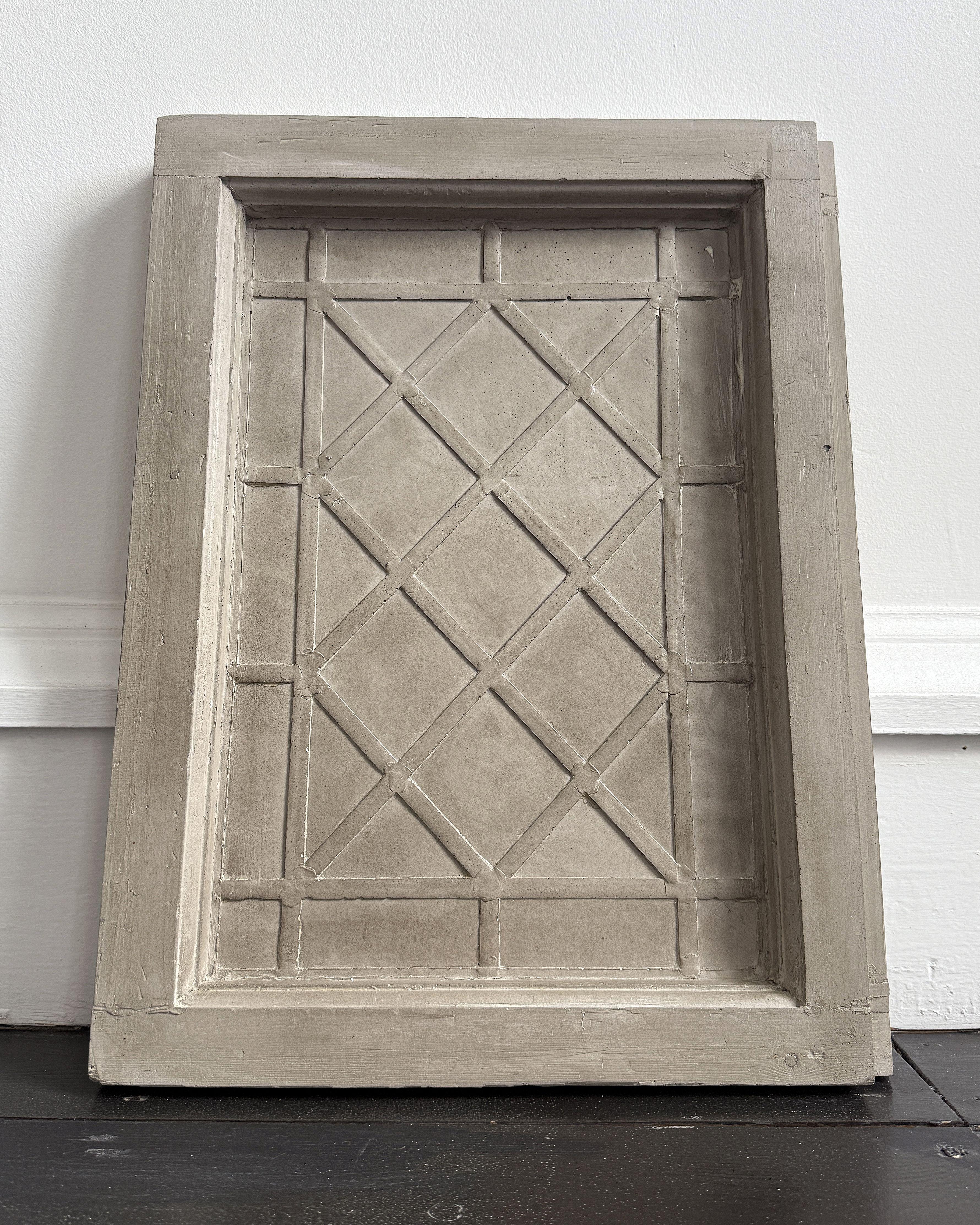
Tudor by George Richardson
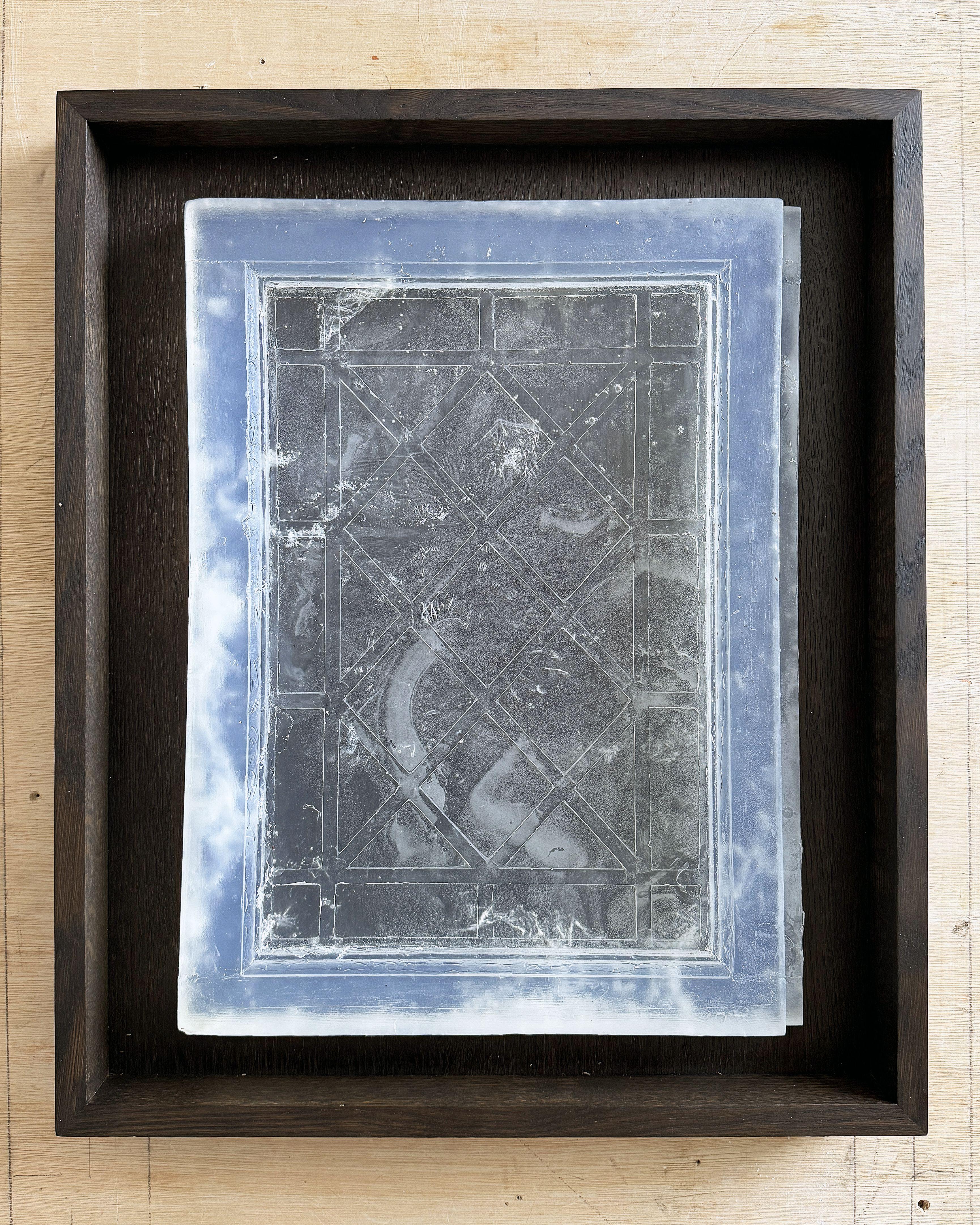
Can you describe your work and your style? Why do you do what you do?
I’m a sculptor, working out of my studio at the Sarabande Foundation. My style is quite varied: I work across a lot of different materials and mediums, and I like the idea of being guided by what I’m using. I don’t believe there are any neutral decisions in sculpture. Every material carries a different consequence or emotional resonance. I try to be a conduit for those ideas to come to life.
I work with concrete, wood, soap. Each material relates to time and memory differently. I'm really tuned in to asking: how do I deal with this material? Often the material gives you its own limitations. My practice involves listening, not just to the idea, but to what the material tells me. I do a lot of casting, wood bending, carving. My studio is like a mad laboratory. I’ve always got more ideas than I have time.
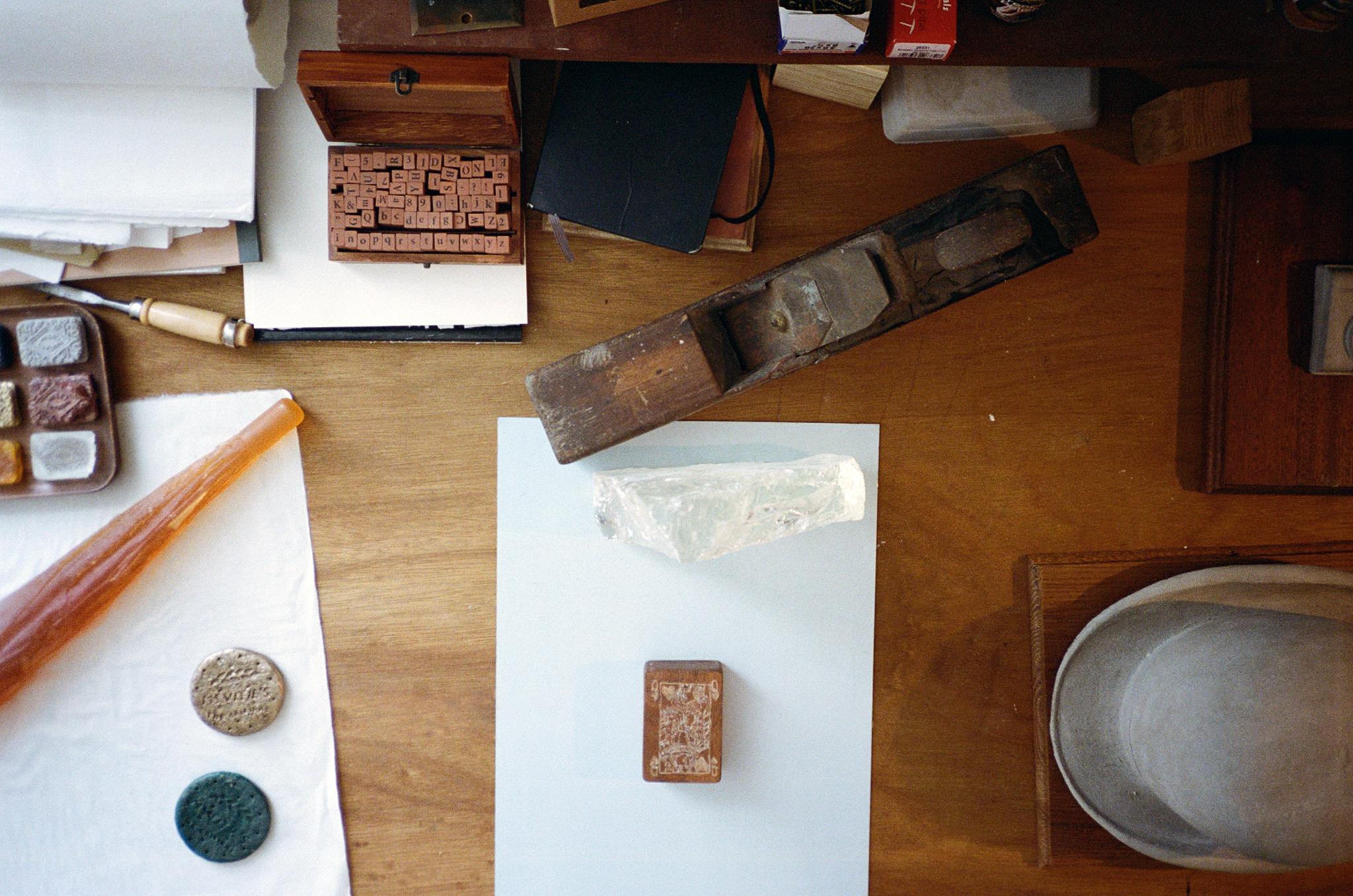
So the studio and workshop are equally important?
Absolutely. There’s a kind of harmony between the two. But a lot of my work starts outside the studio. Many pieces come from everyday life, reimagined or recontextualised objects from the real world. It might be a cast stained-glass window, or a hat stand bent like a figurative portrait, or wooden curtains. That shift in material or form allows the work to question the world it inhabits.
Sculpture is inherently confrontational. It just is. Like meeting a tree, it confronts you, and you meet yourself in it. Some materials are more confrontational than others. Polished bronze reflects you, concrete absorbs light. My practice is quite varied, but sculpture is how I understand the world. It's obsessive. It’s not about one area or method. It’s a continual act of understanding, often with a surreal twist. For example, I might exaggerate a frame until it's just framing absence.
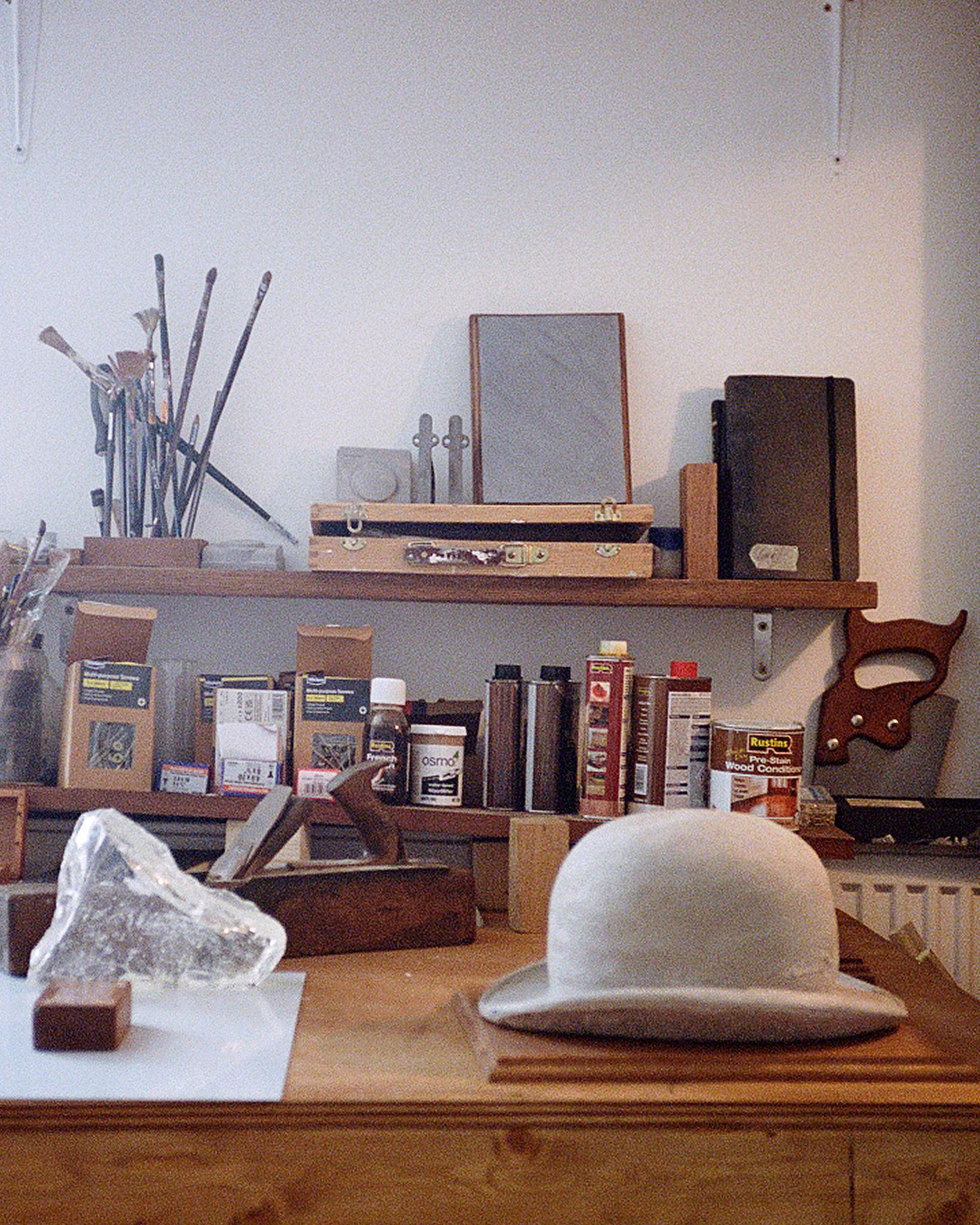
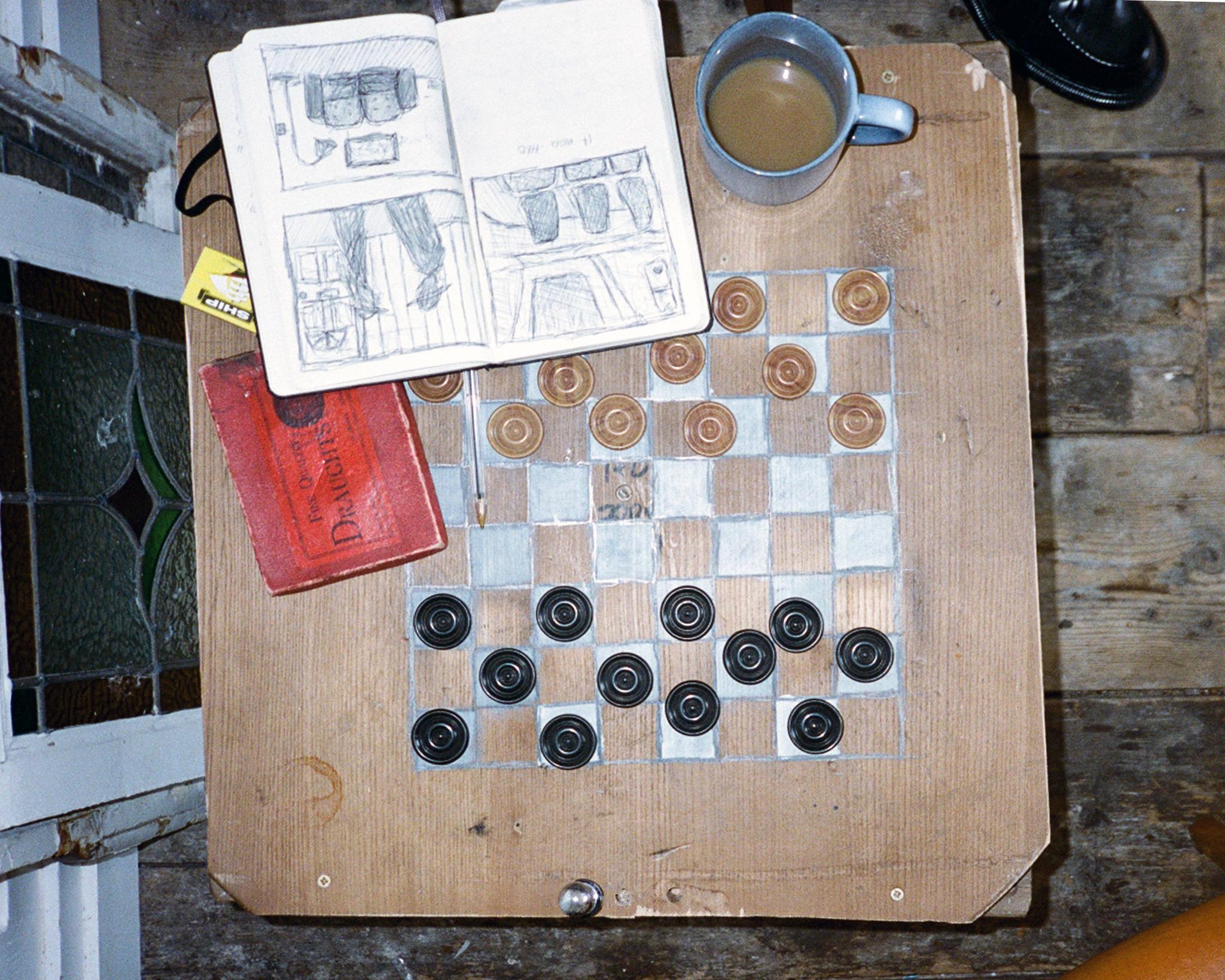
When did you first start thinking of yourself as a sculptor?
It’s an interesting moment when you give yourself that title. Many of us live hybrid lives, with part-time jobs. But I’ve realised I’m a sculptor all the time. Even on the commute, I’m doing my job. It’s empowering, to know this is what I’m here to do, what I’ll do to my last day. It’s taken me a few years to allow myself that licence.
When I was younger, I was creative but repressed it. Then I moved to London, studied at Central Saint Martins, then went to New York to study sculpture. The American system really suited me. It was focused and intense, like New York itself.
Have you always worked in sculpture?
No, actually. For about two years after my BA, I only made paintings. I had a great studio but felt I wasn’t being honest with myself. The itch to make sculpture was always there. But sculpture is hard, especially in London. It’s expensive, impractical, which makes it kind of perfect.
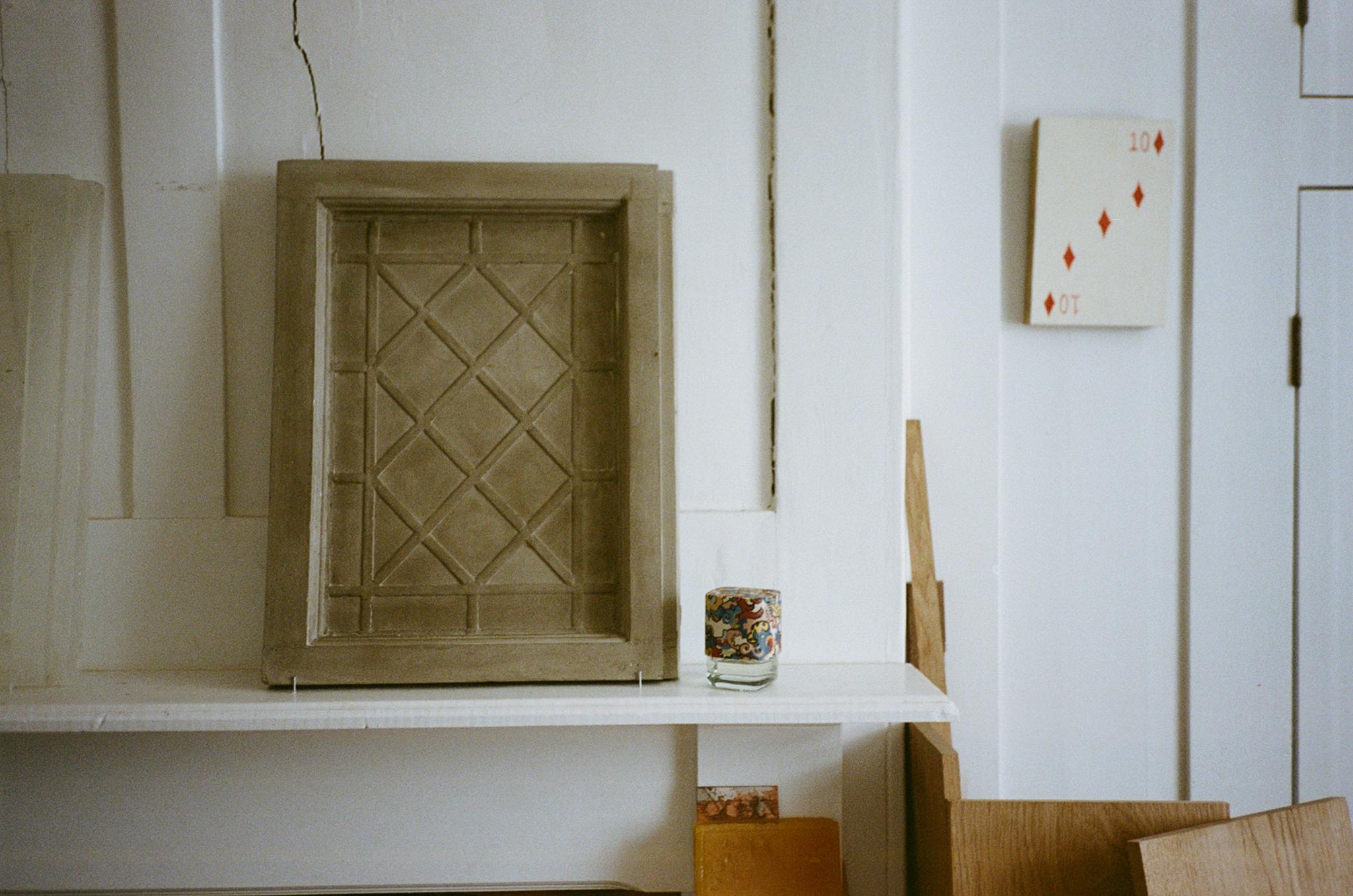
Has your family background in craftsmanship influenced your work?
My mum’s a hairdresser, but my dad’s side, they were clockmakers, blacksmiths in Cheshire. A lot of makers. I like to think something carries through, not just working with materials, but with time.
I’m obsessed with how materials hold time. Wood grain, for example. My ancestors made clocks, many are still in churches around Cheshire. They’re gone, but the things they made aren’t.
That’s a profound thing, making something that outlives you. But I also work in soap, because I like temporariness too. Not everything is meant to last. Sometimes, beauty is in the fact that something will disappear.
Let’s talk about your new work inspired by Liberty LBTY. Fragrance's scent Tudor. What is it called?
The piece is titled It’s Not the Grey That Hurts, It’s Wishing for Blue. It references that all-too-familiar English grey sky, but more than that, it’s about longing and desire.
The Tudor inspiration came from the Liberty building itself, particularly the mock-Tudor architecture. Sculpturally, “mock-Tudor” is fascinating. It relies on a collective memory — the black beams, white contrast, concrete supports. I took those symbols quite directly. There are two windows, one in soap, one in concrete, both cast from a Tudor-style stained glass window with that familiar diamond lead pattern.
I was really interested in what happens when the window is removed from function. It just becomes a pattern. And then you deal with its fault. It’s no longer a window, just form and memory.
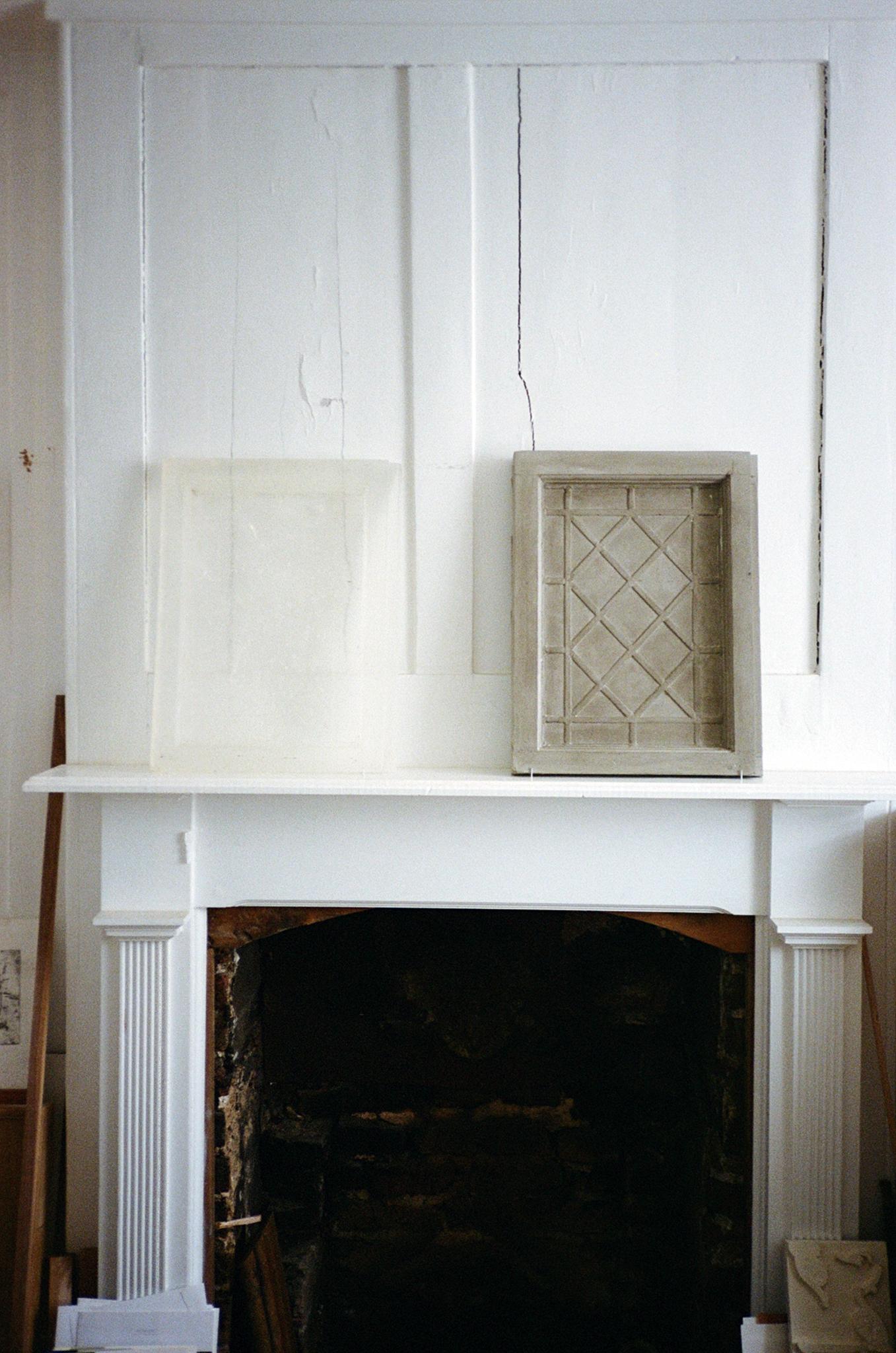
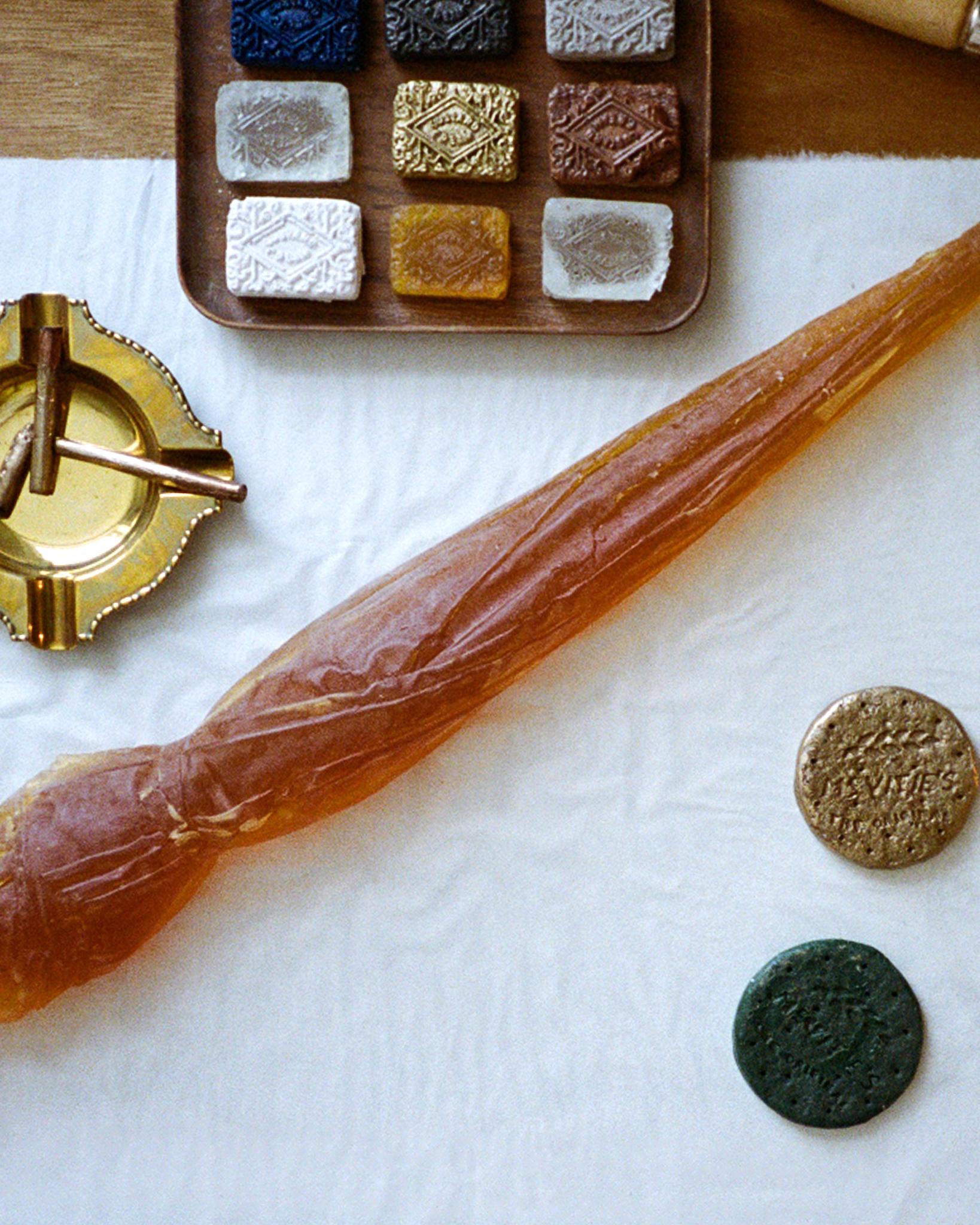
Tell us about the scent itself.
The Tudor fragrance is very woody: warm, soft, slightly nostalgic. When I first smelled it, I was immediately reminded of a timber yard. It was oddly familiar. I’m in the workshop a lot, so those wood notes were very evocative. We actually infused the scent into the sculptures, so it’s embedded throughout. At every stage – the silicone, the casts – it’s there.
This is the first time I’ve ever scented a concrete sculpture. The soap cast absorbs it beautifully too. I’d love to bring scent into my work more. It’s such an overlooked sense in sculpture.
In past works, I’ve used scent to fill the room, to trigger memory. With Tudor, the scent feels like it’s part of the material. That makes sense for mock-Tudor architecture too. It smells how it looks.
How did you bring that scent to life in the process?
It started with restoring the window. I worked with a stained-glass maker in Tottenham. There was a lot of care at every stage, which I think is infectious. Then I built boxes to make silicone moulds. Casting varies with each material. It’s messy, chaotic, and unpredictable.
There’s this beautiful moment when you release the cast from the mould – like unwrapping a present. It’s addictive. With painting, the process is more gradual. With sculpture, especially mine, it doesn’t really “arrive” until that final reveal.
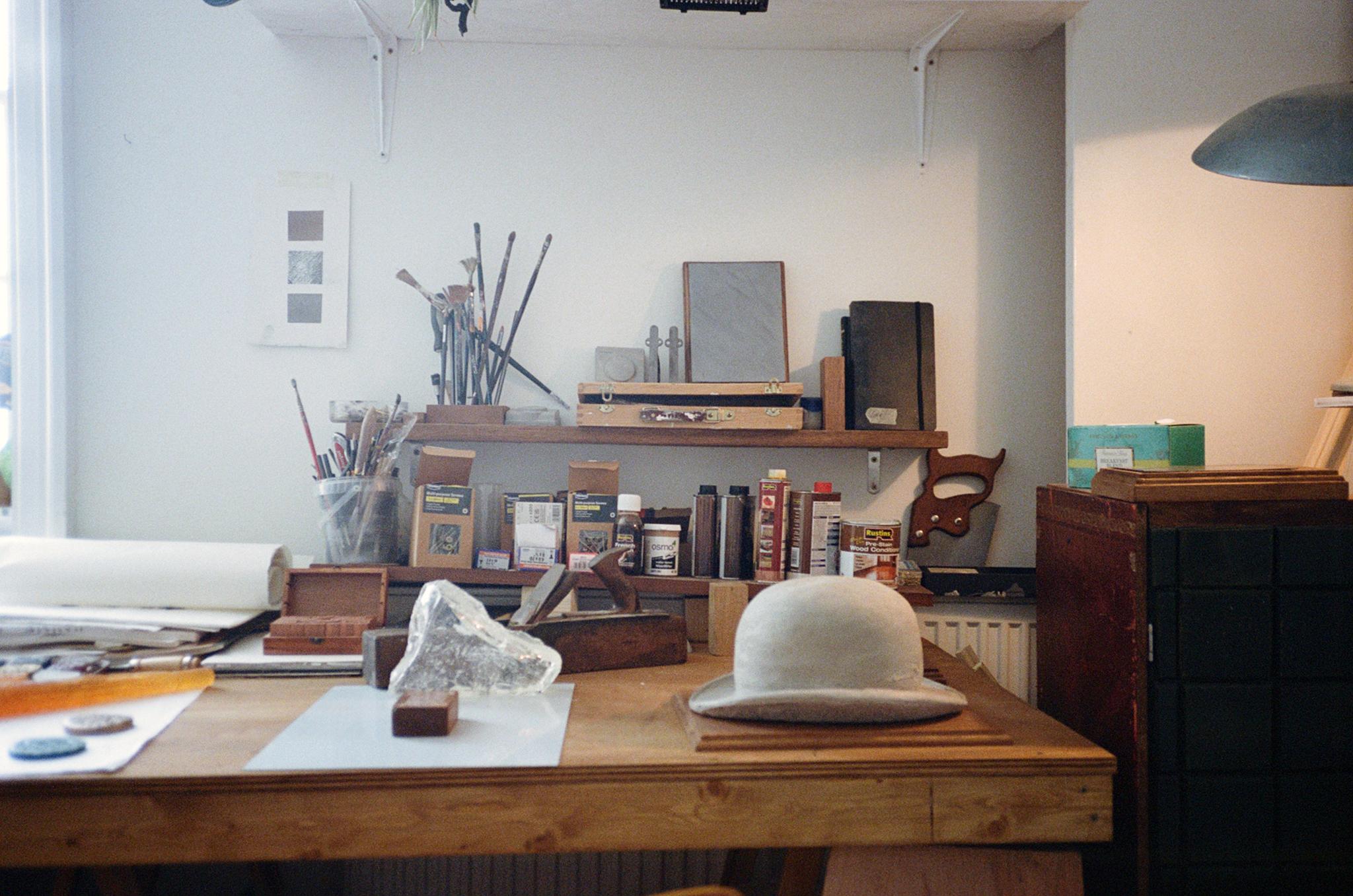
You’ve said before you enjoy problem-solving.
Absolutely. I get these ideas (usually on the Tube) and I just want them to exist. I’ll go to extreme lengths to realise them. That’s what sculpture is: extreme problem-solving. Like, how do I cast a window in concrete? How do I make it shine?
We’re in a time of image saturation. Sculpture resists that. It can’t be fully experienced in one image. I’m drawn to that. I like the idea of slowing things down, of encouraging reflection
There’s something quite fourth-dimensional about a scented sculpture…
Exactly. There’s always a side of a sculpture you don’t see. With scent, you add another dimension. You step into it. Everyone brings two invisible suitcases: memory and lived experience. Connection can happen unexpectedly. It’s often more powerful when you don’t know why something resonates.
There’s power in not fully understanding something. We live in a time where boredom is optional. Giving yourself time with an idea opens new connections.
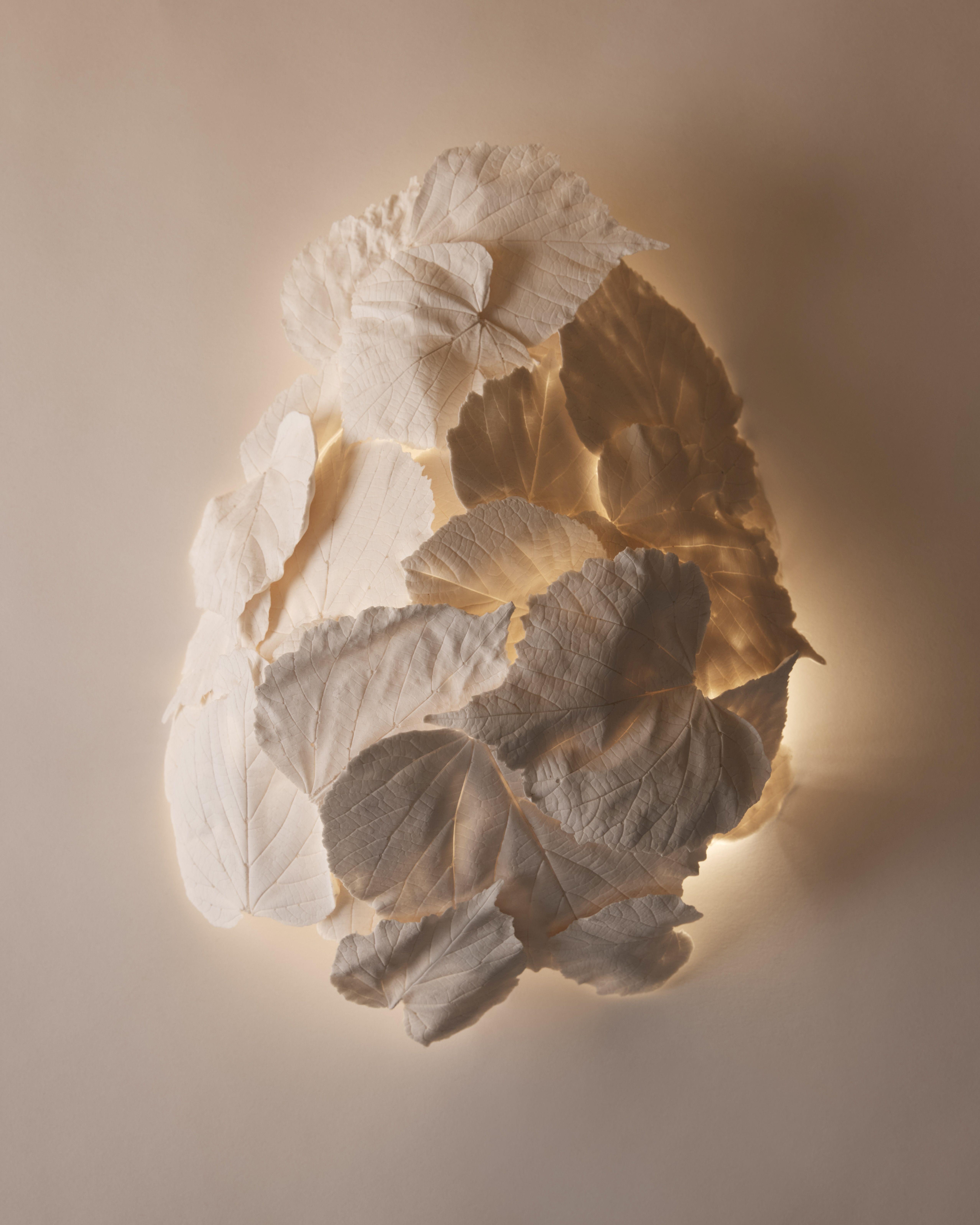
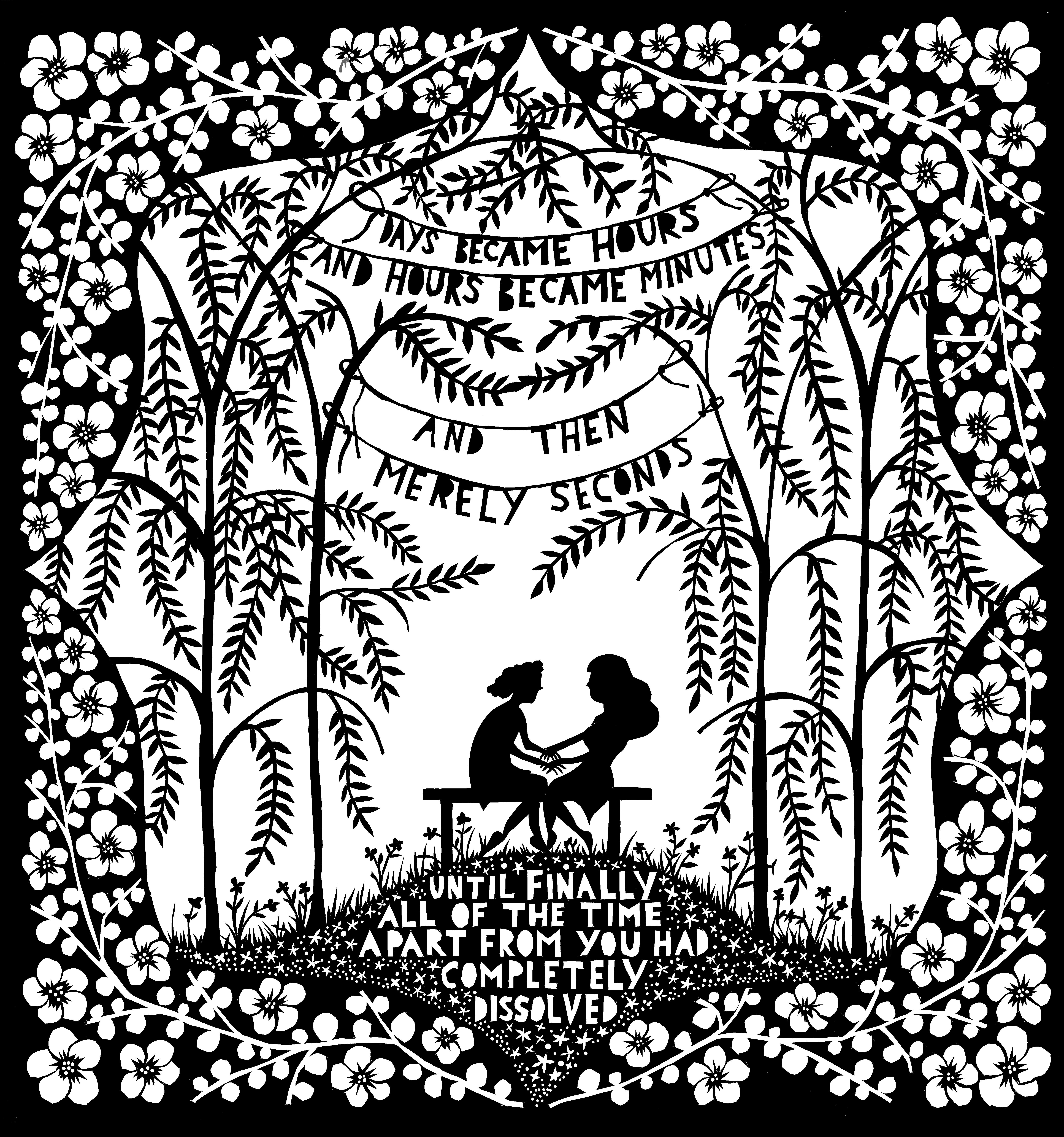
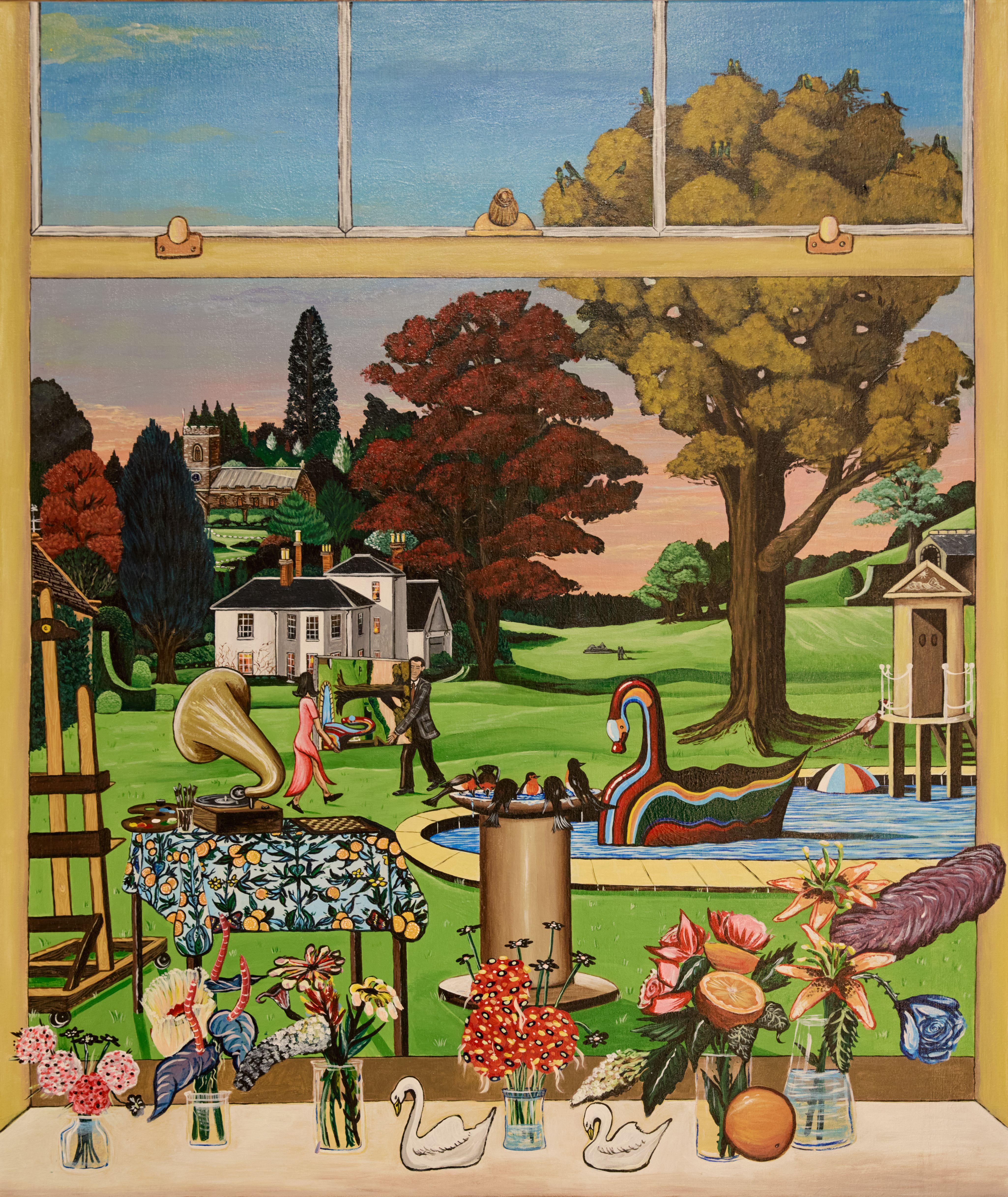
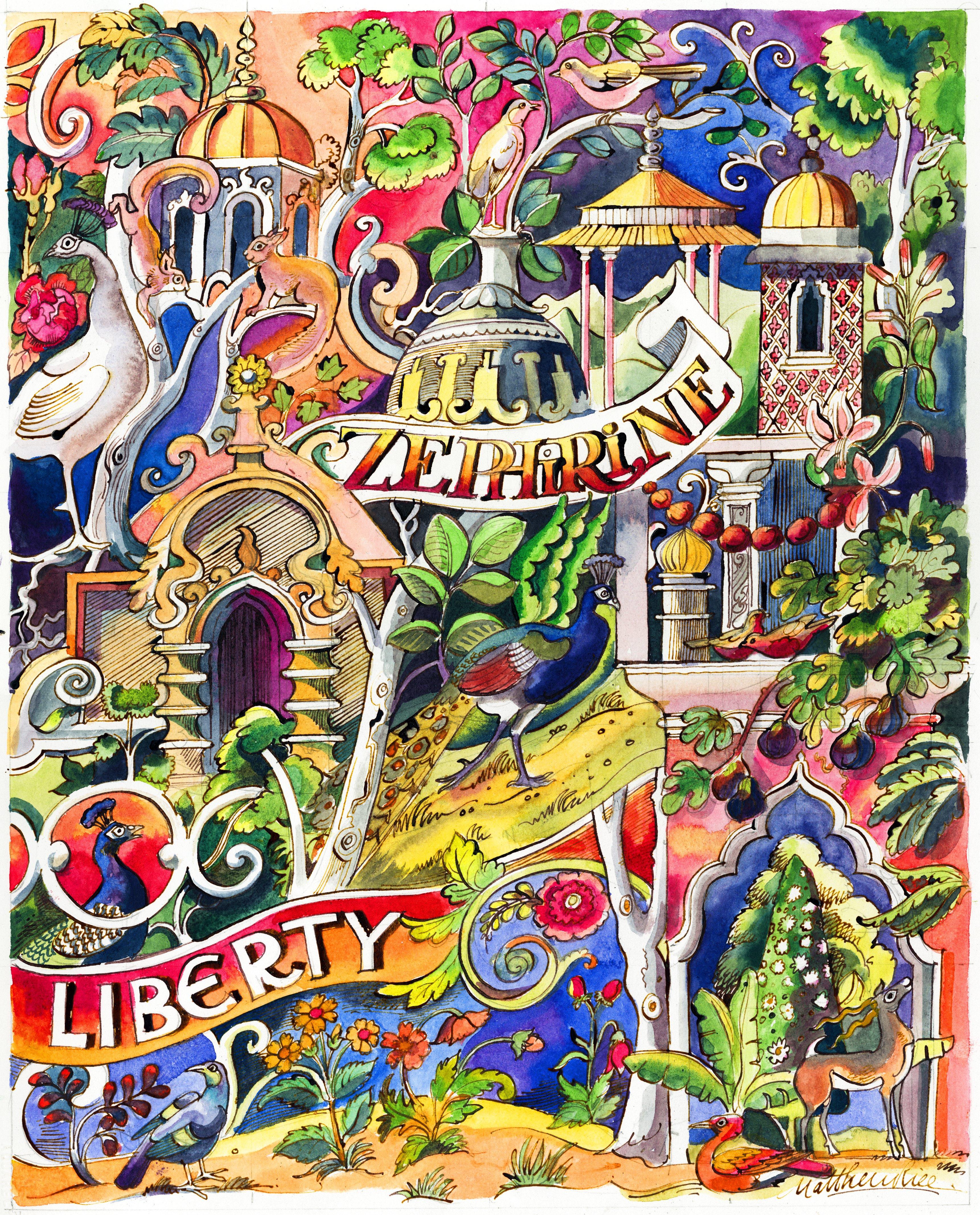
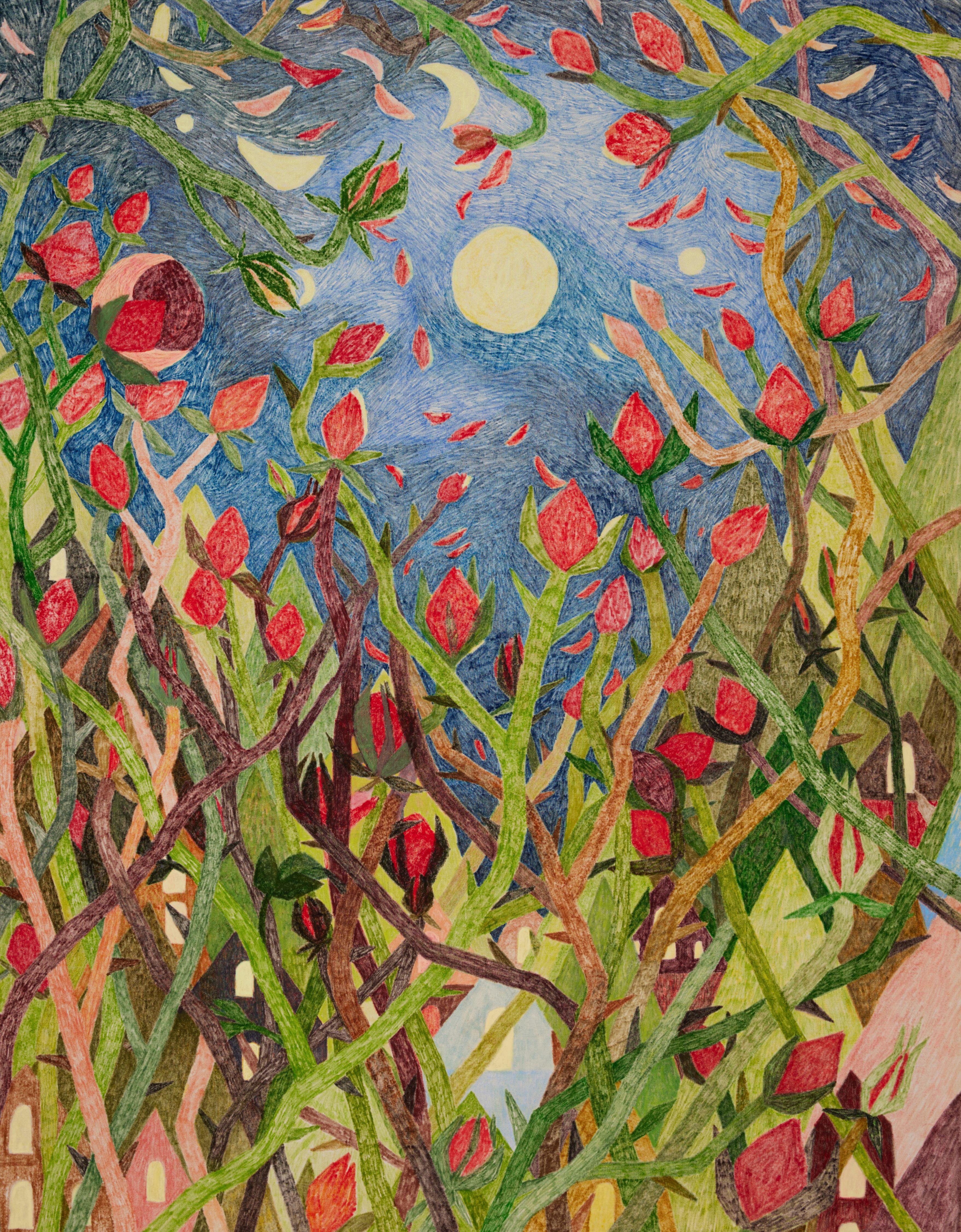
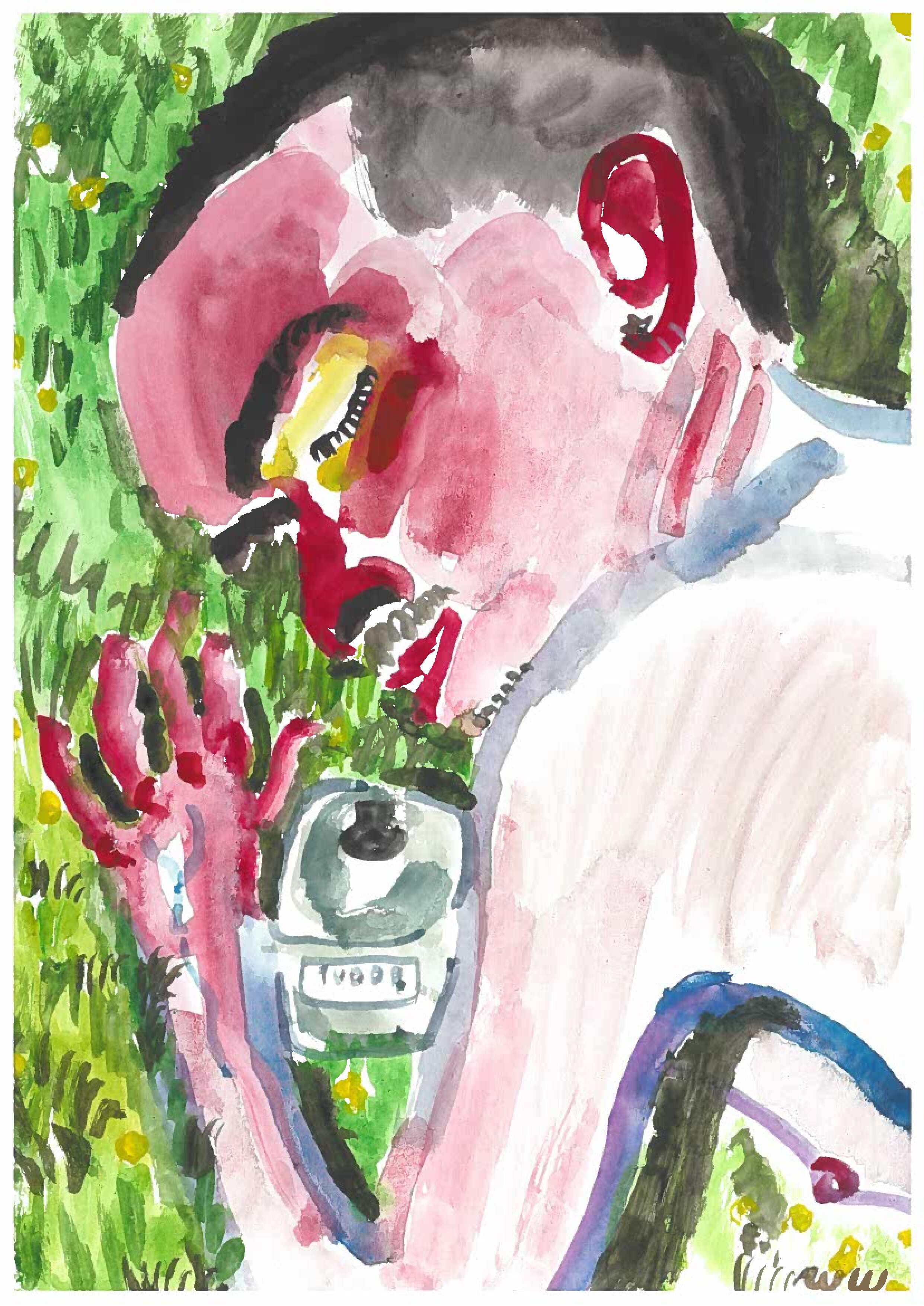
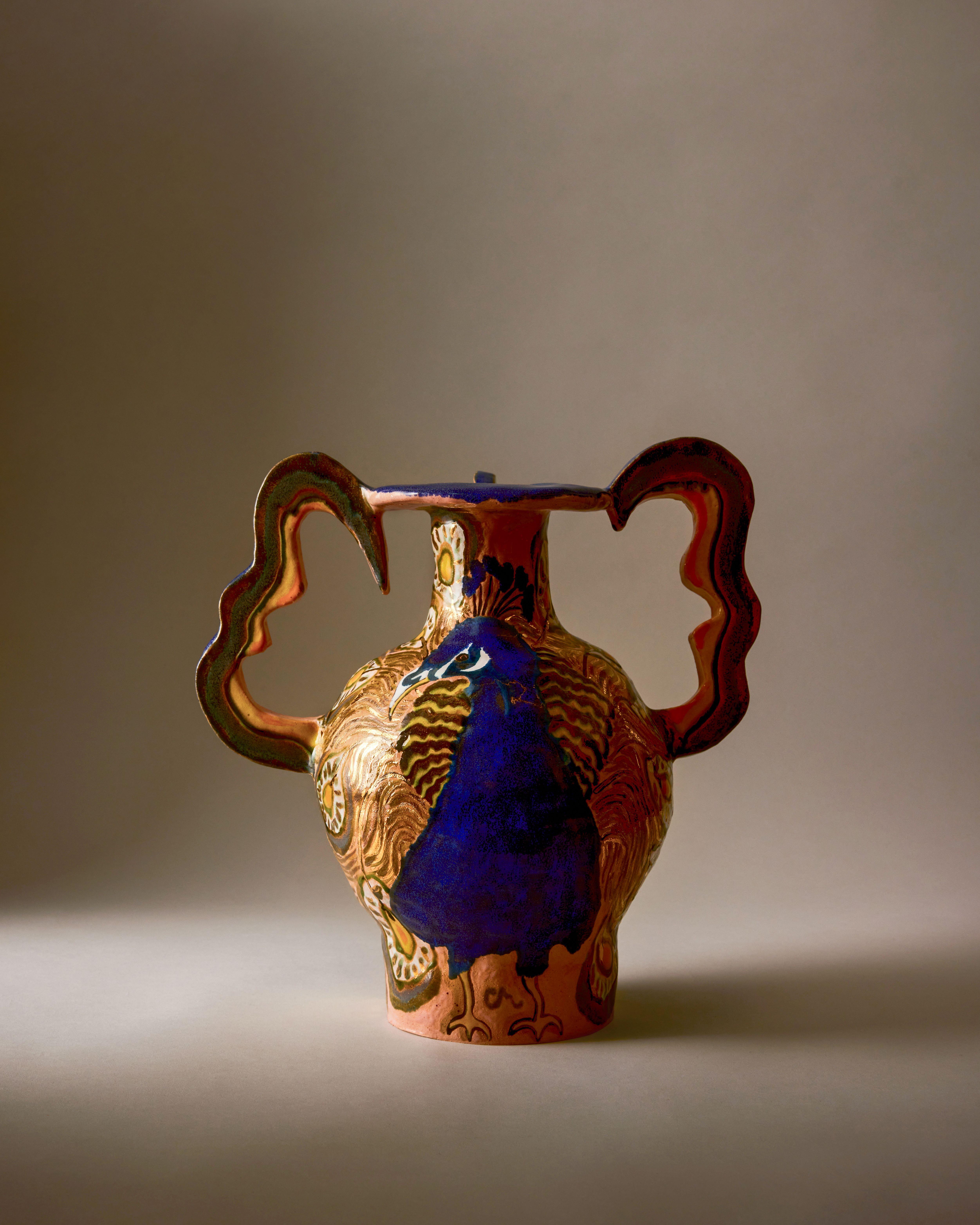
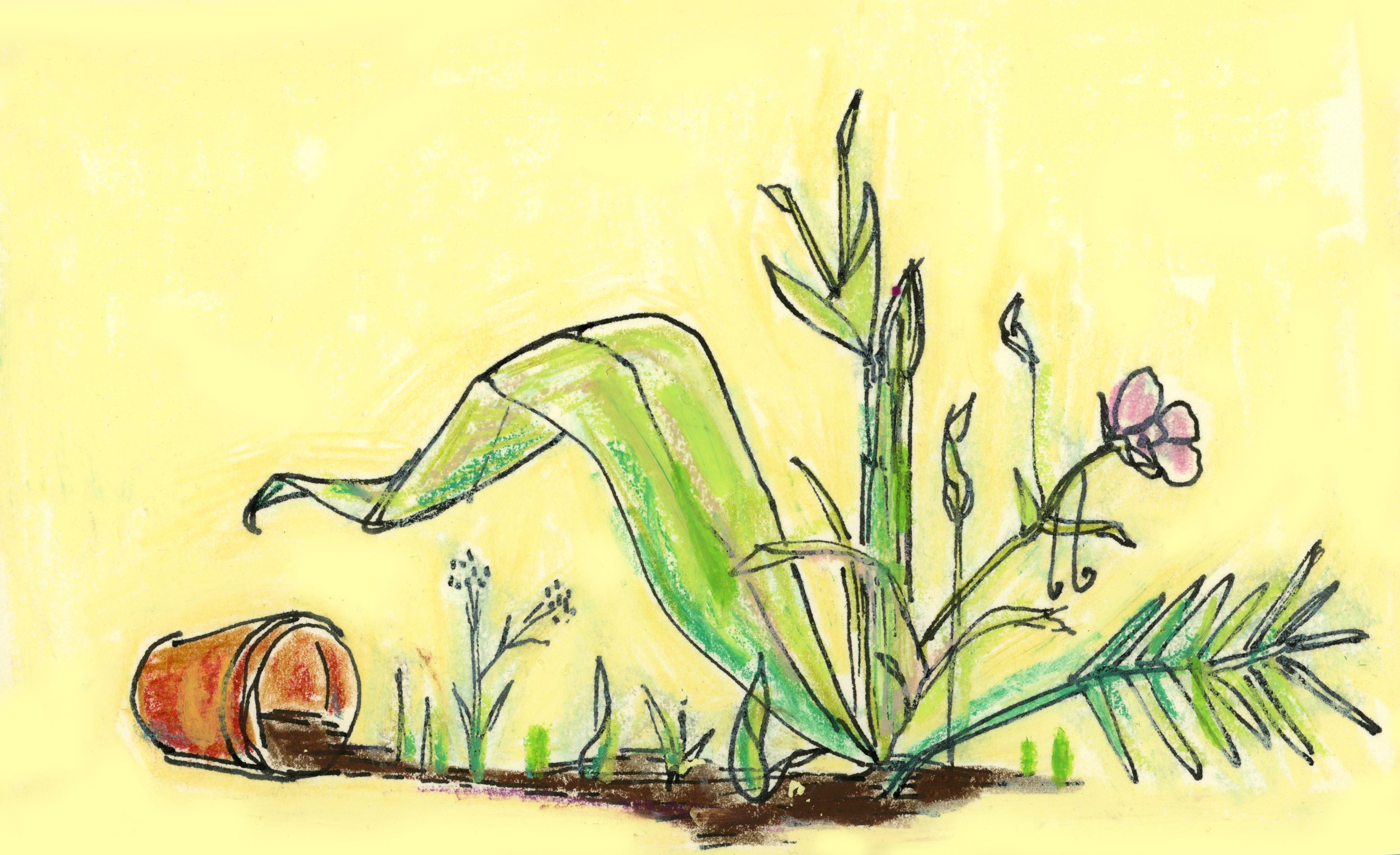
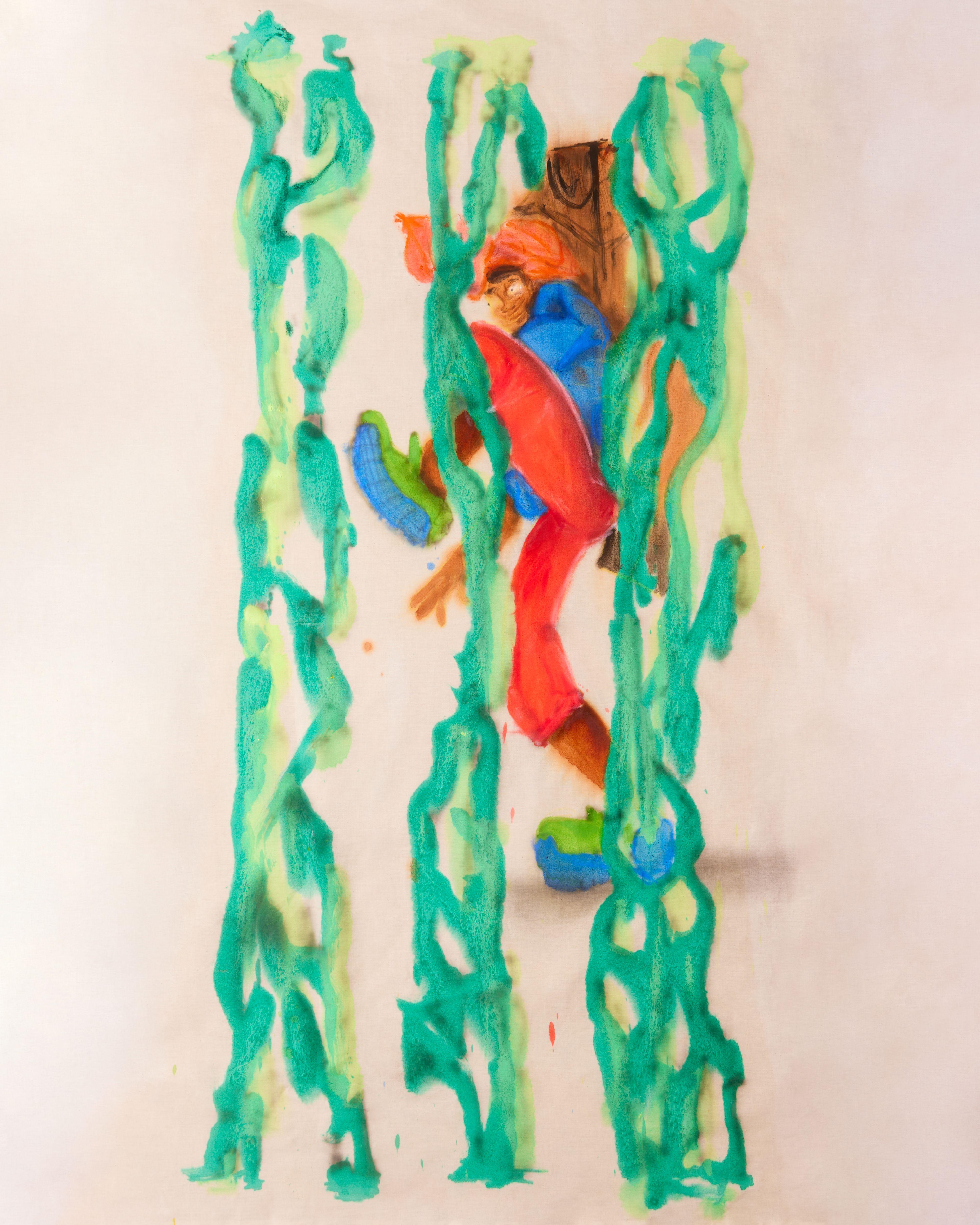


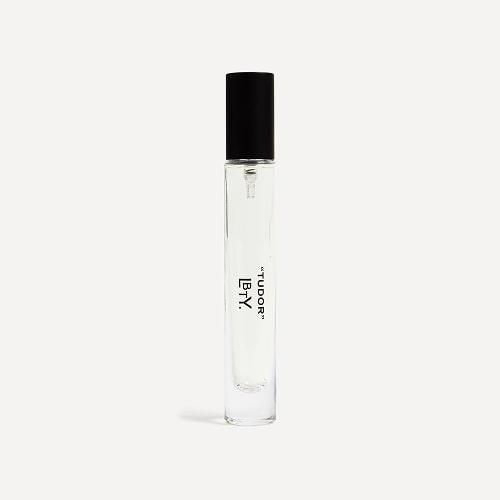
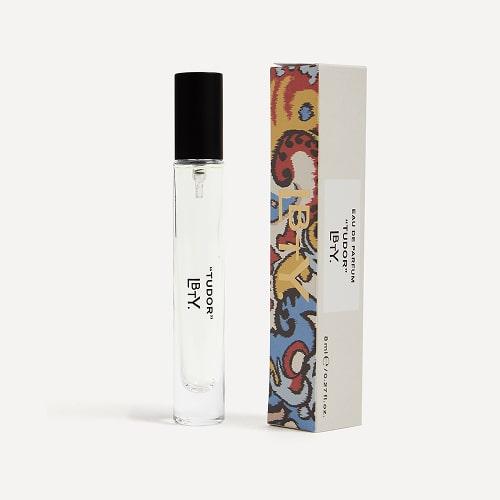
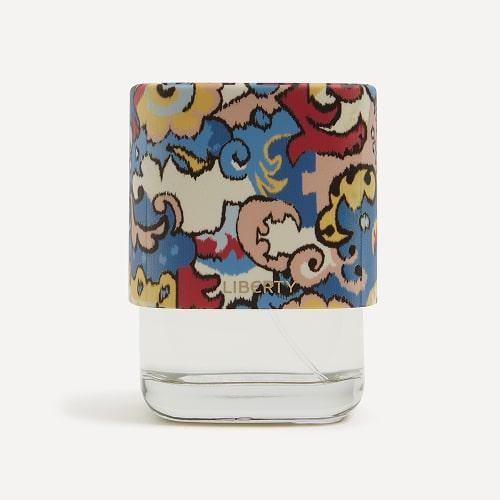
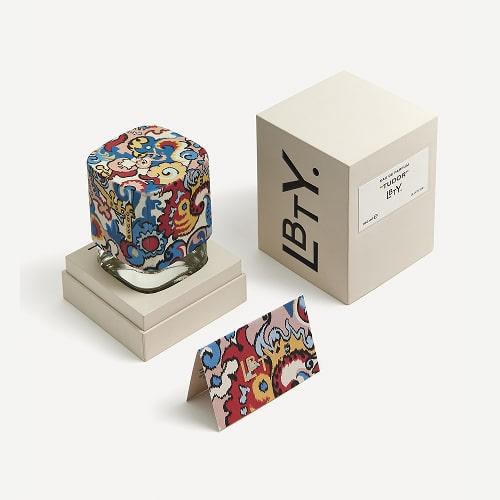
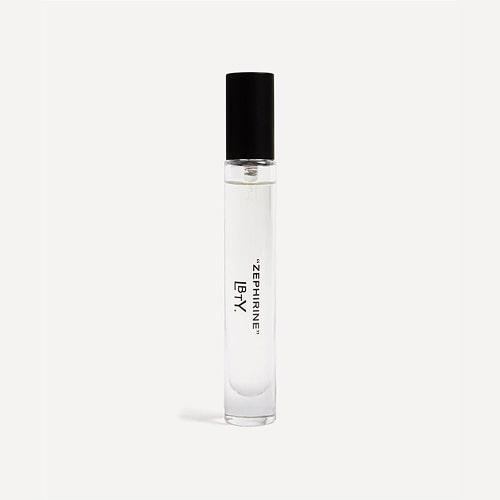
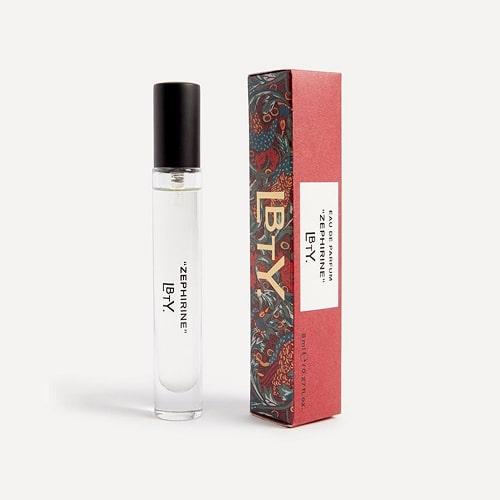
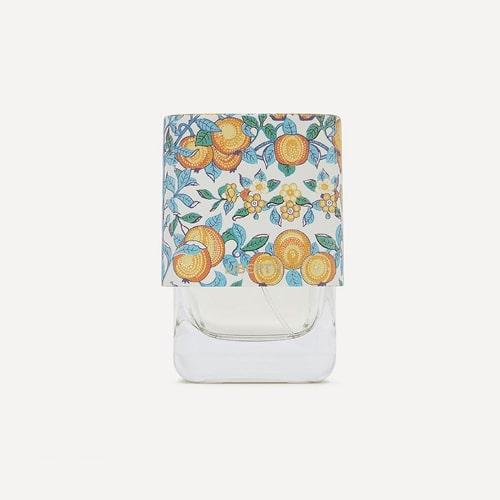

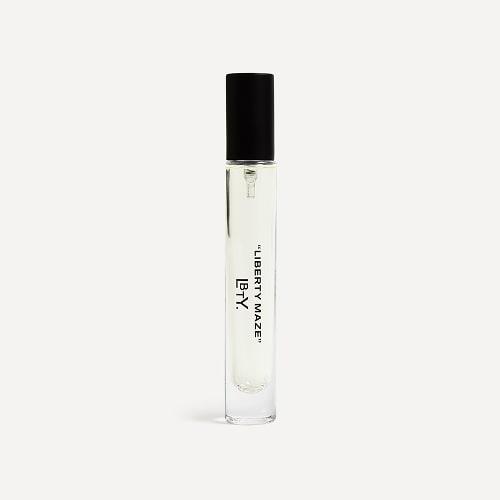
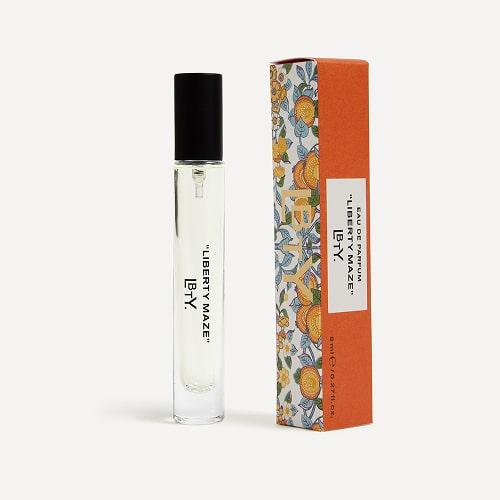
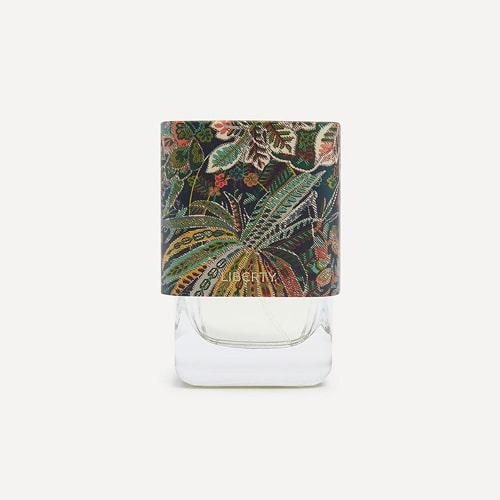
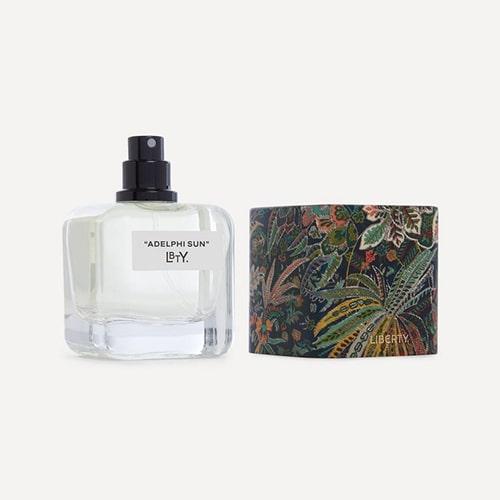

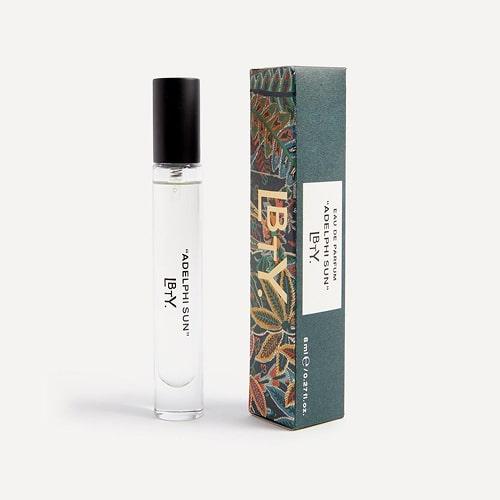
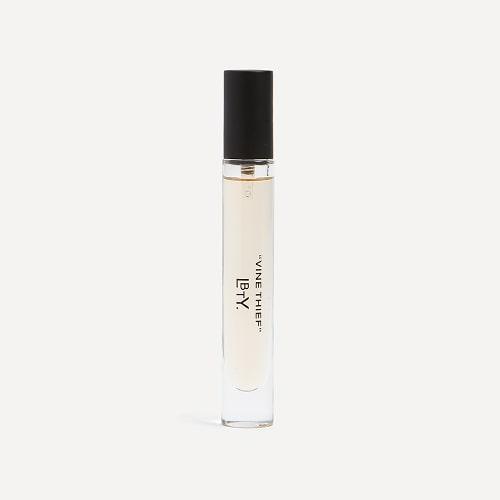

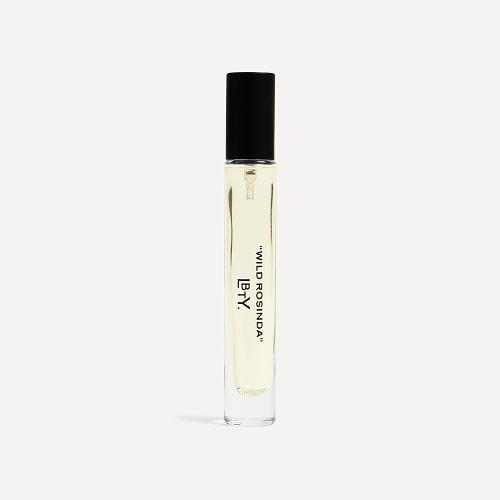
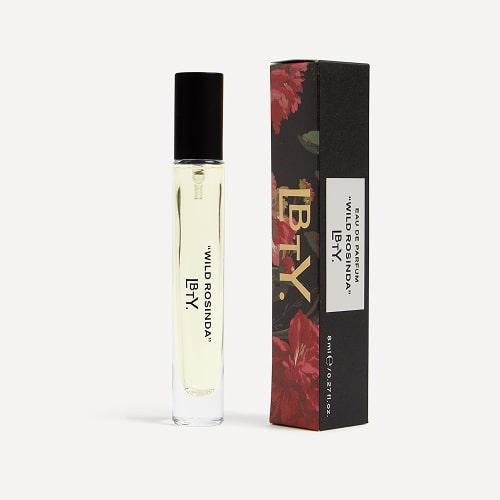
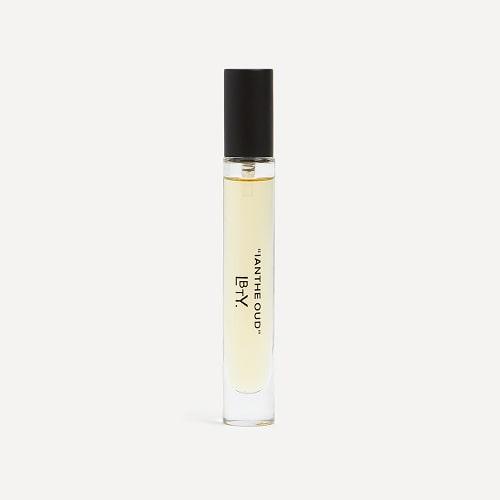
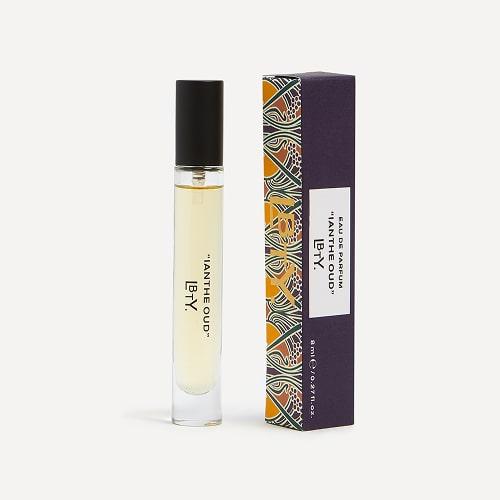

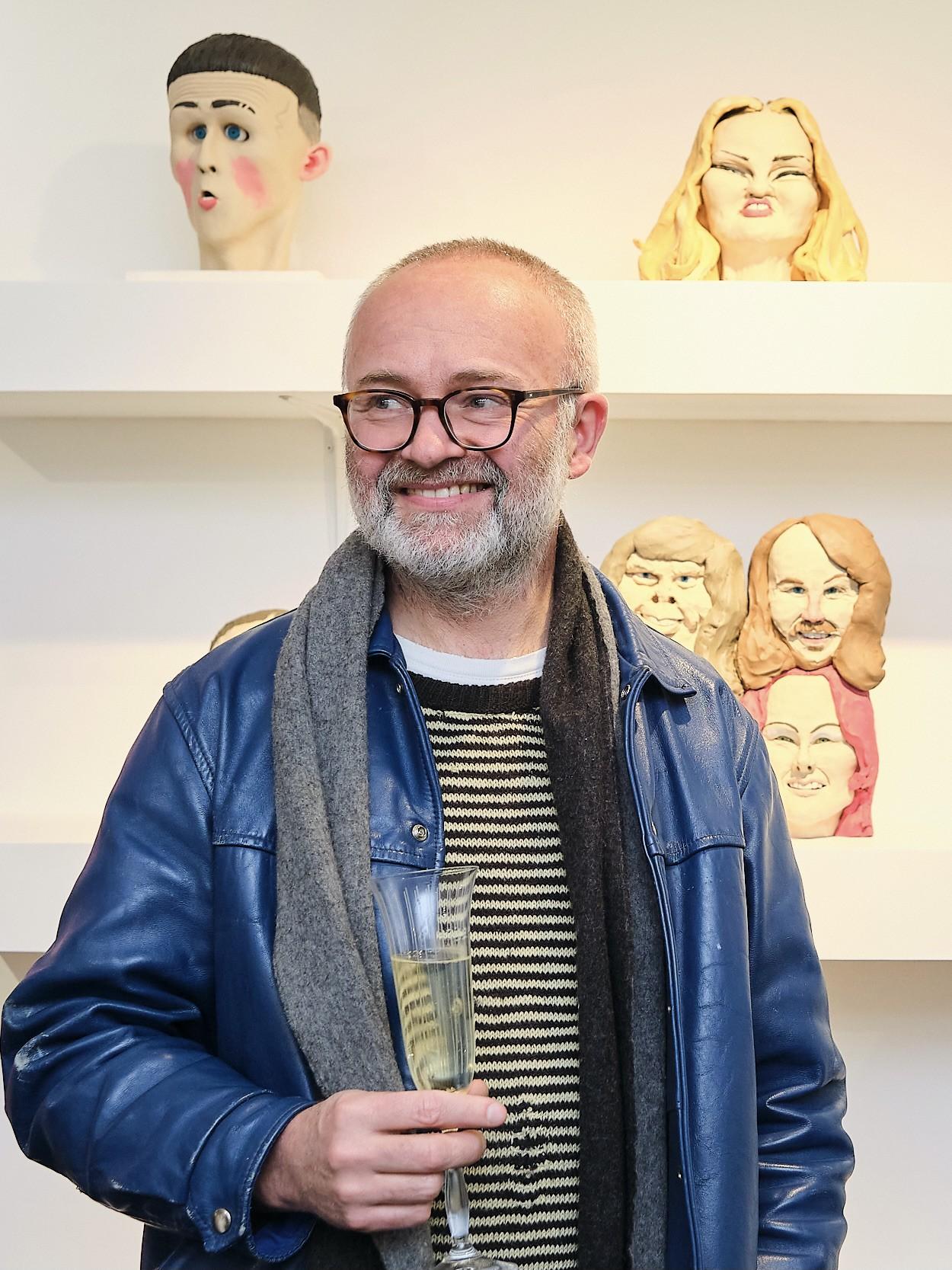
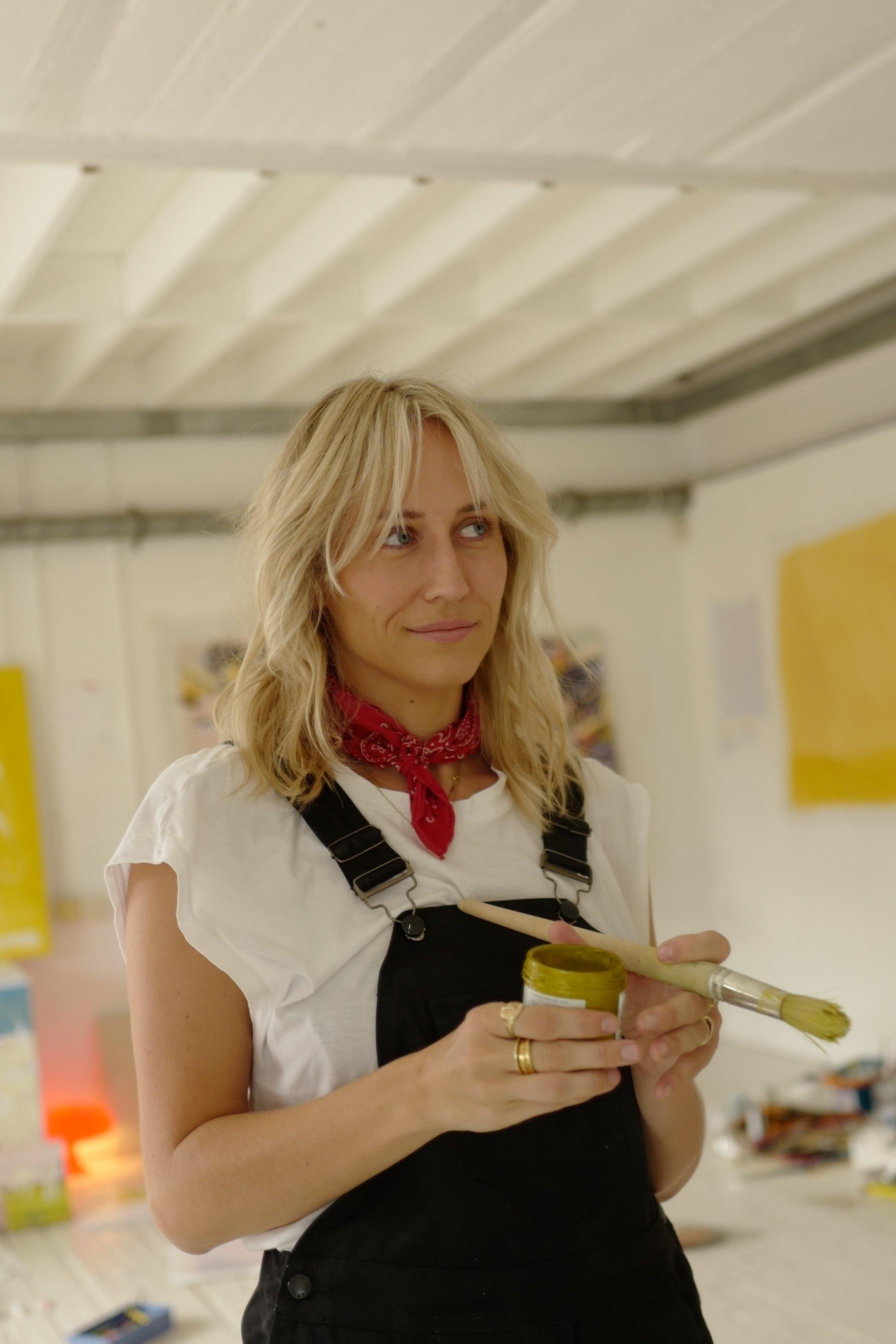
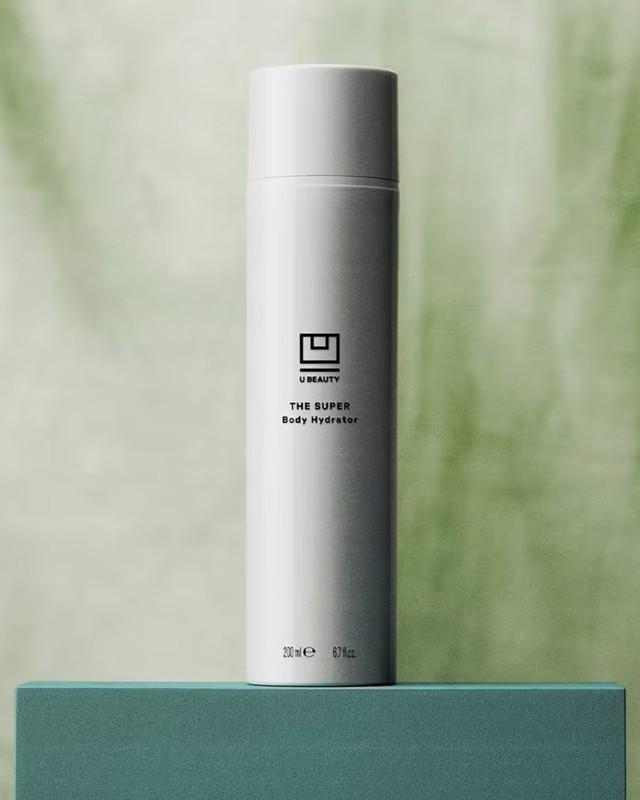
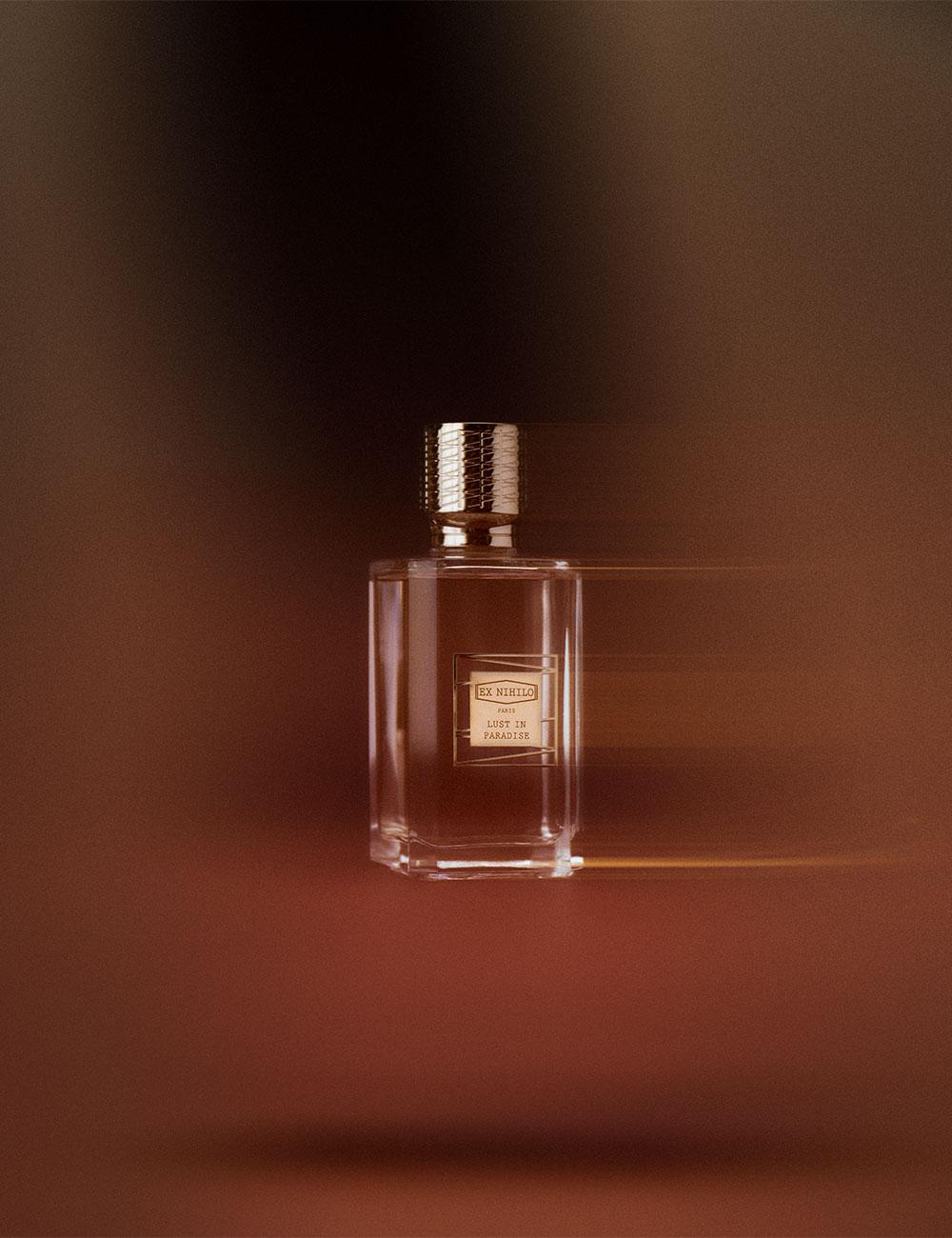
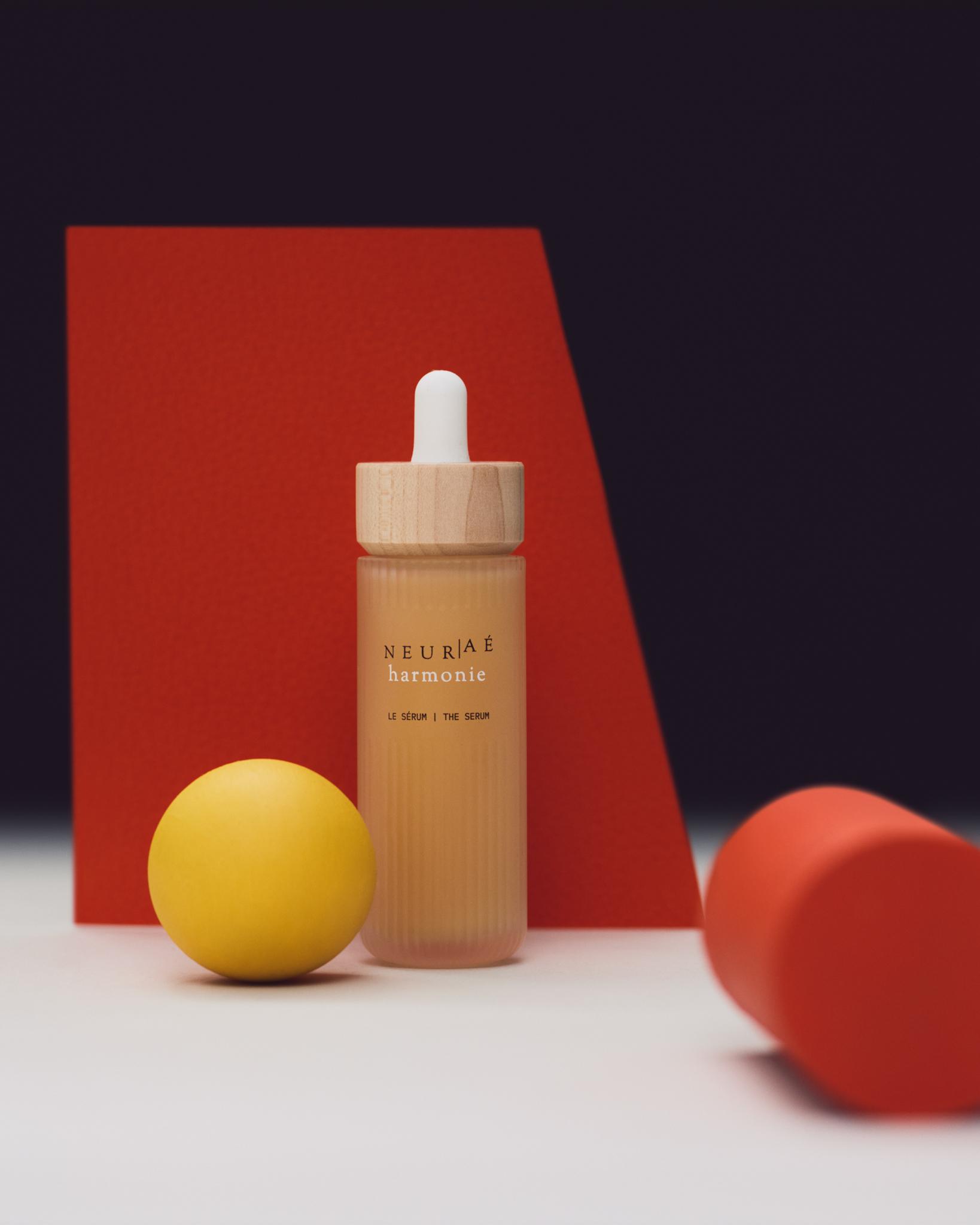
?fmt=auto&qlt=default)
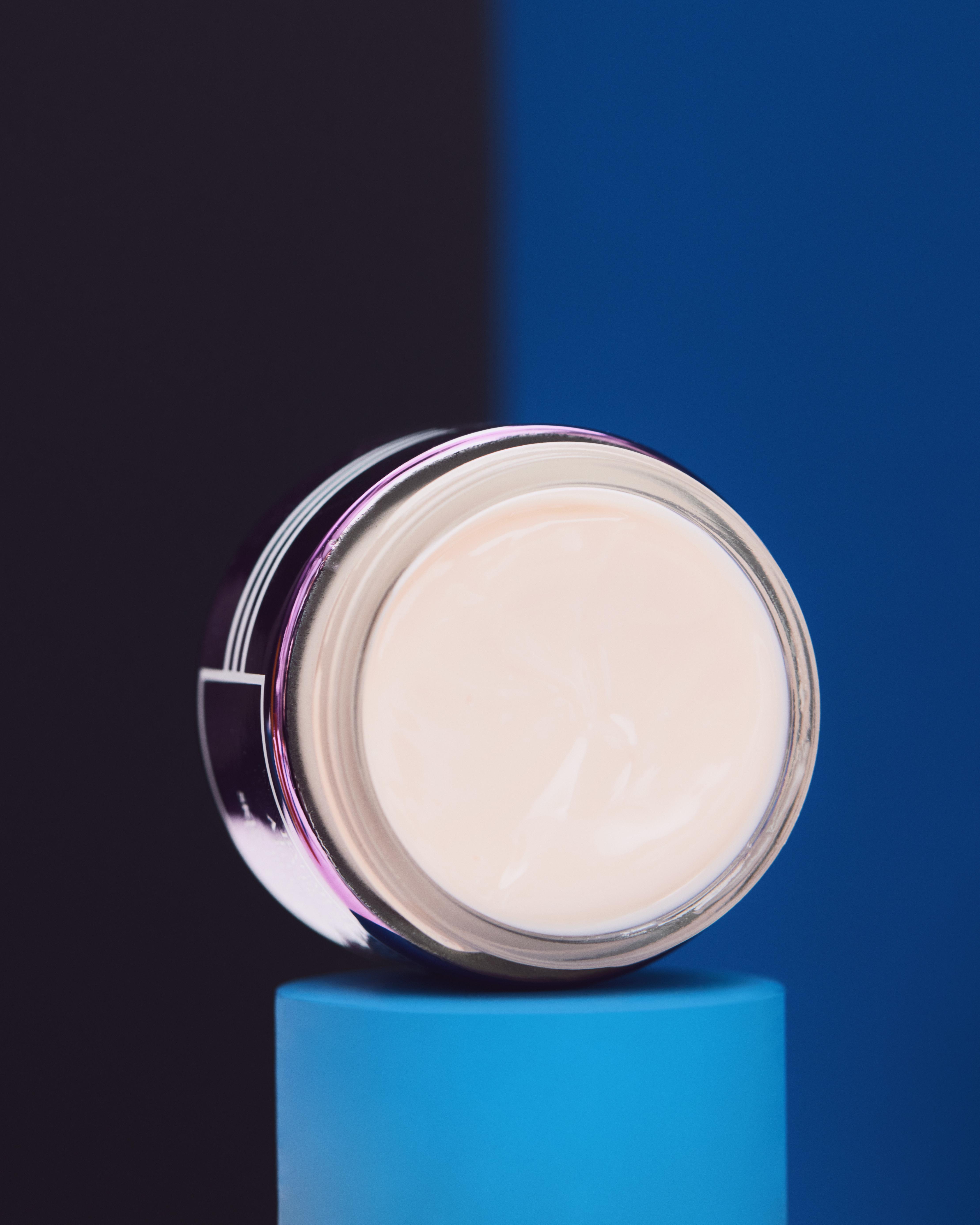
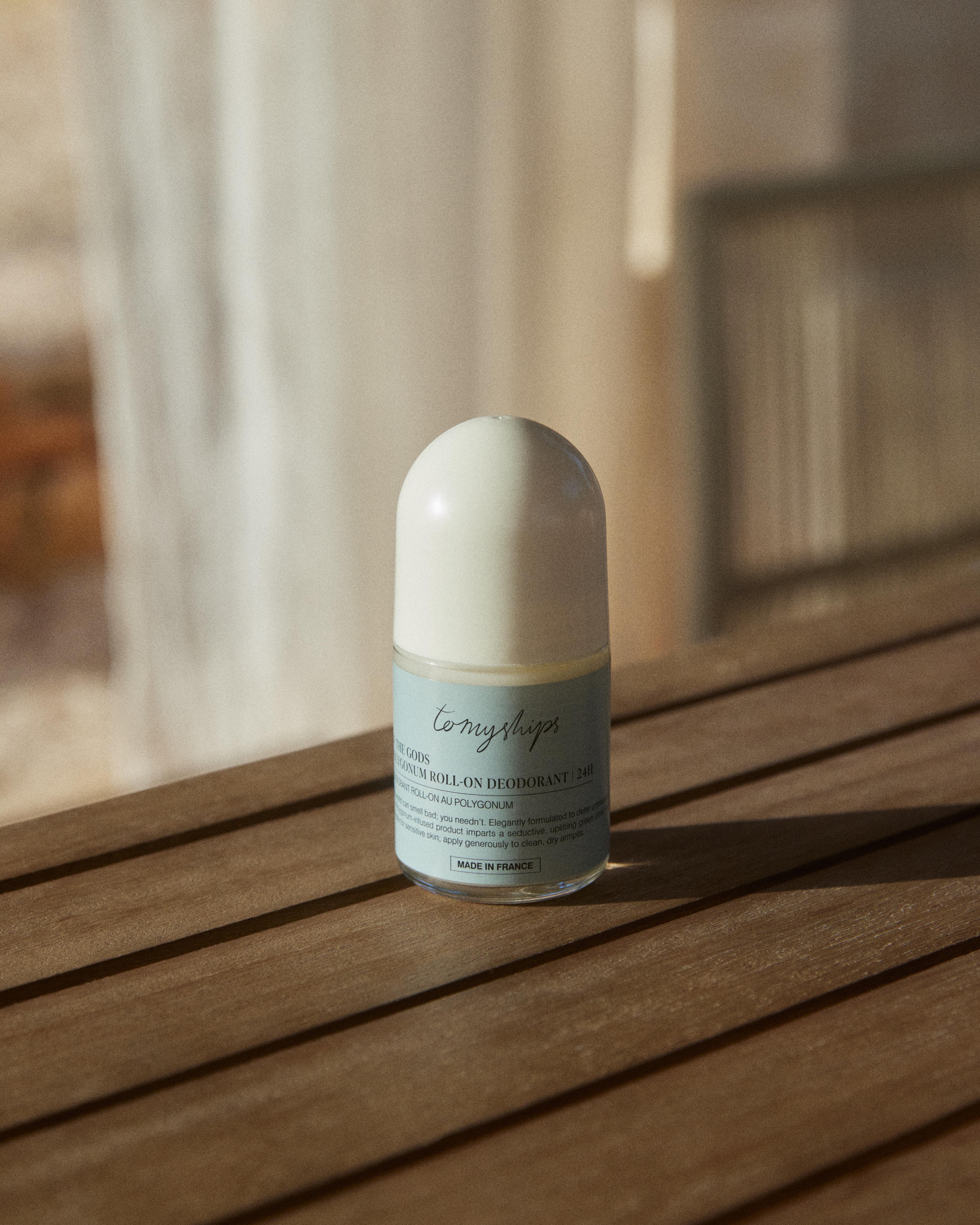
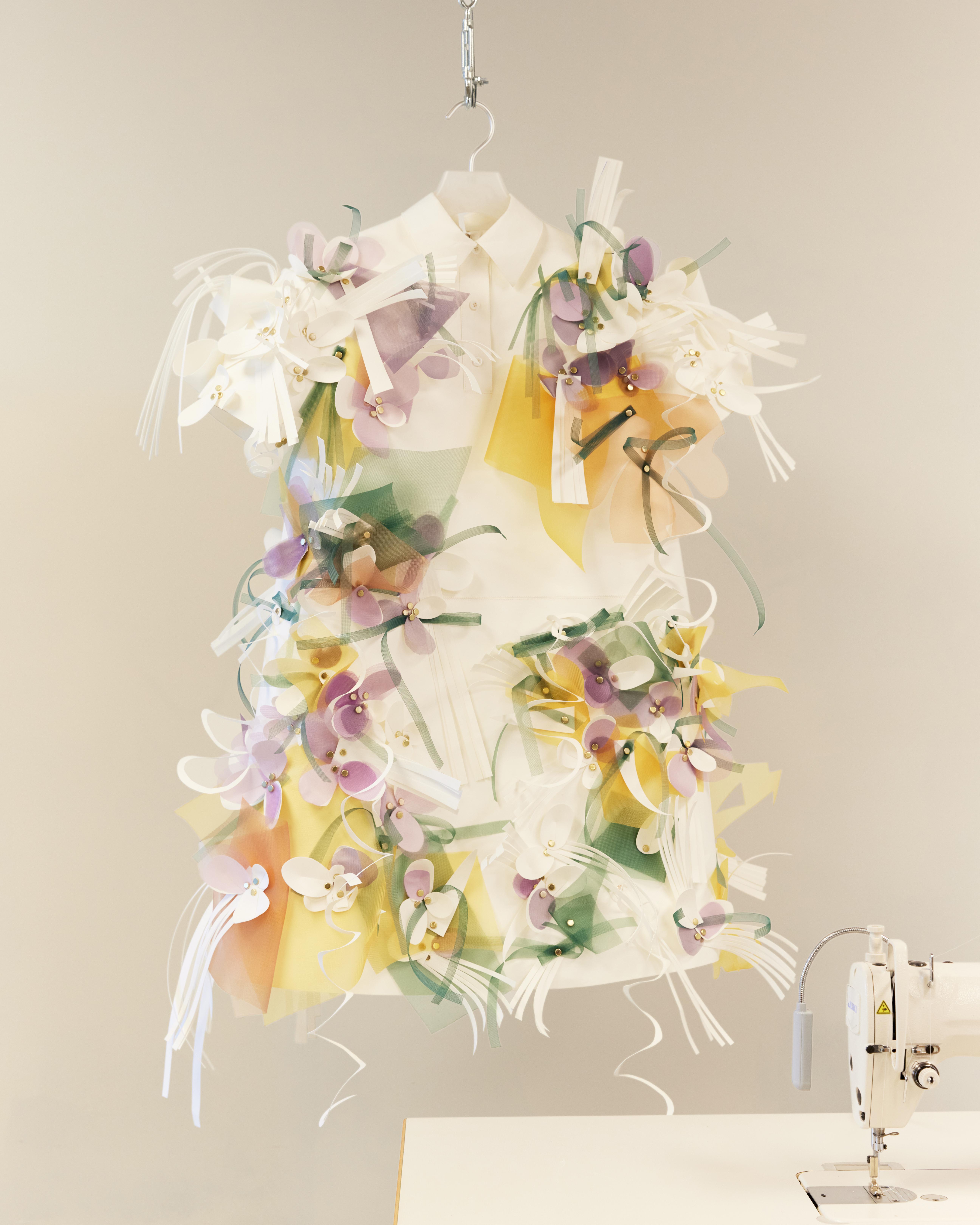
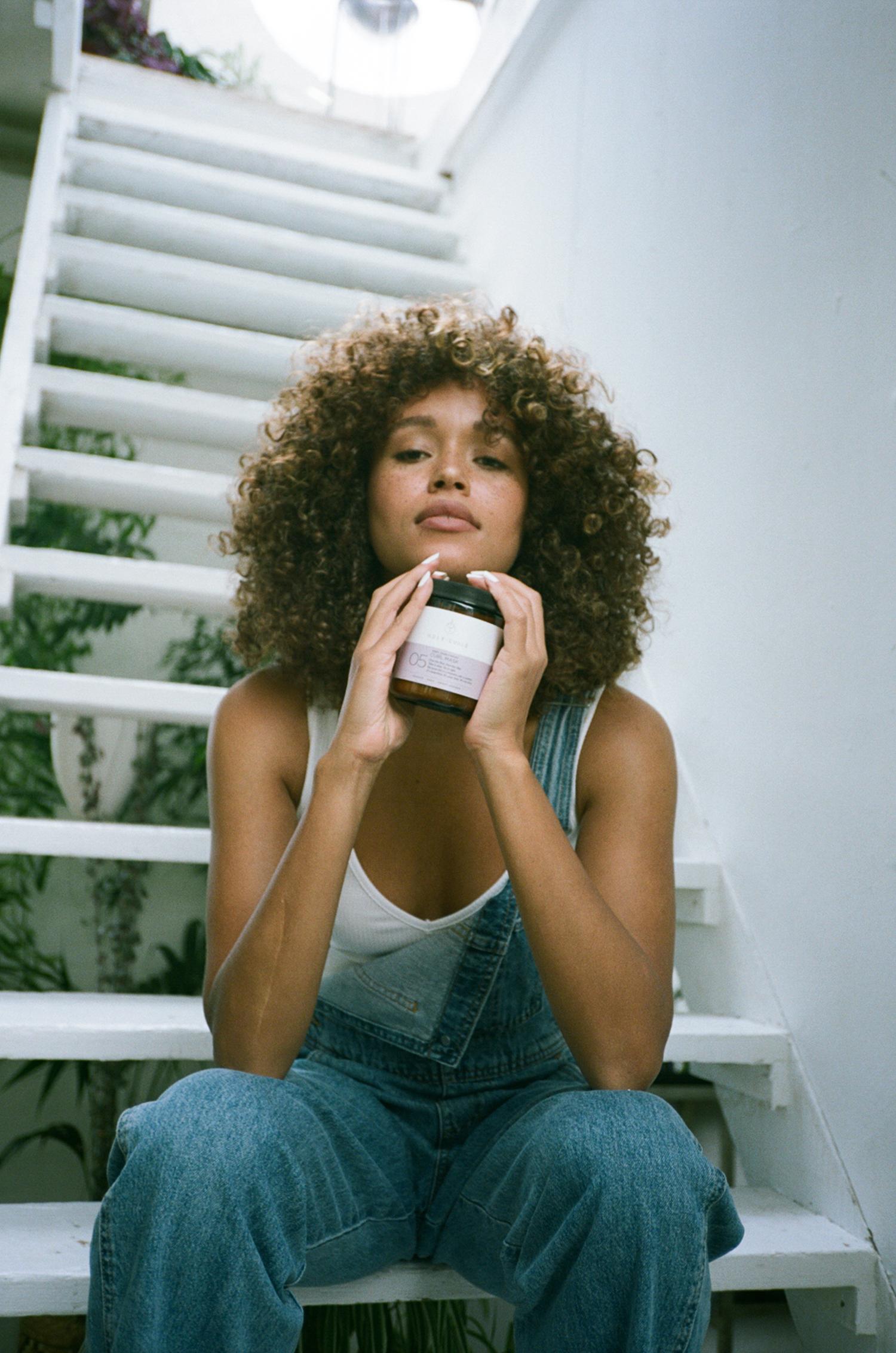
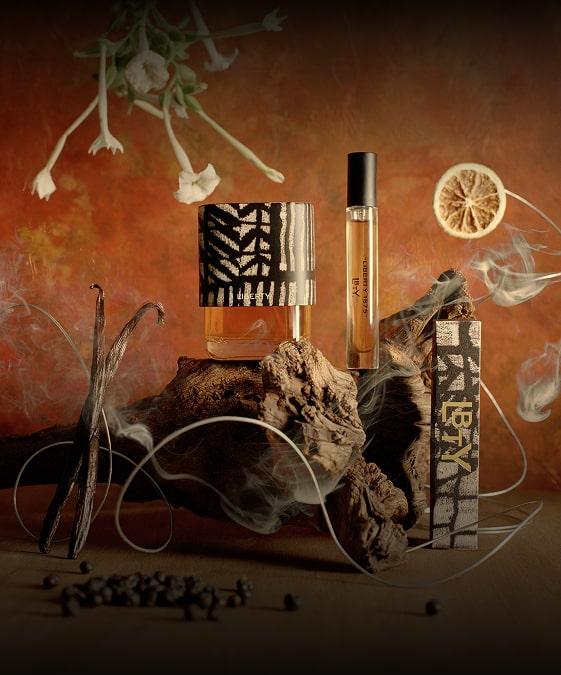
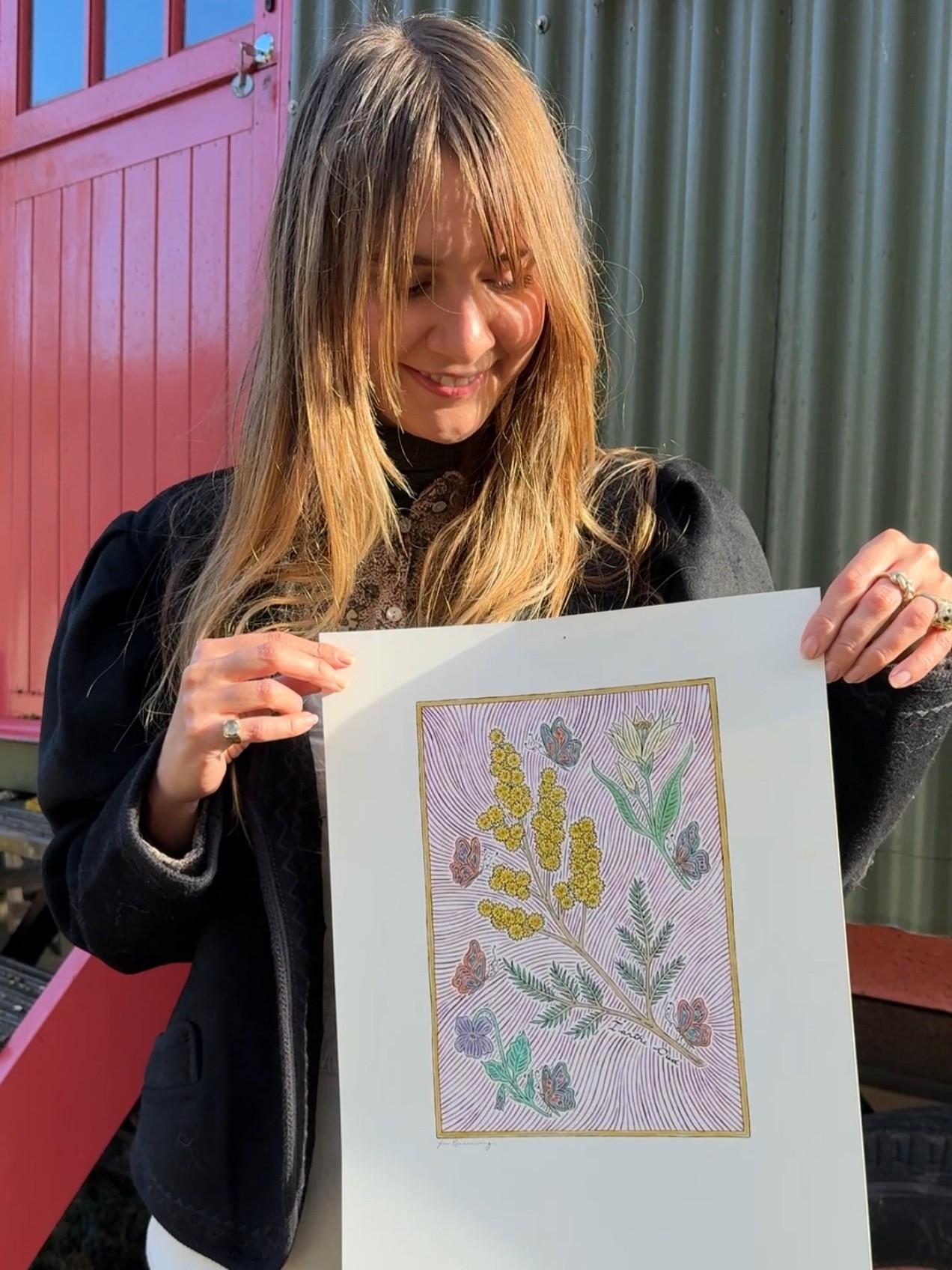
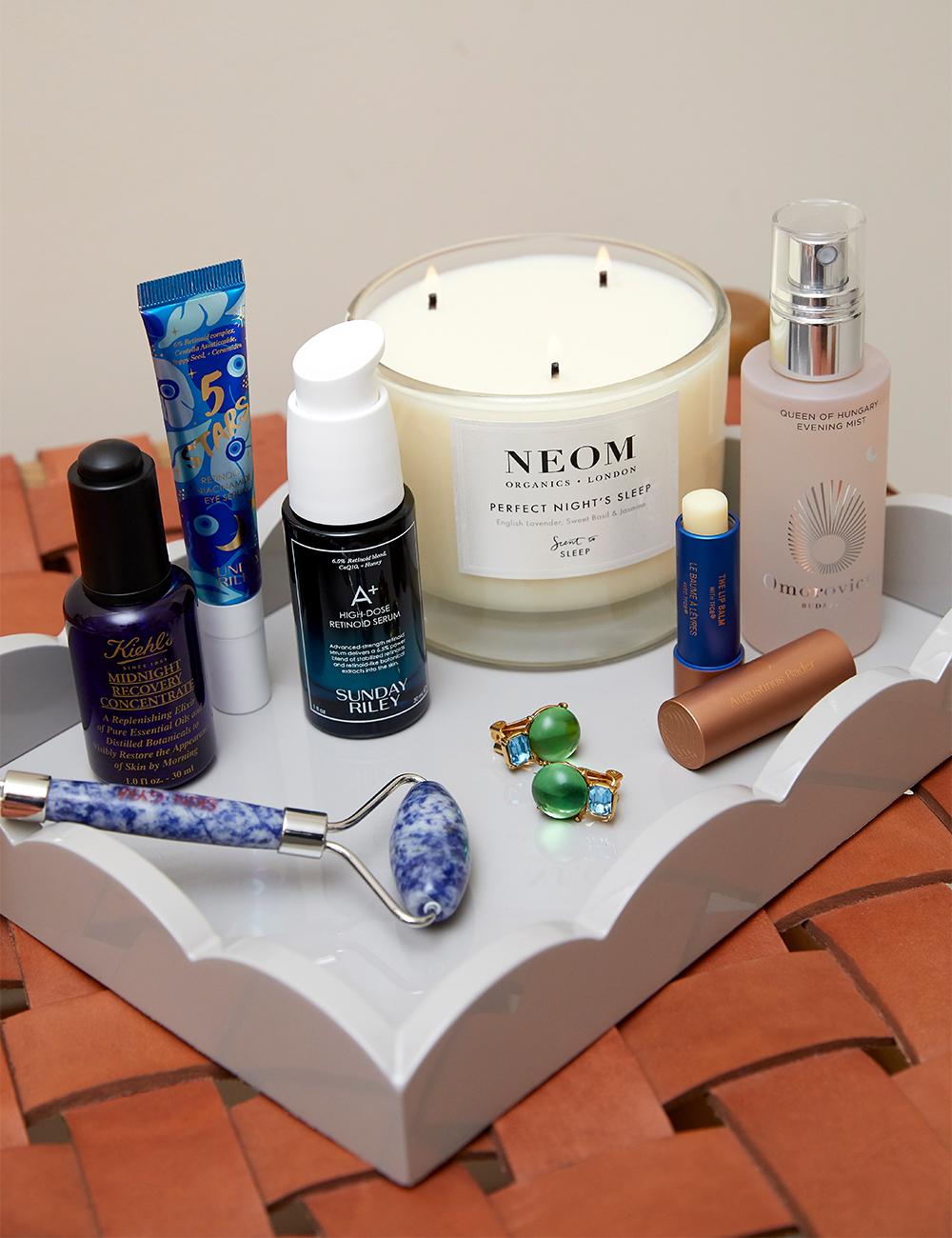
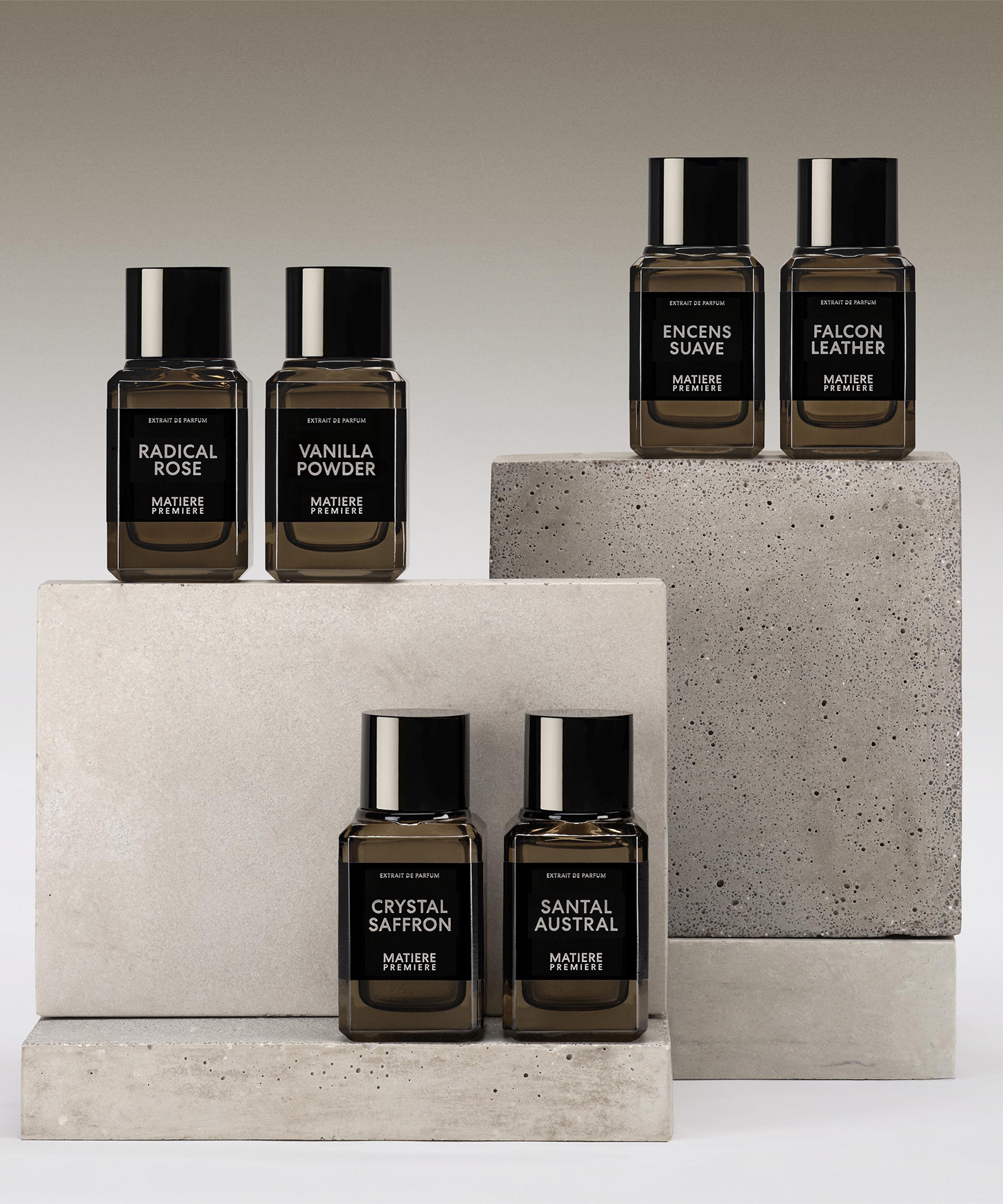
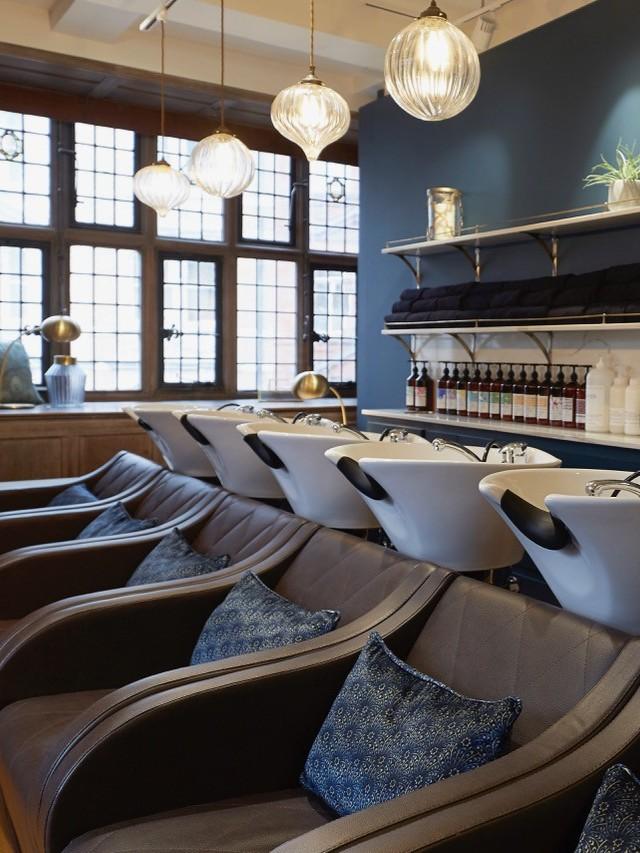
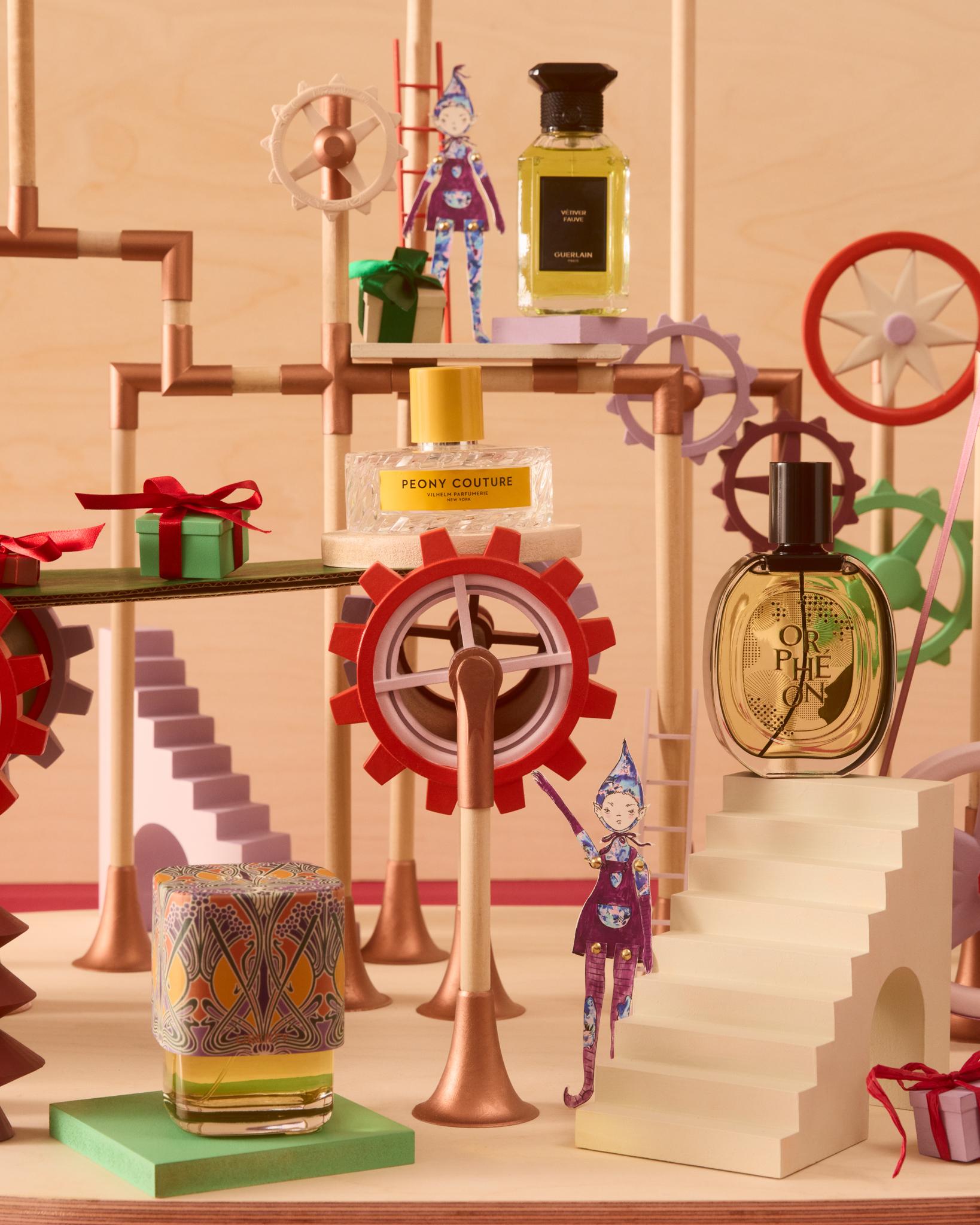
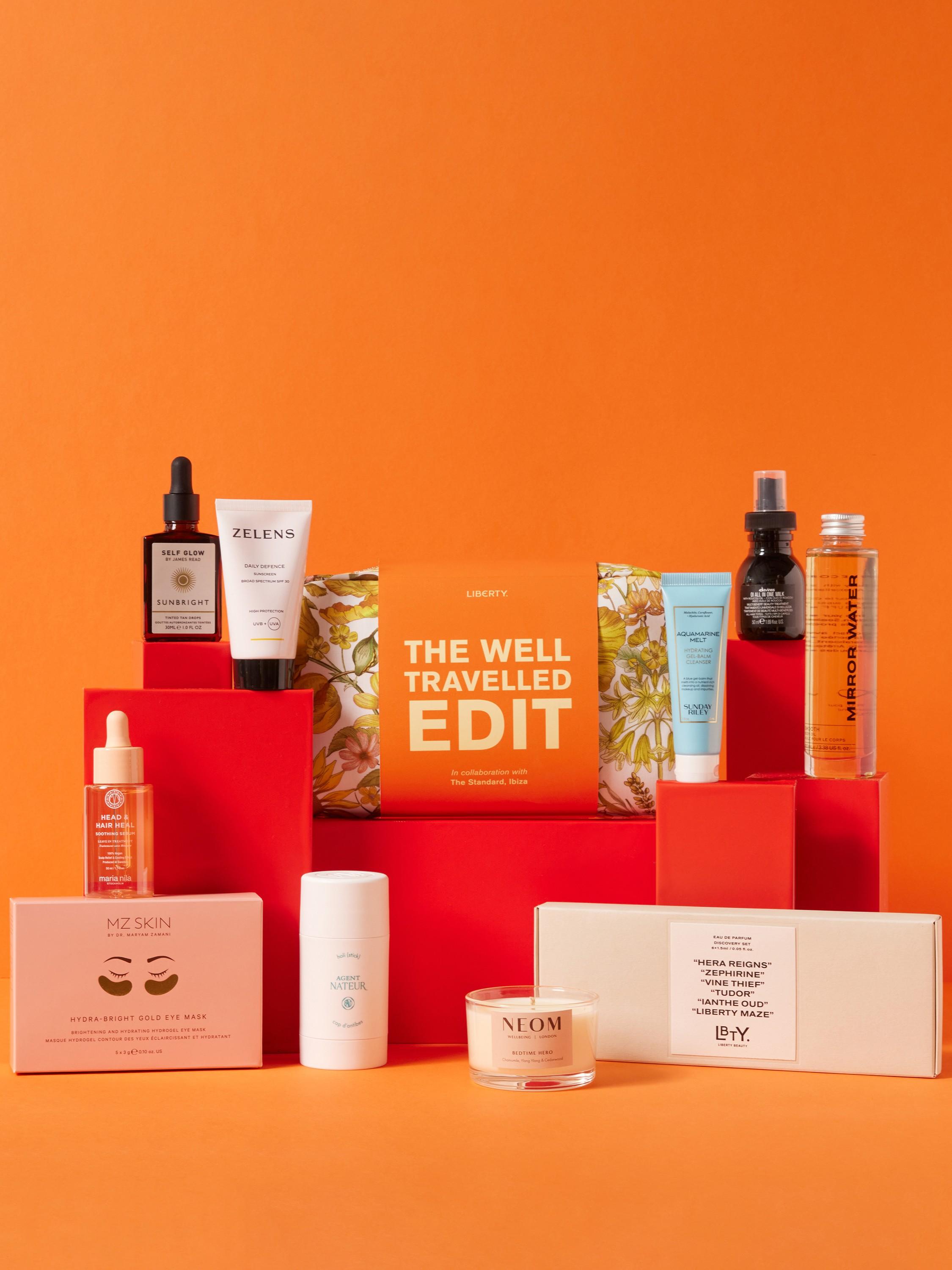
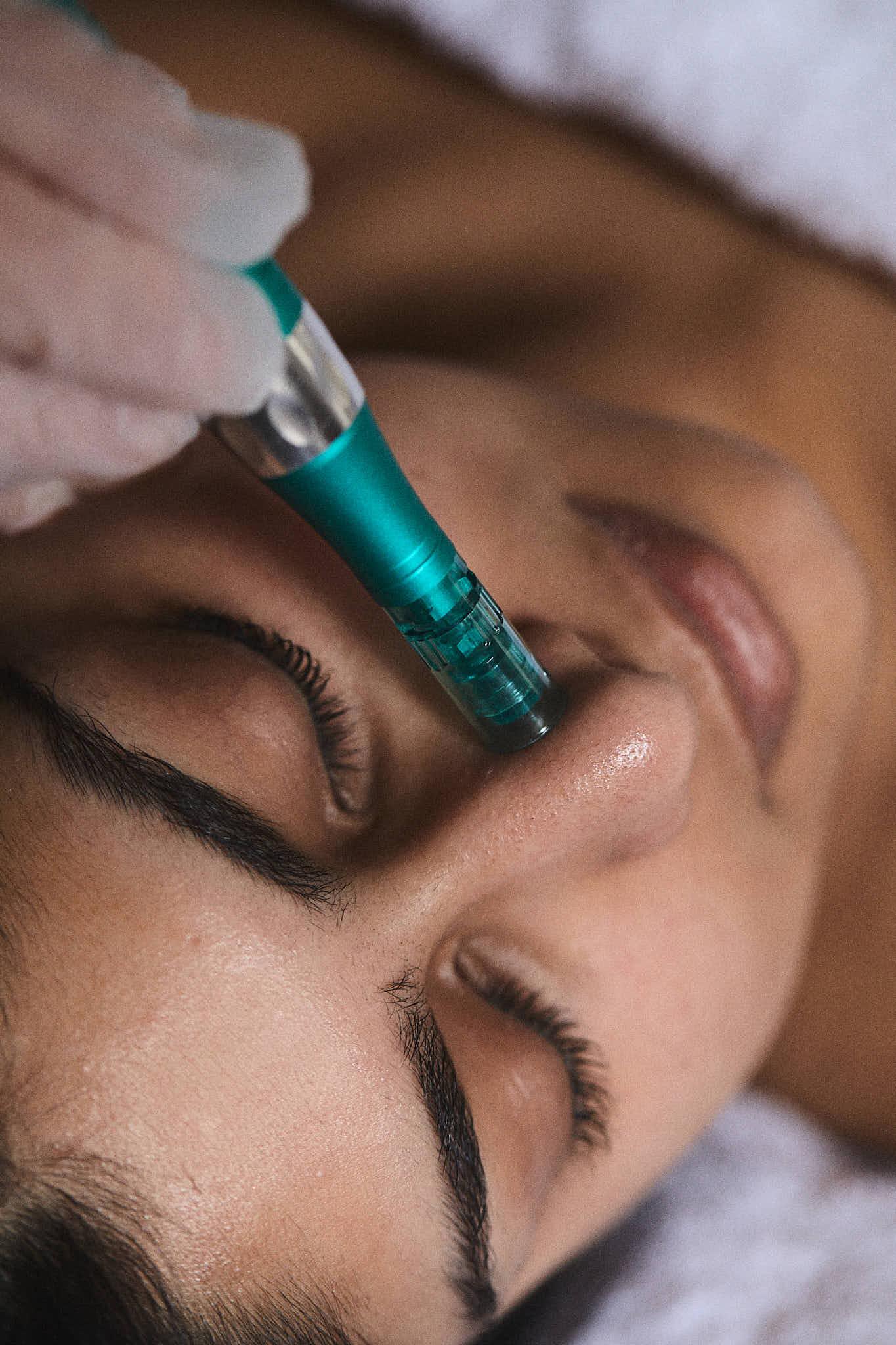
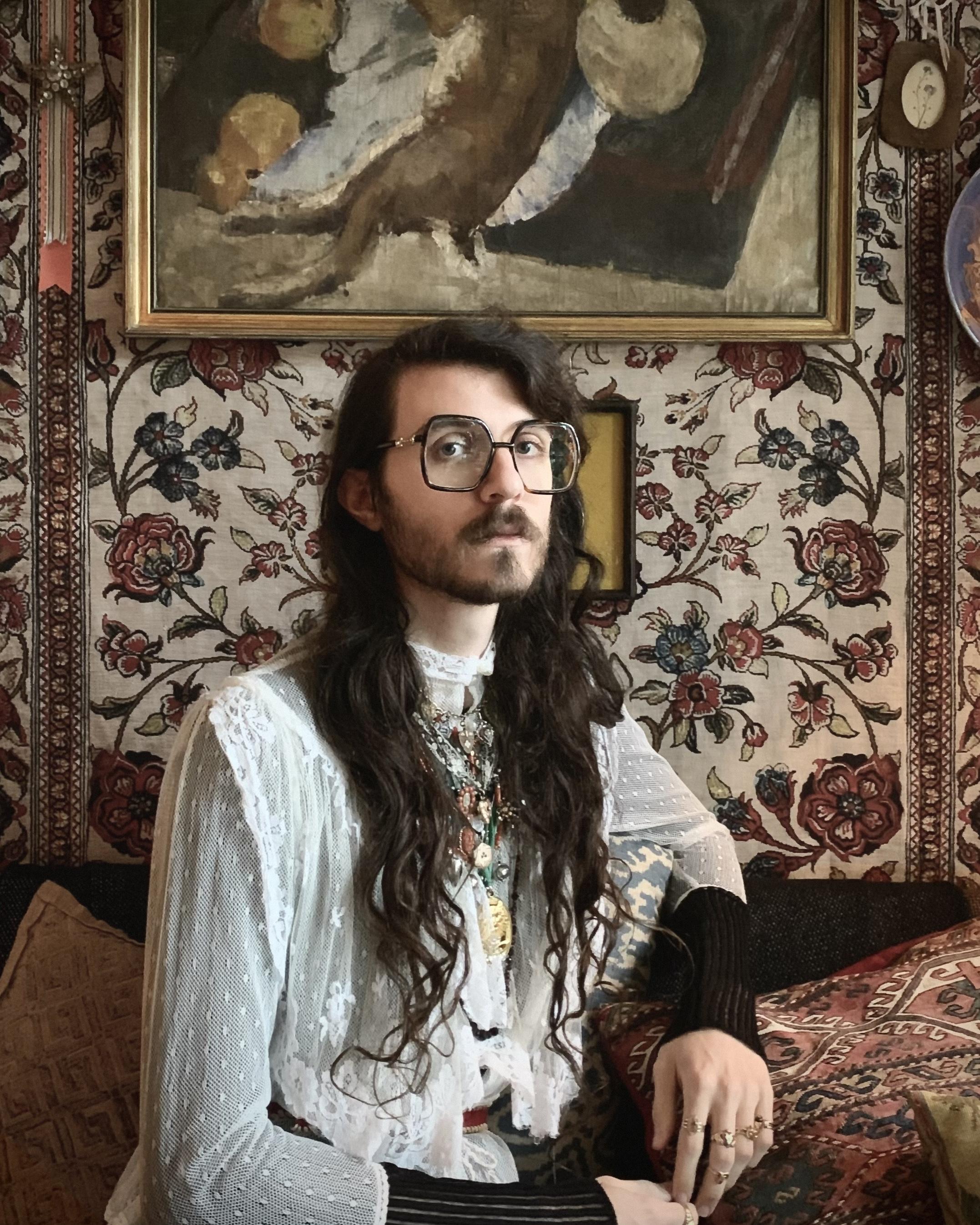
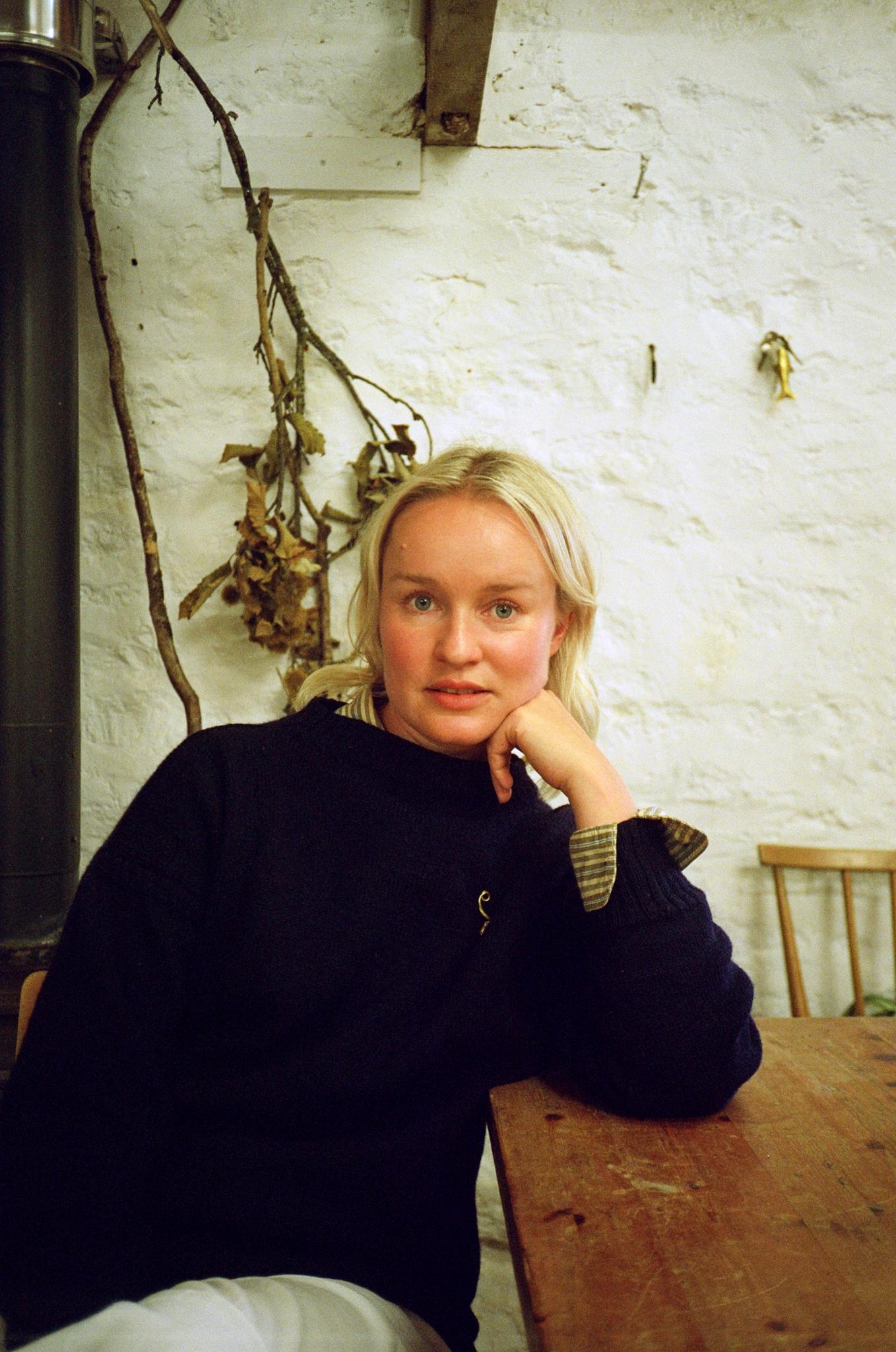
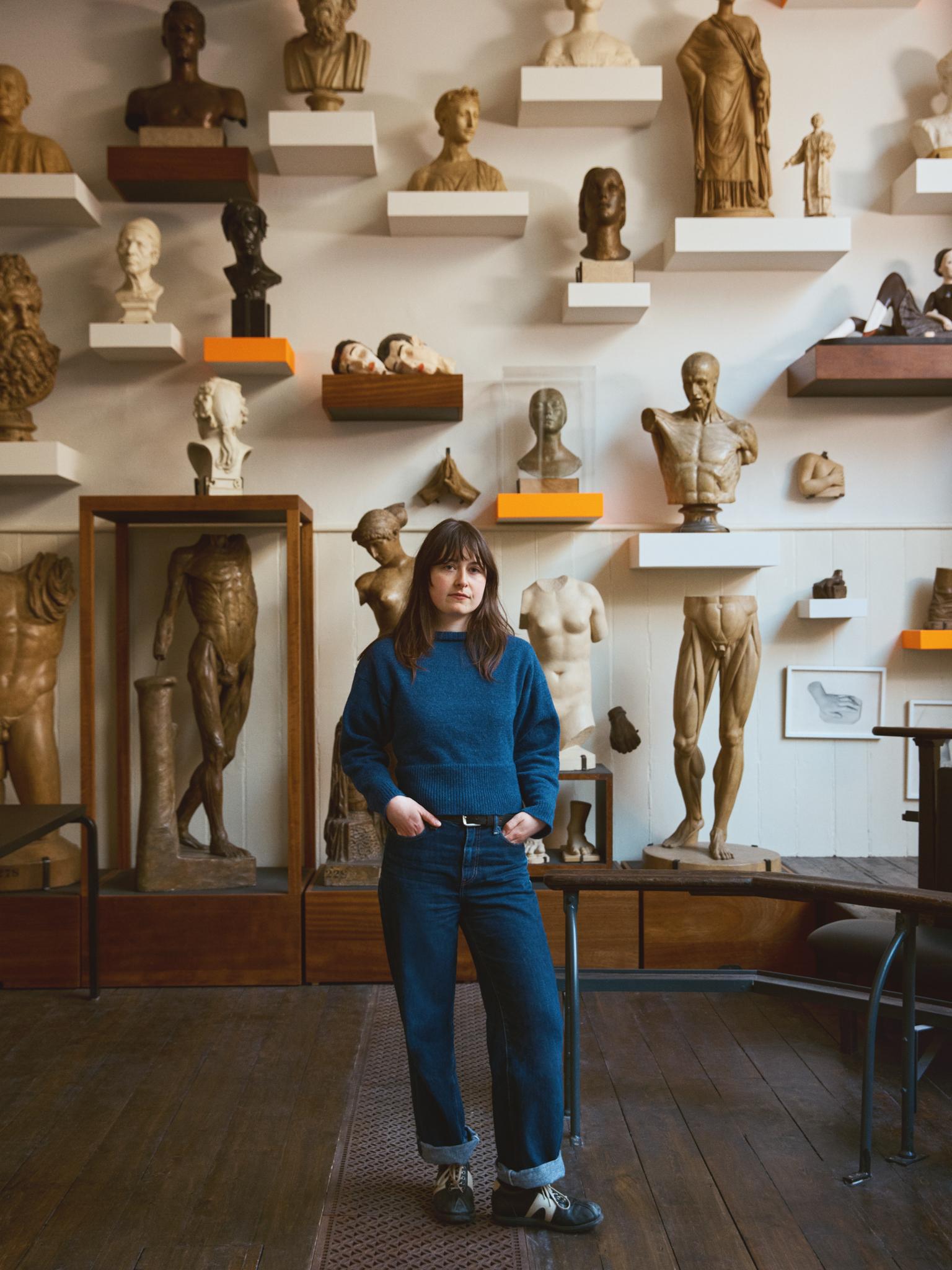
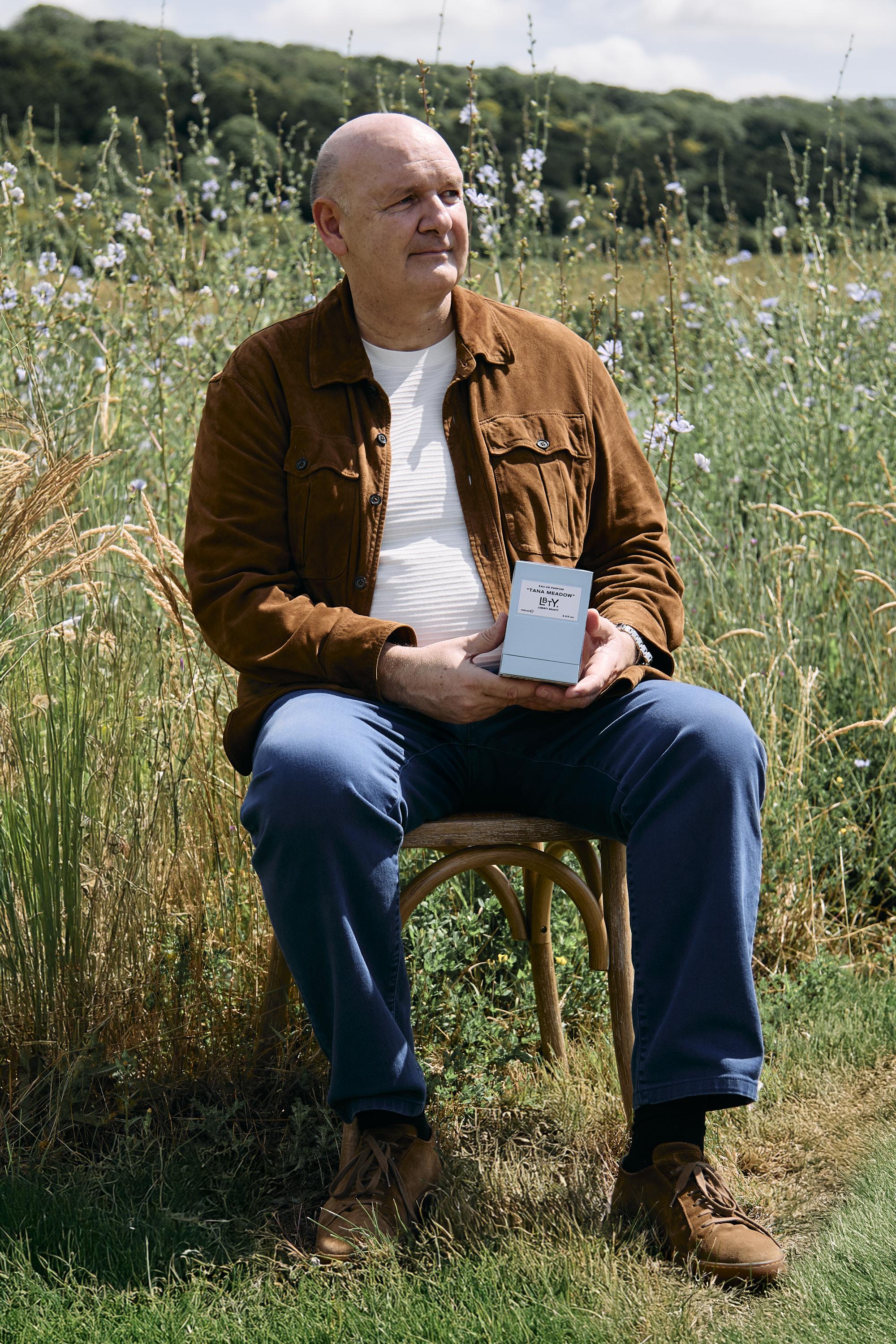
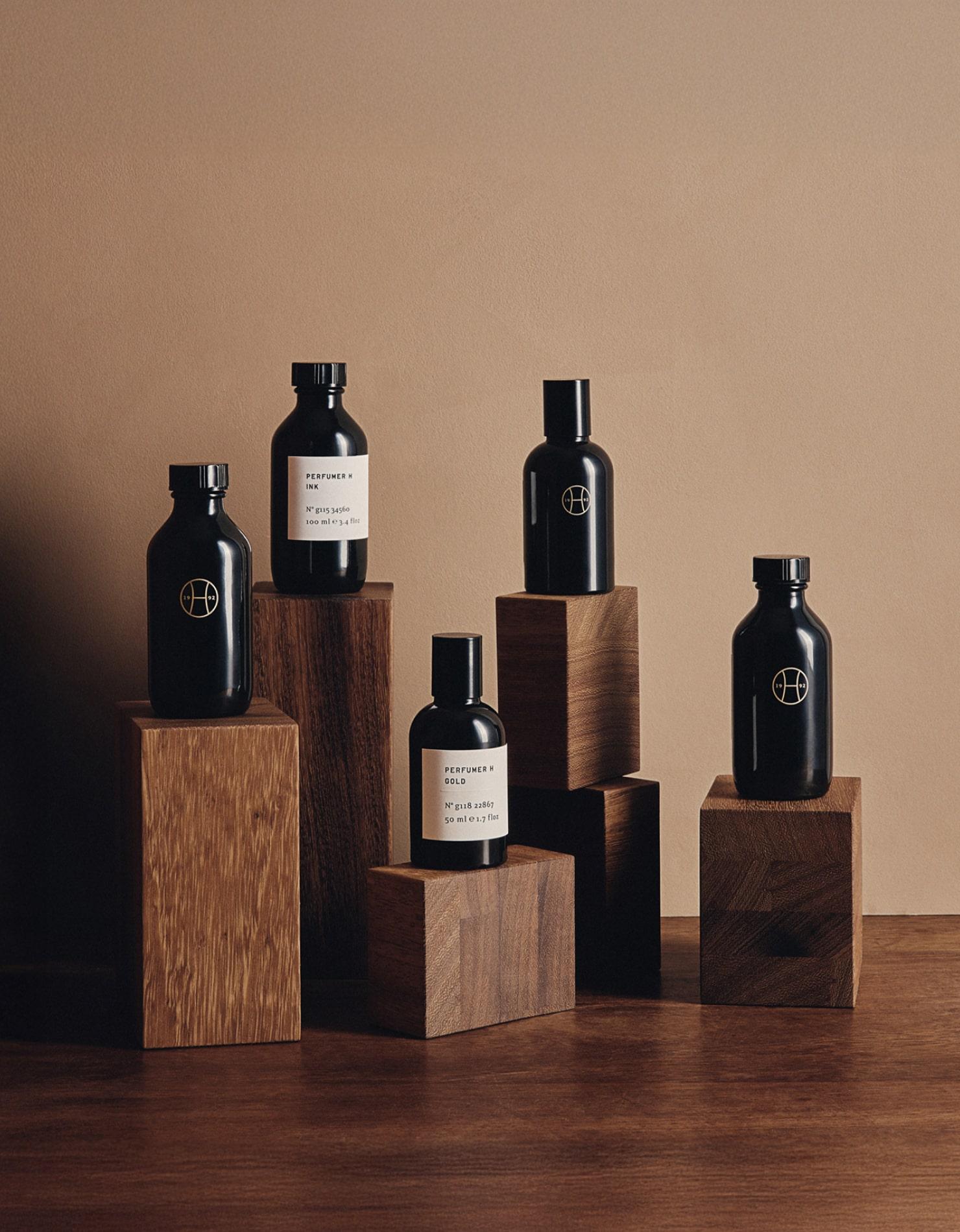
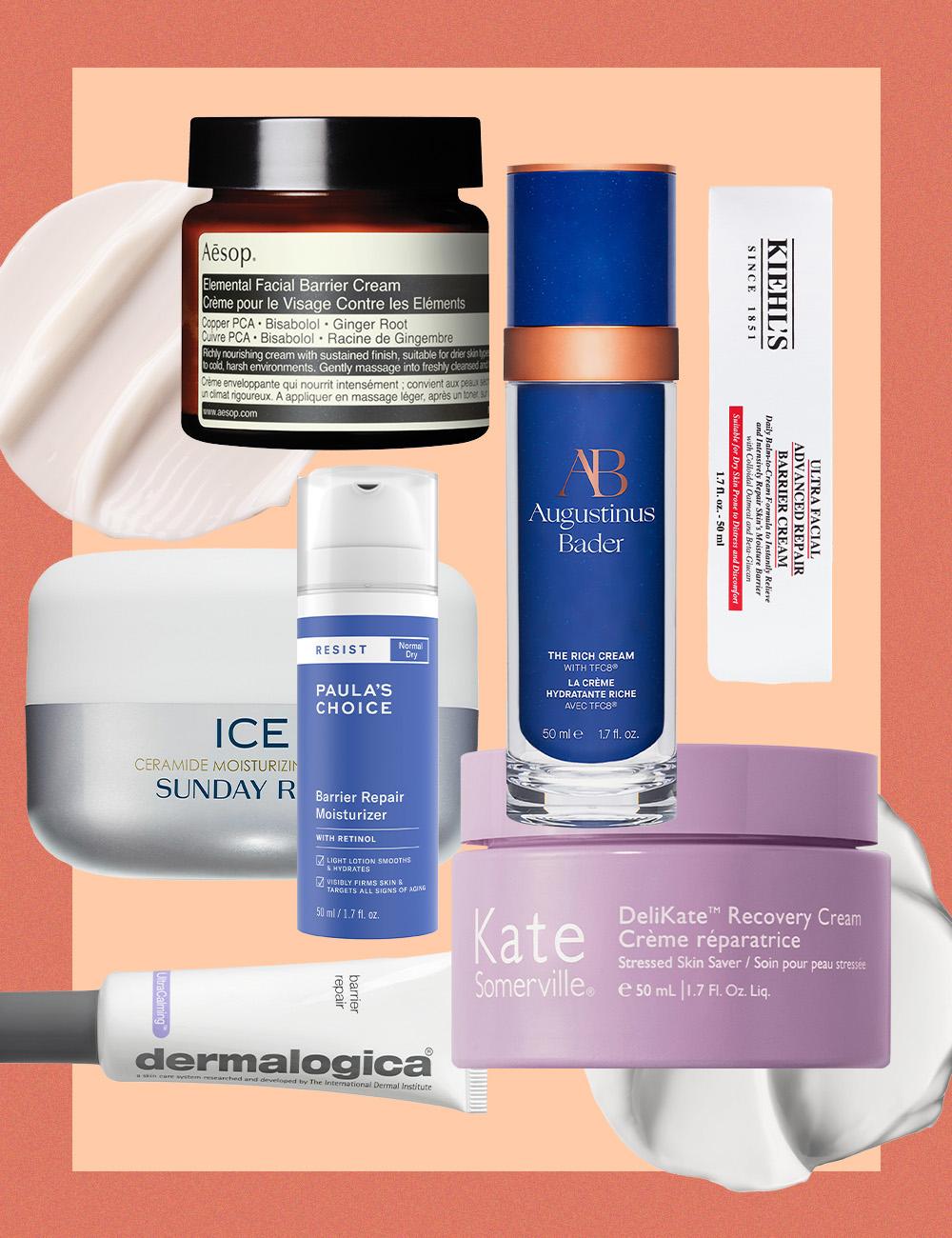
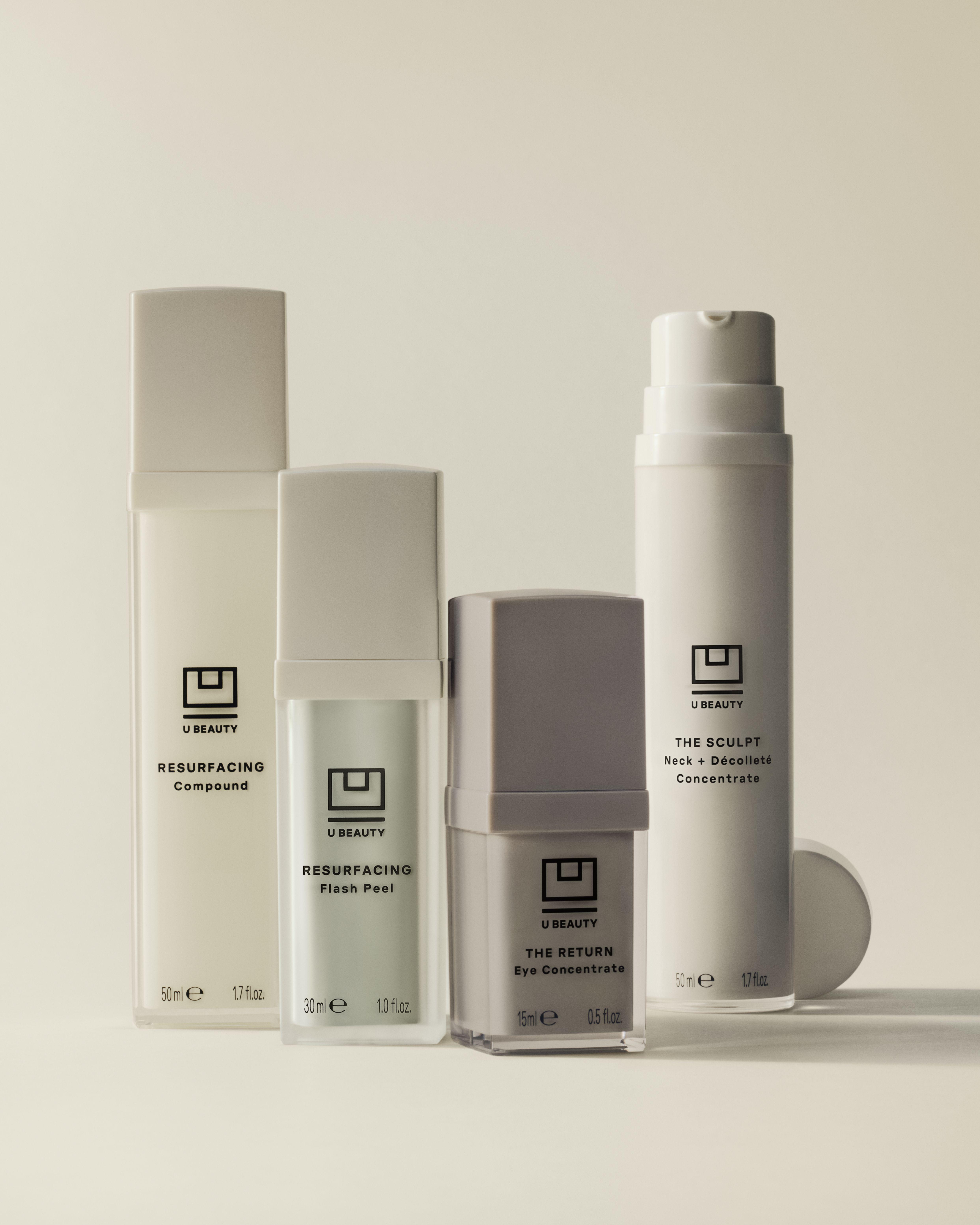
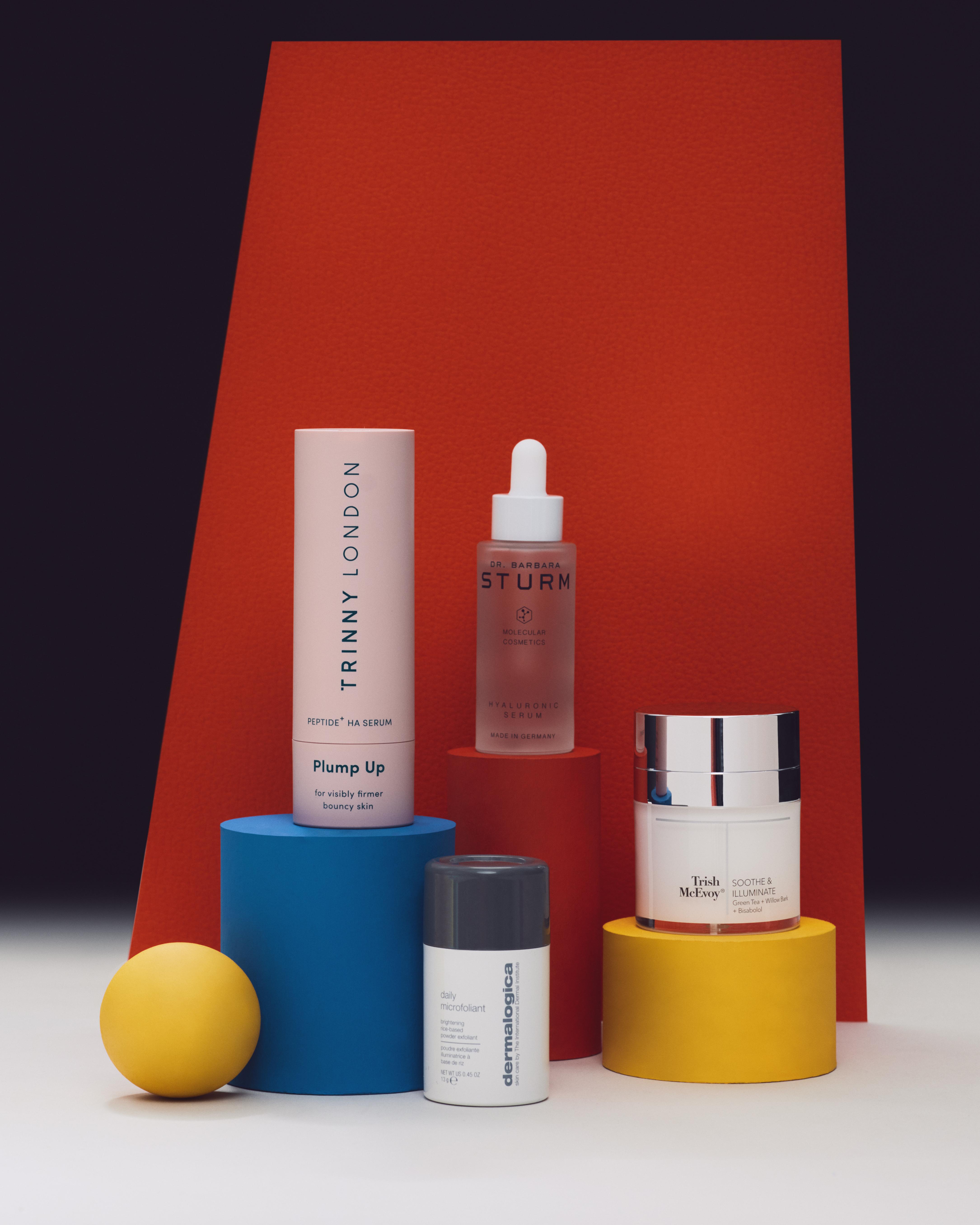
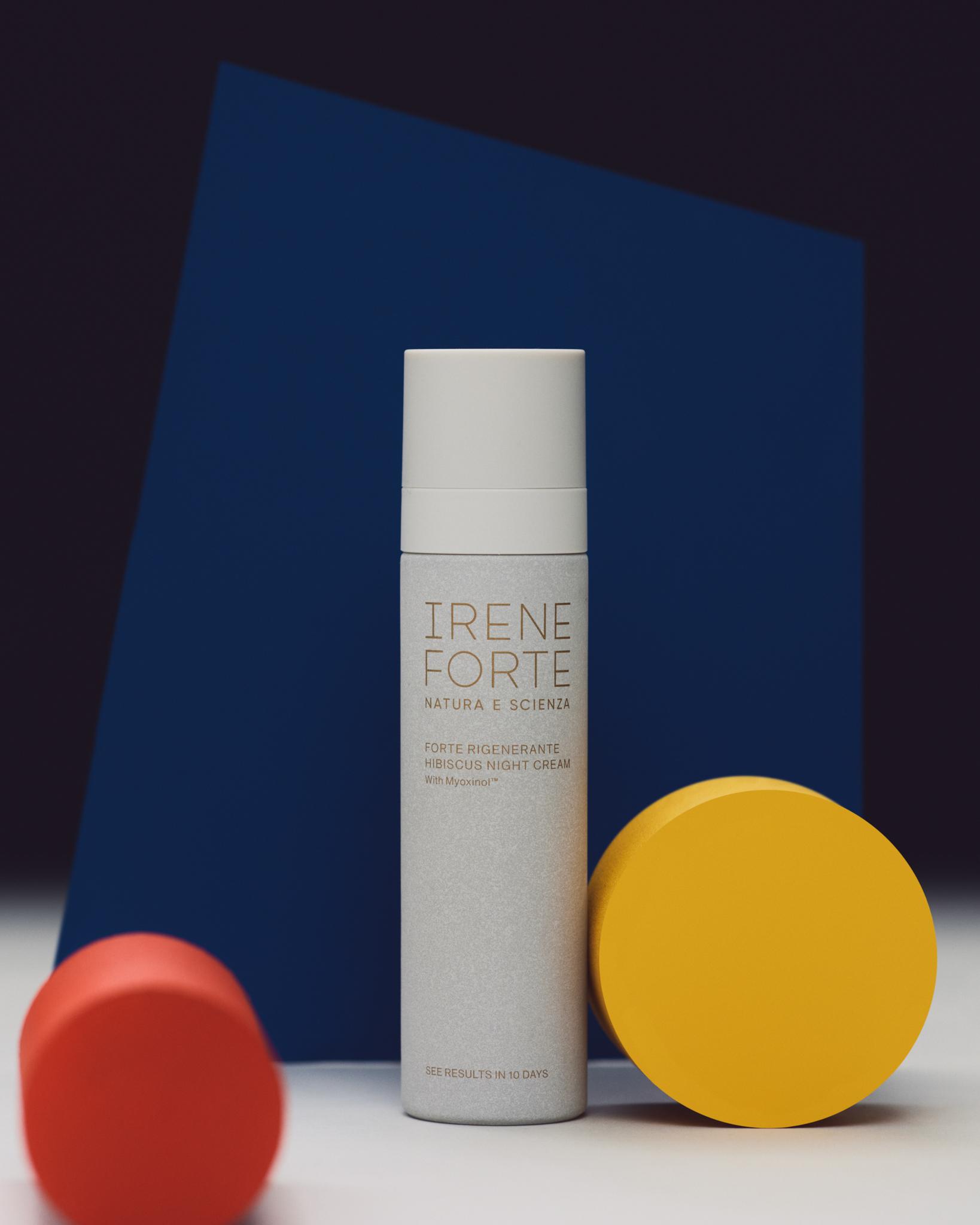
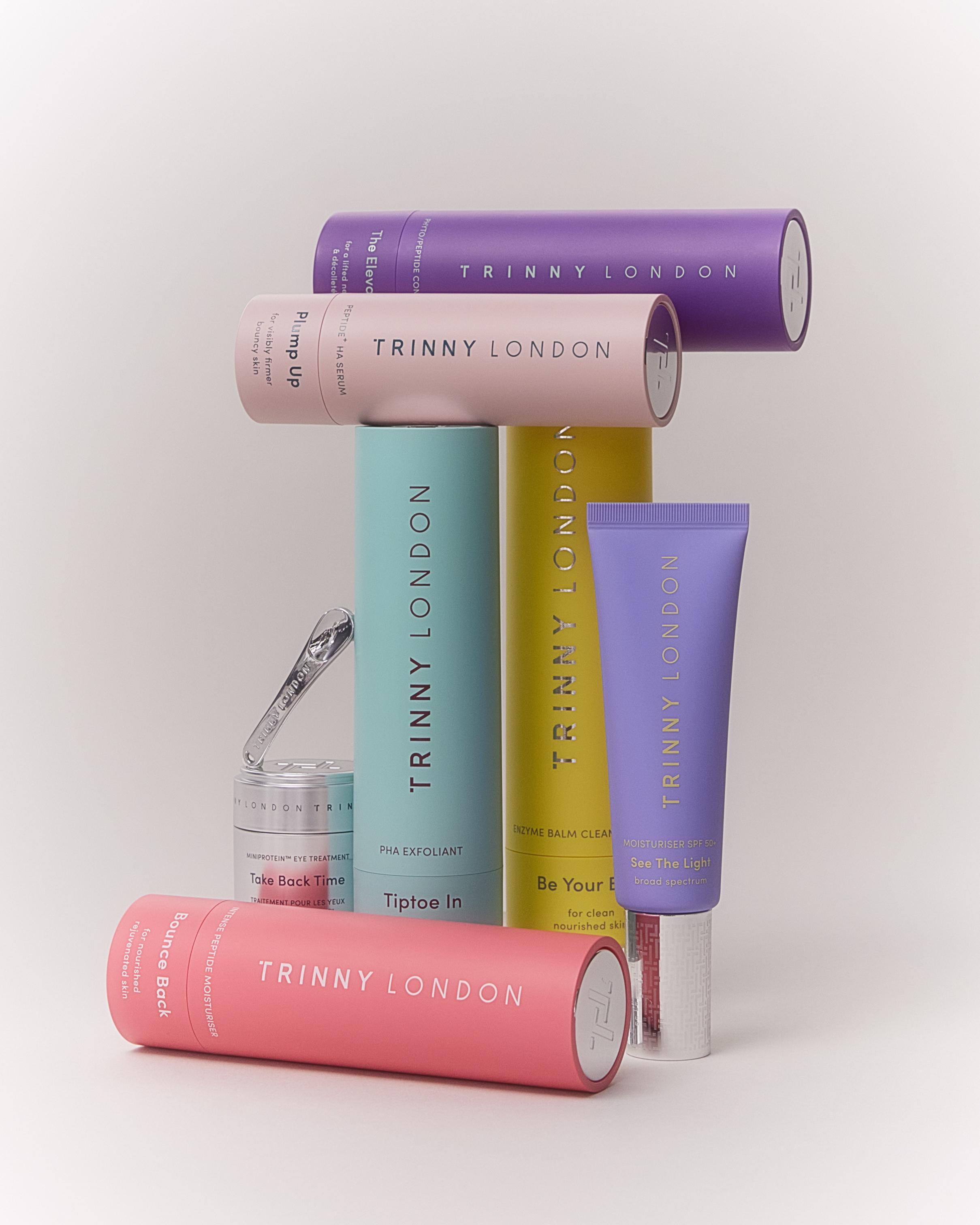
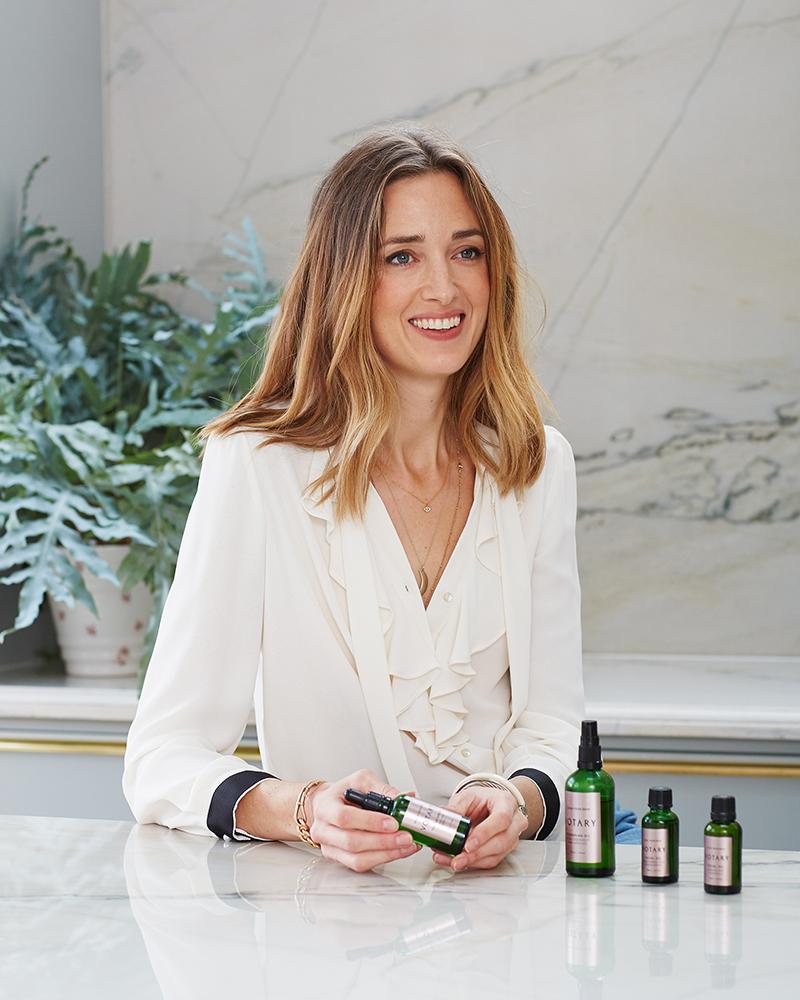
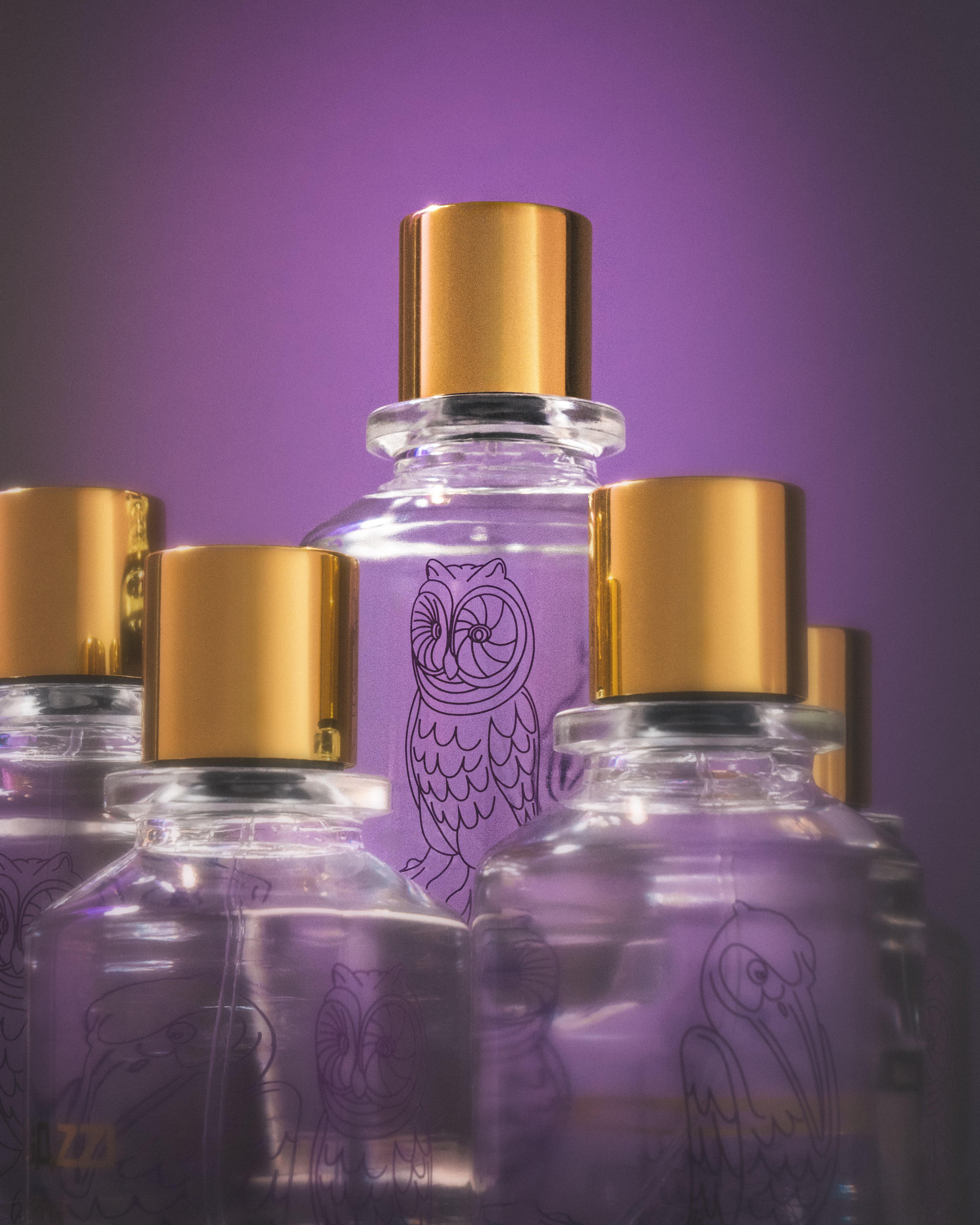
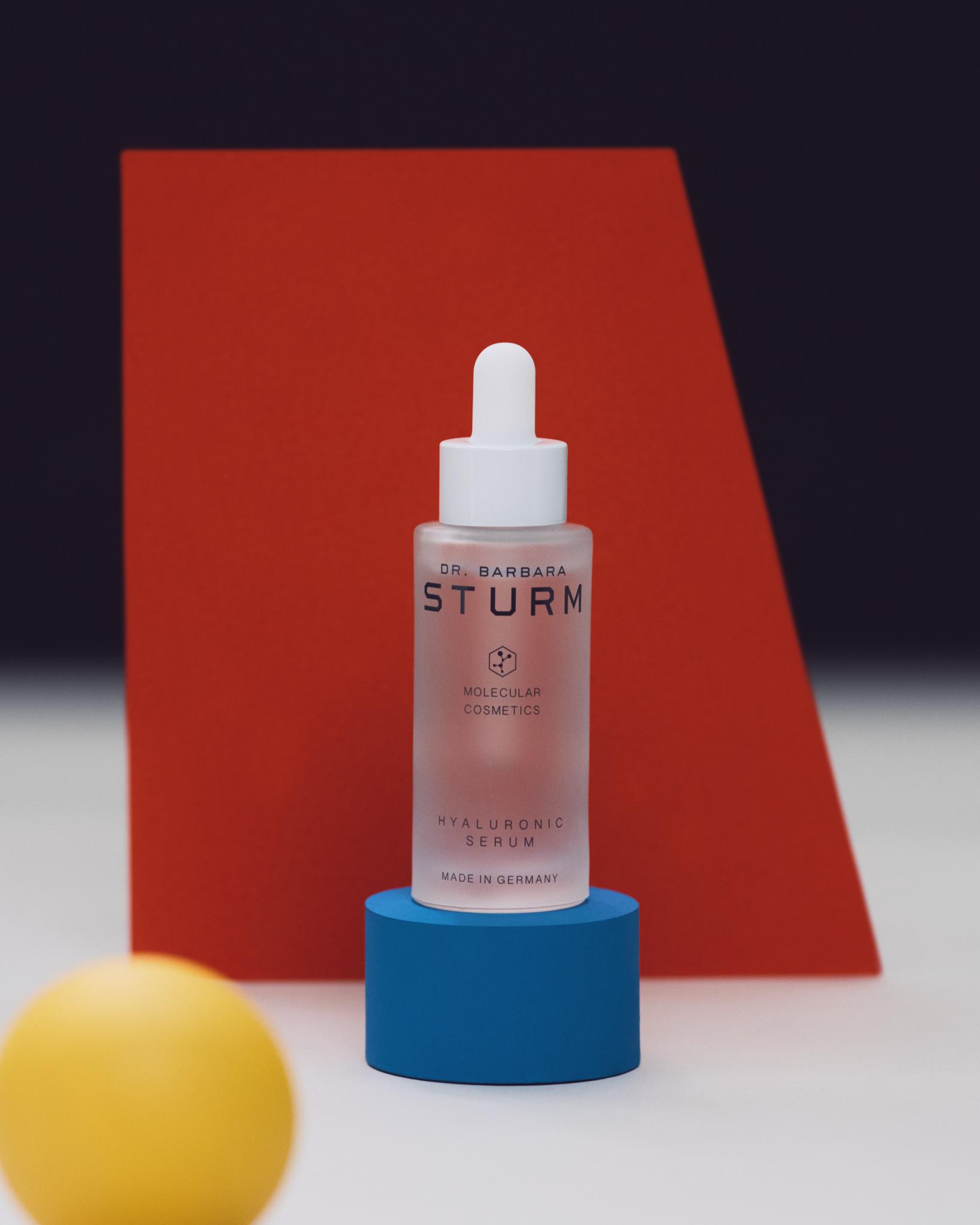
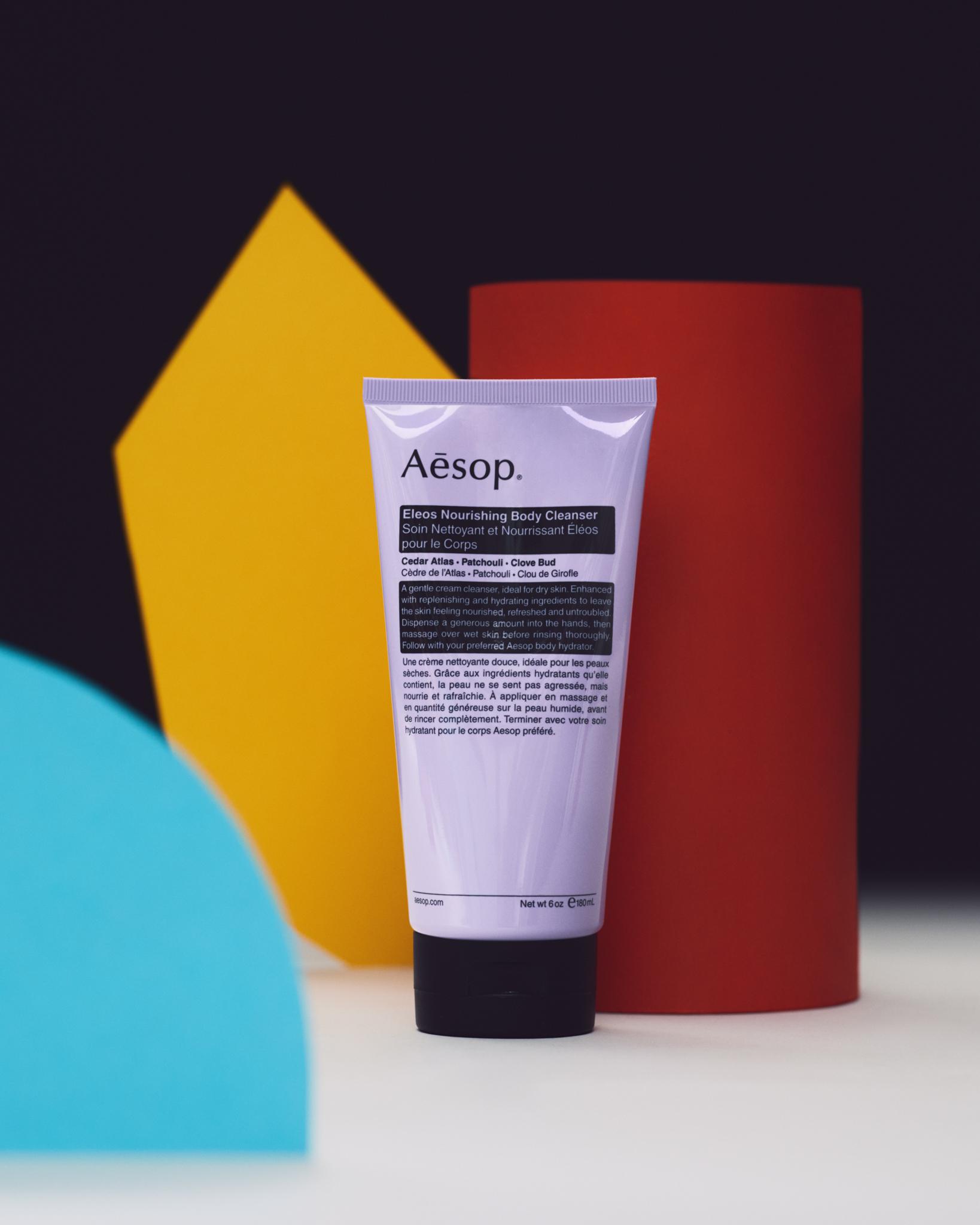
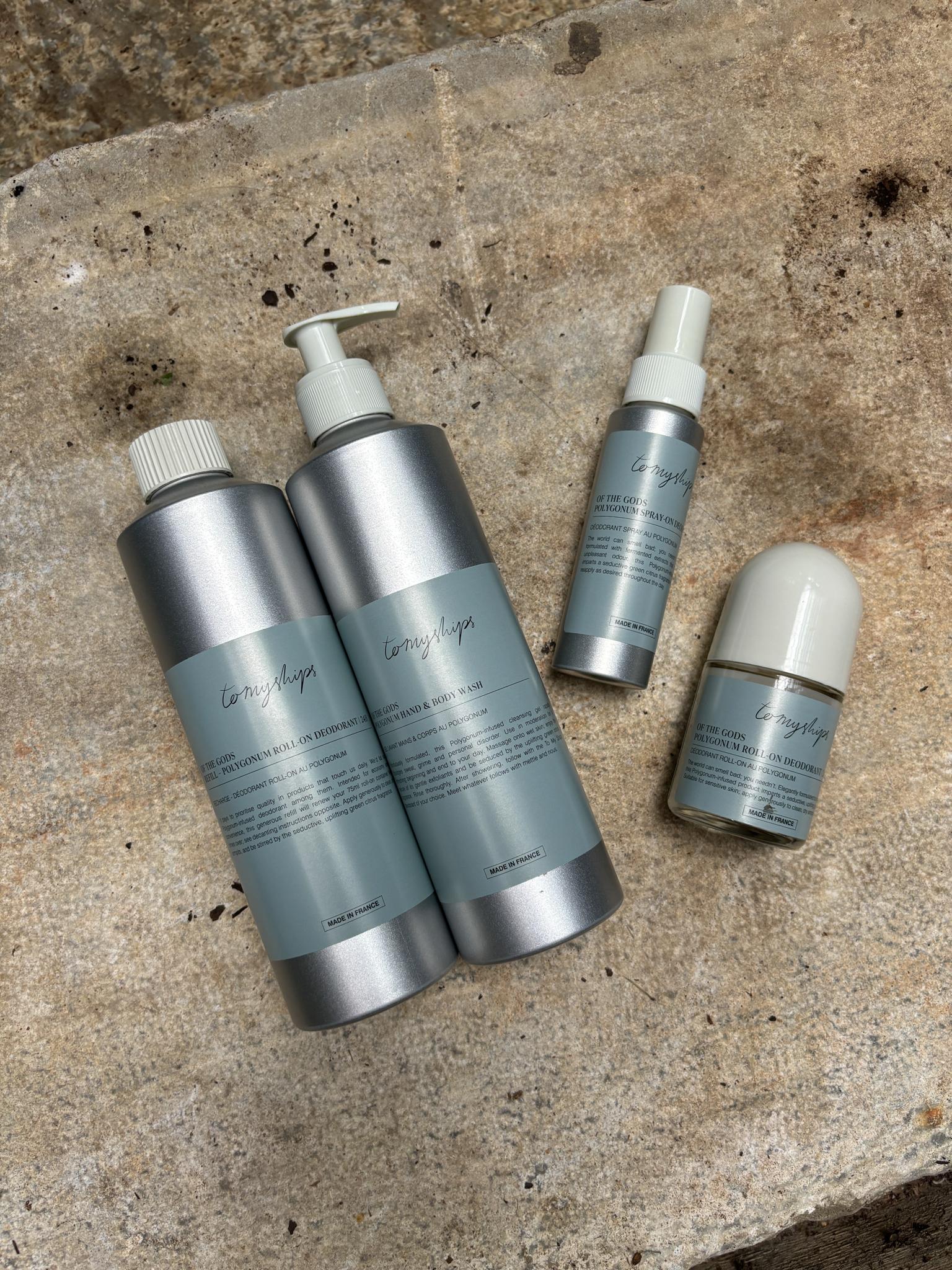
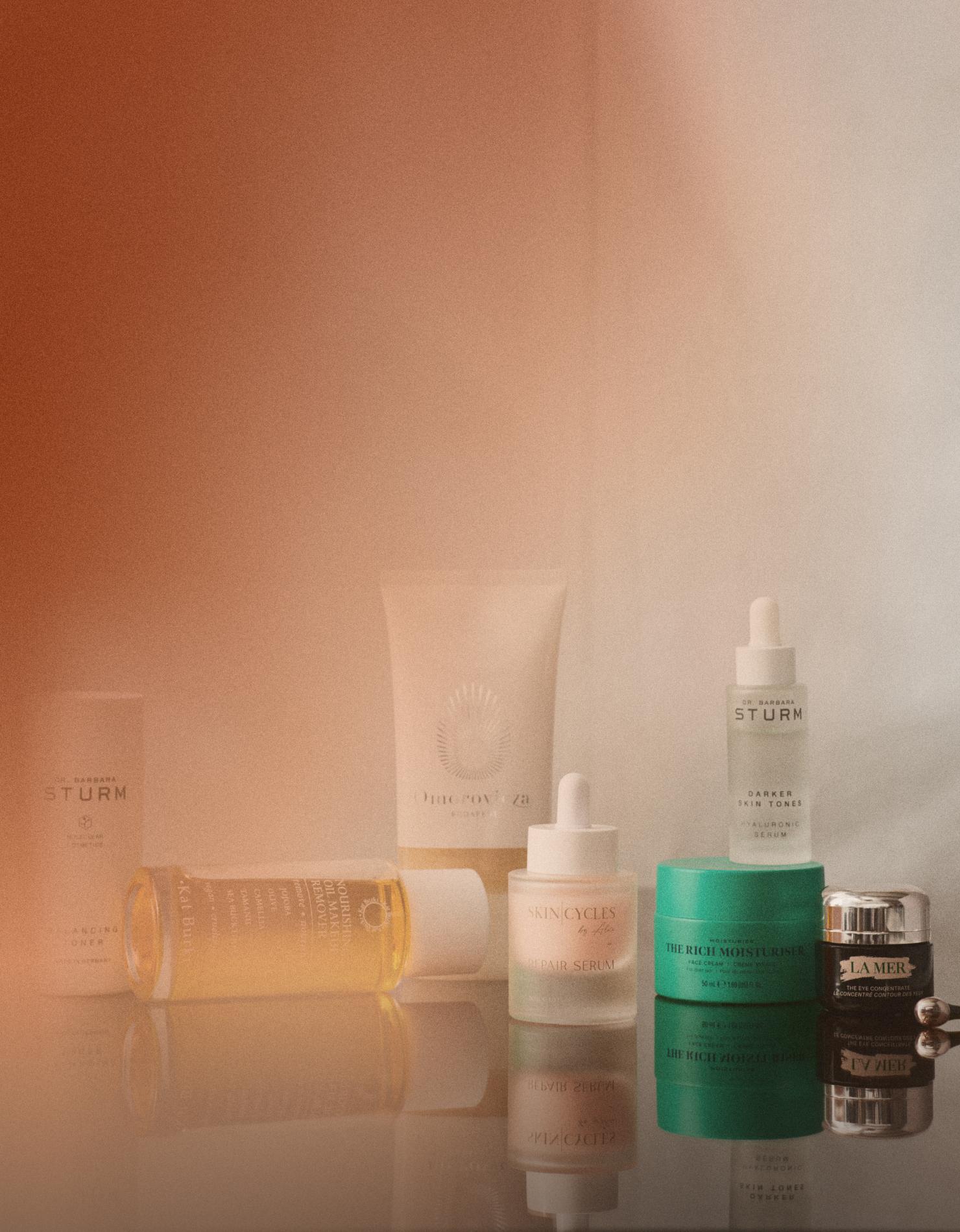
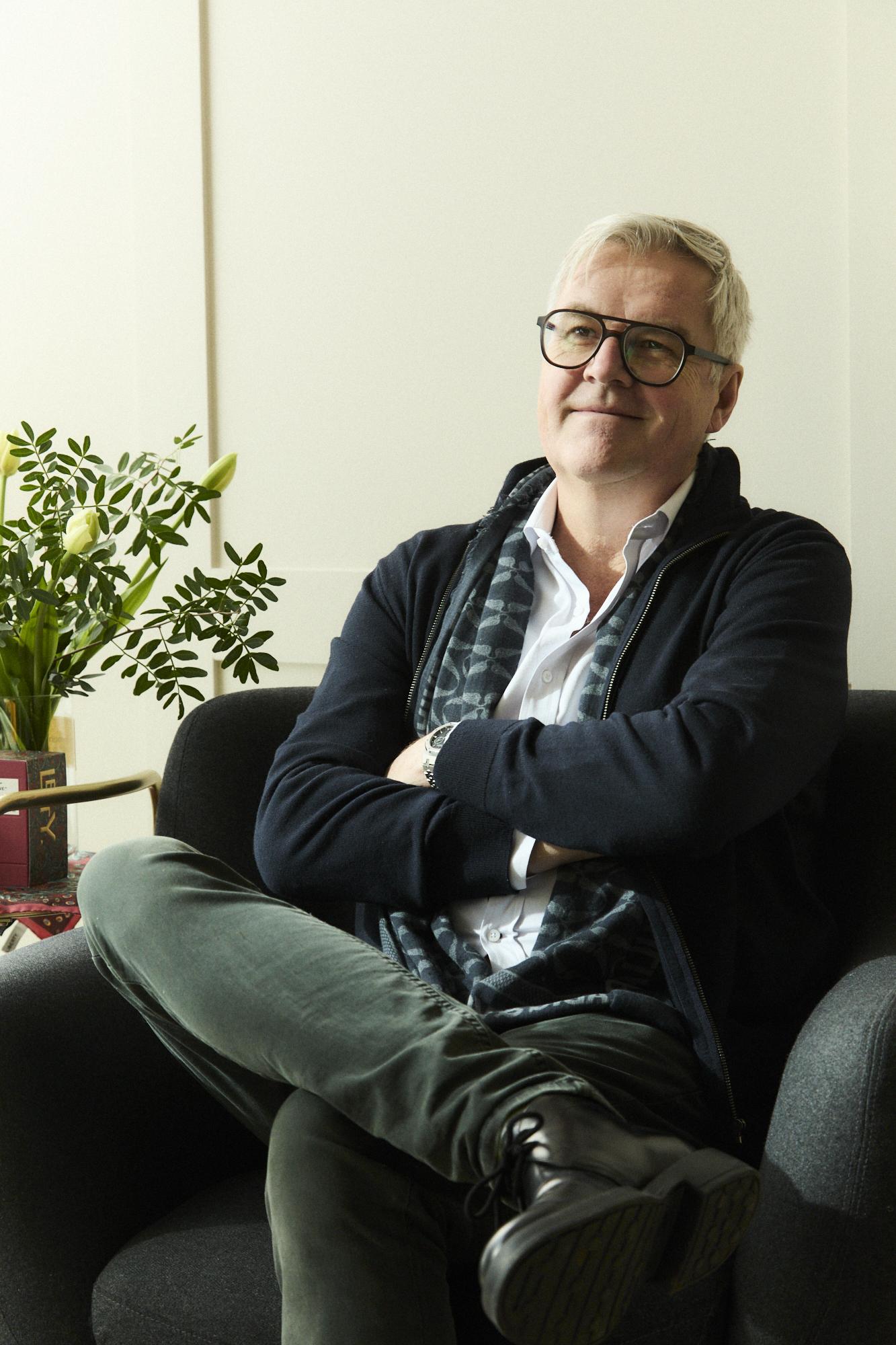
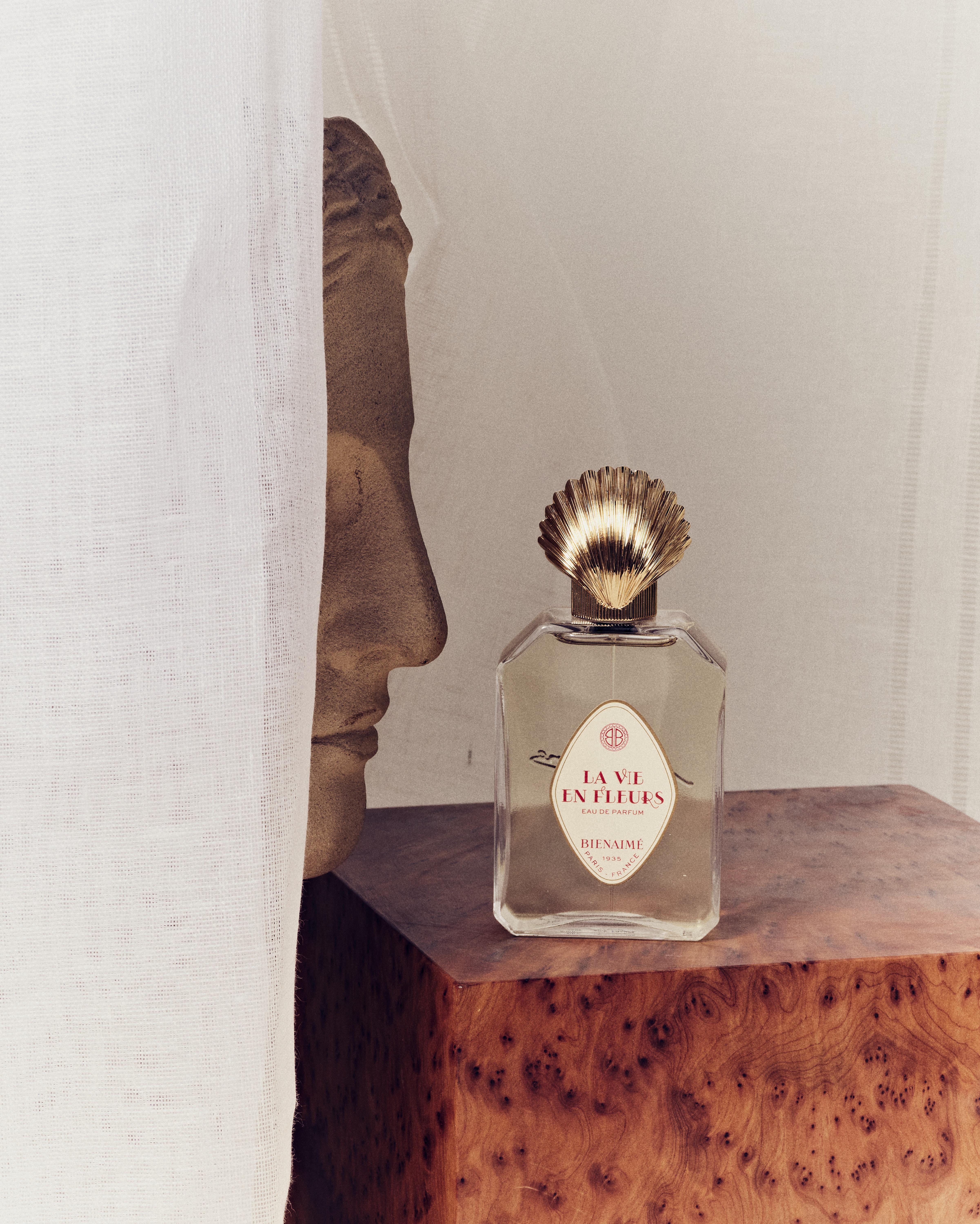
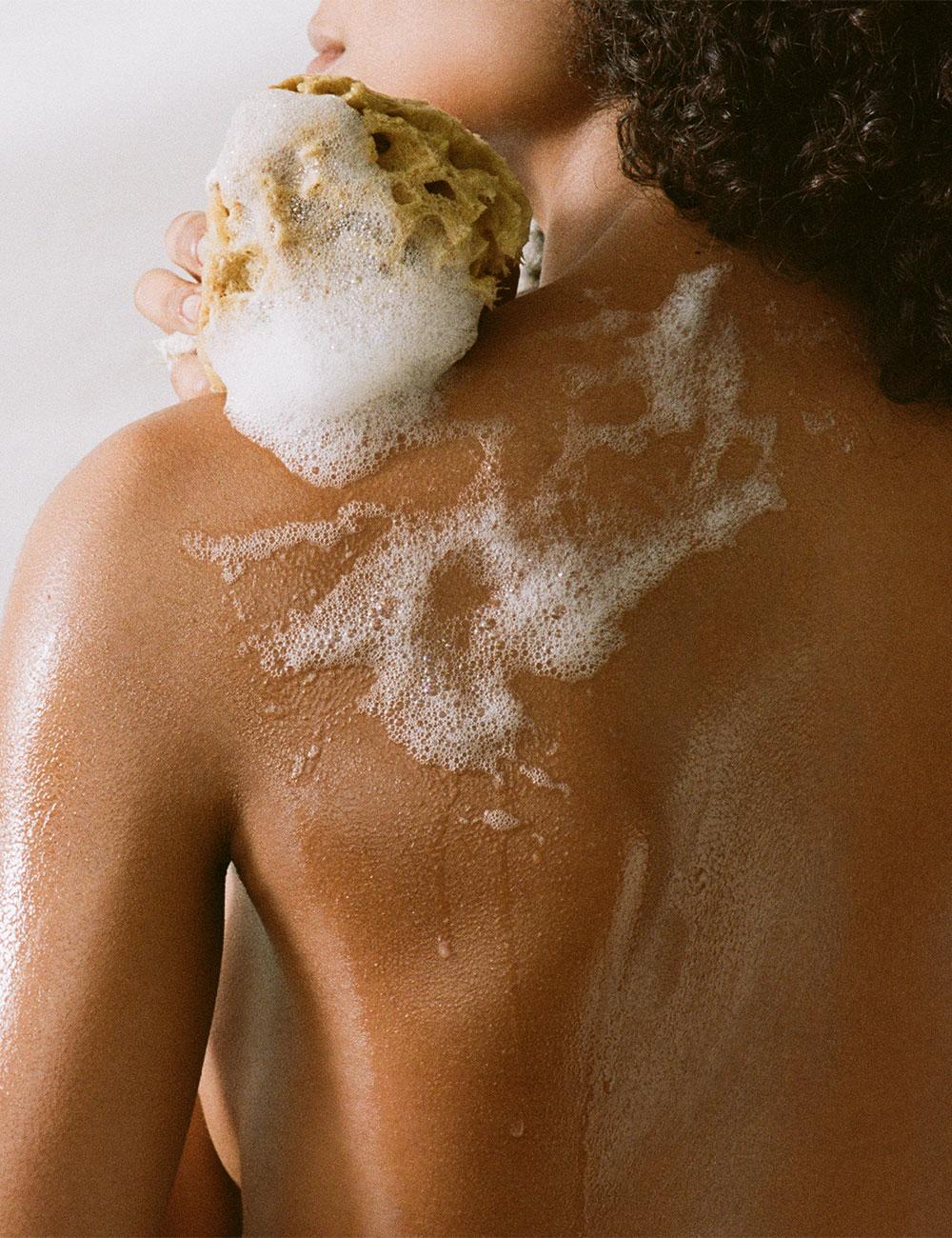
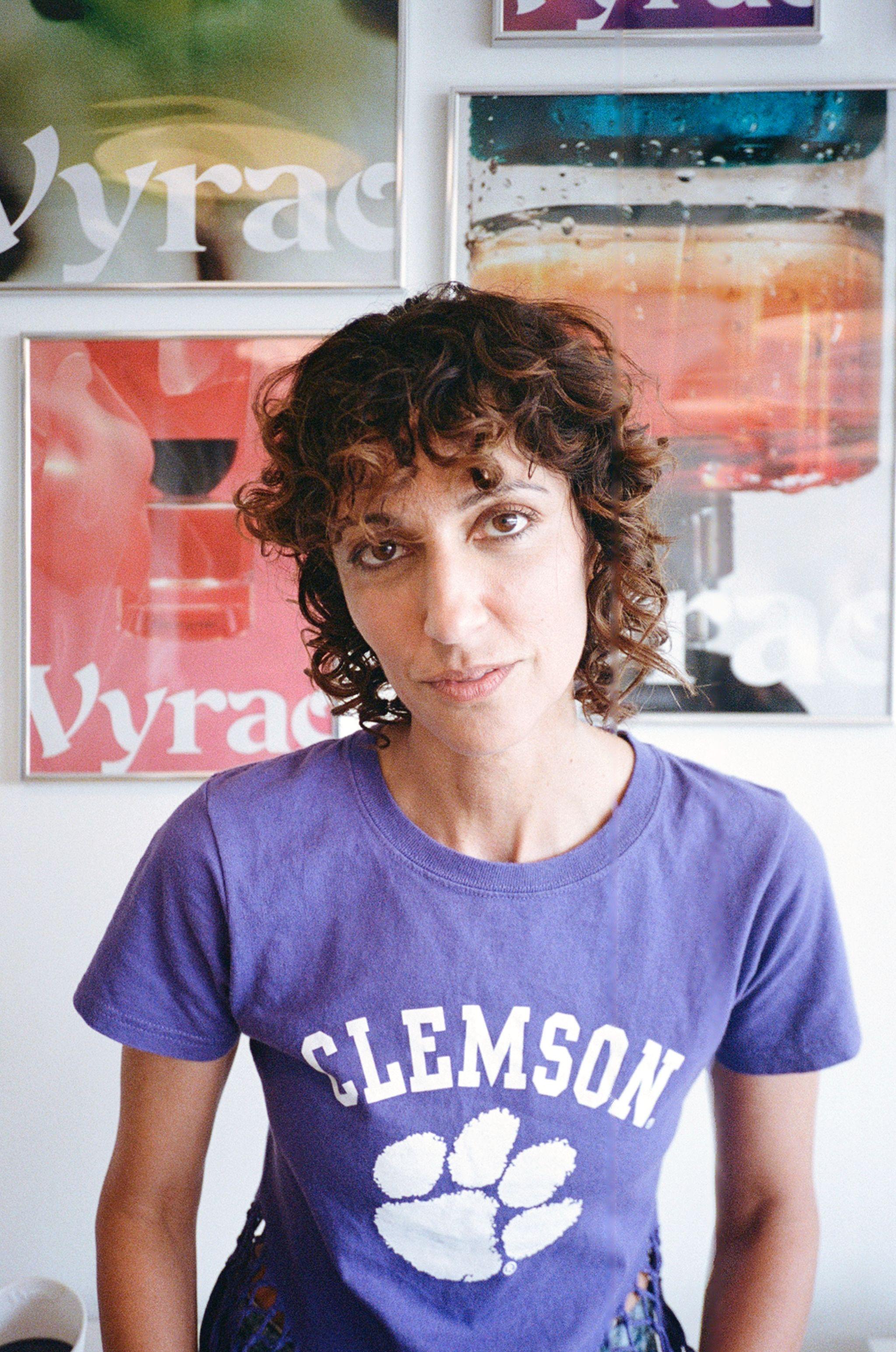
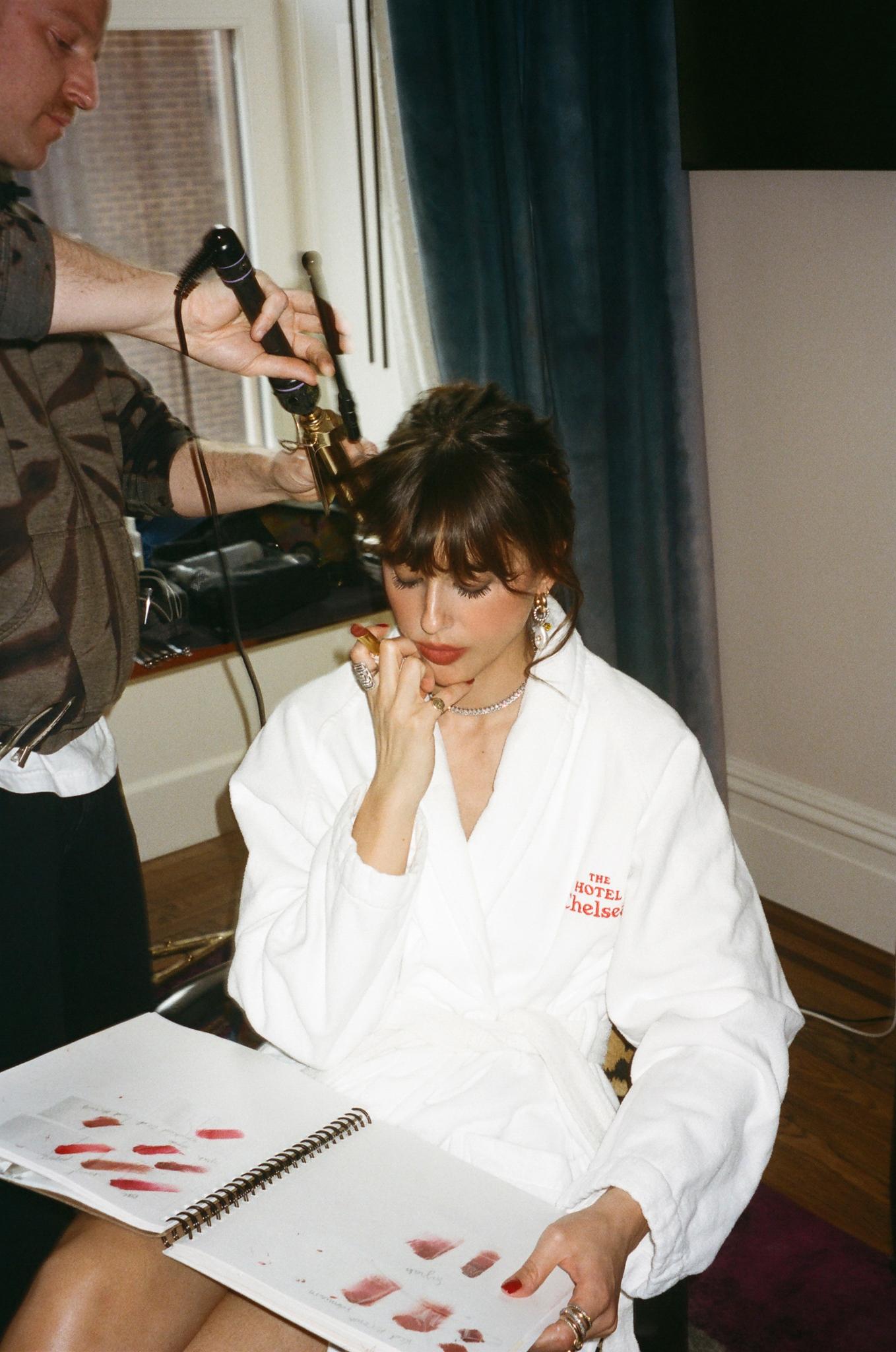
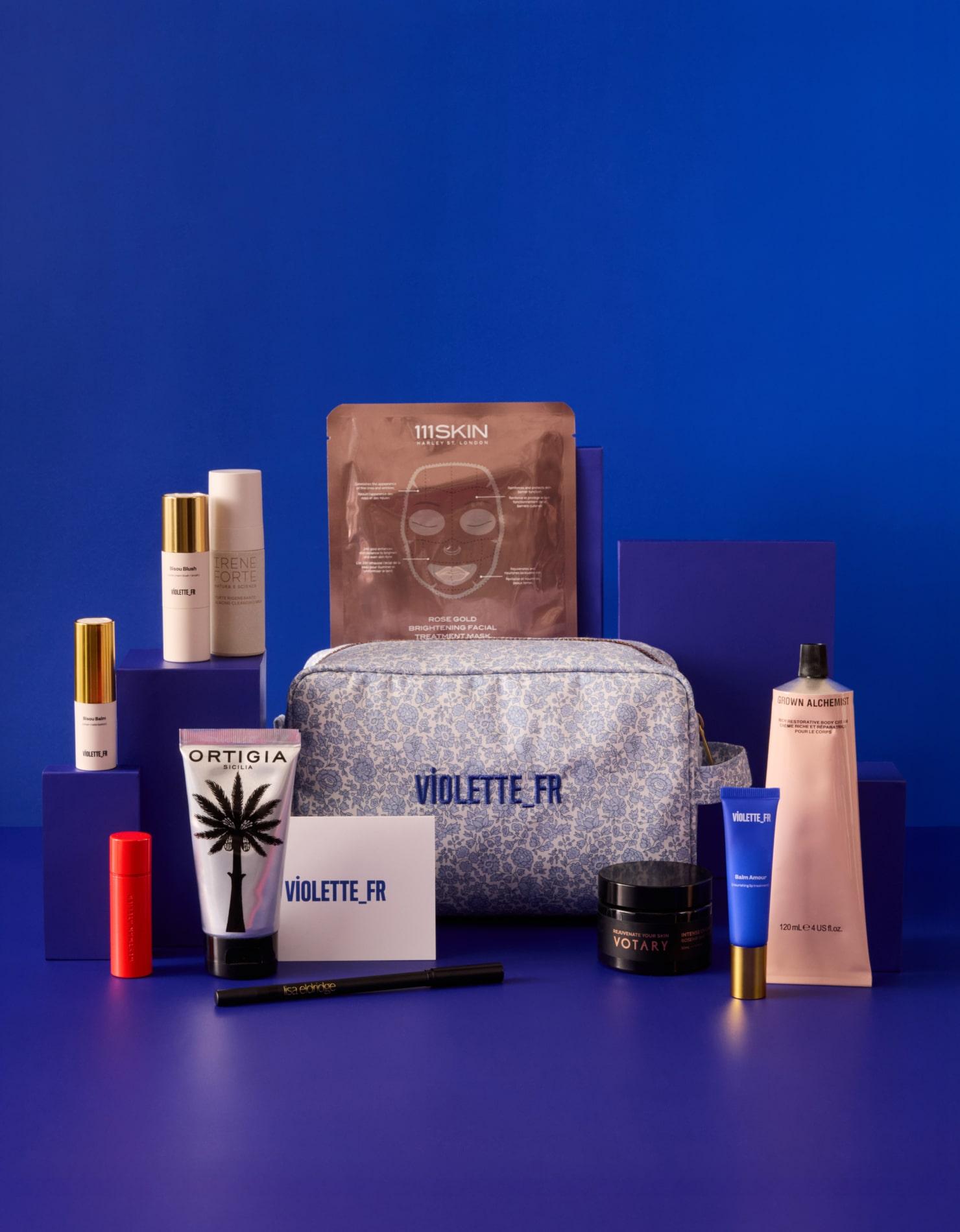
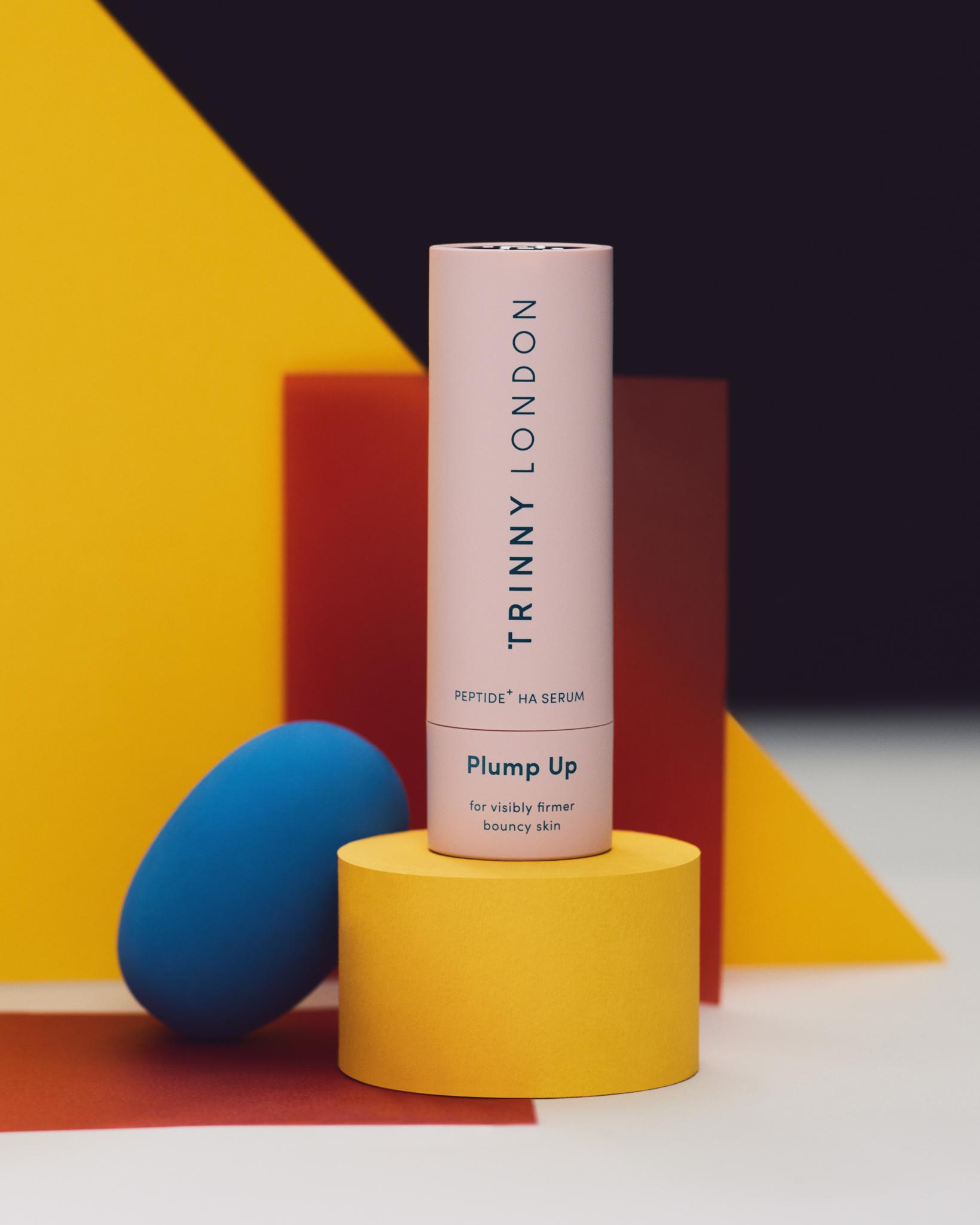
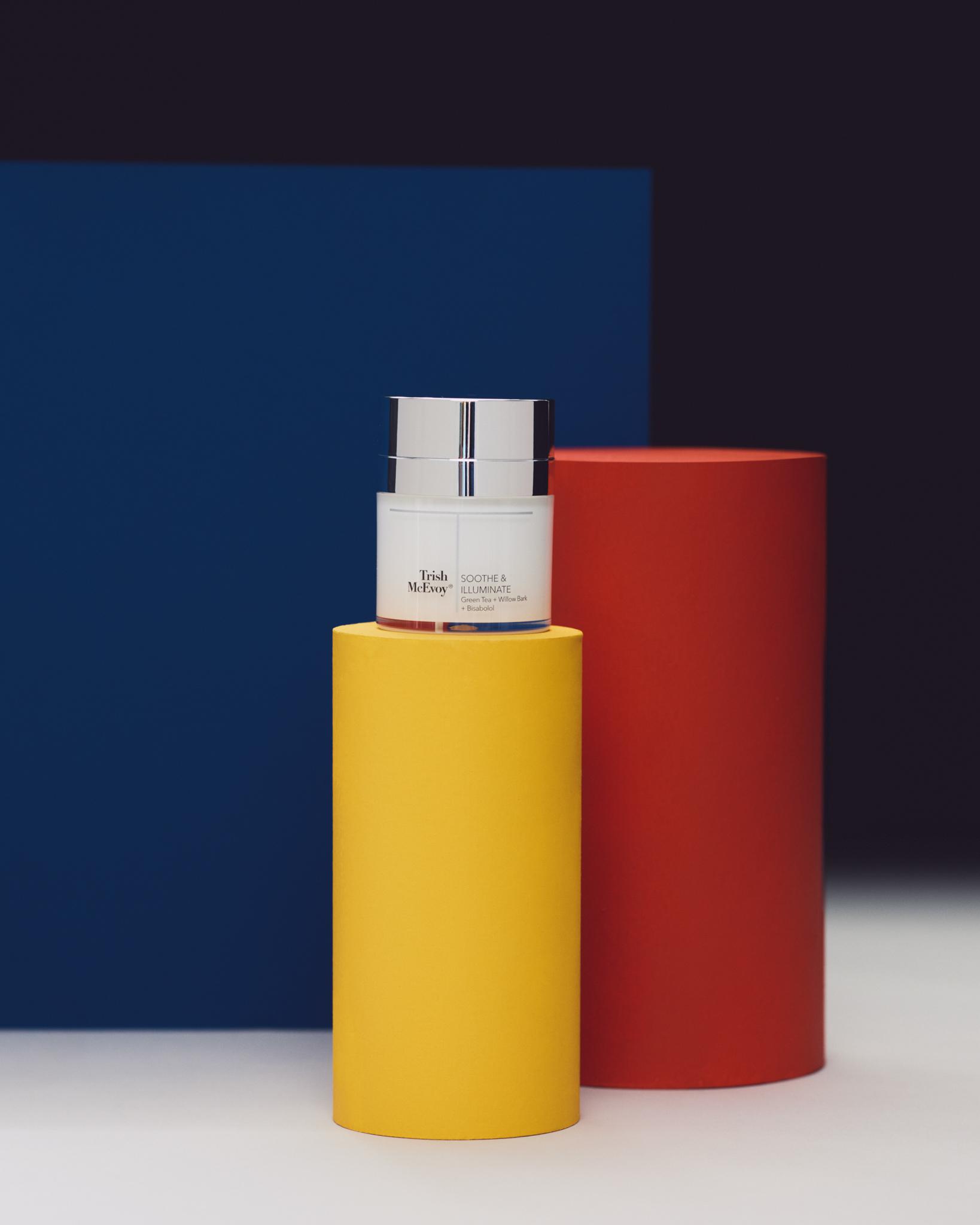
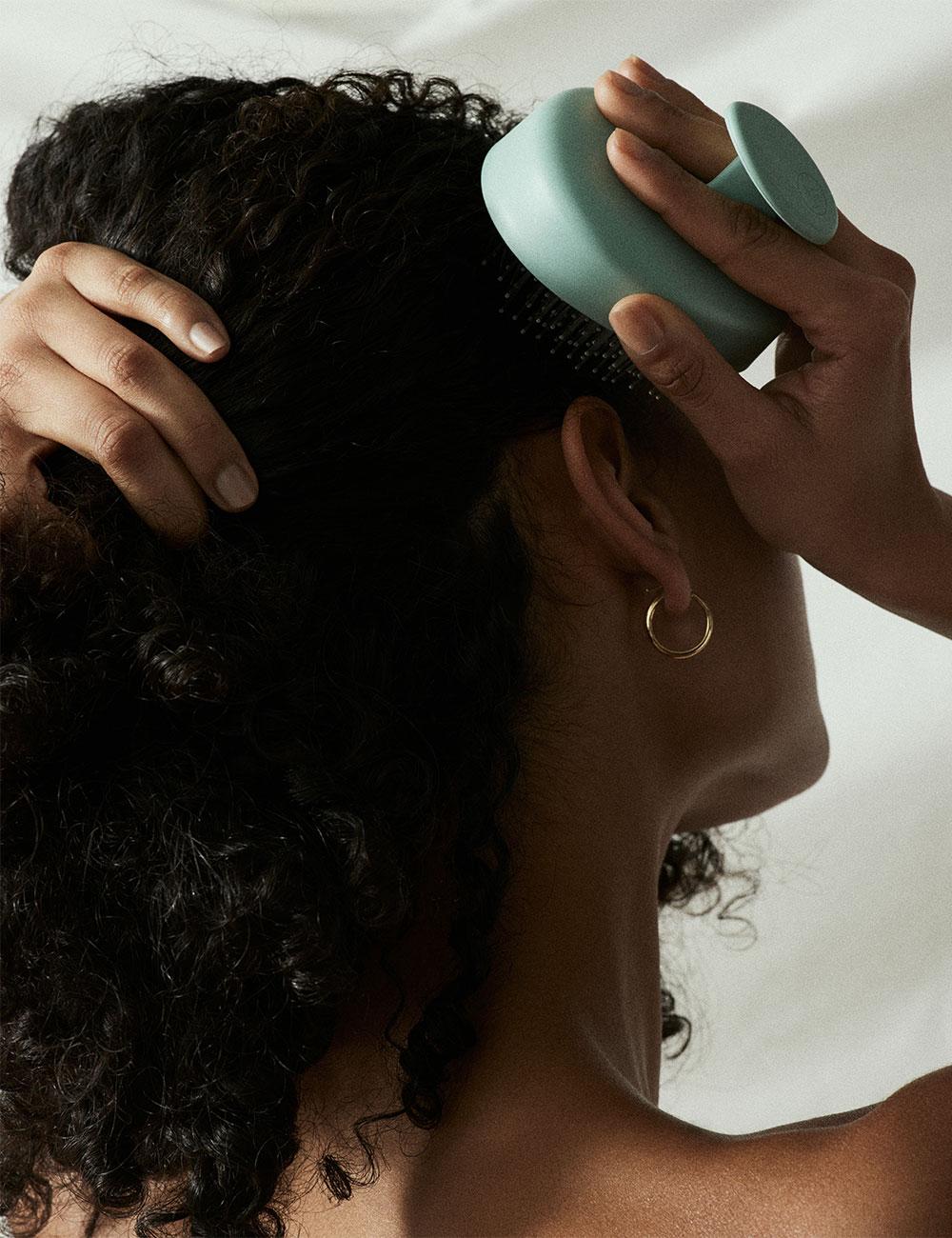
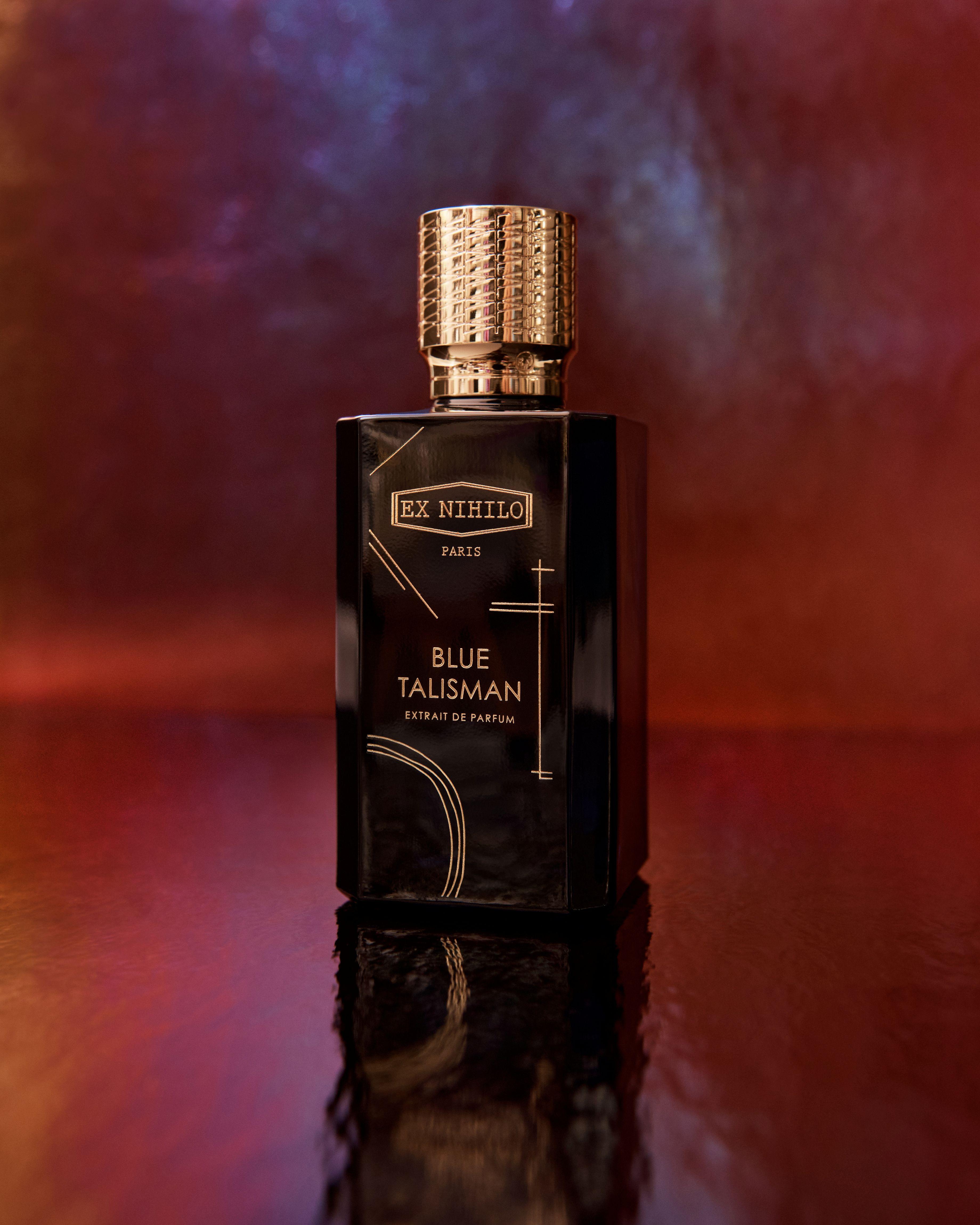
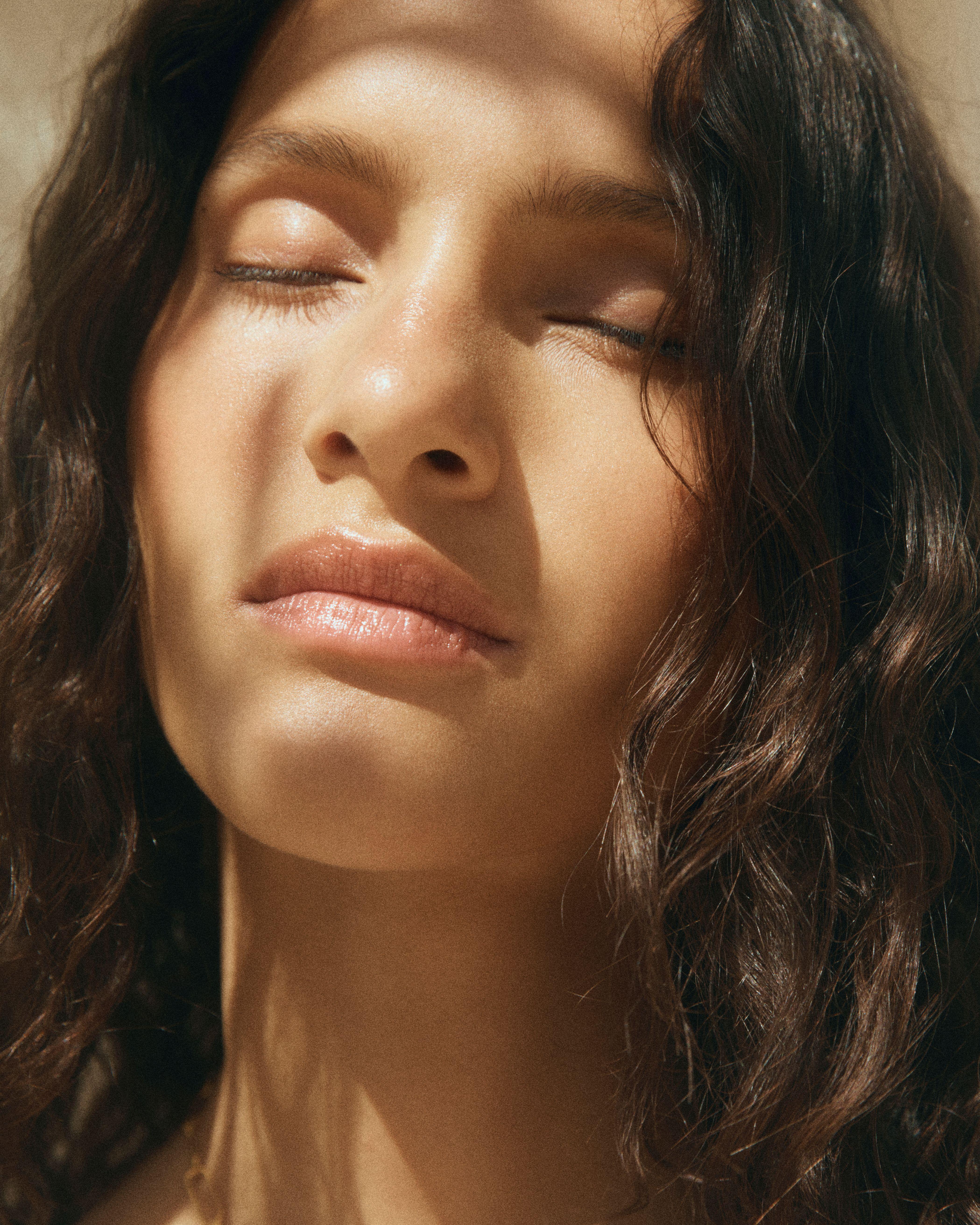
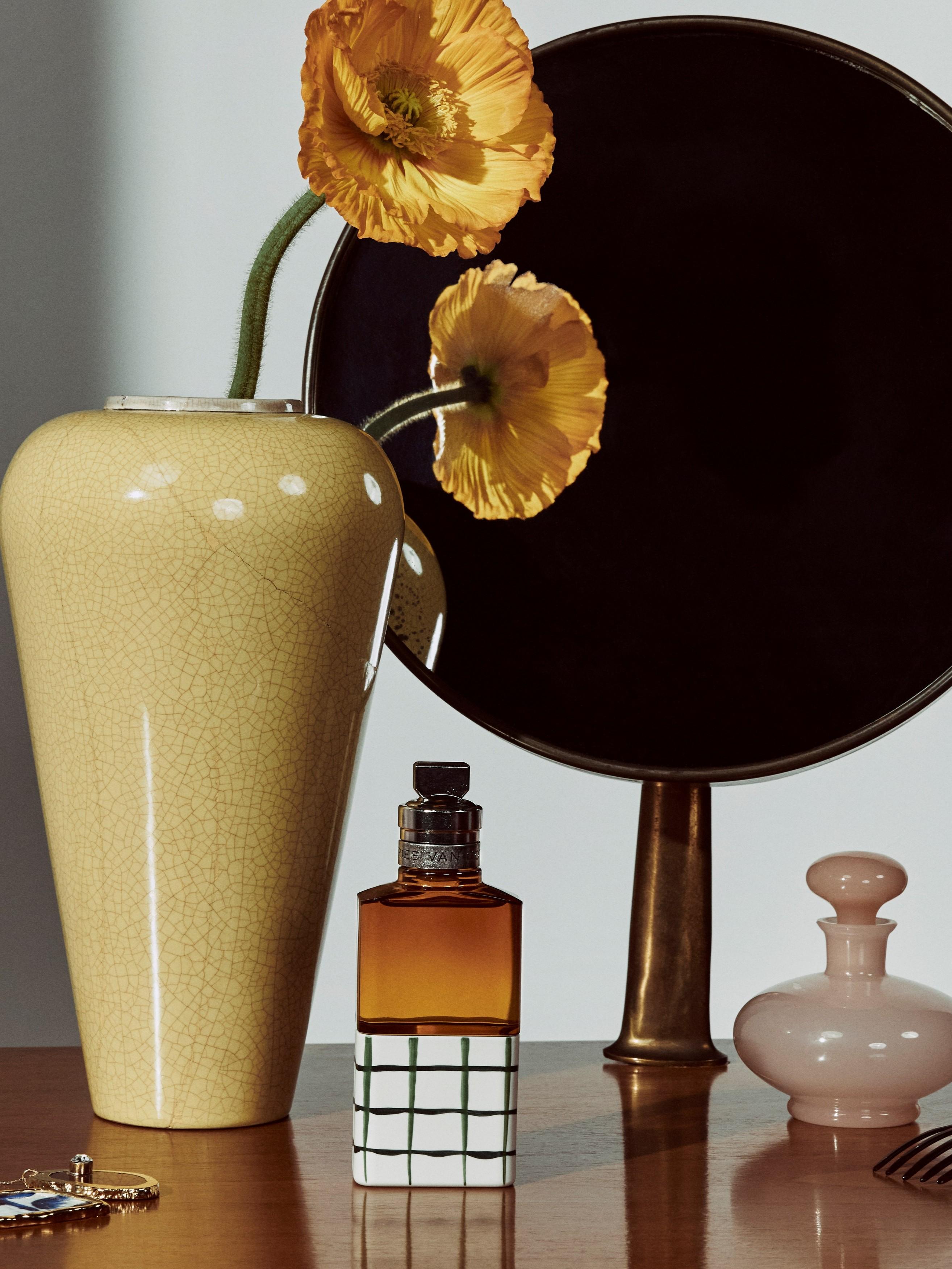
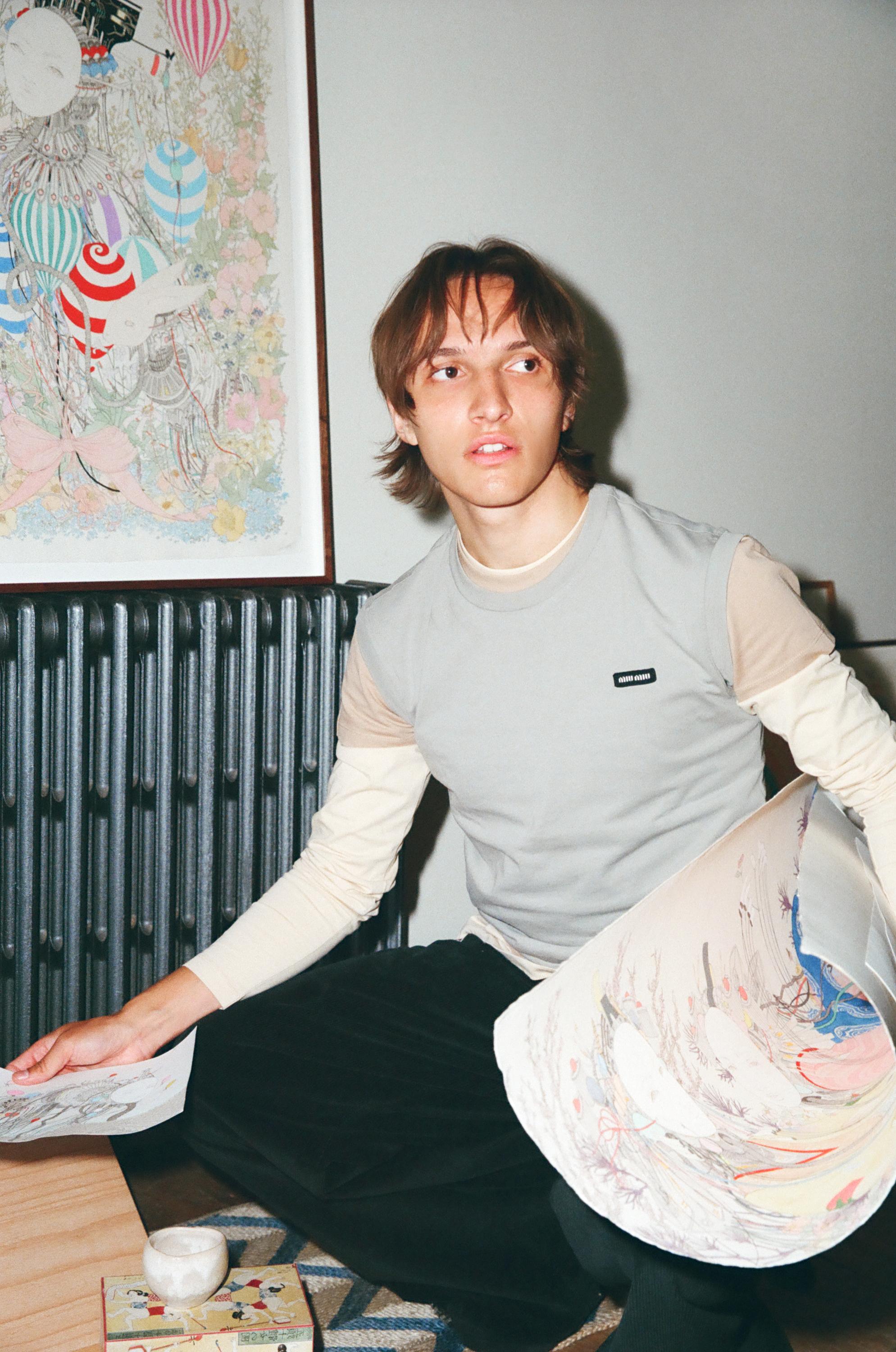
?fmt=auto&qlt=default)
